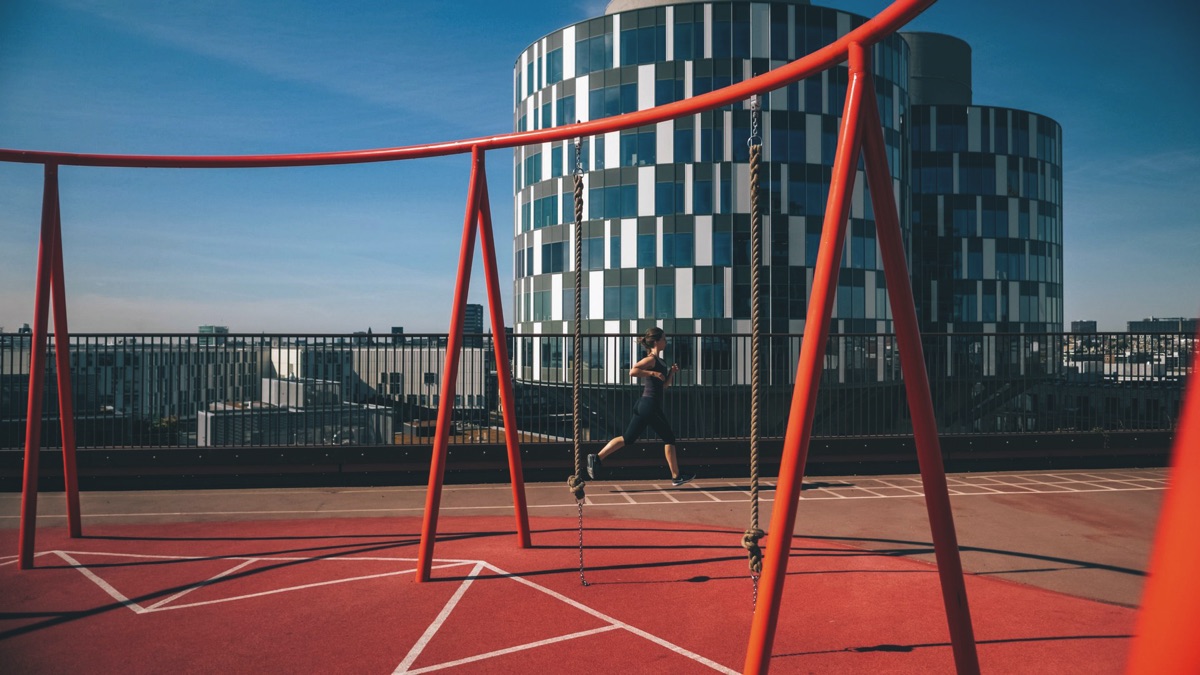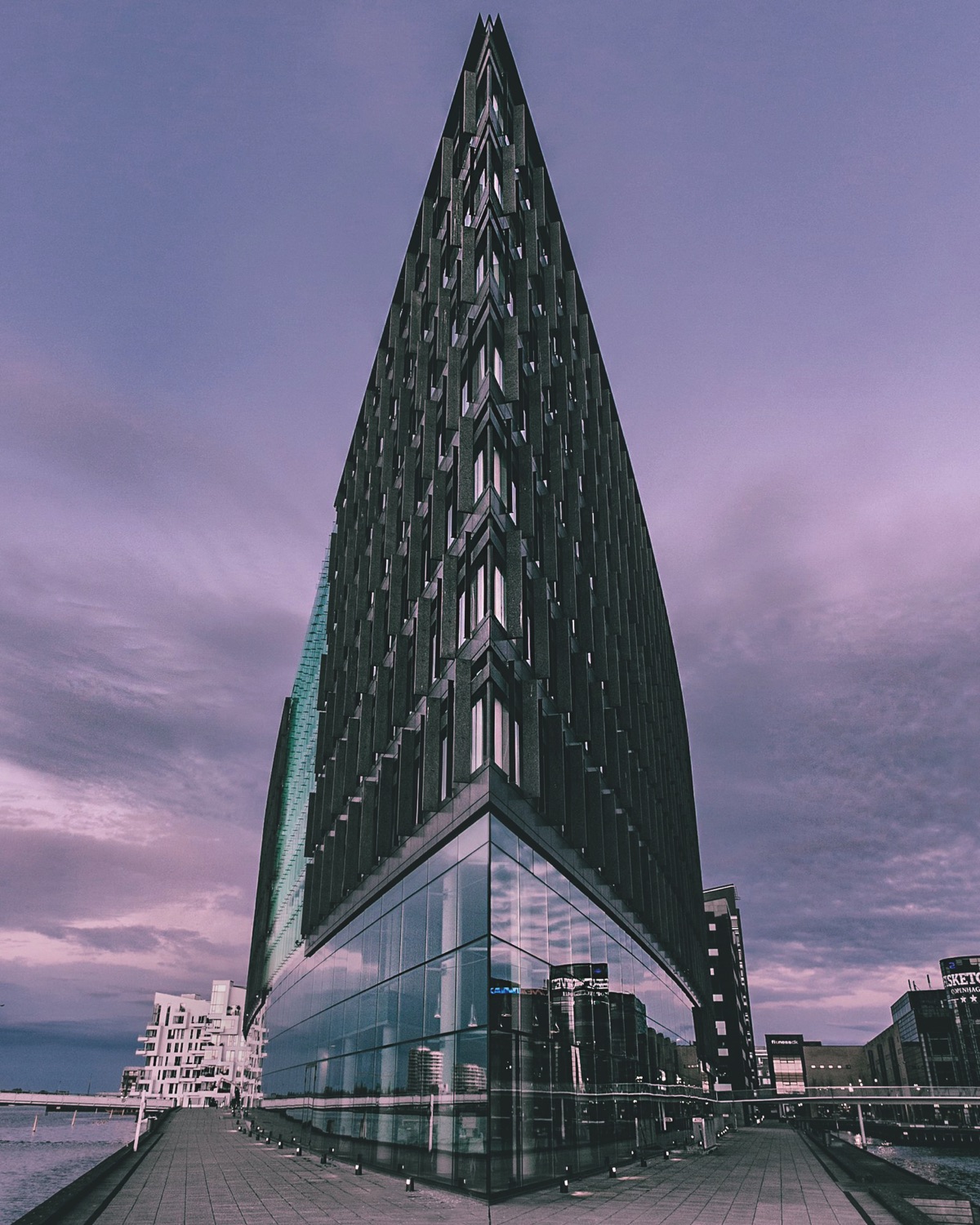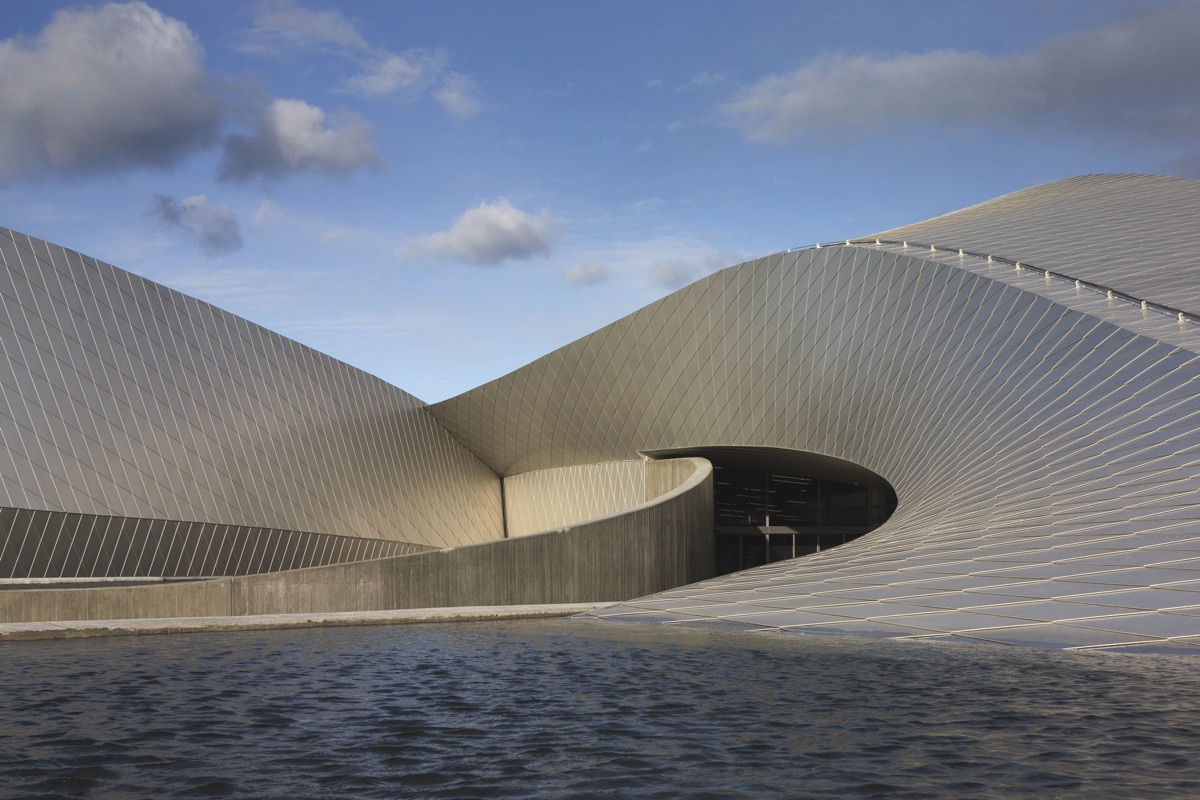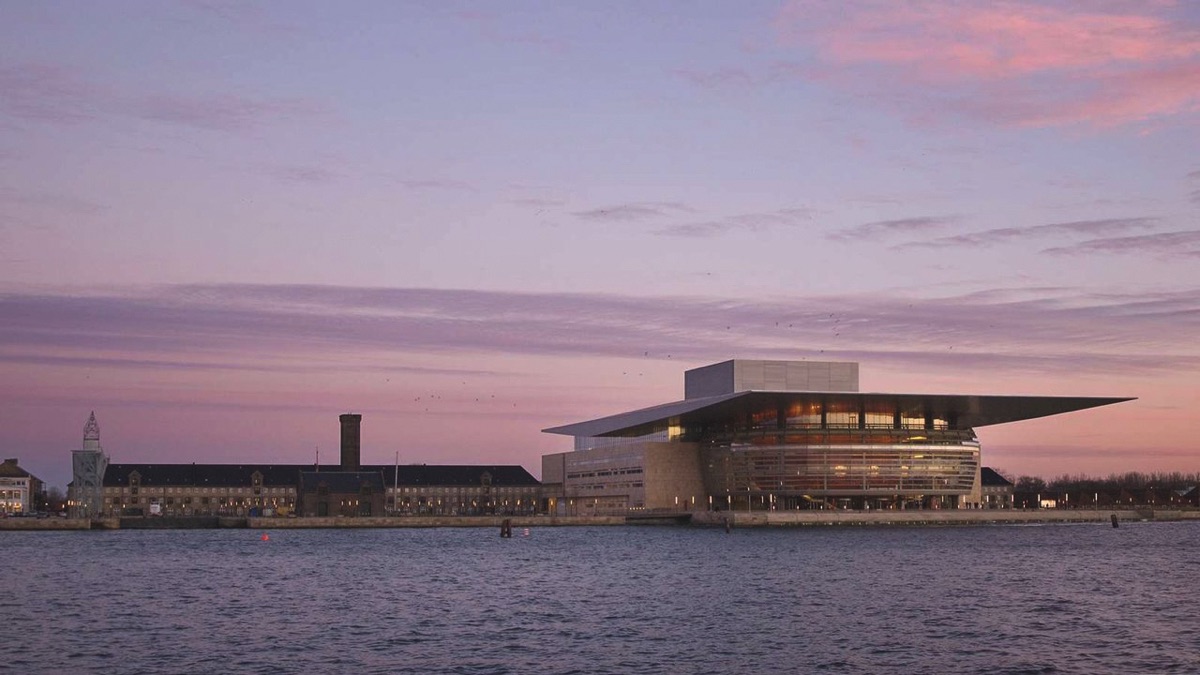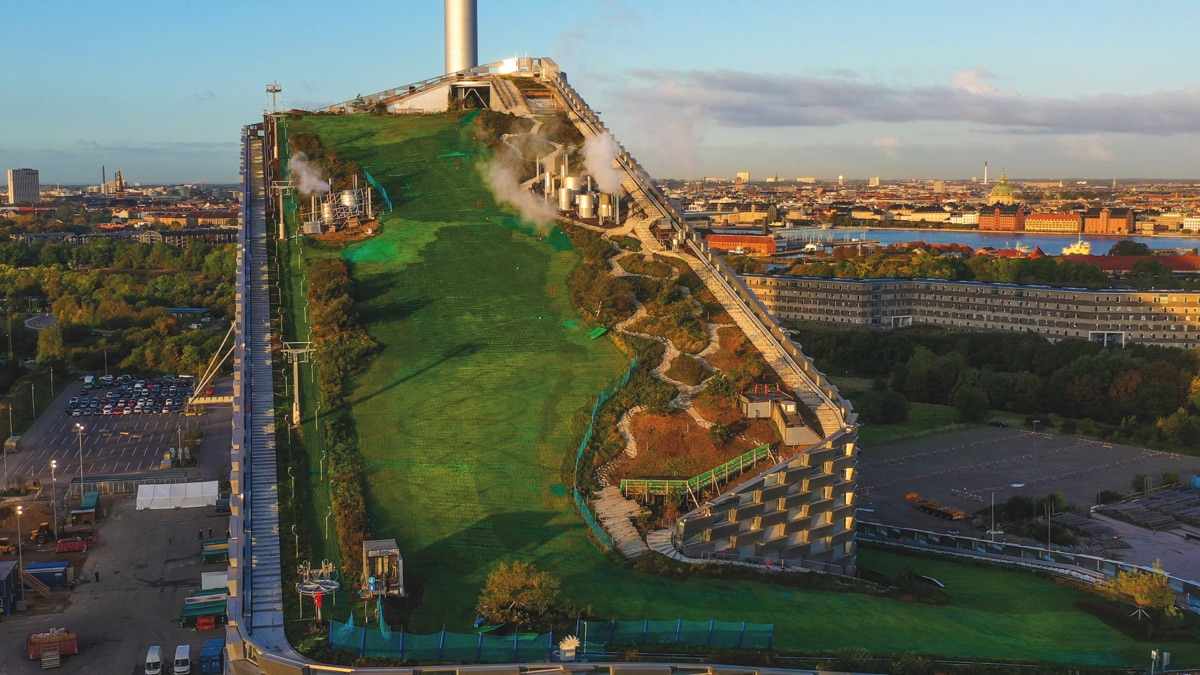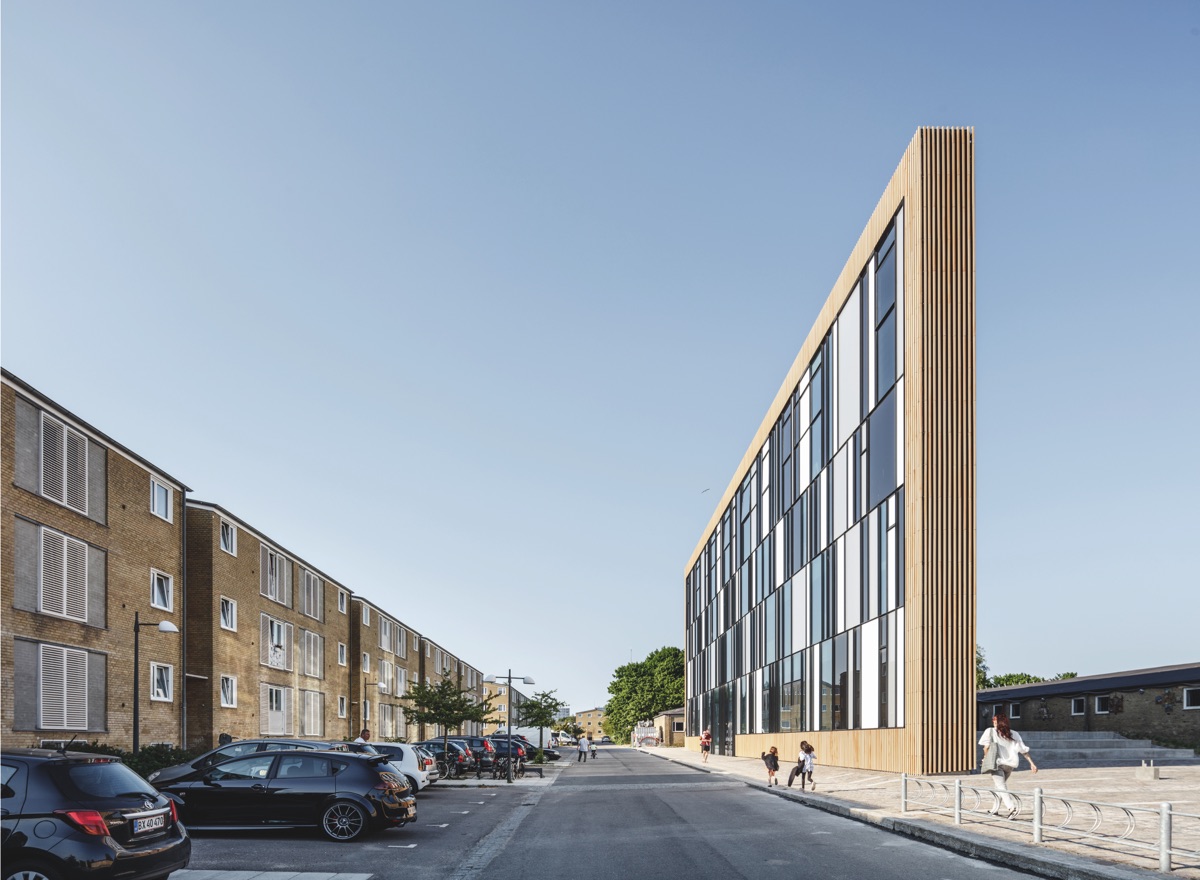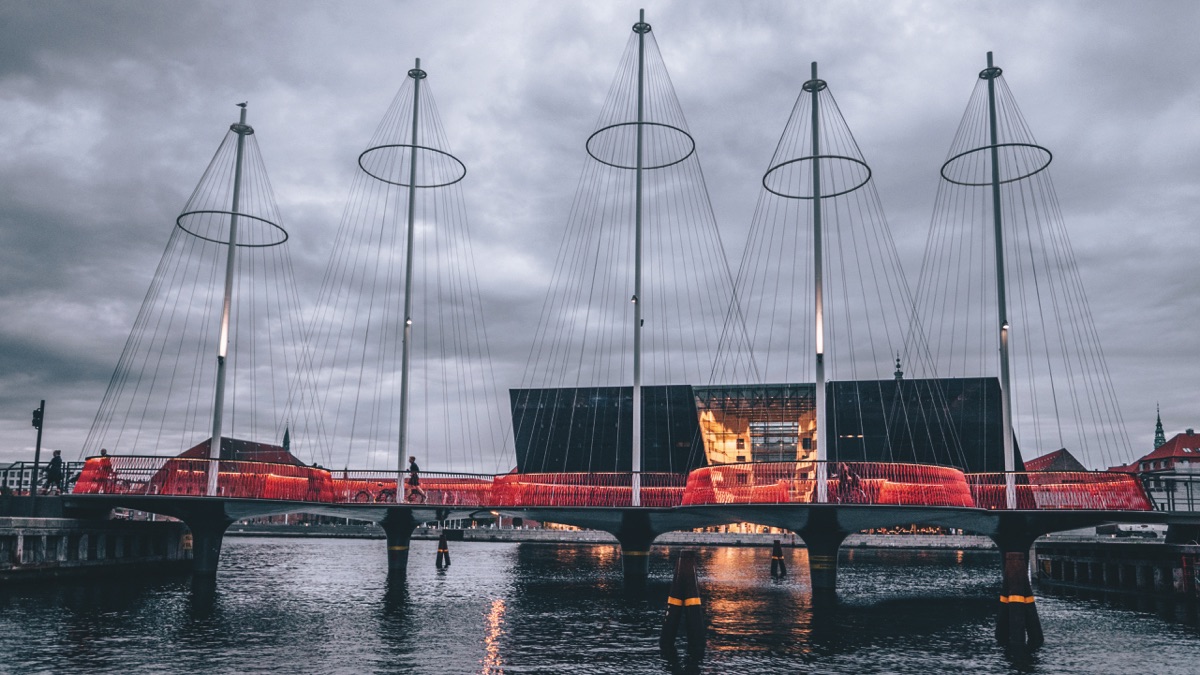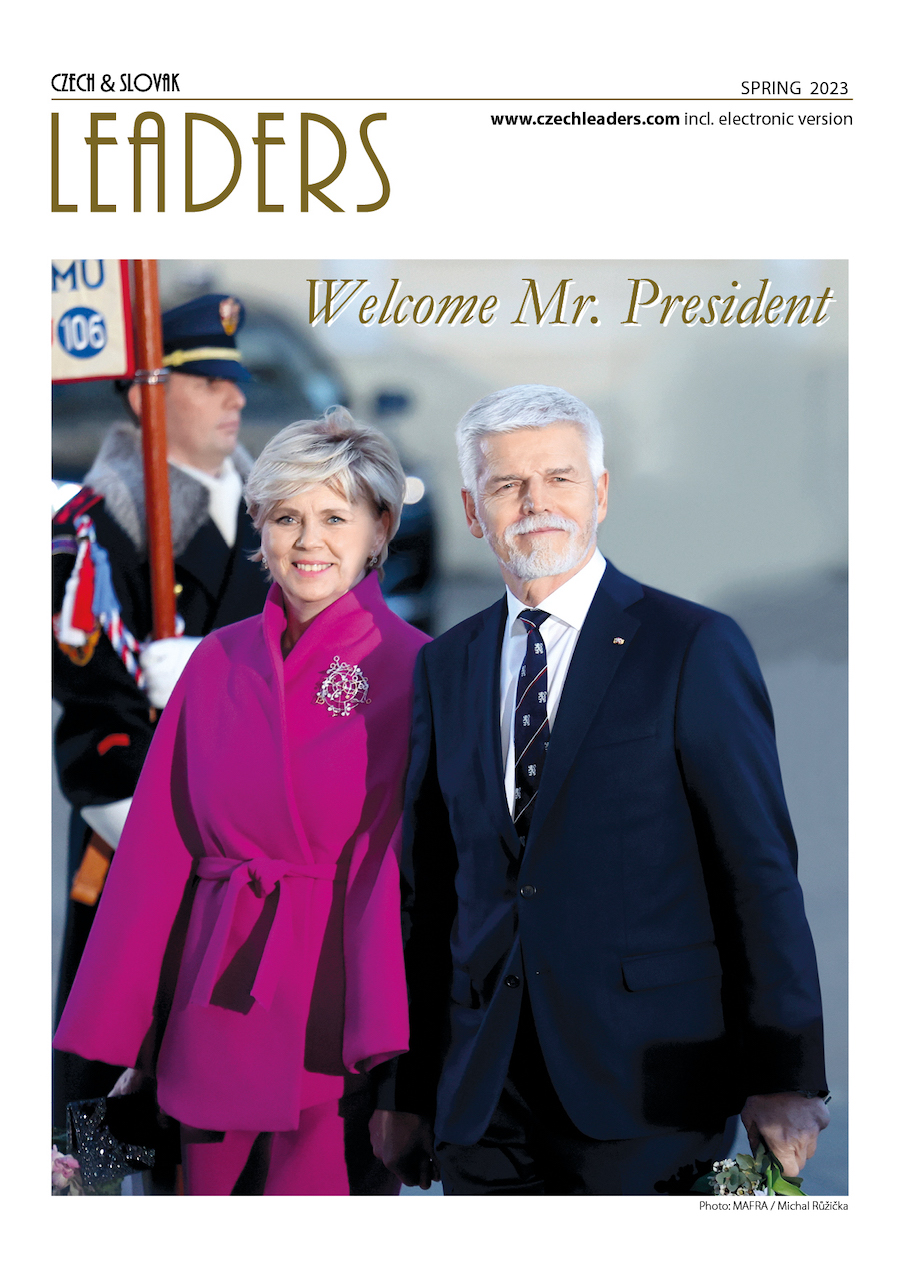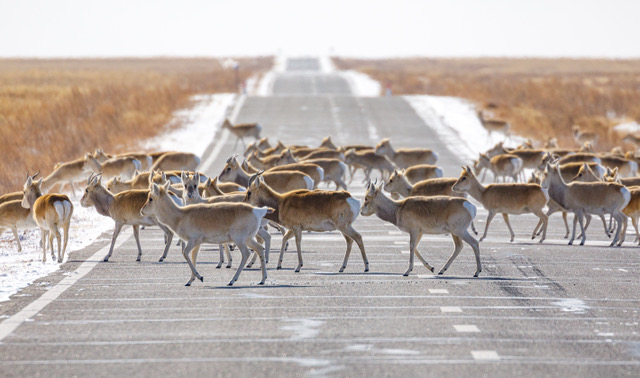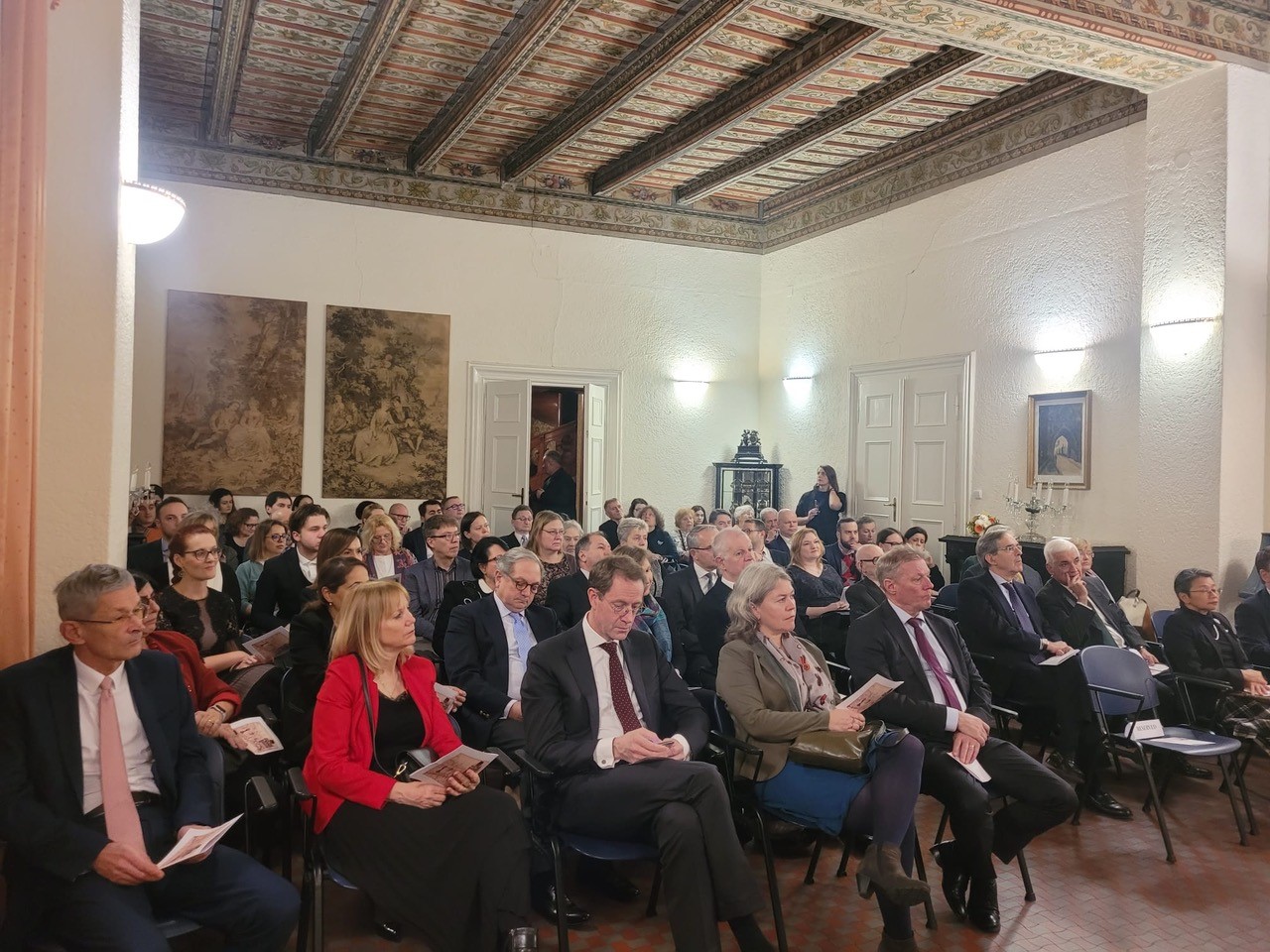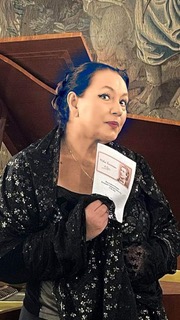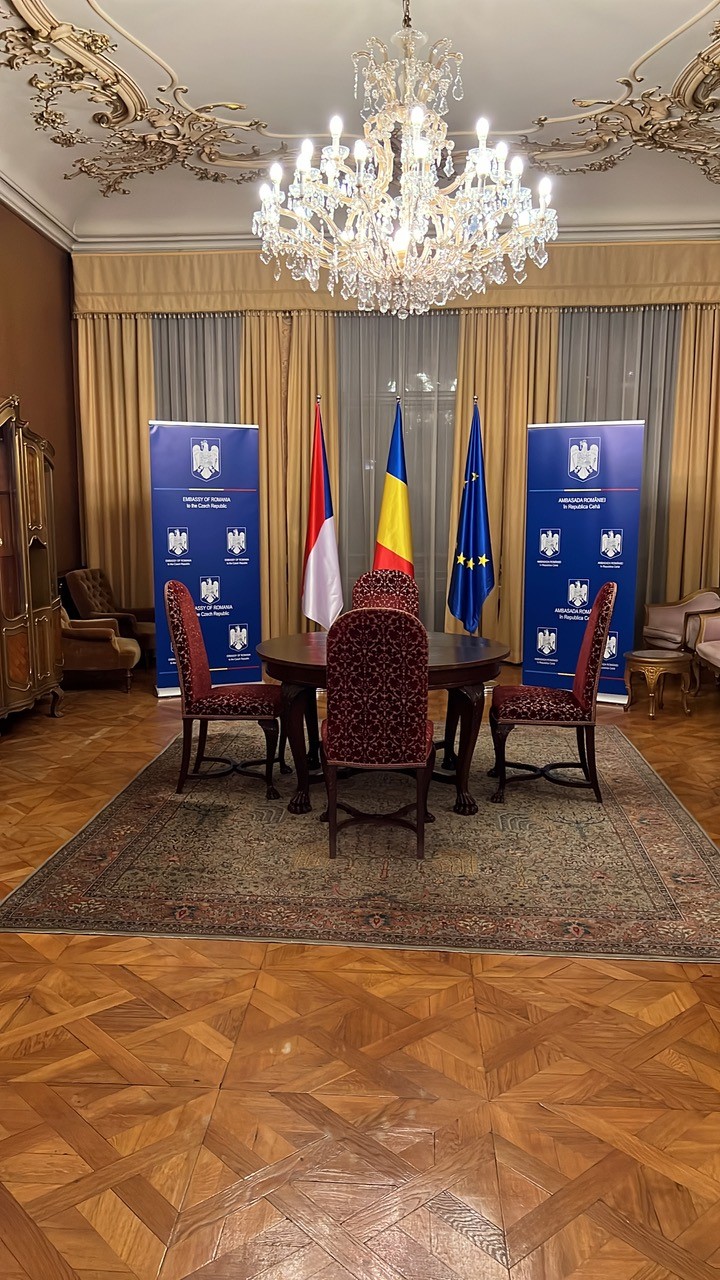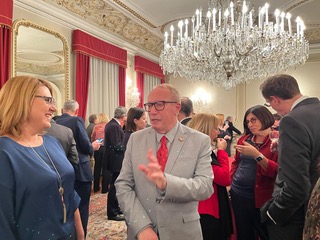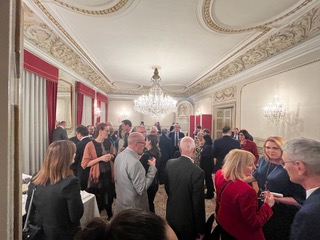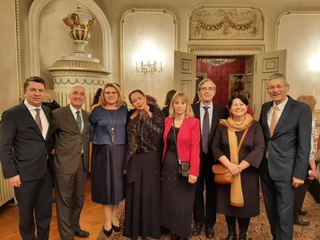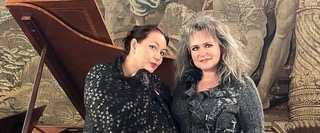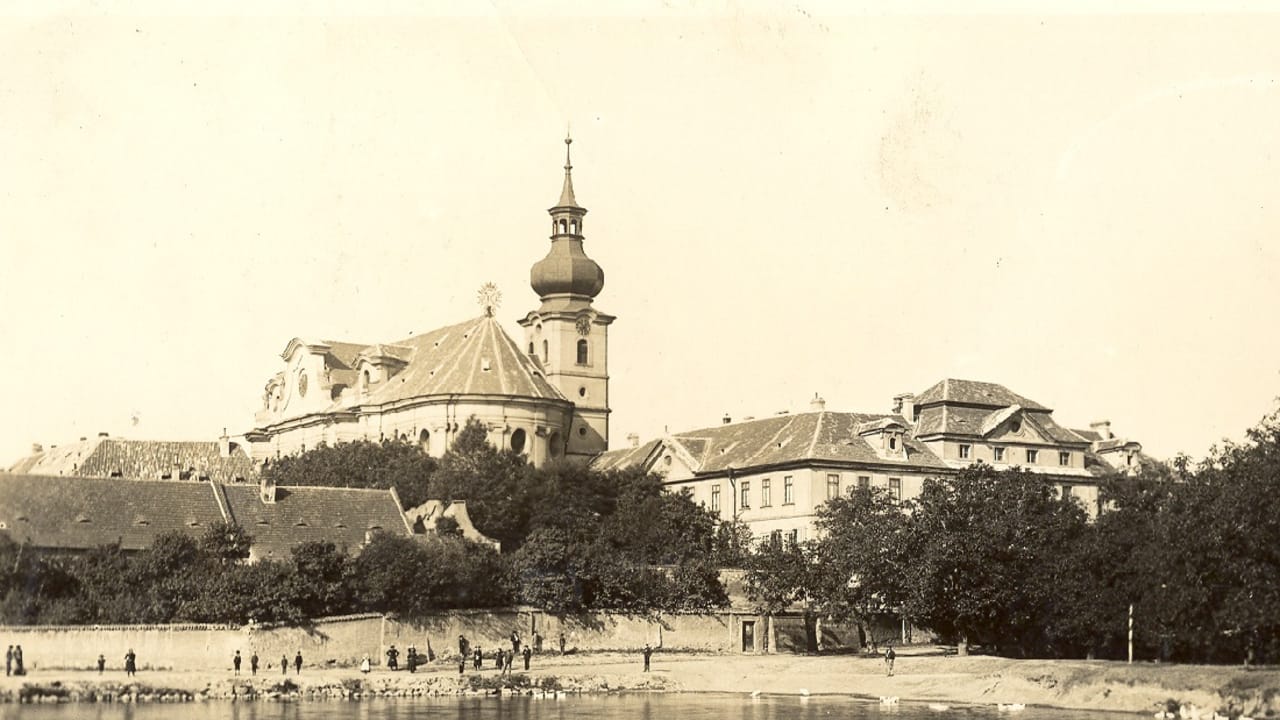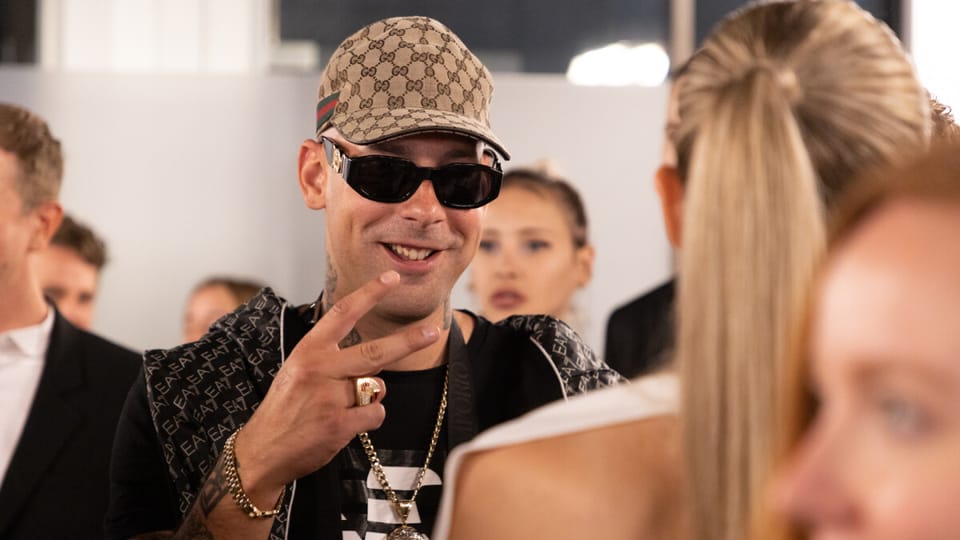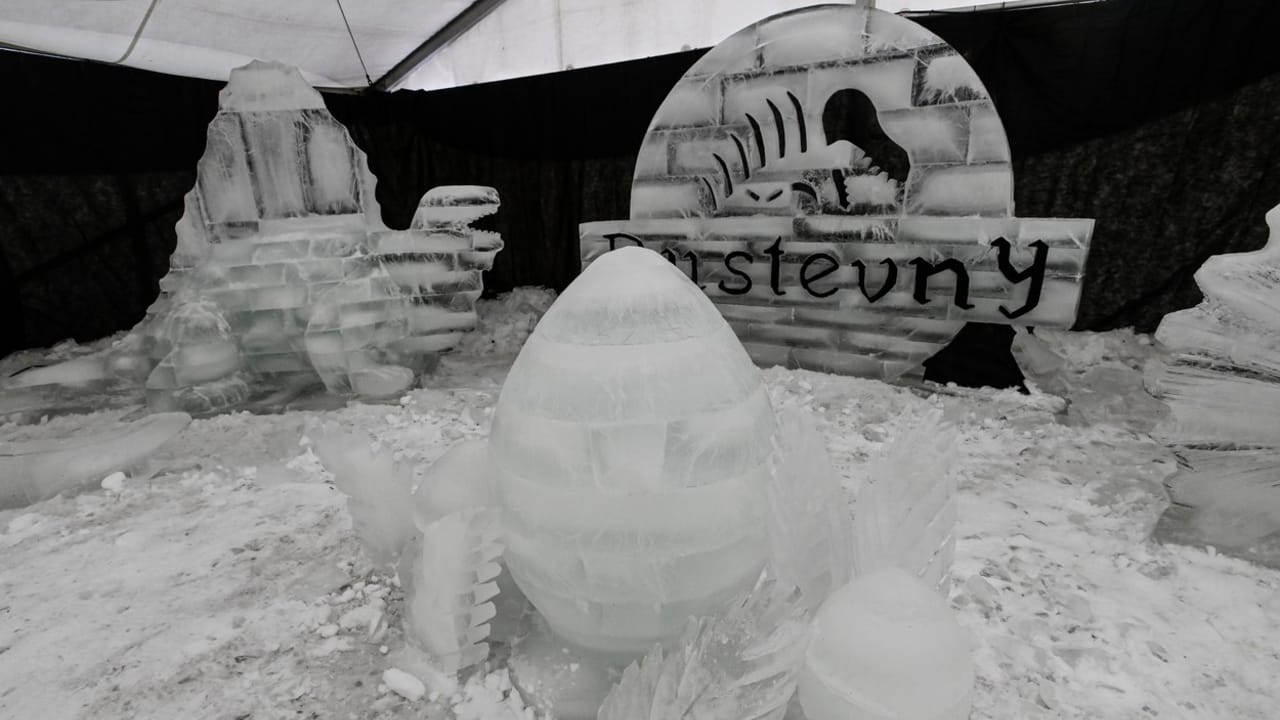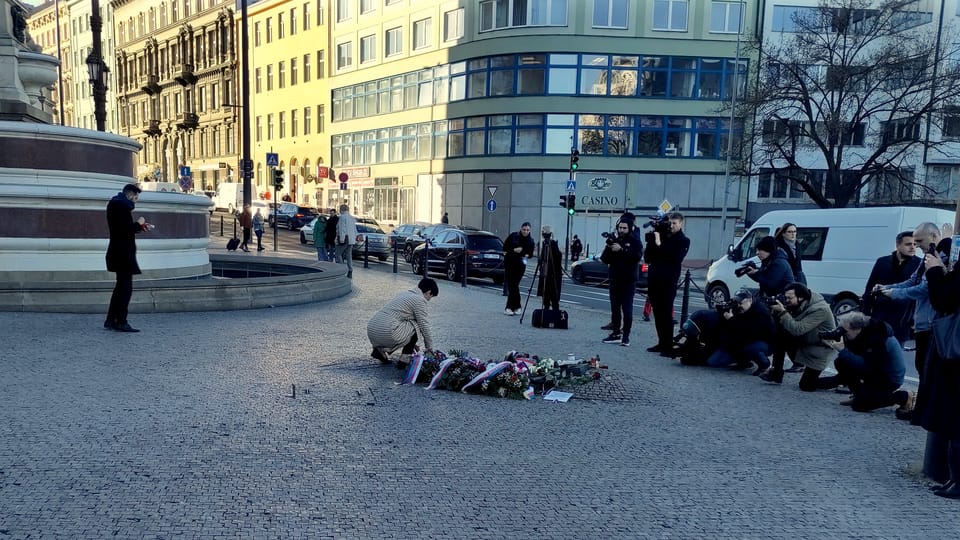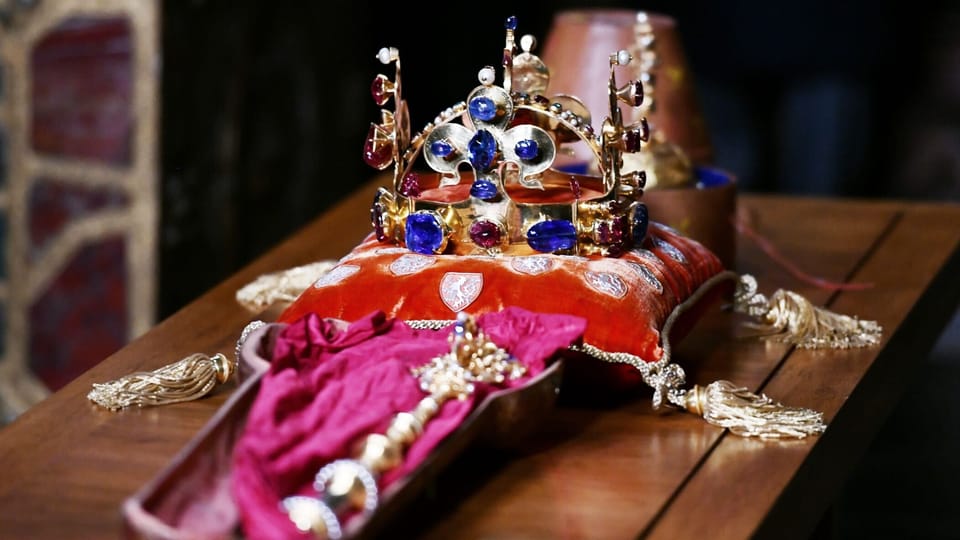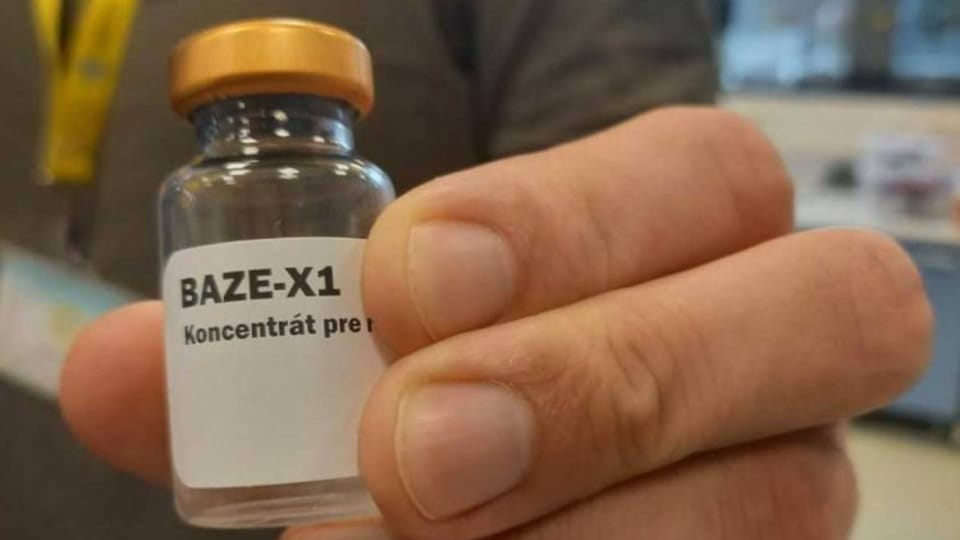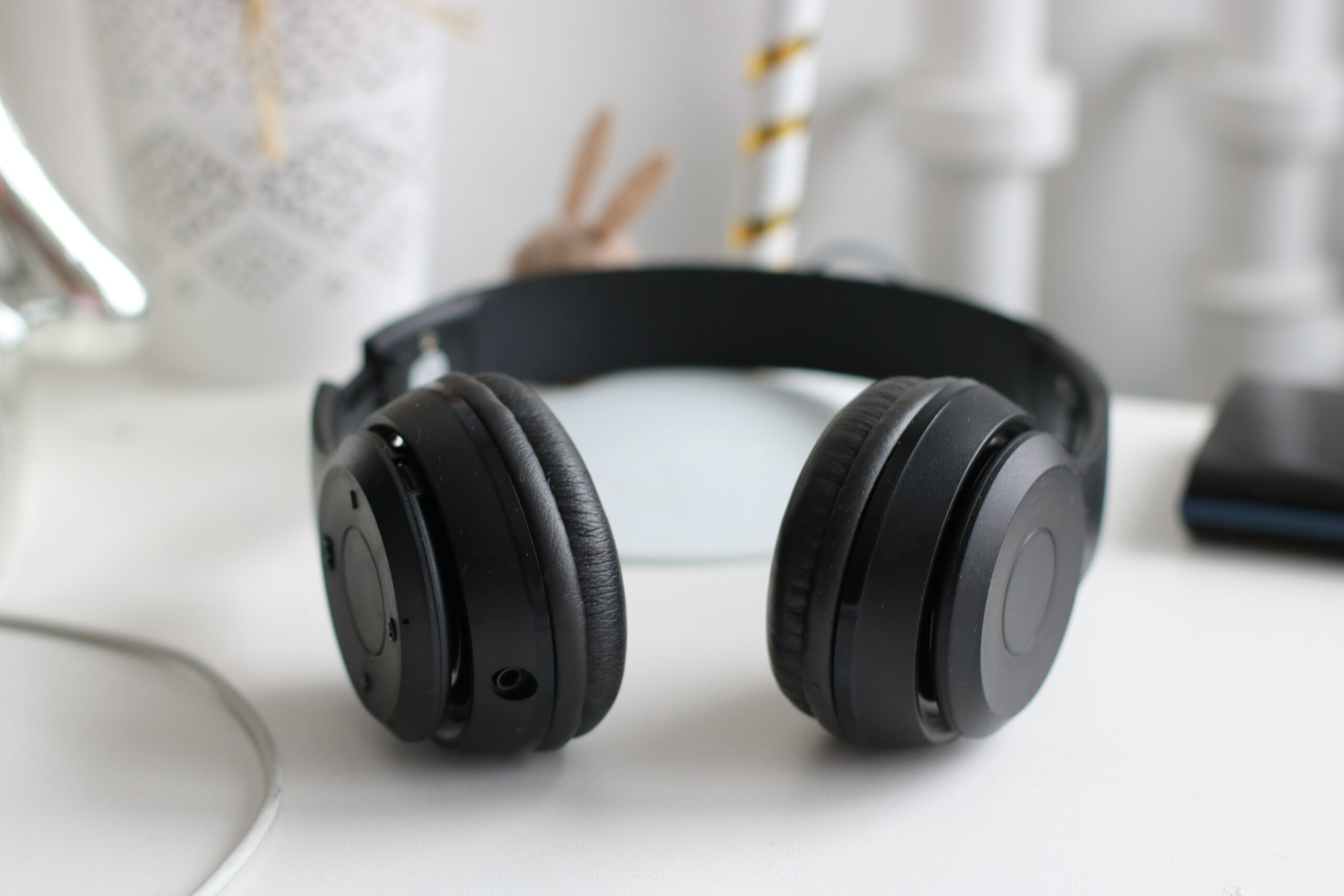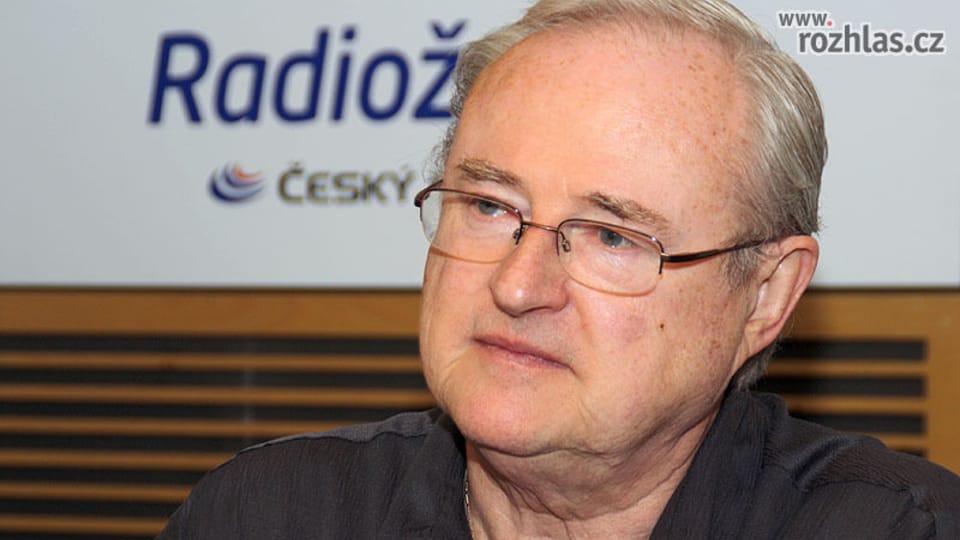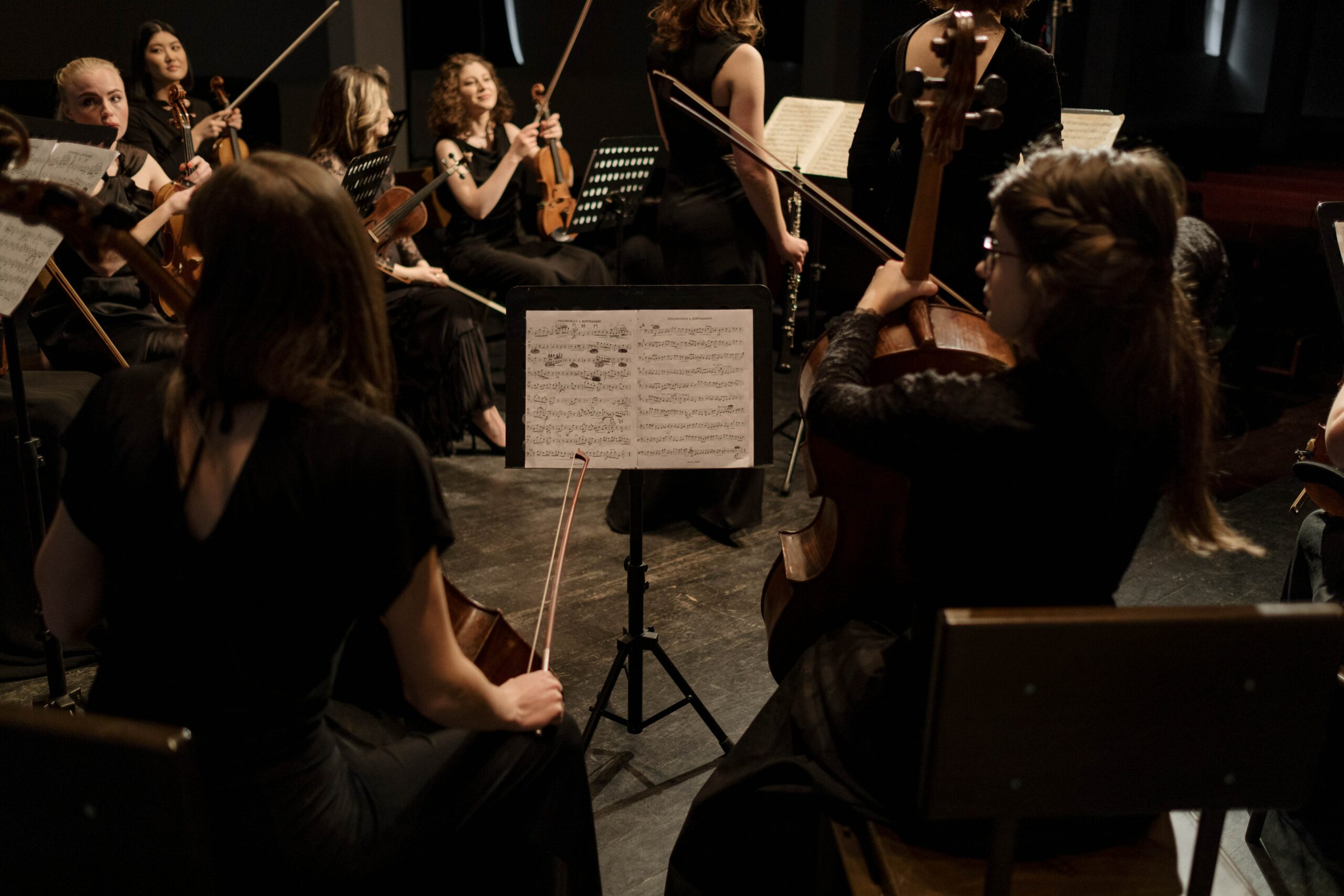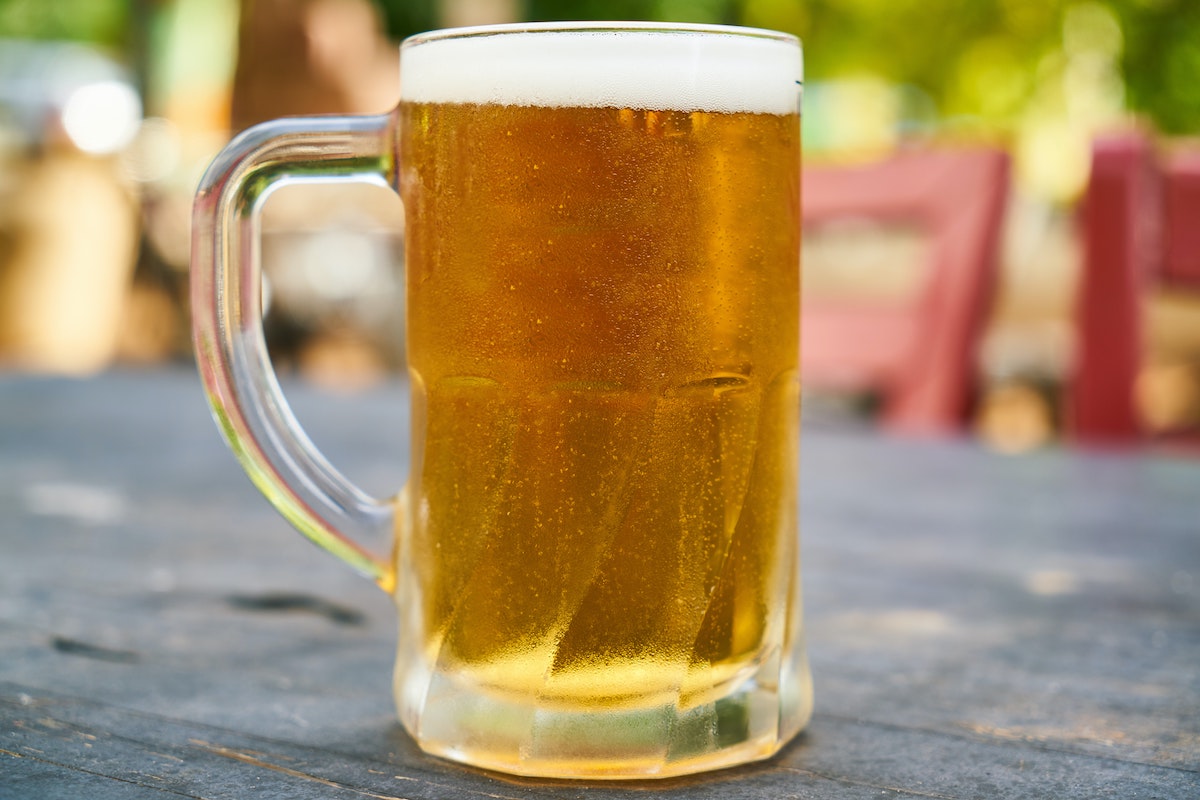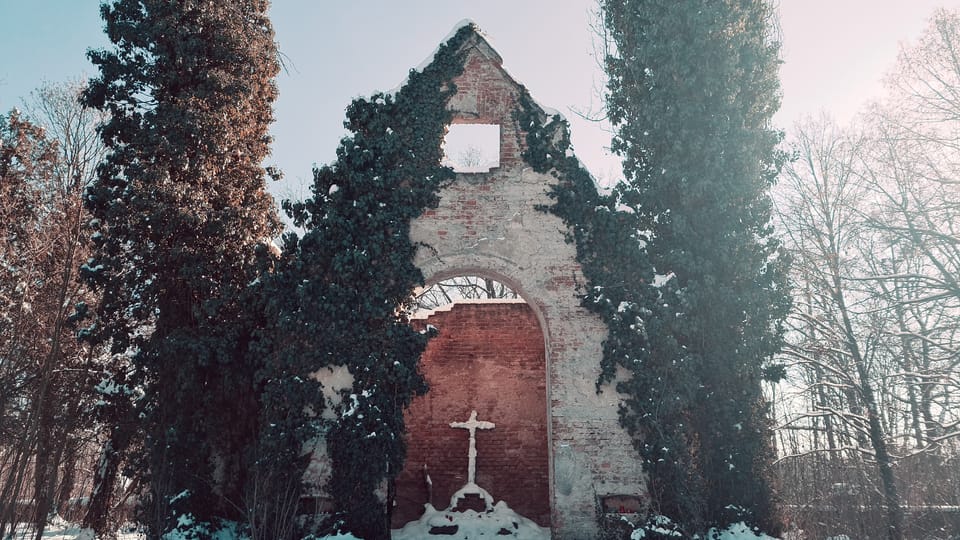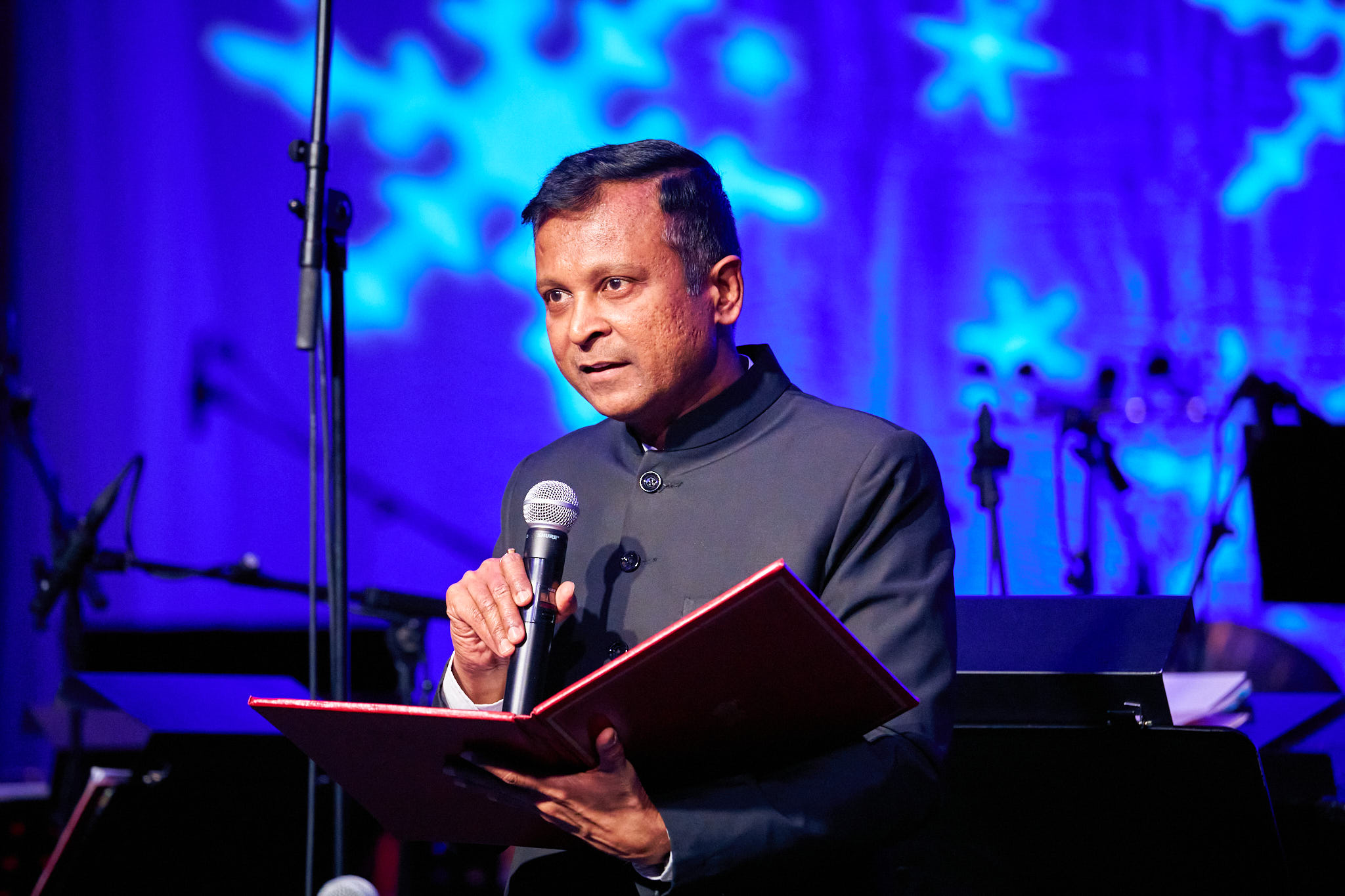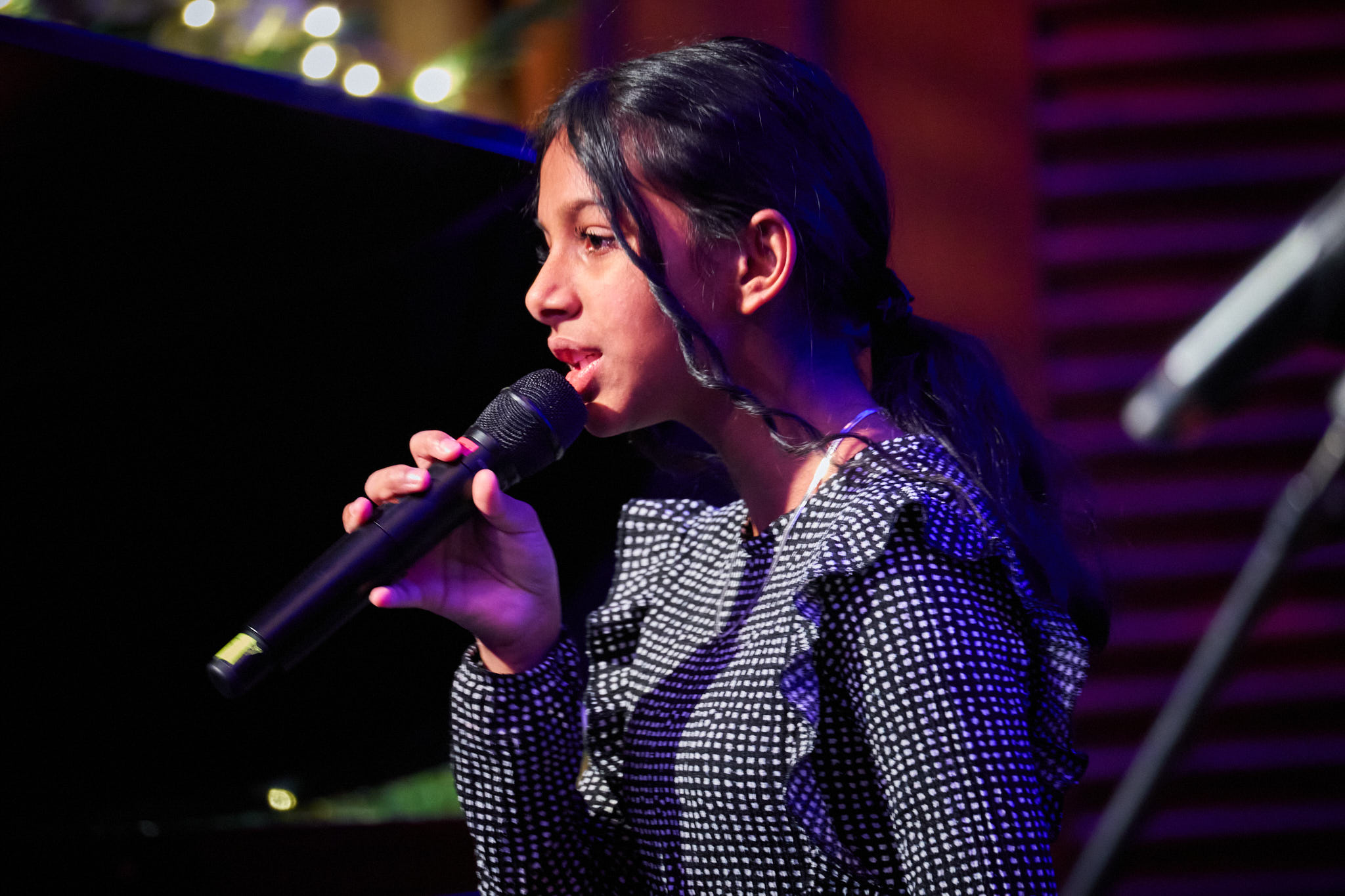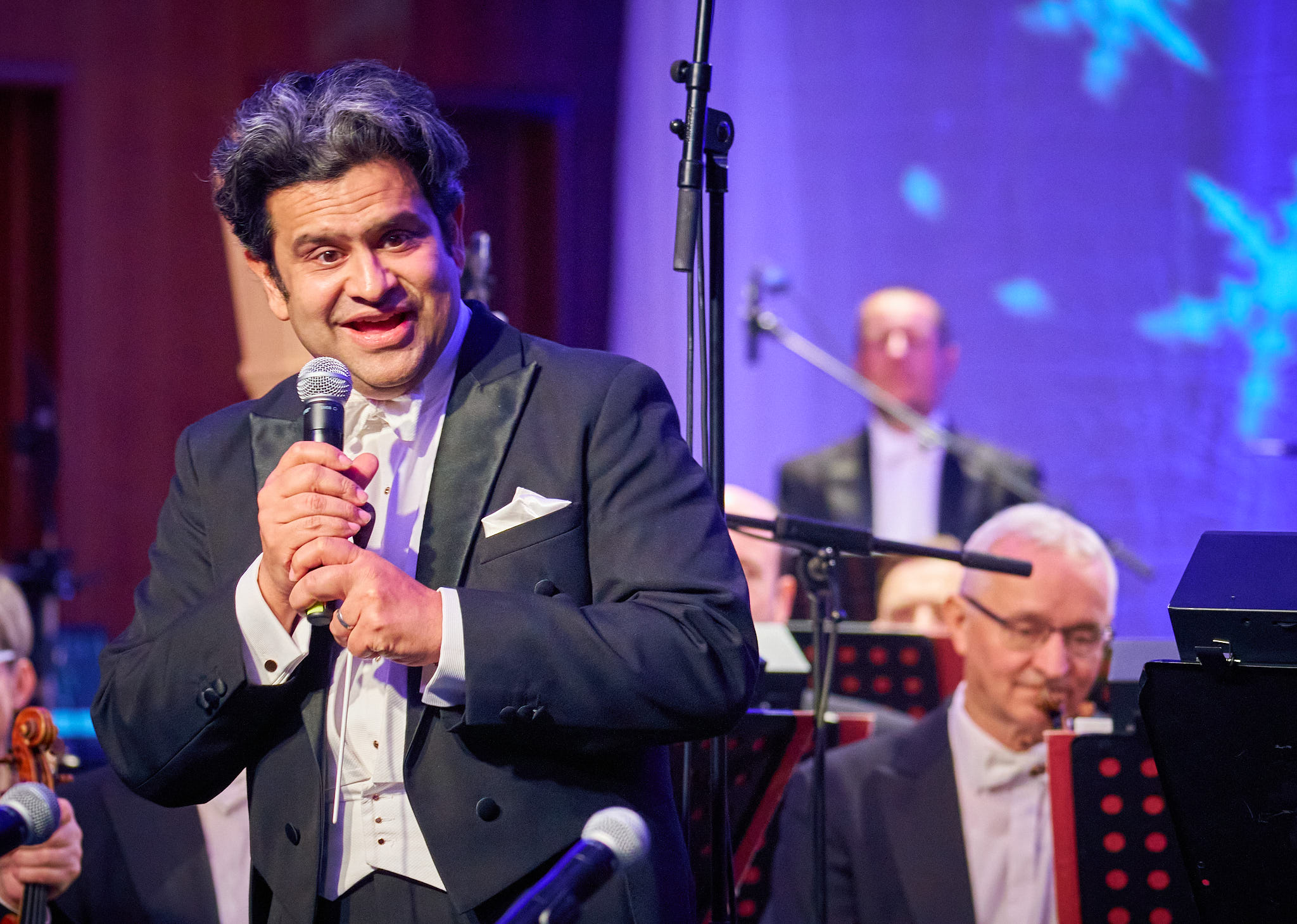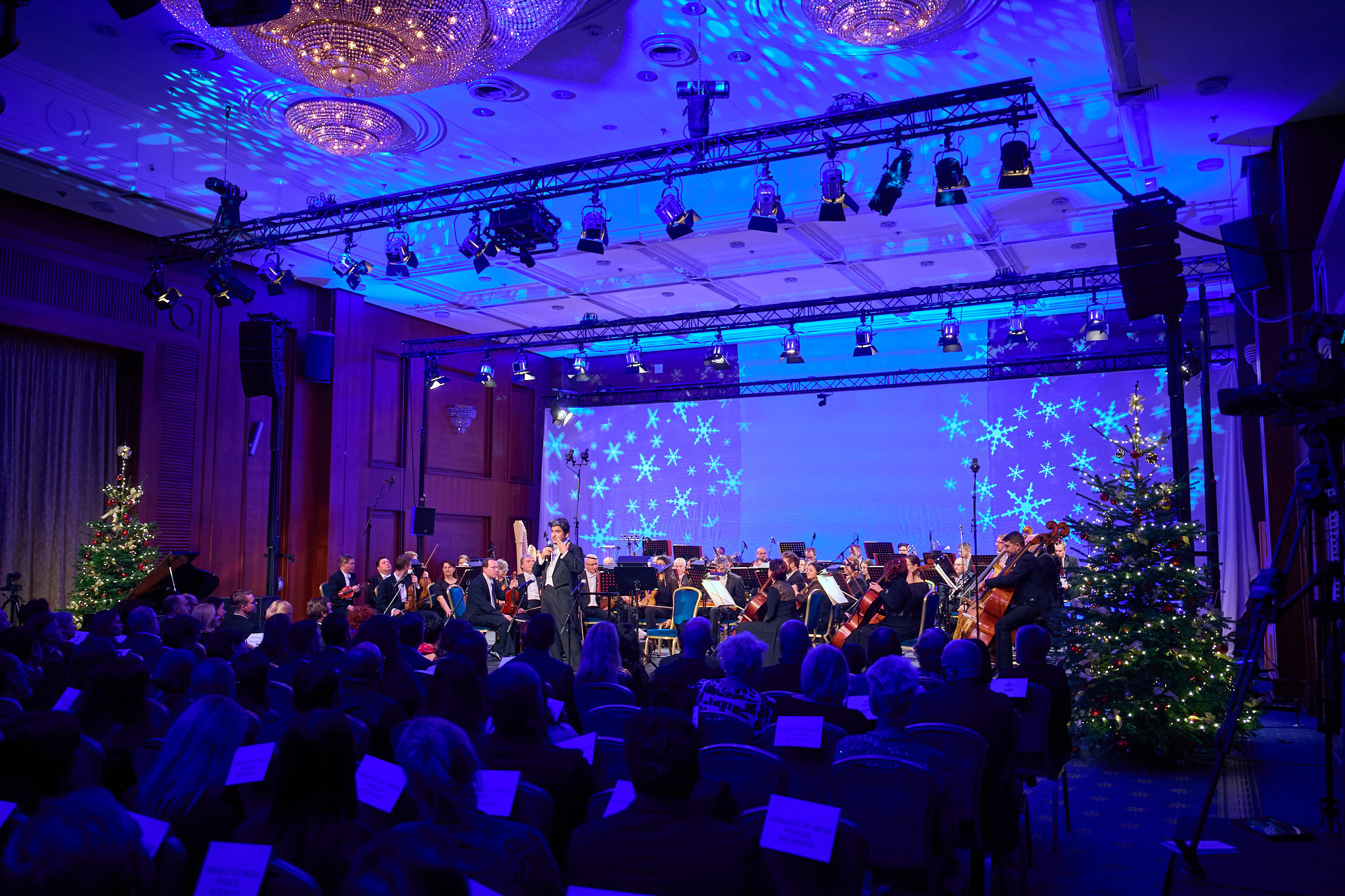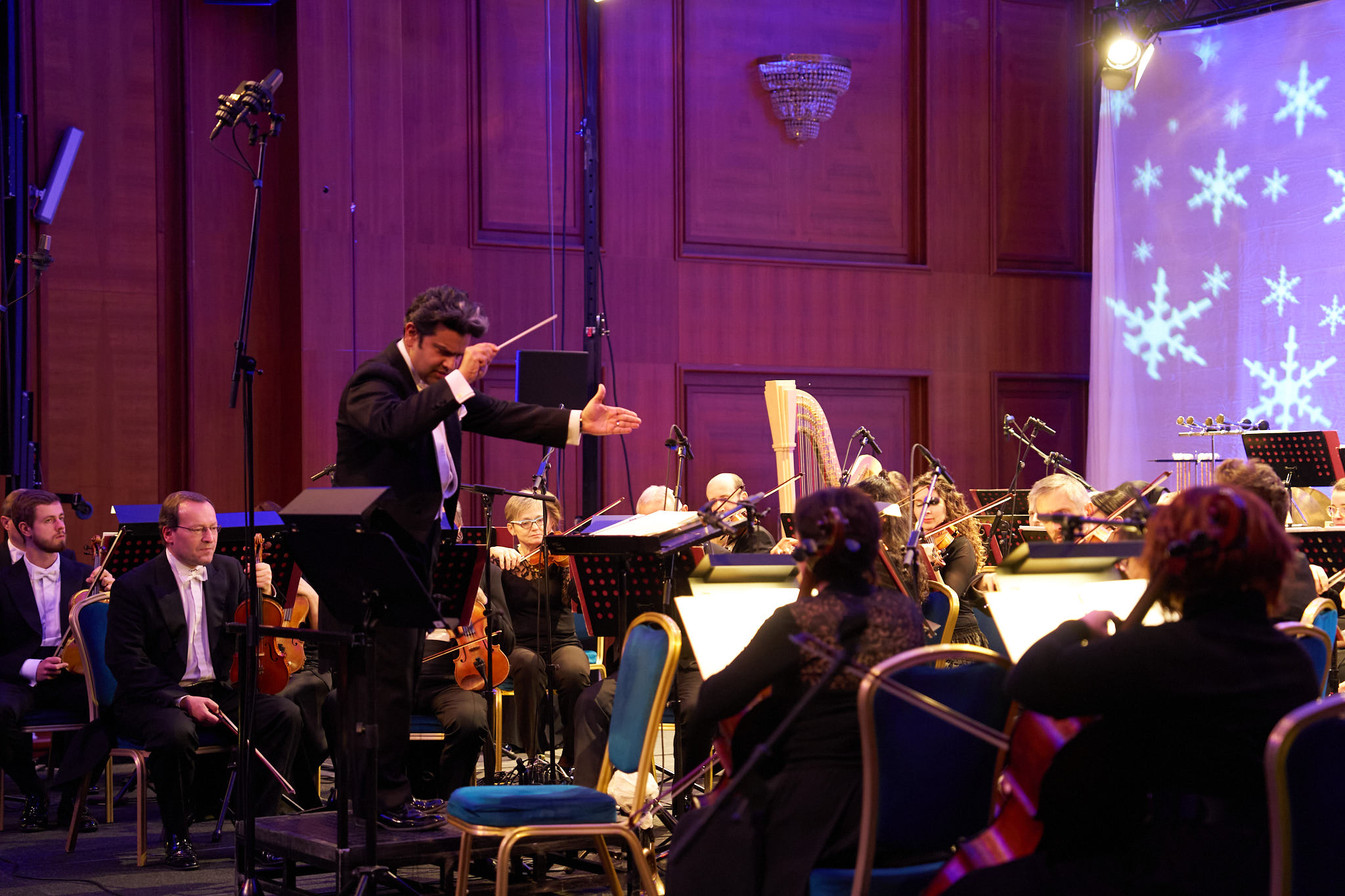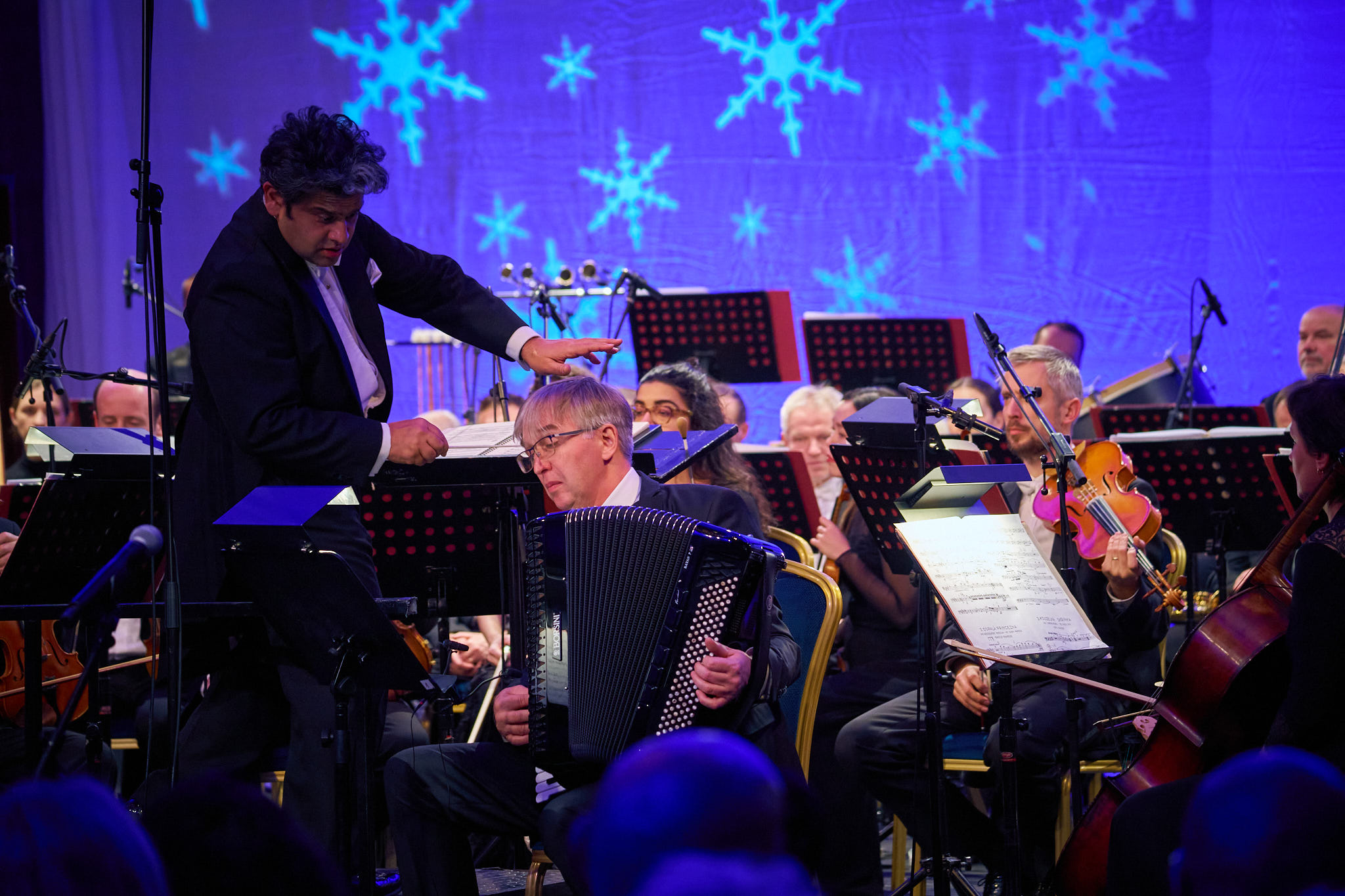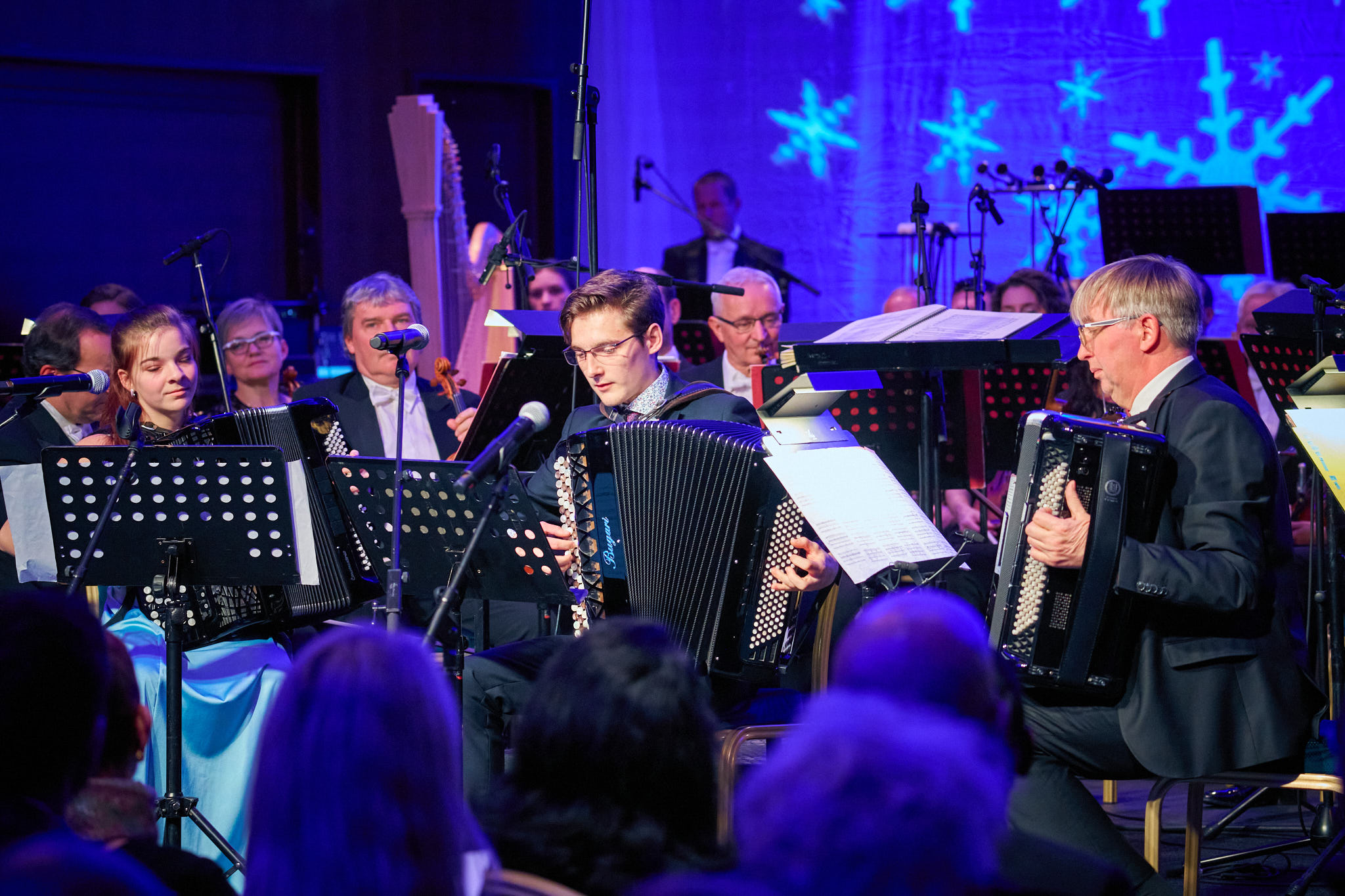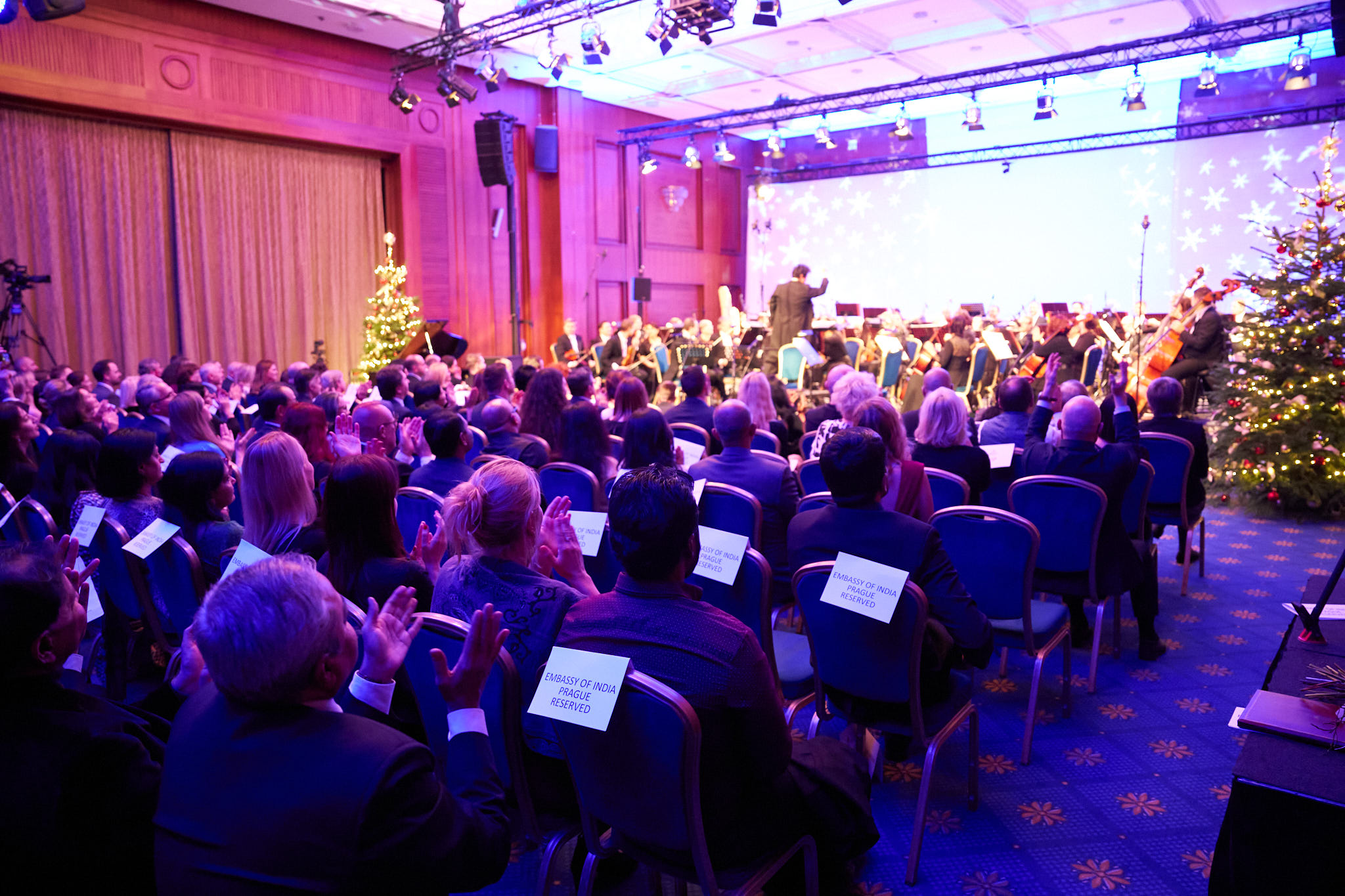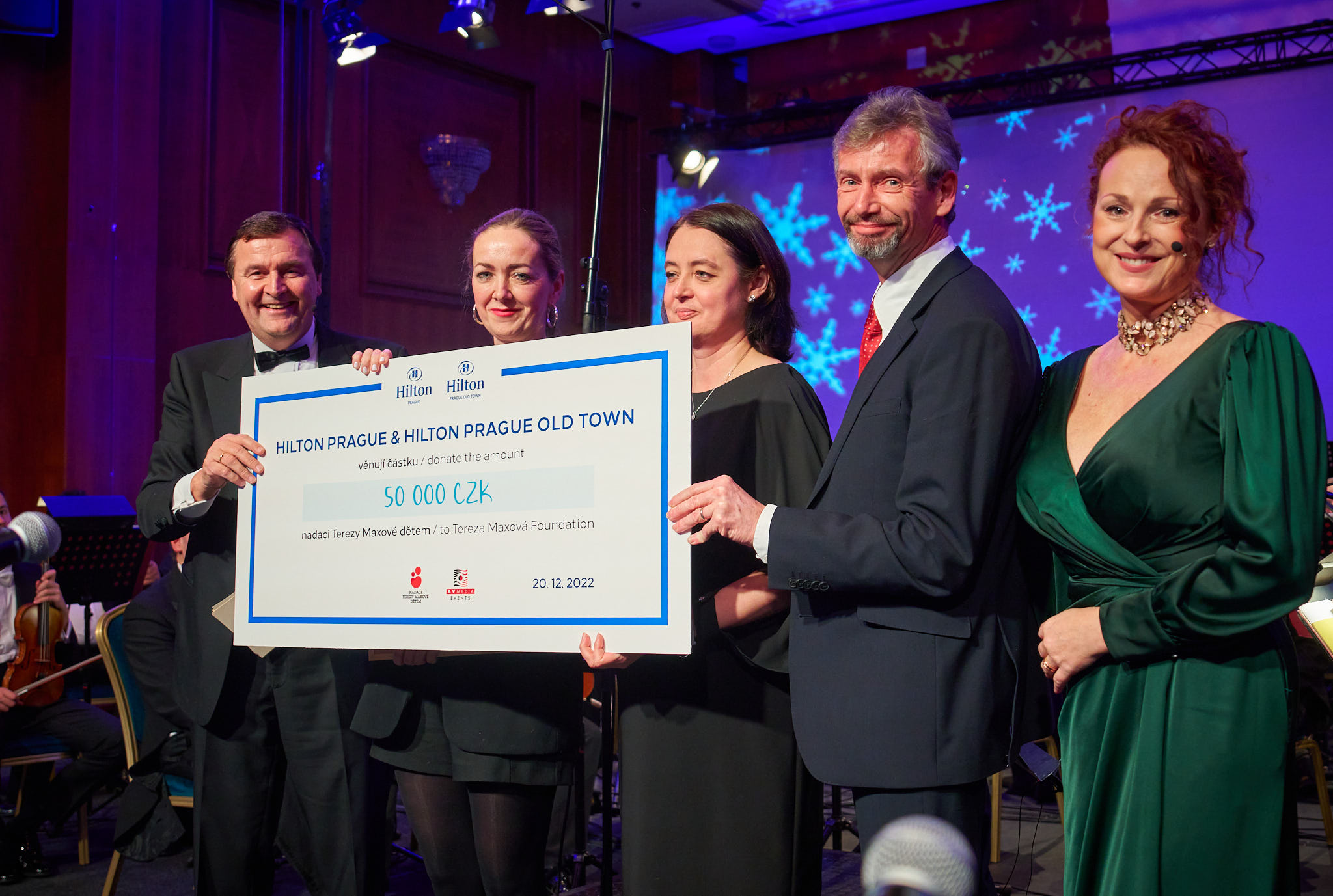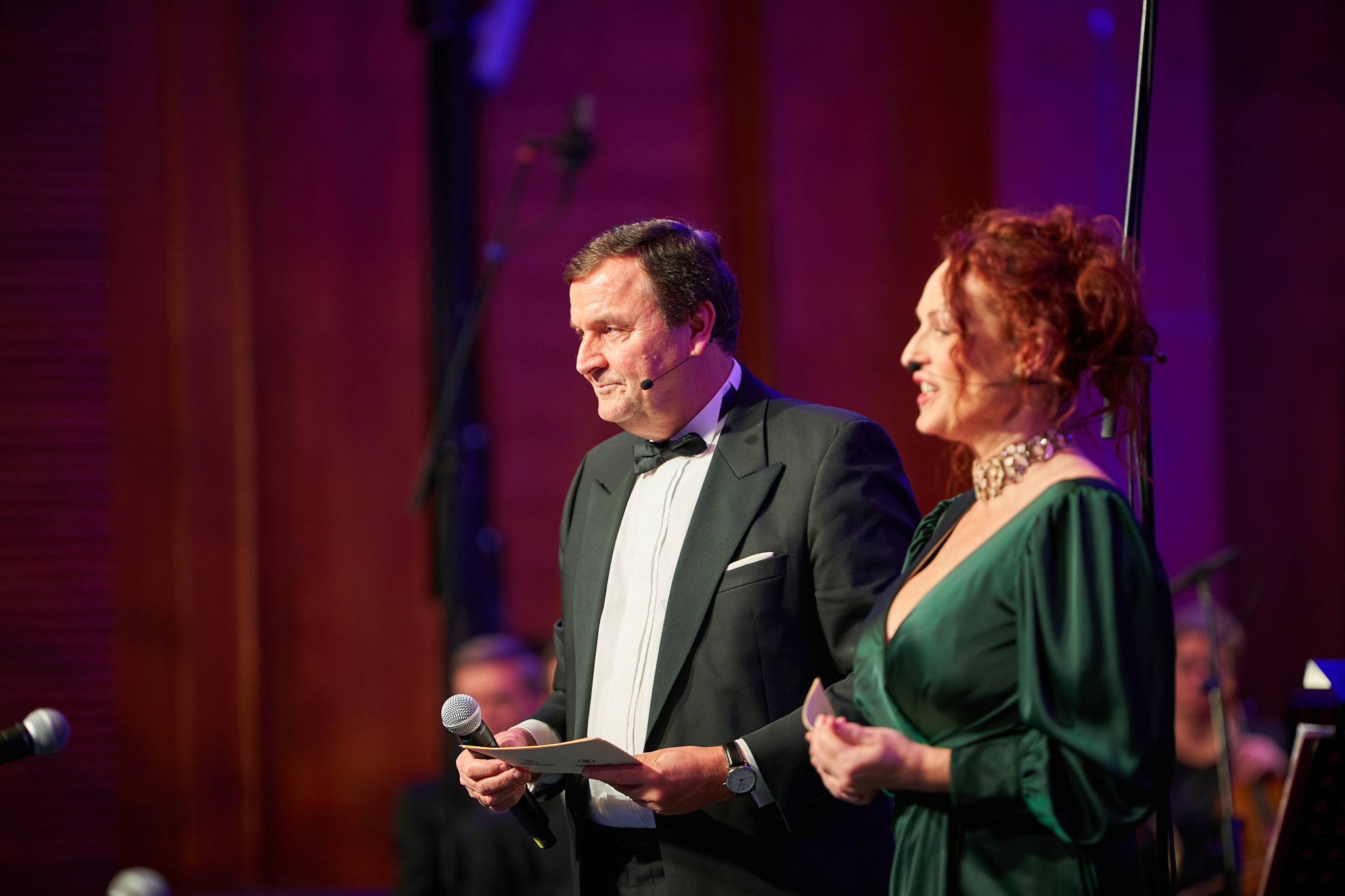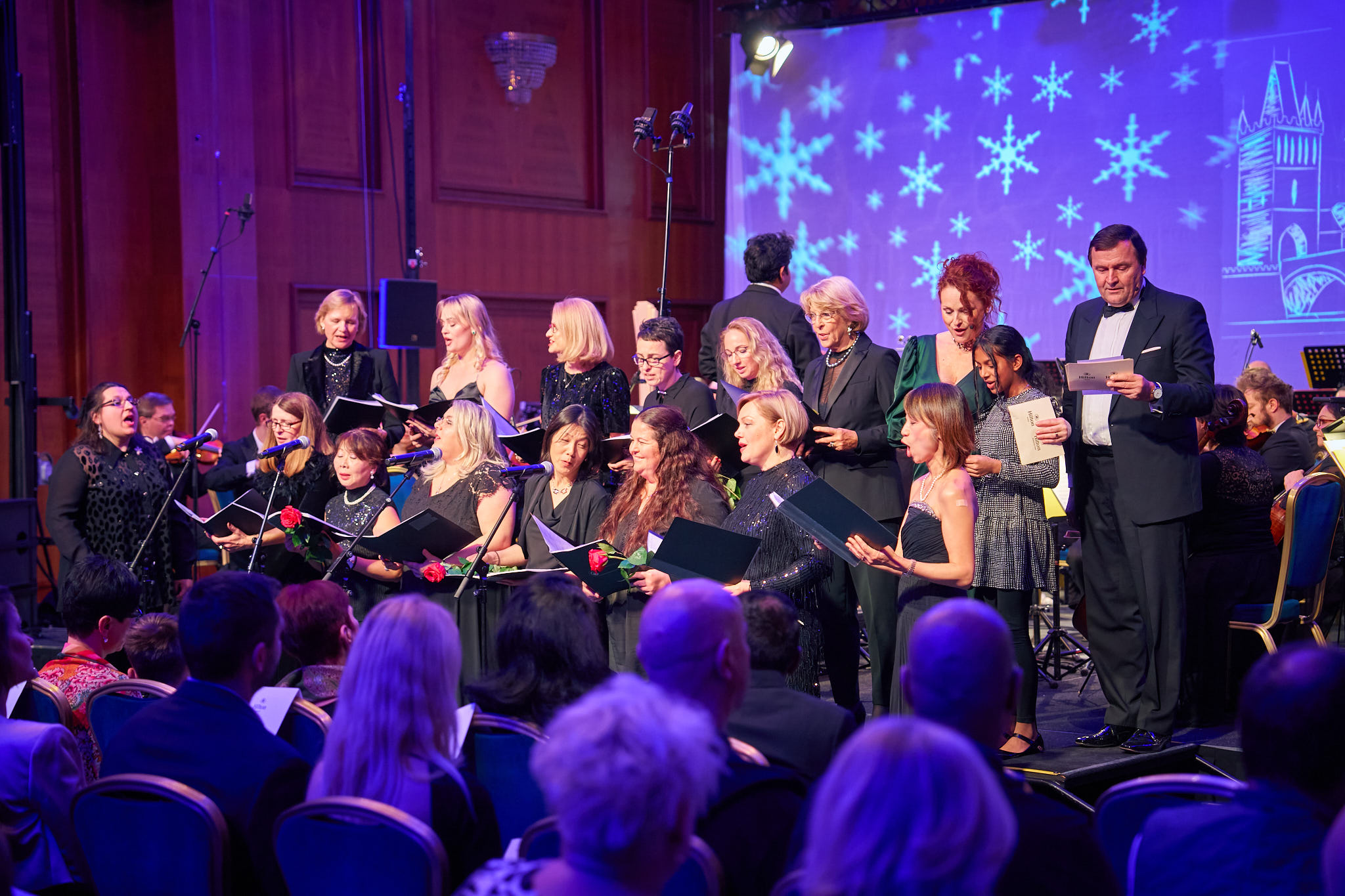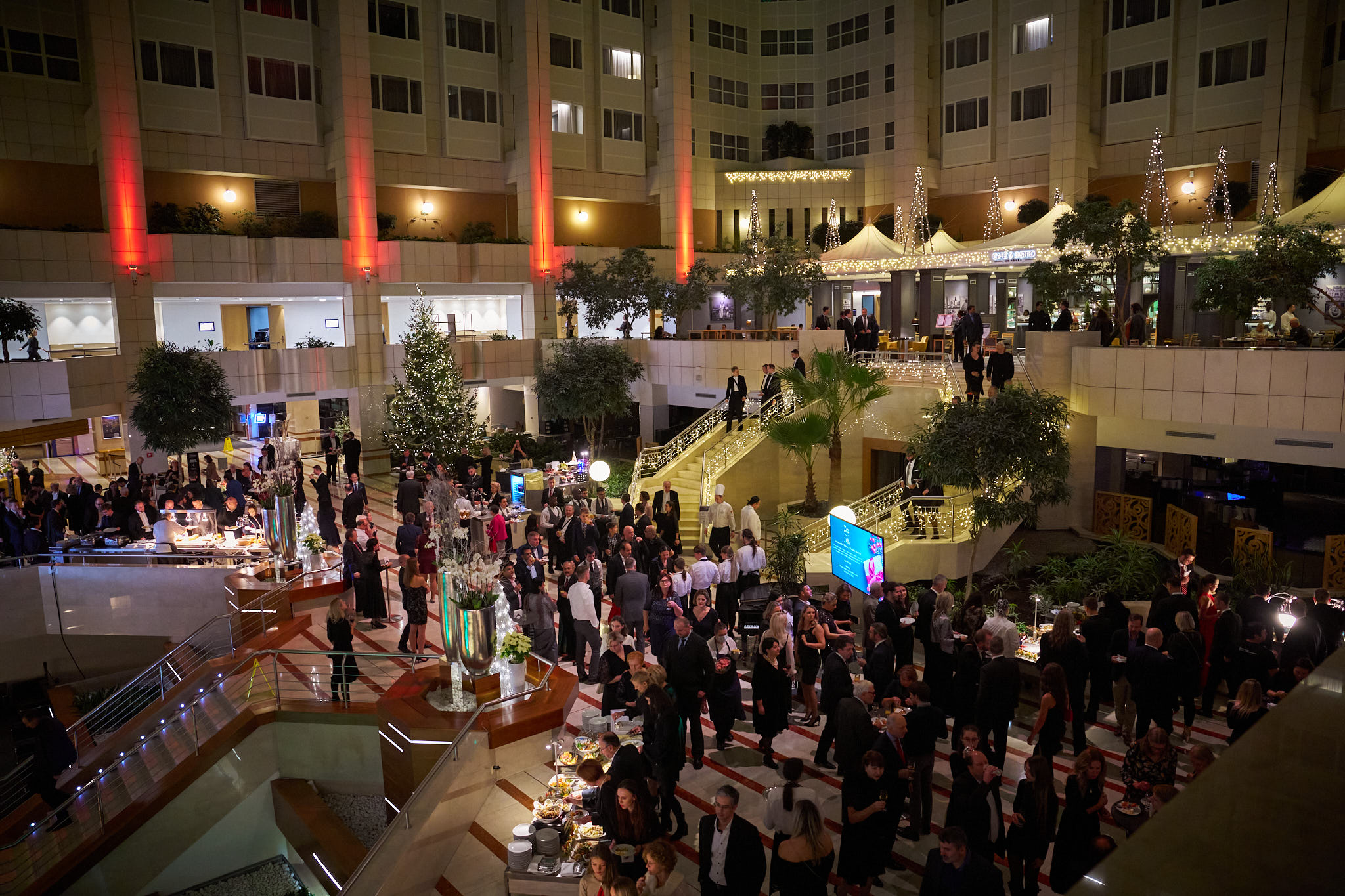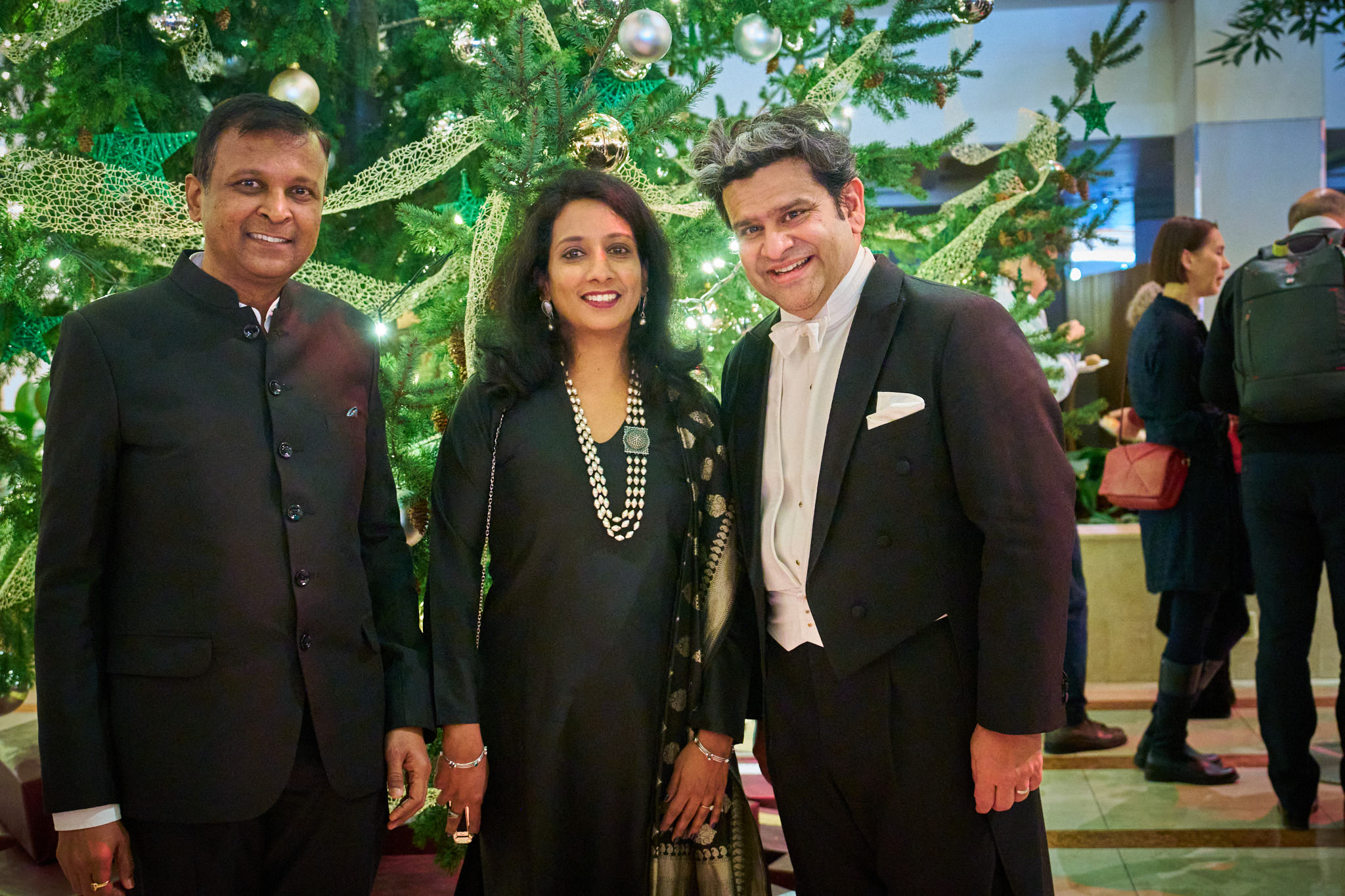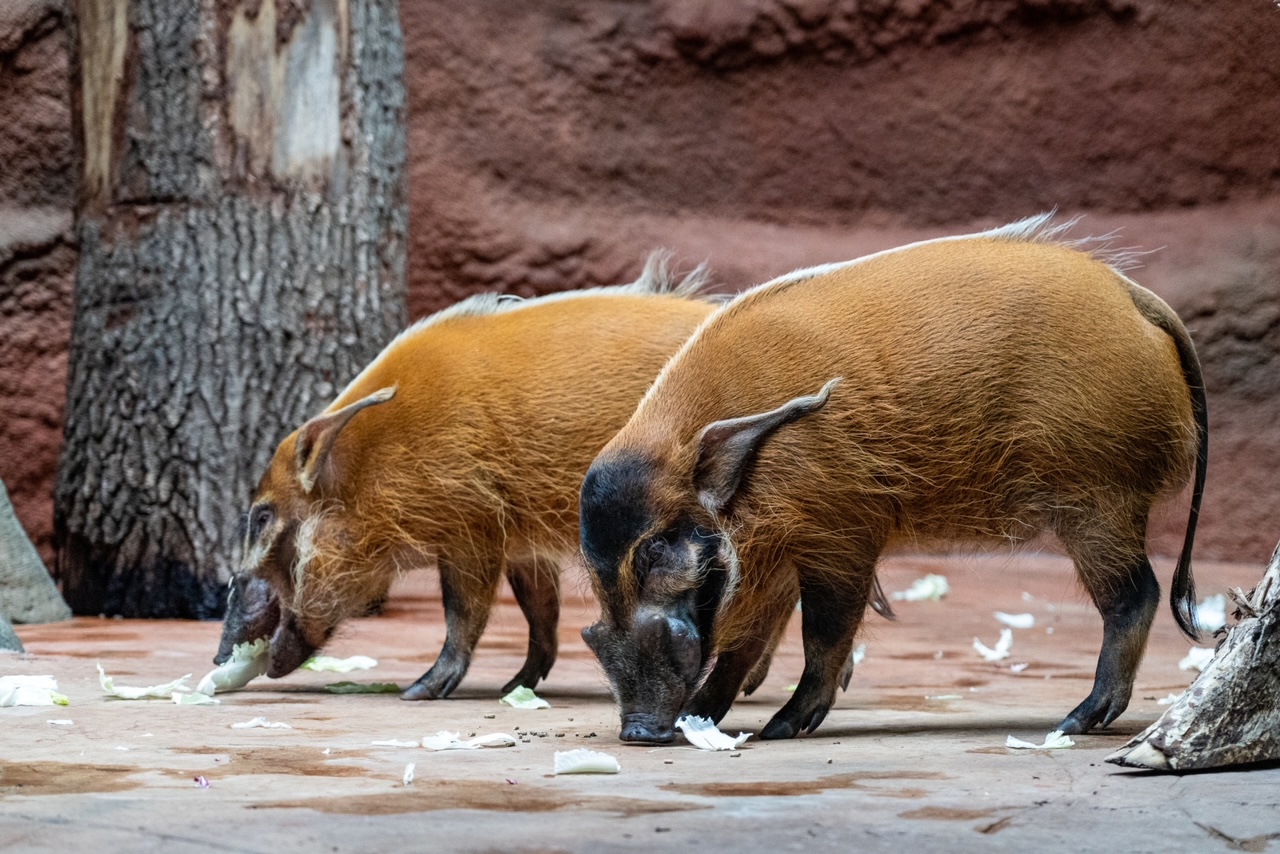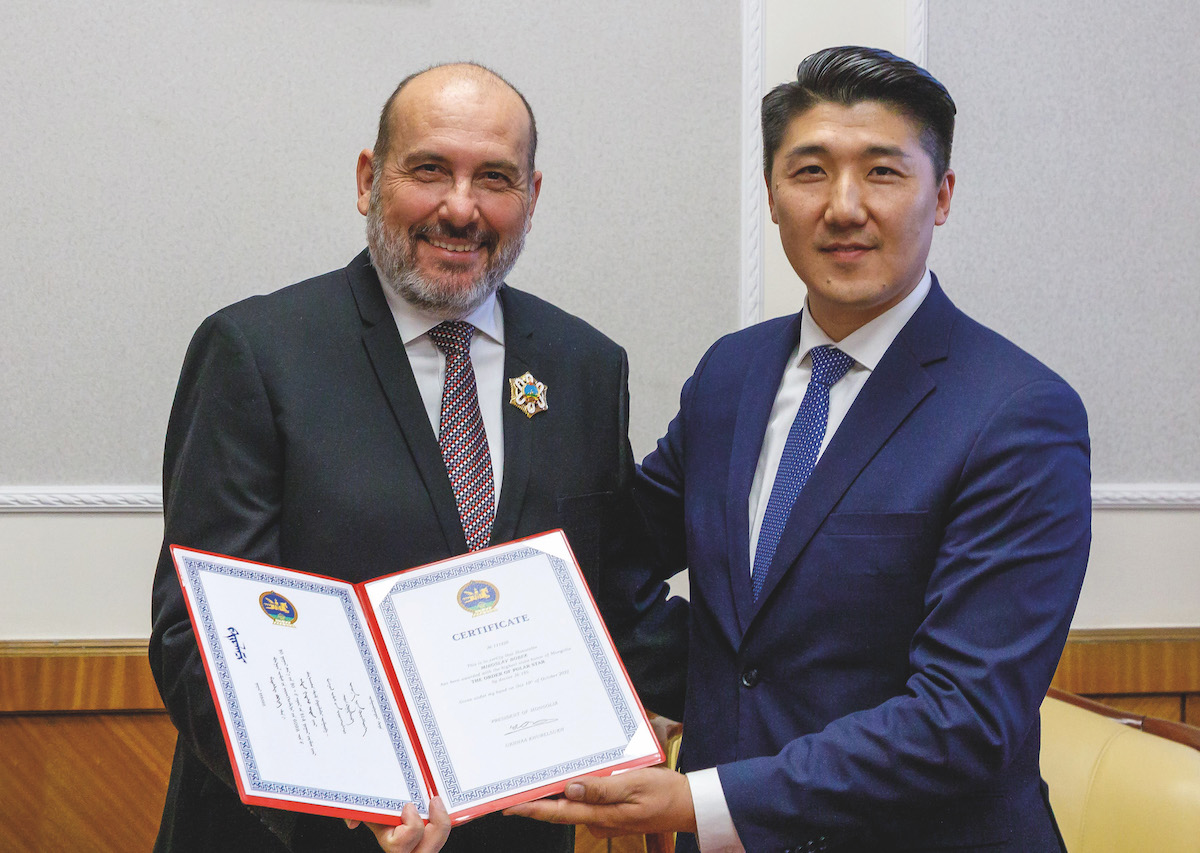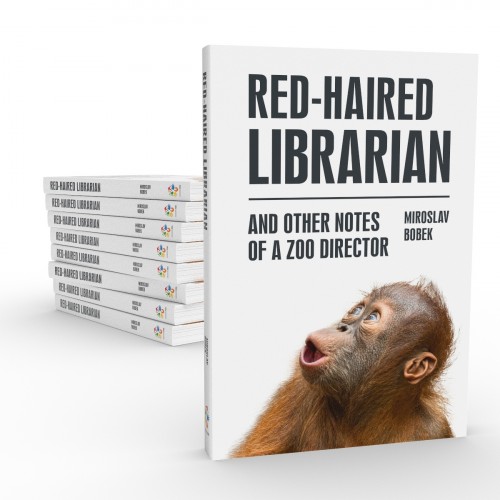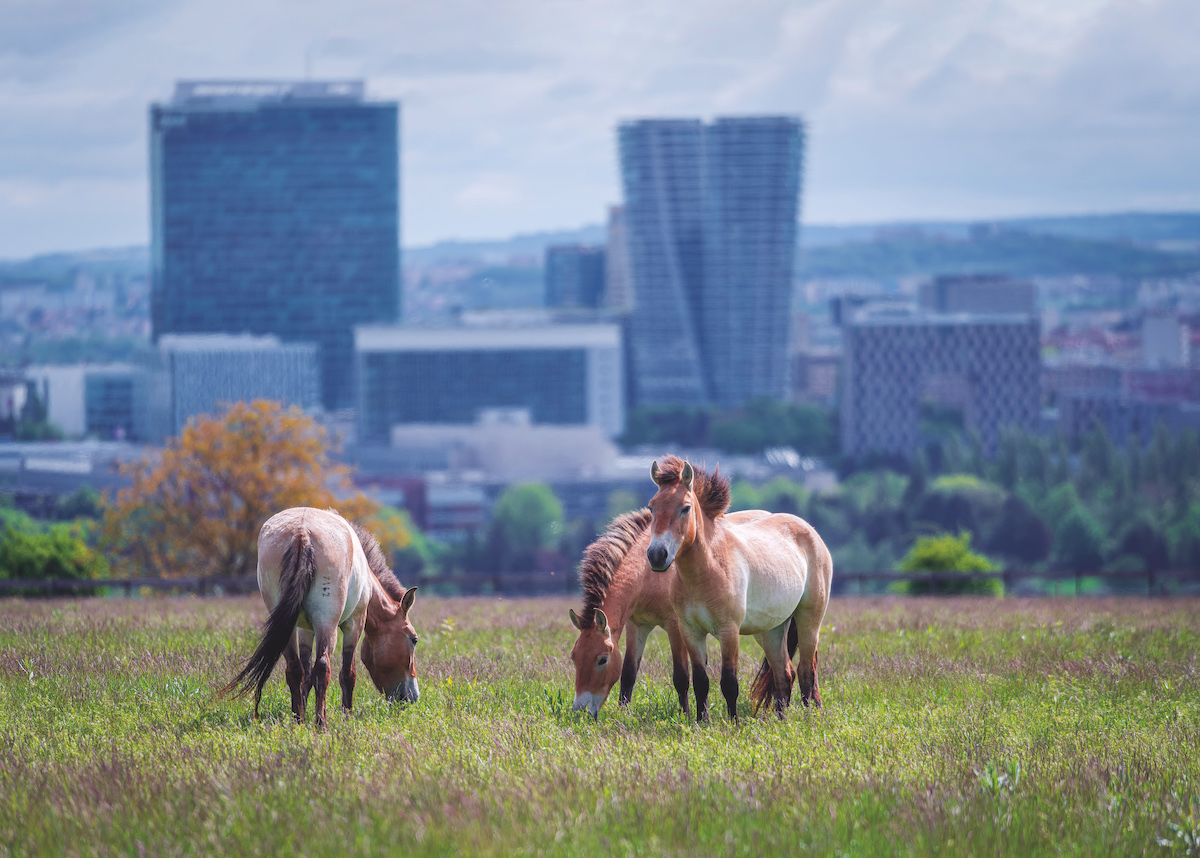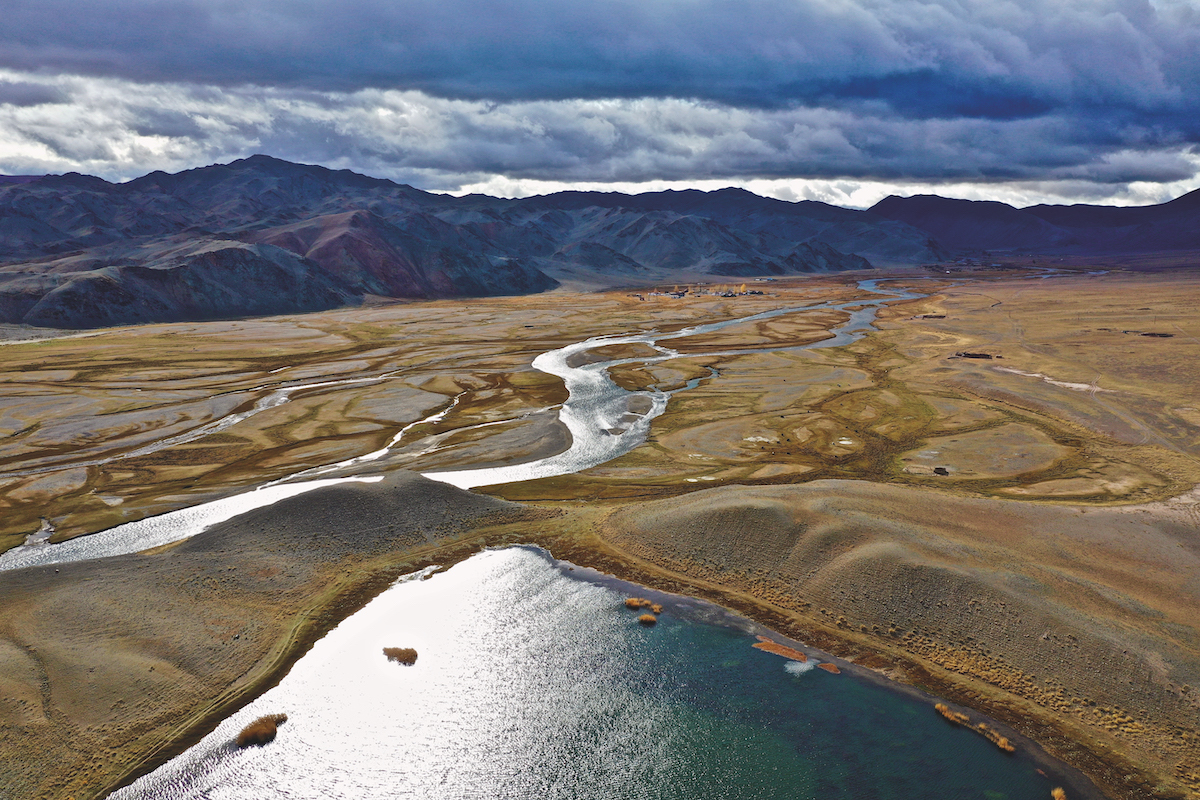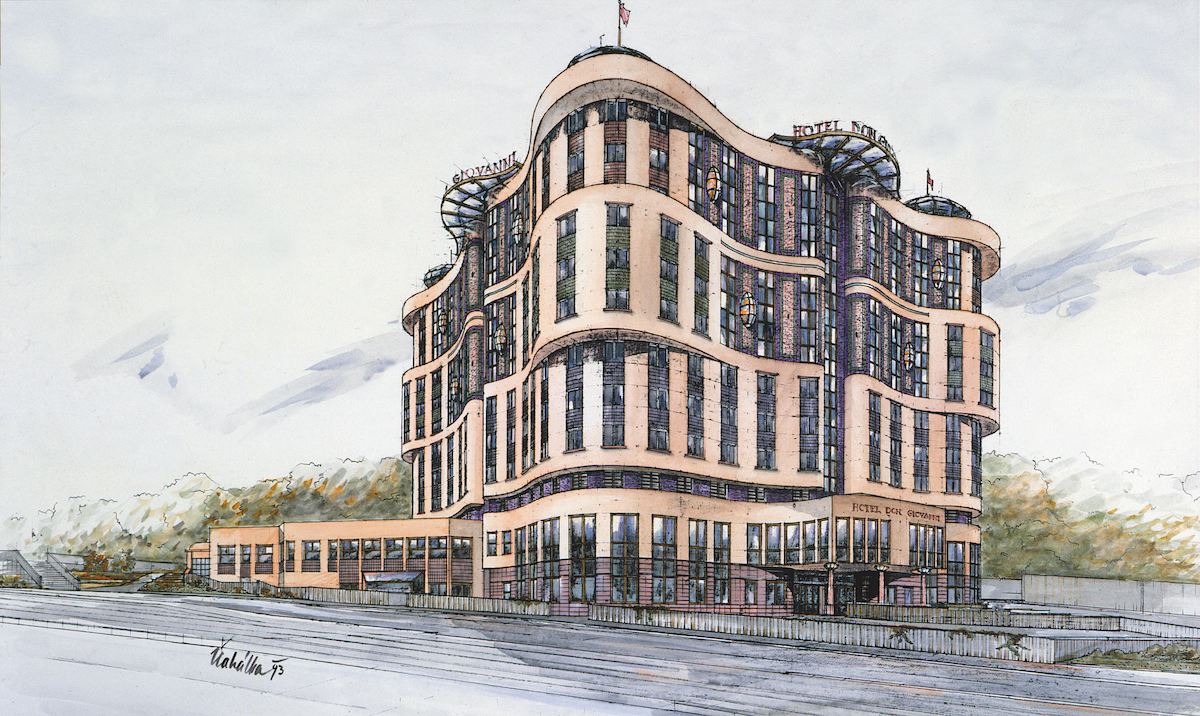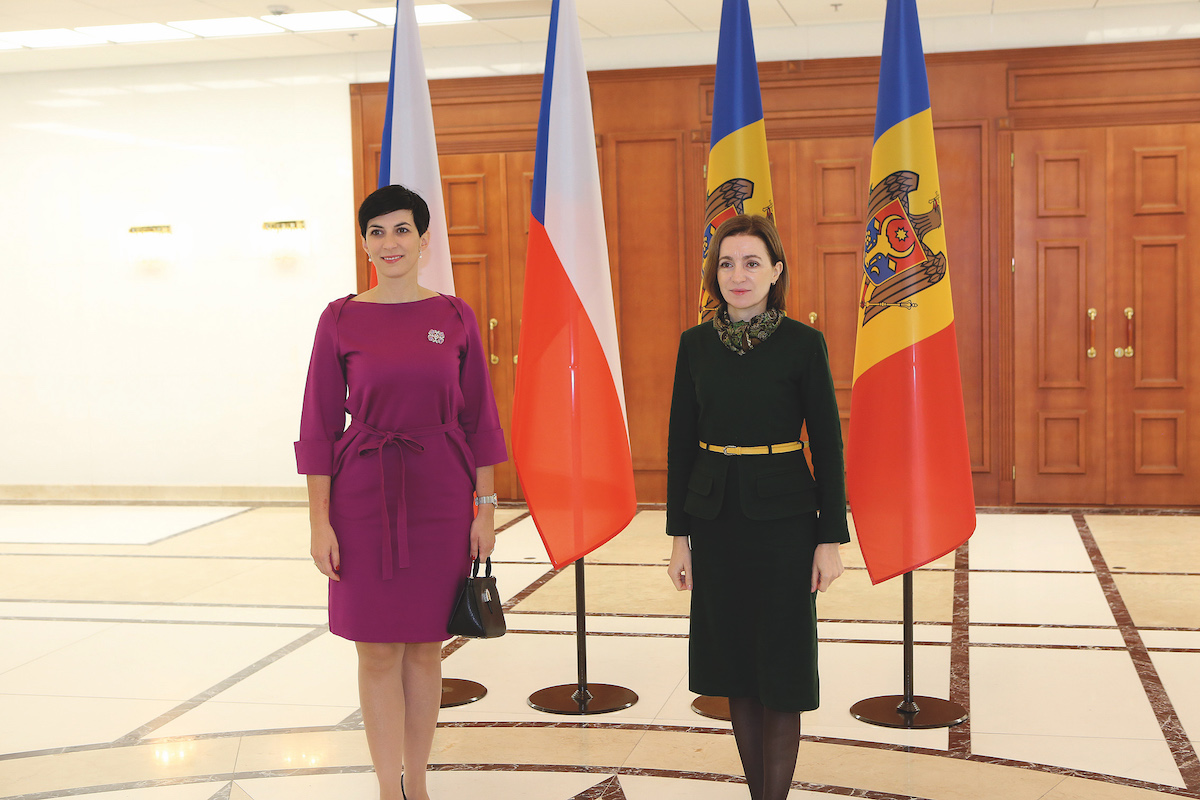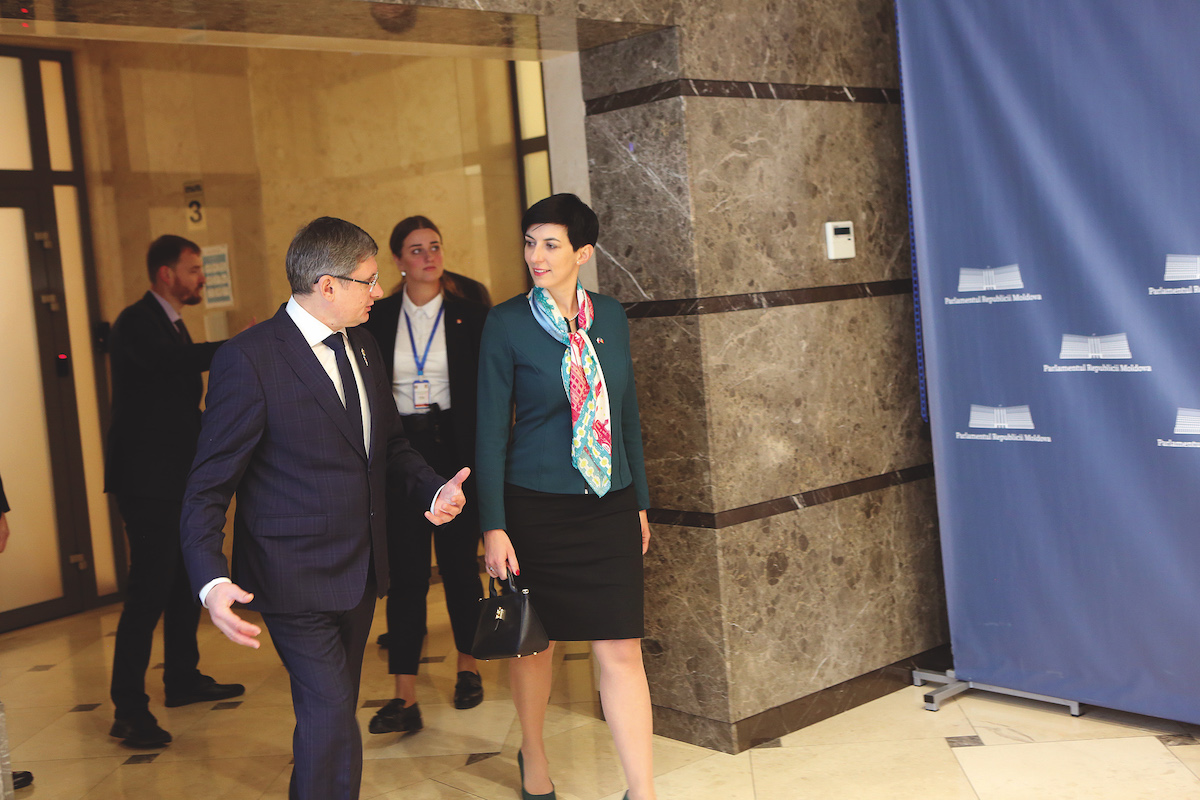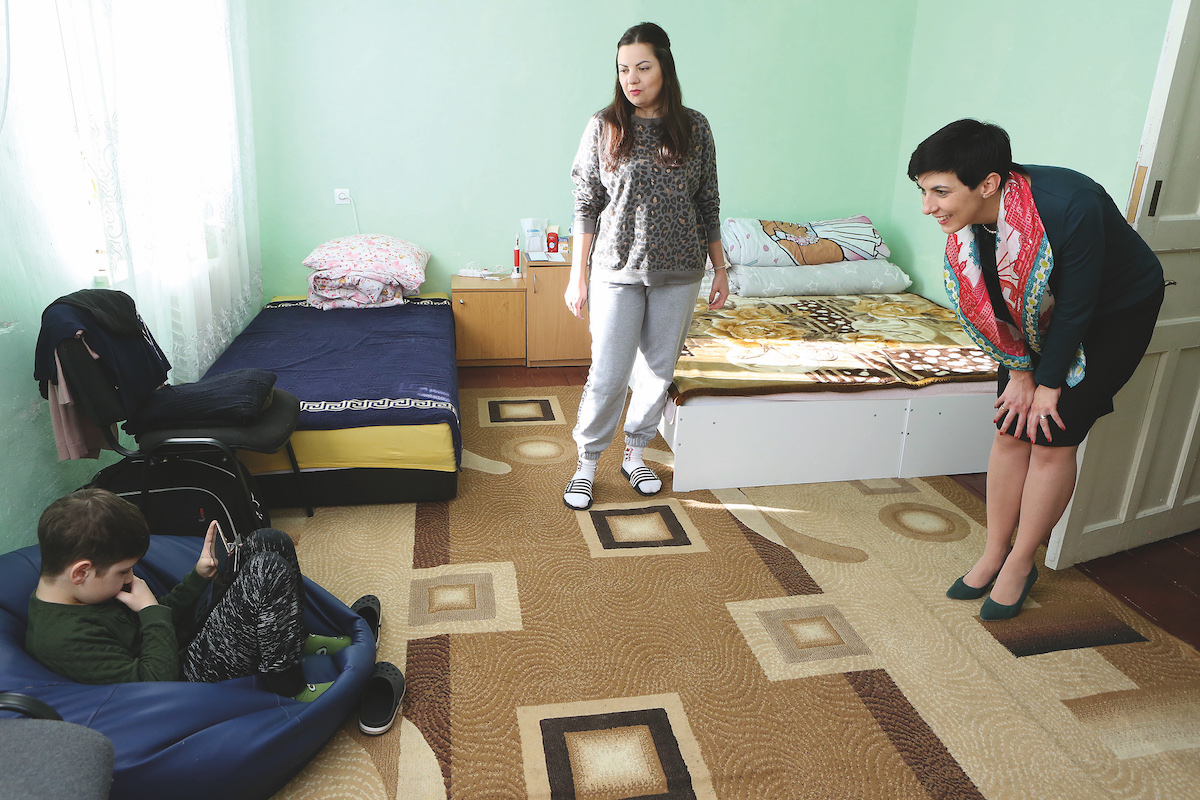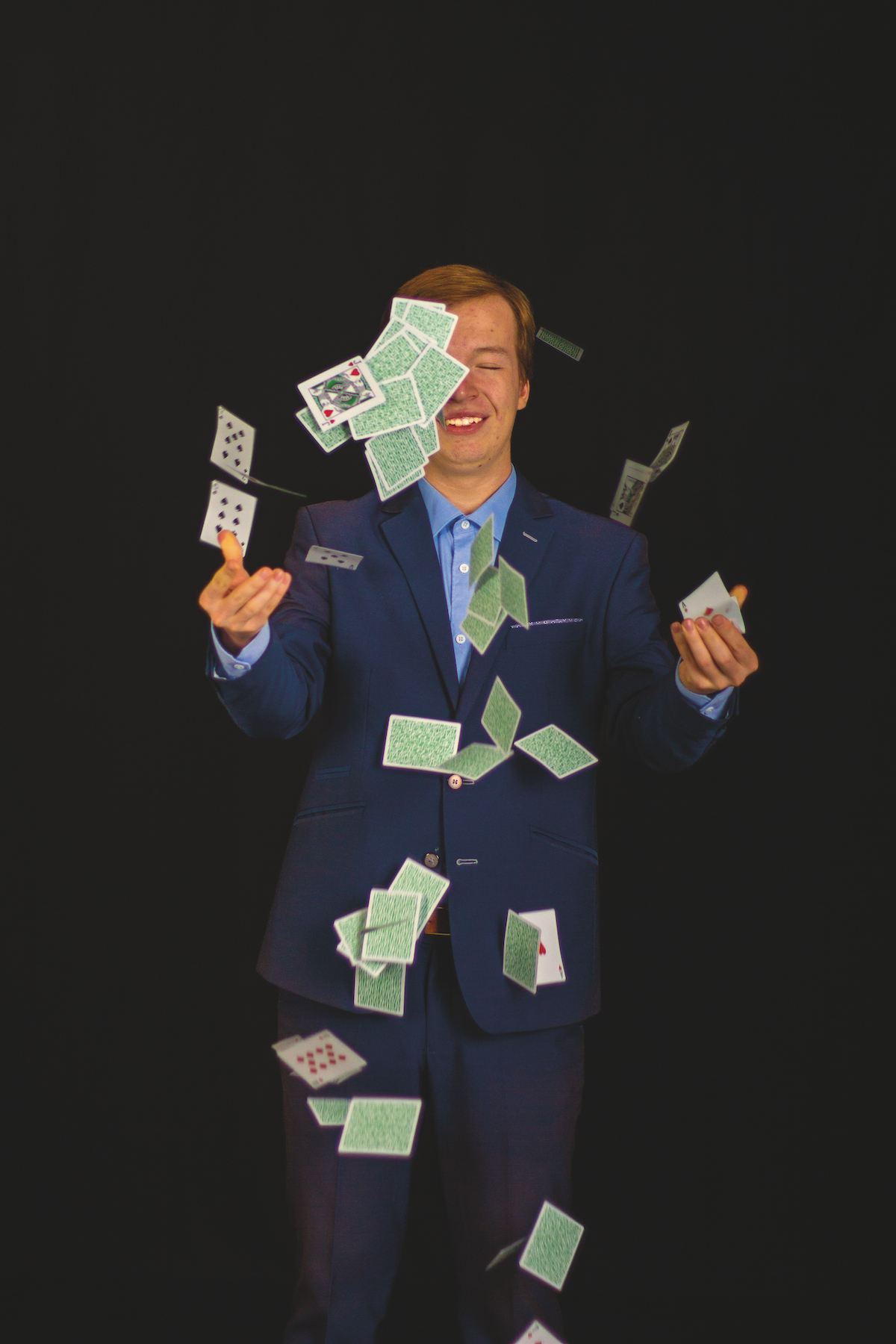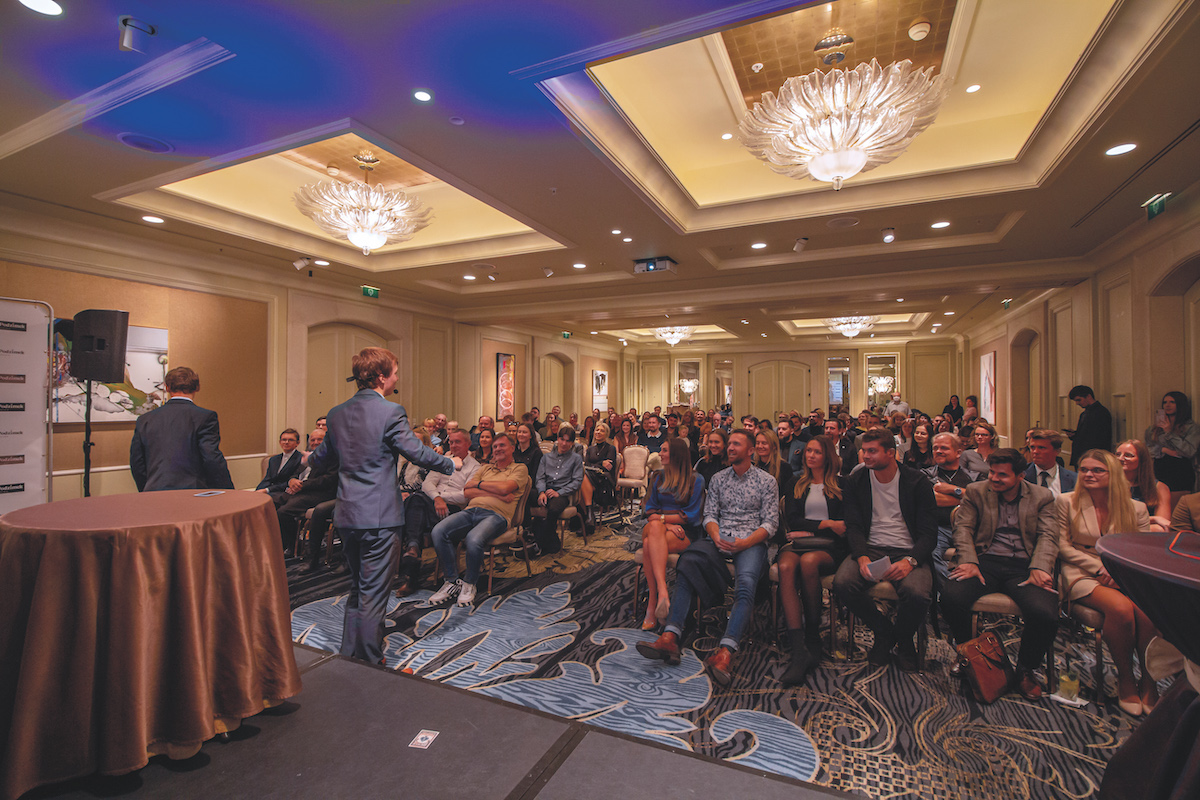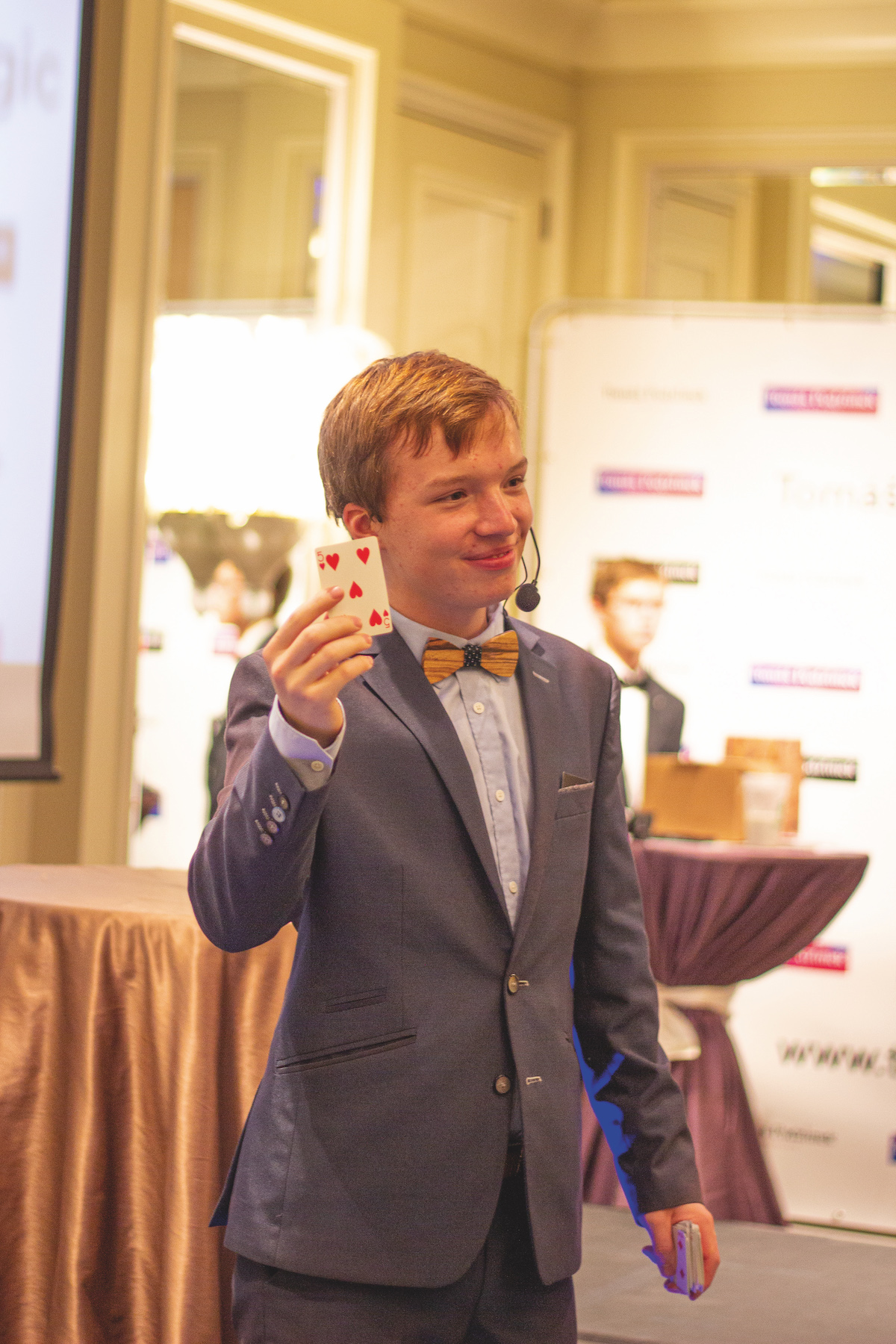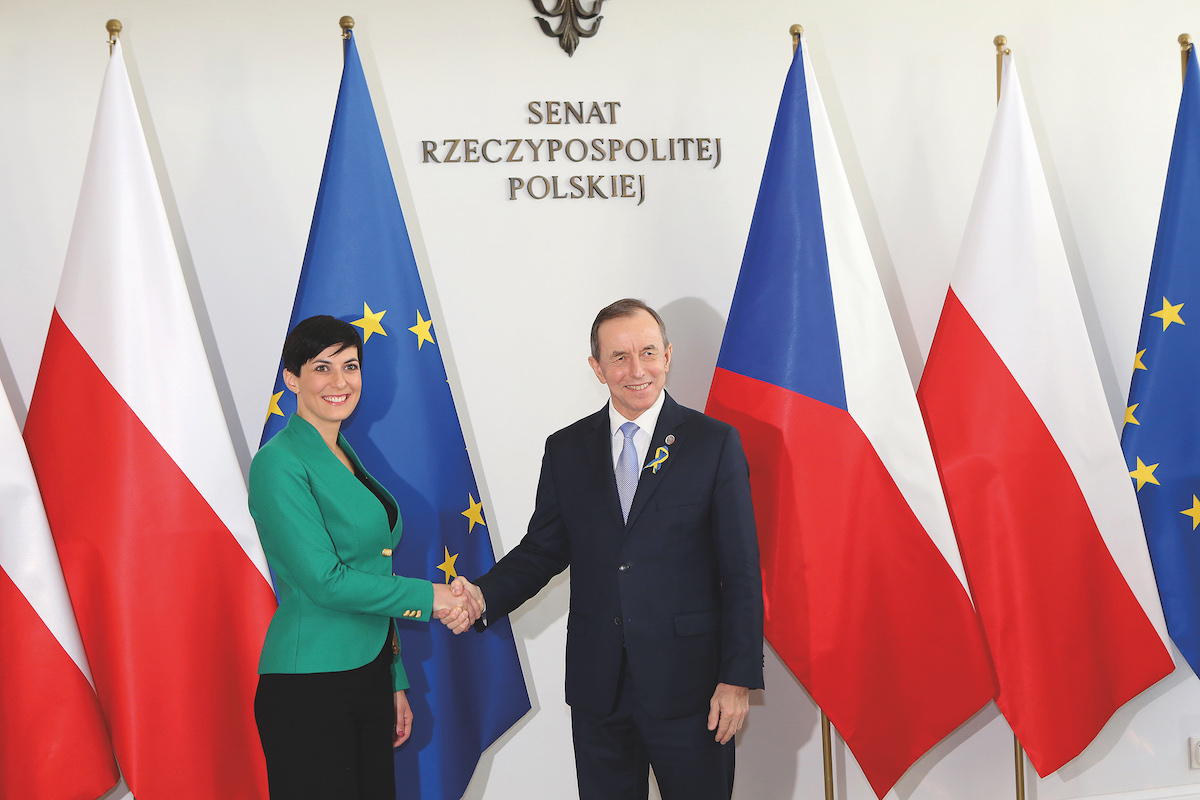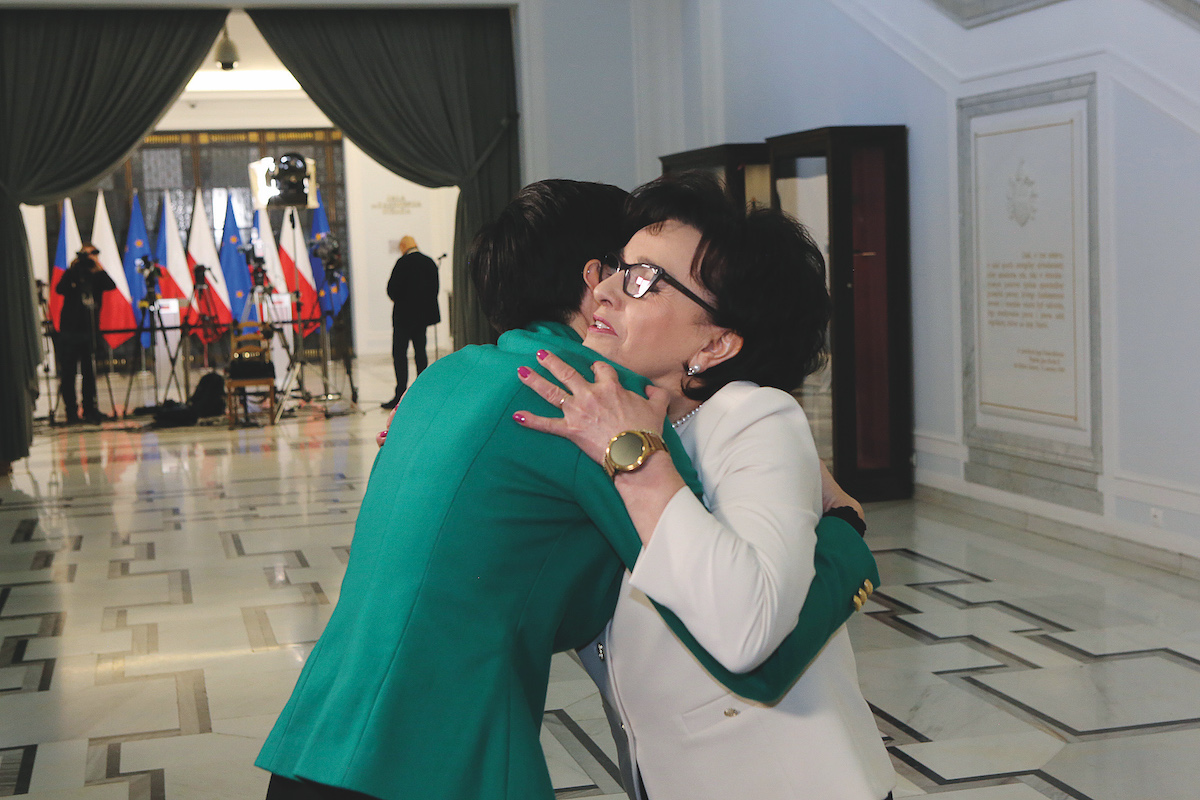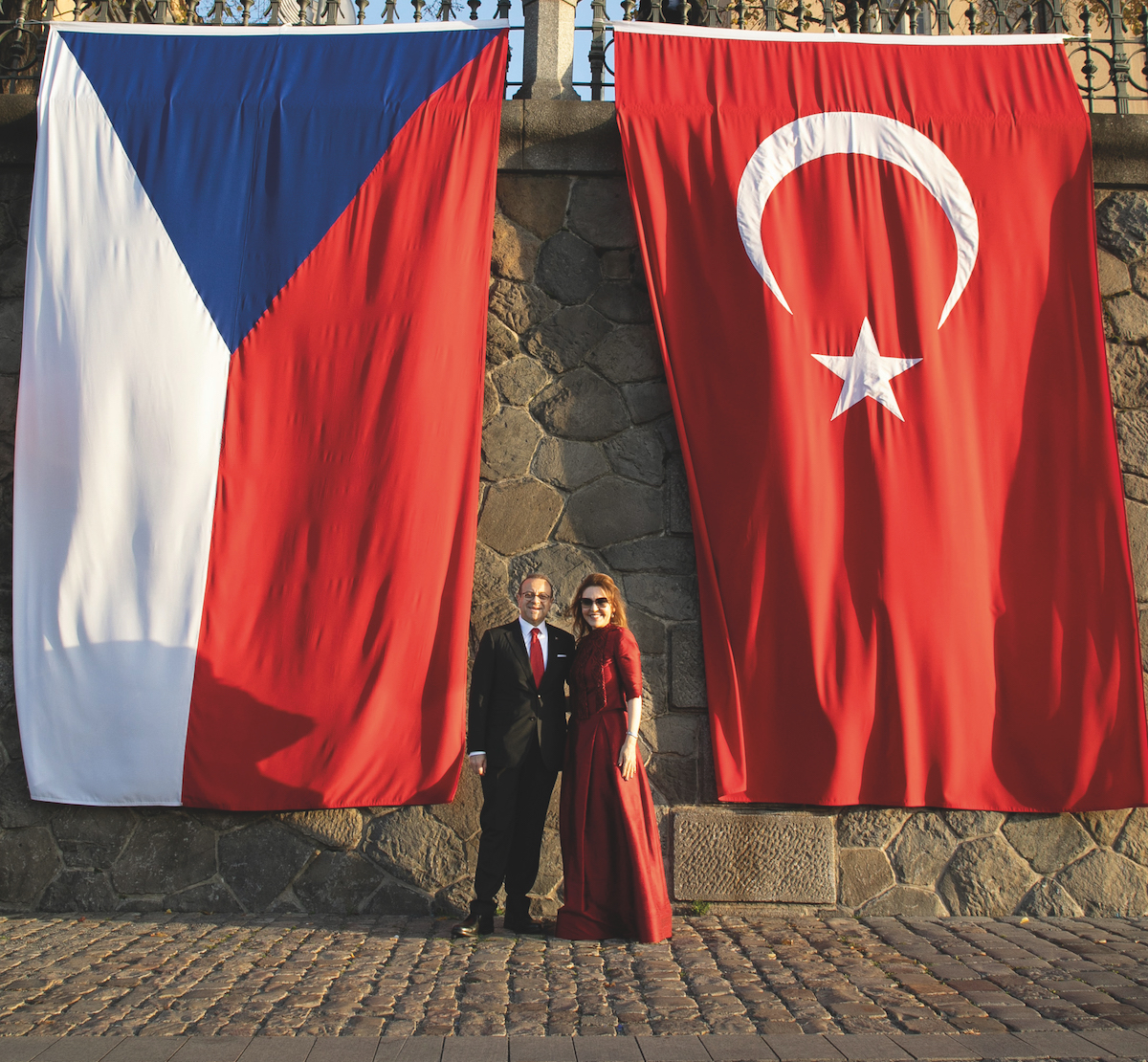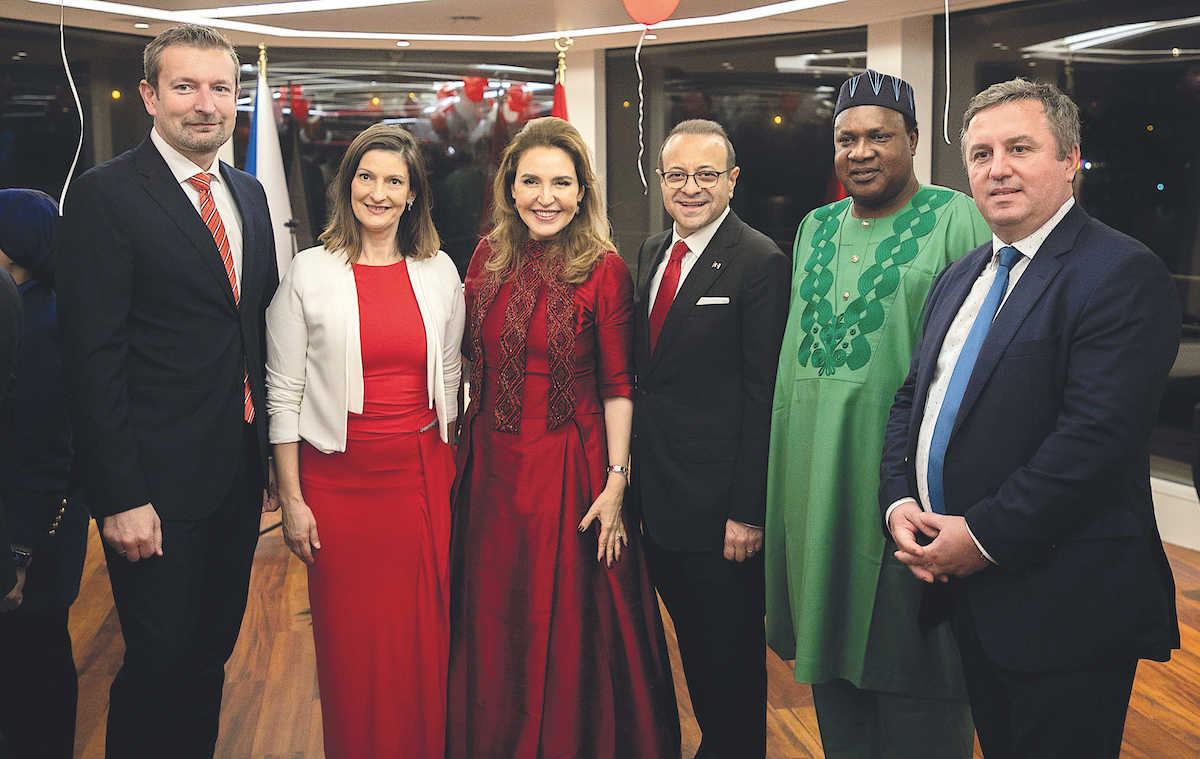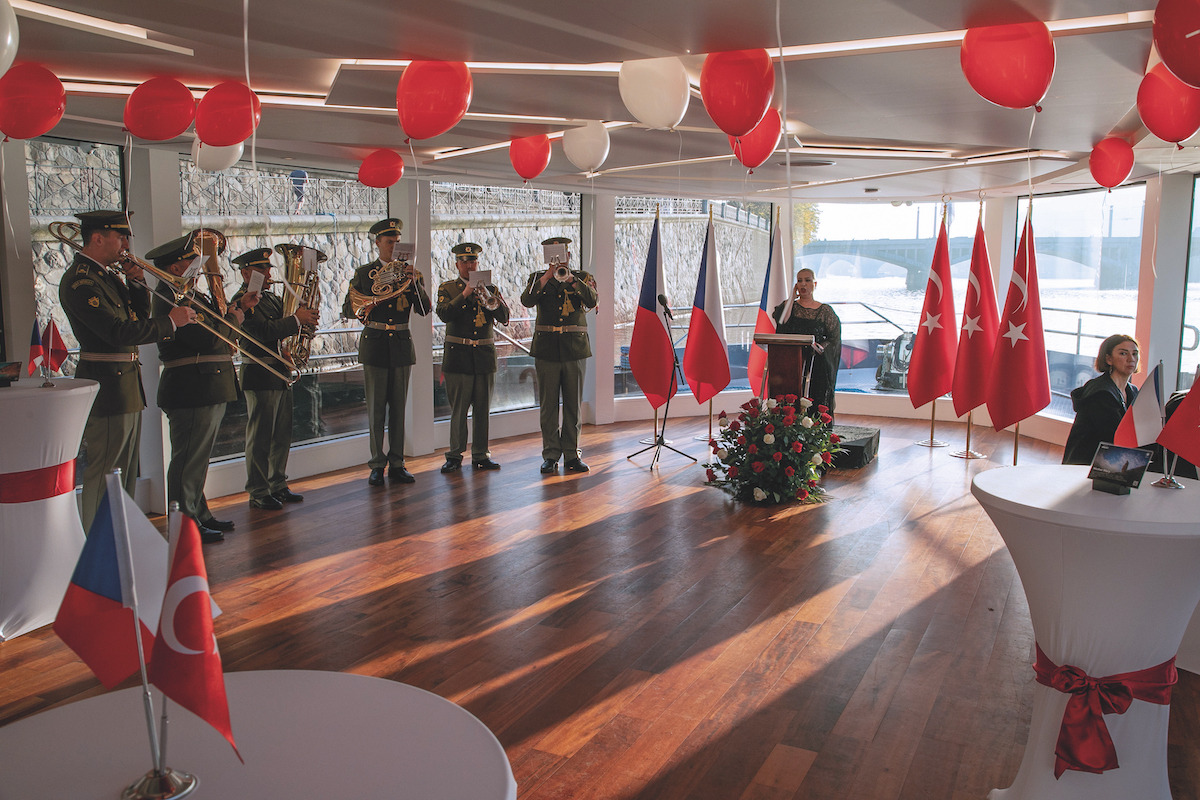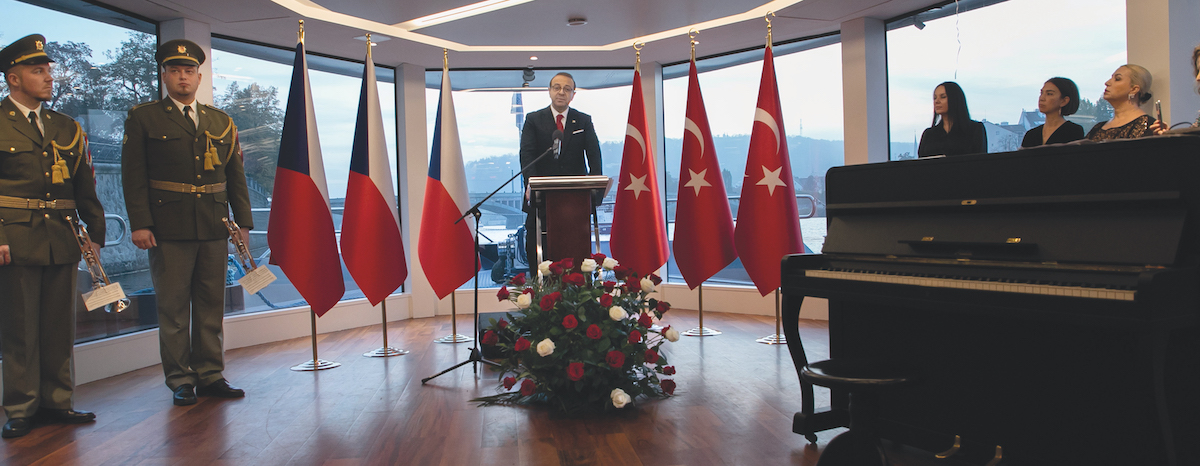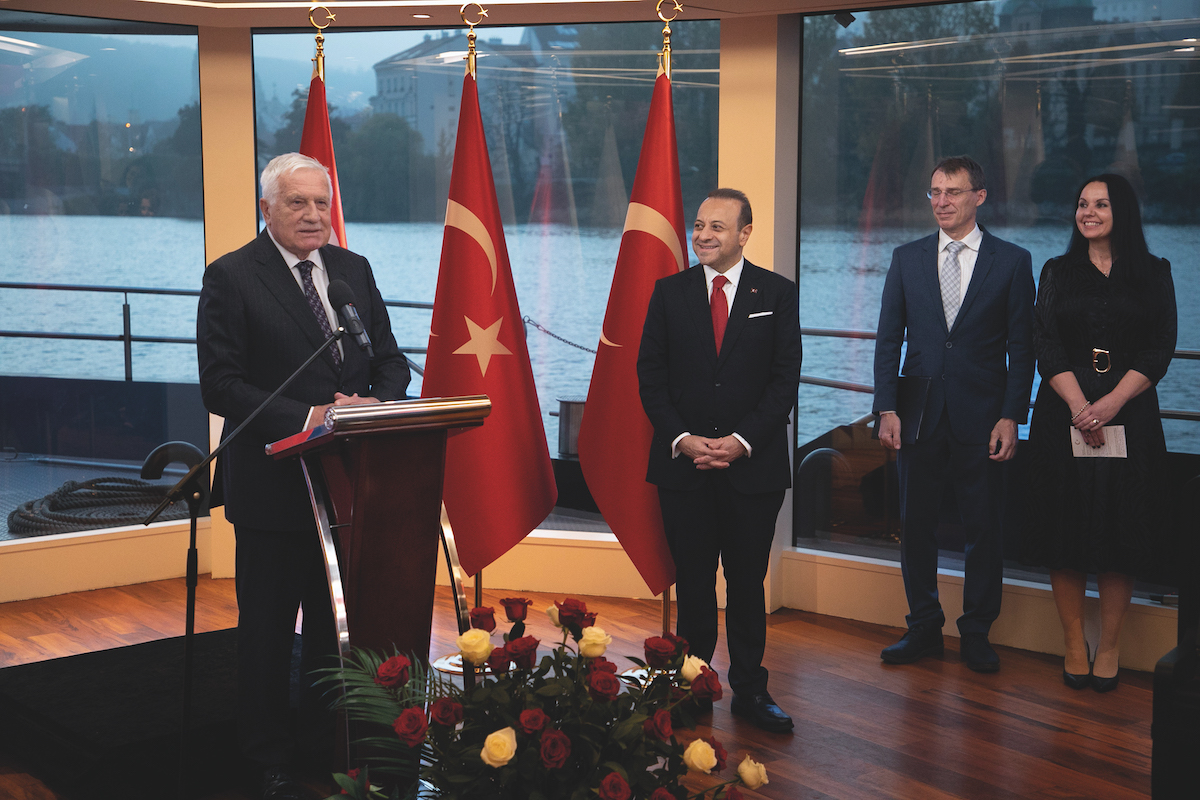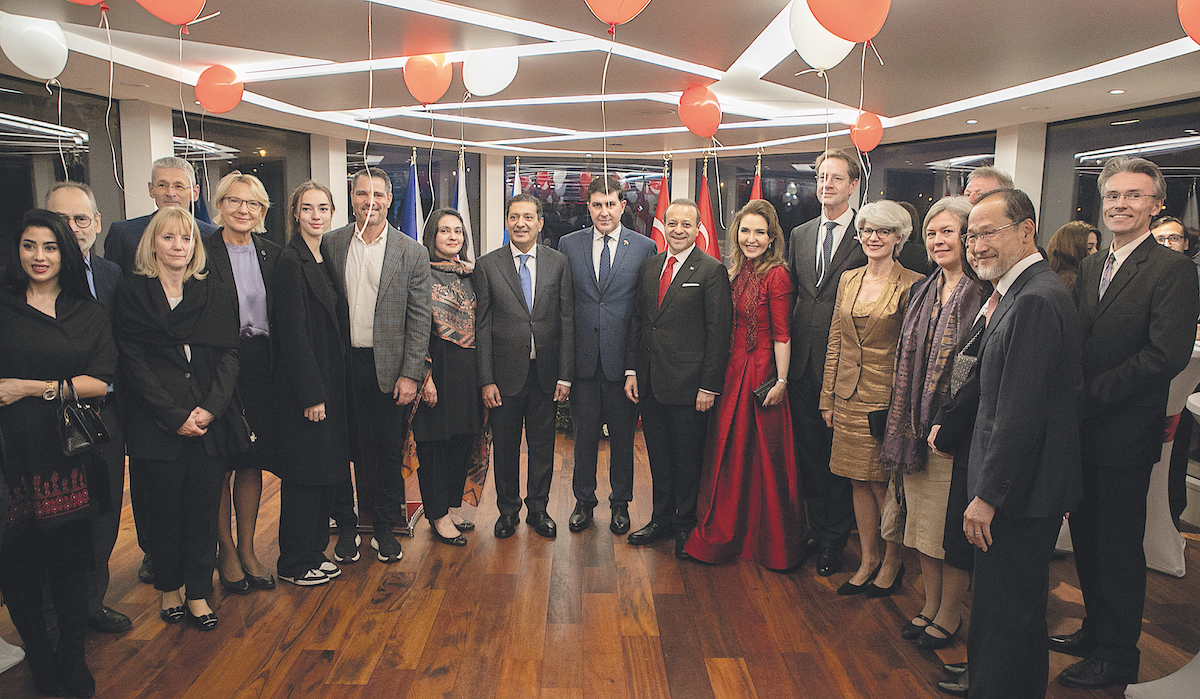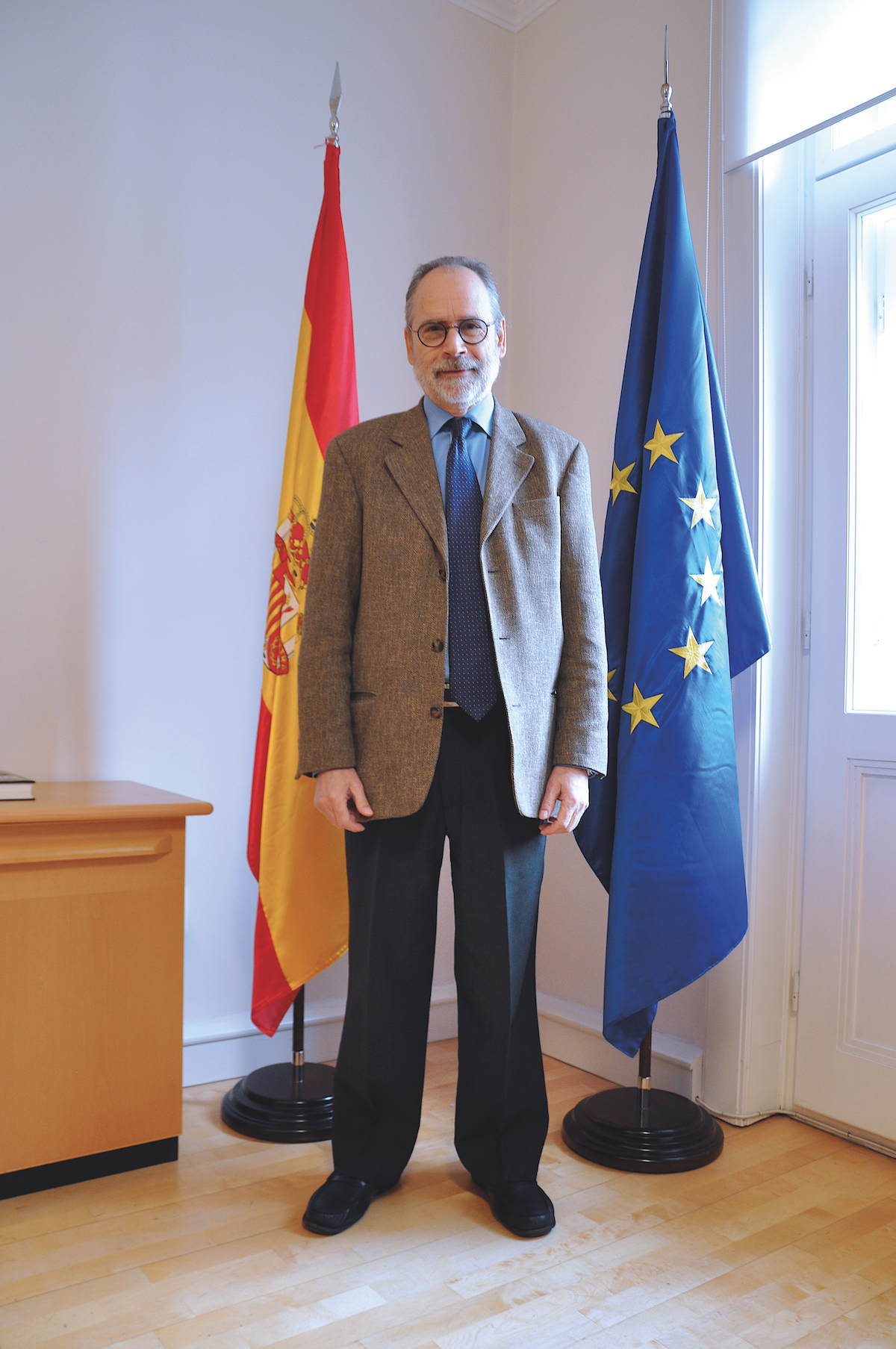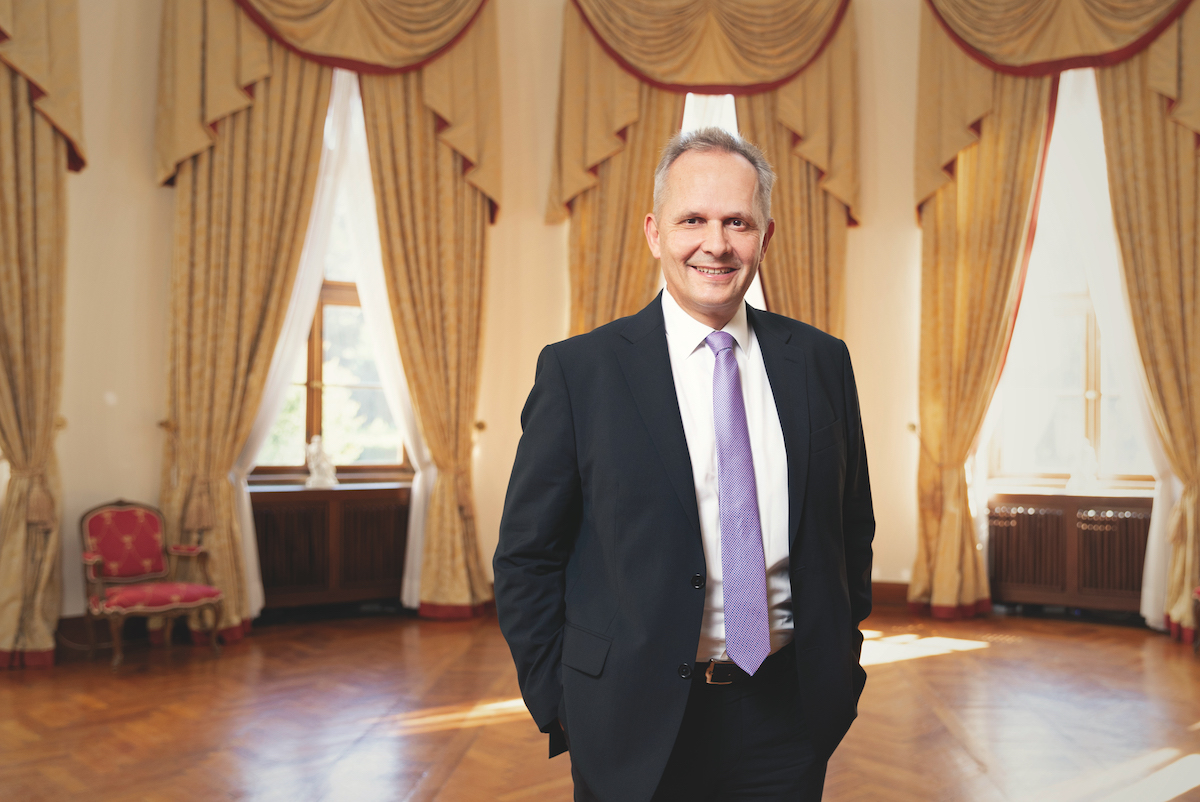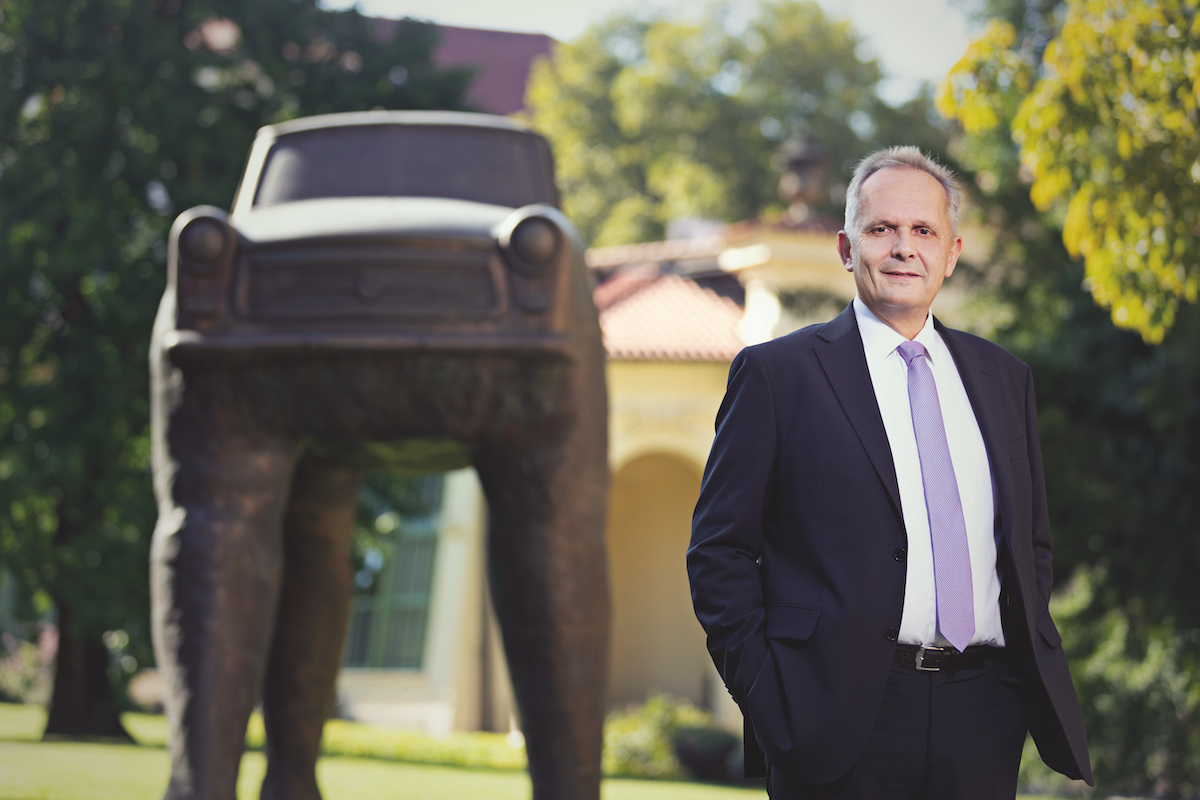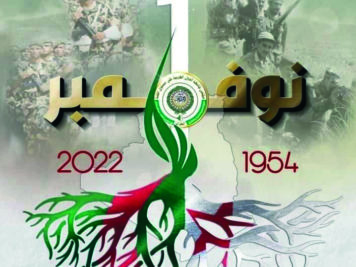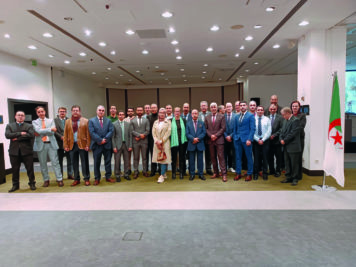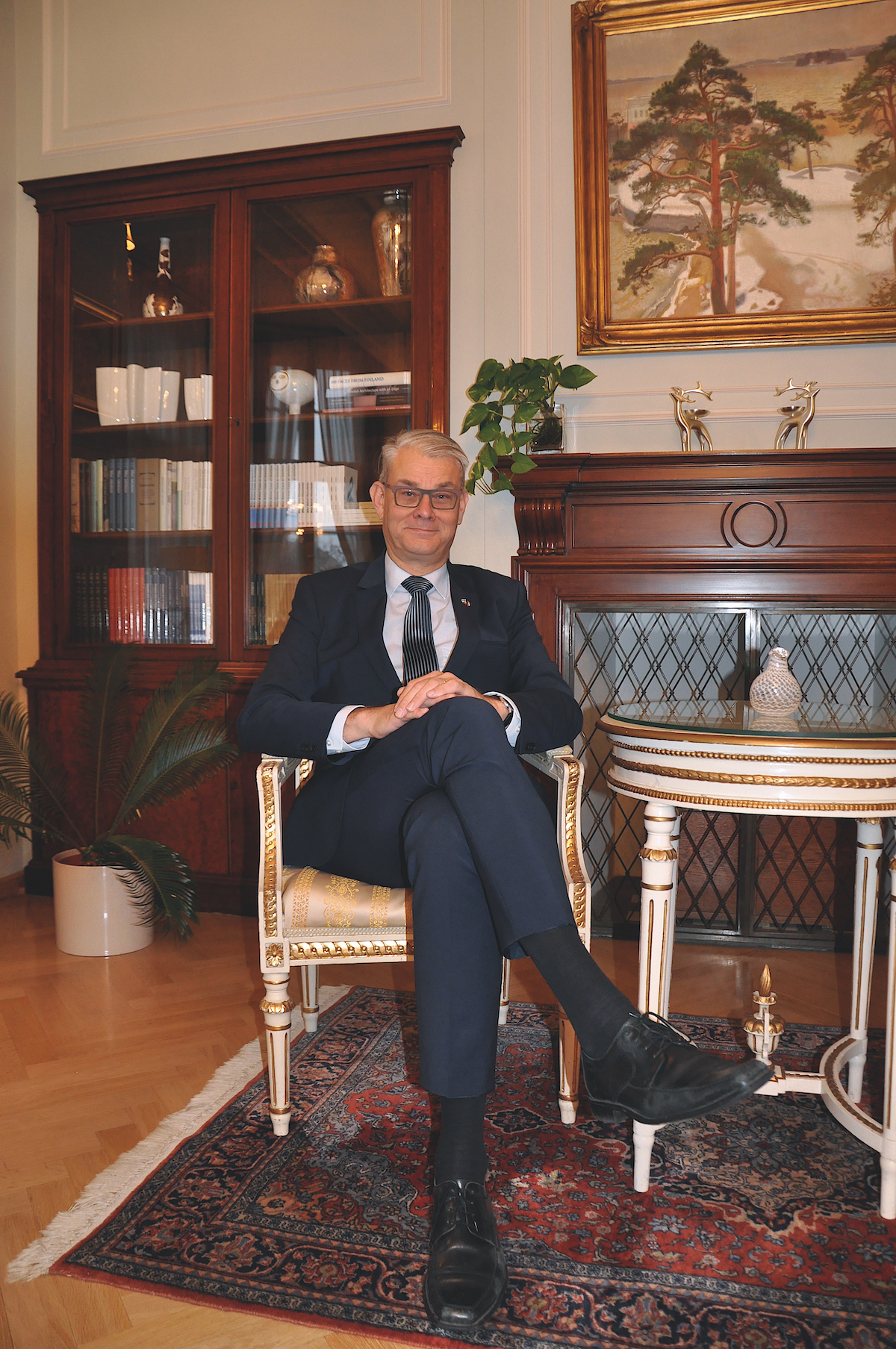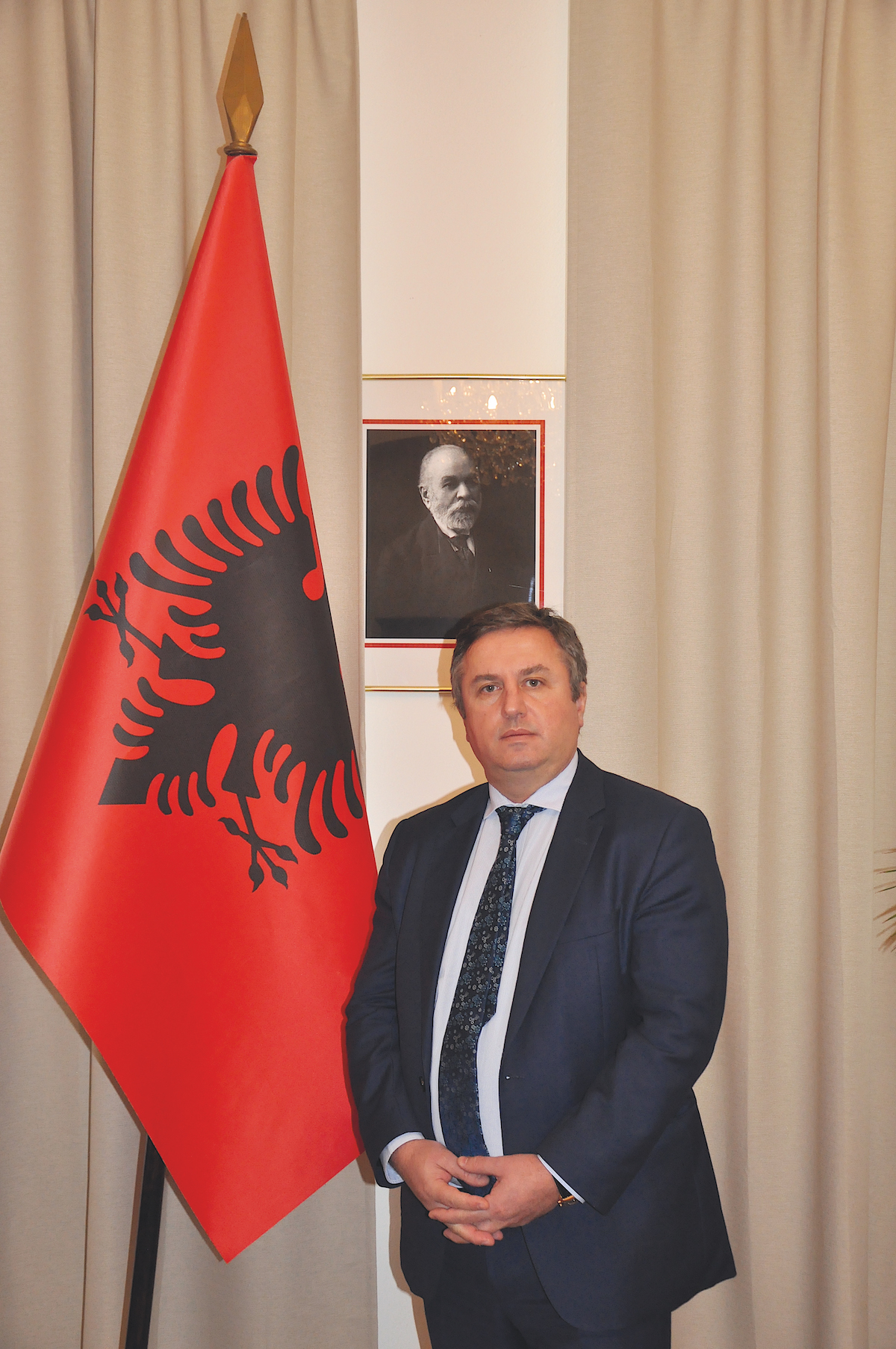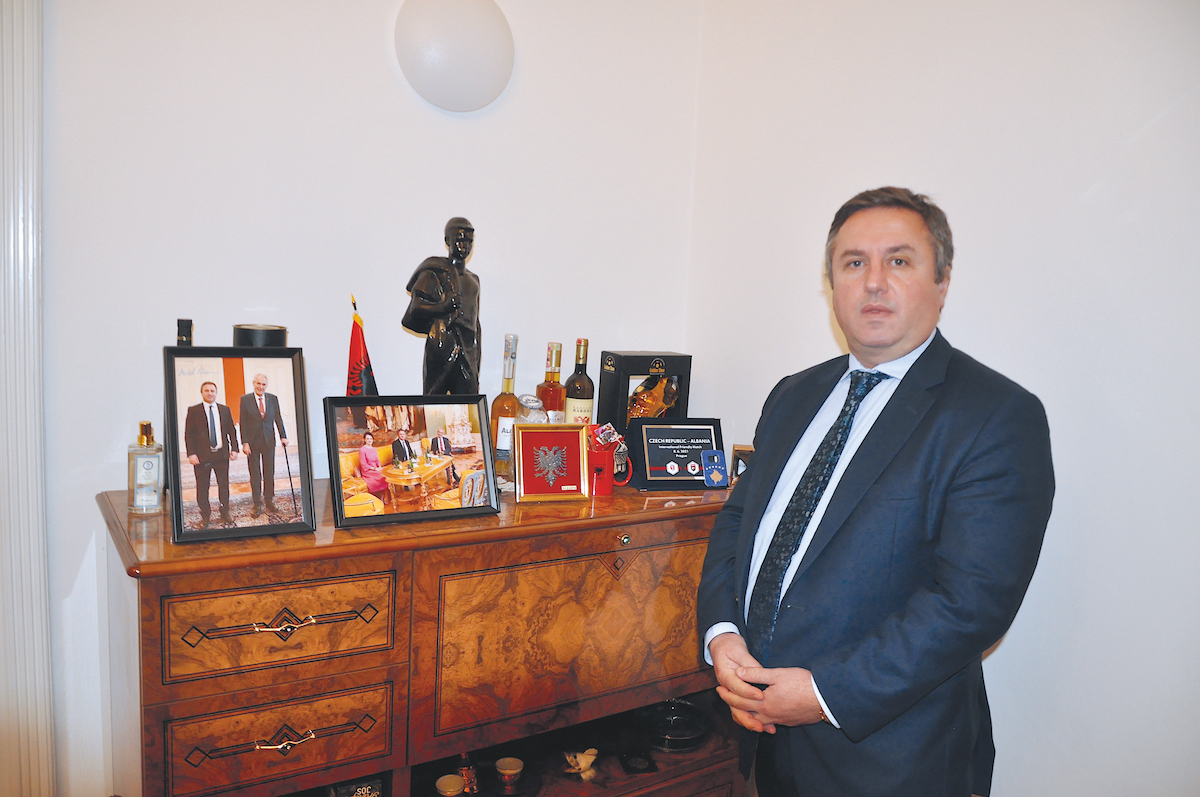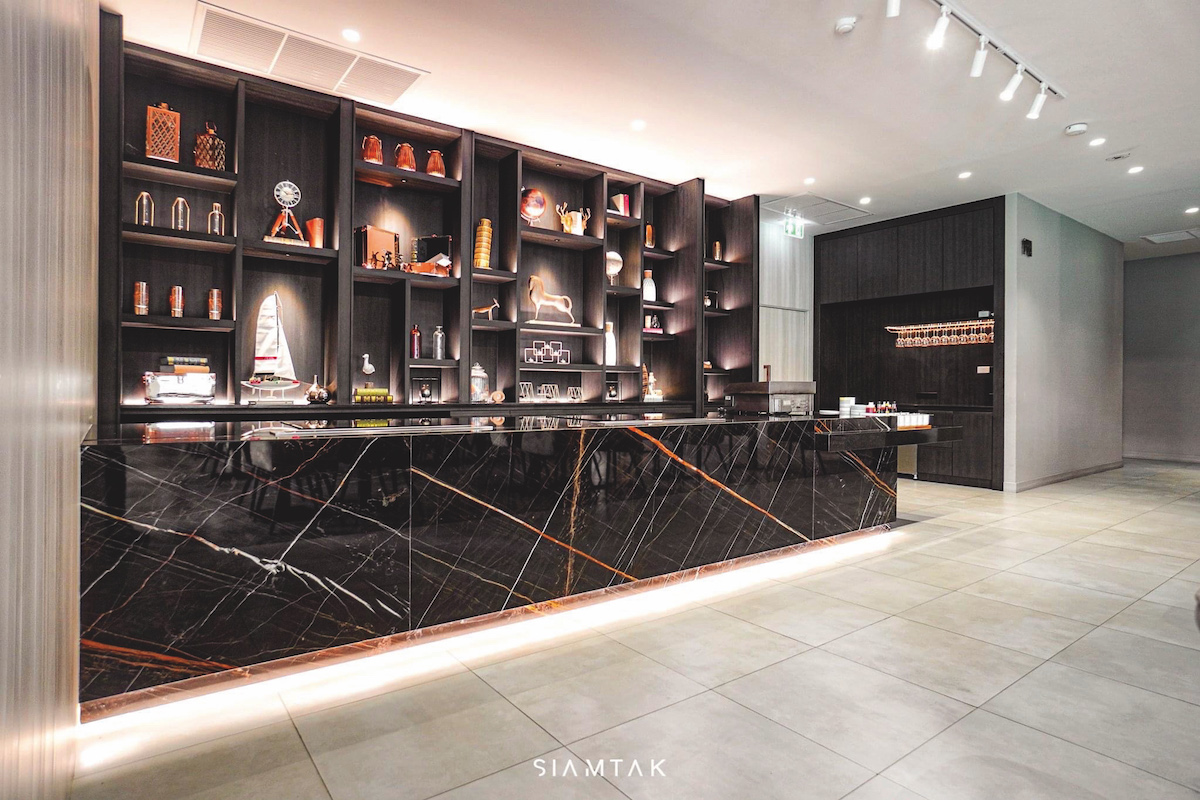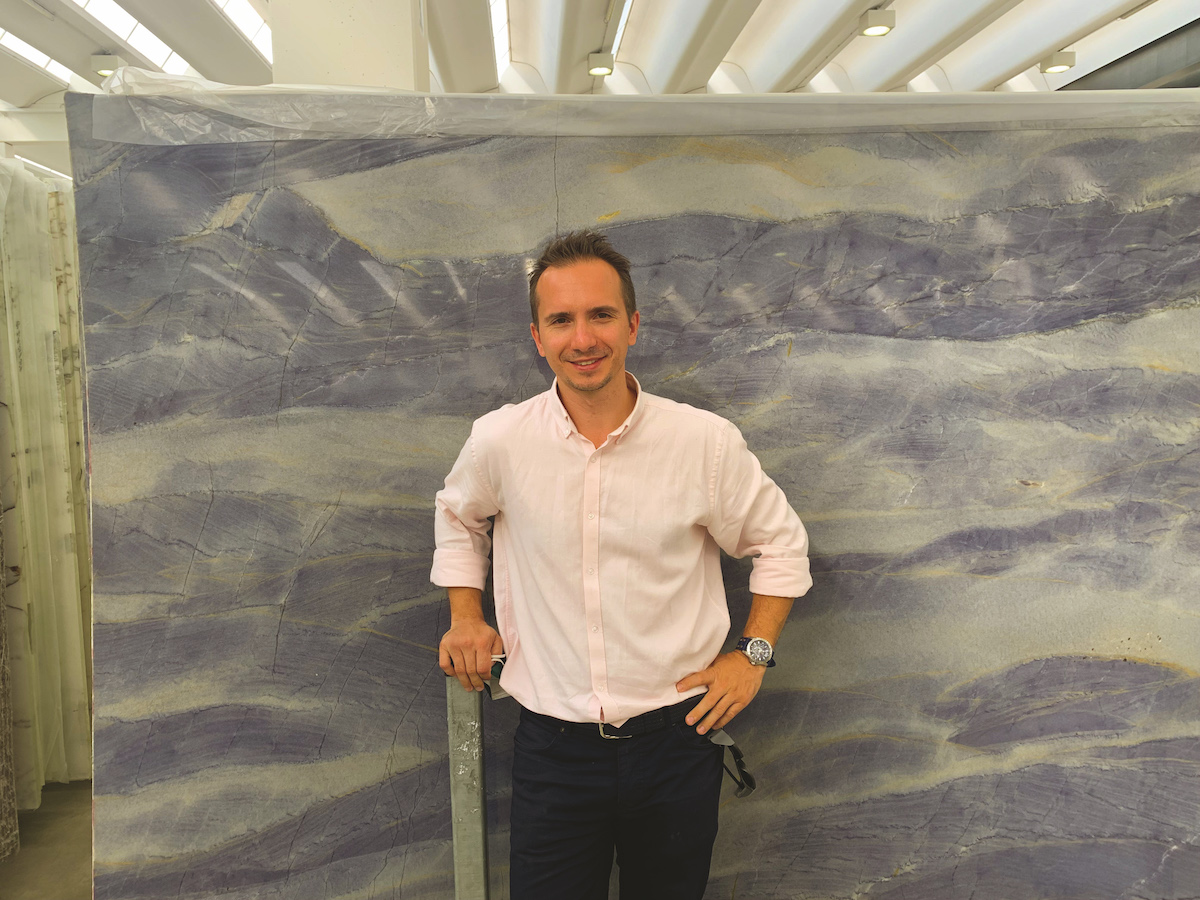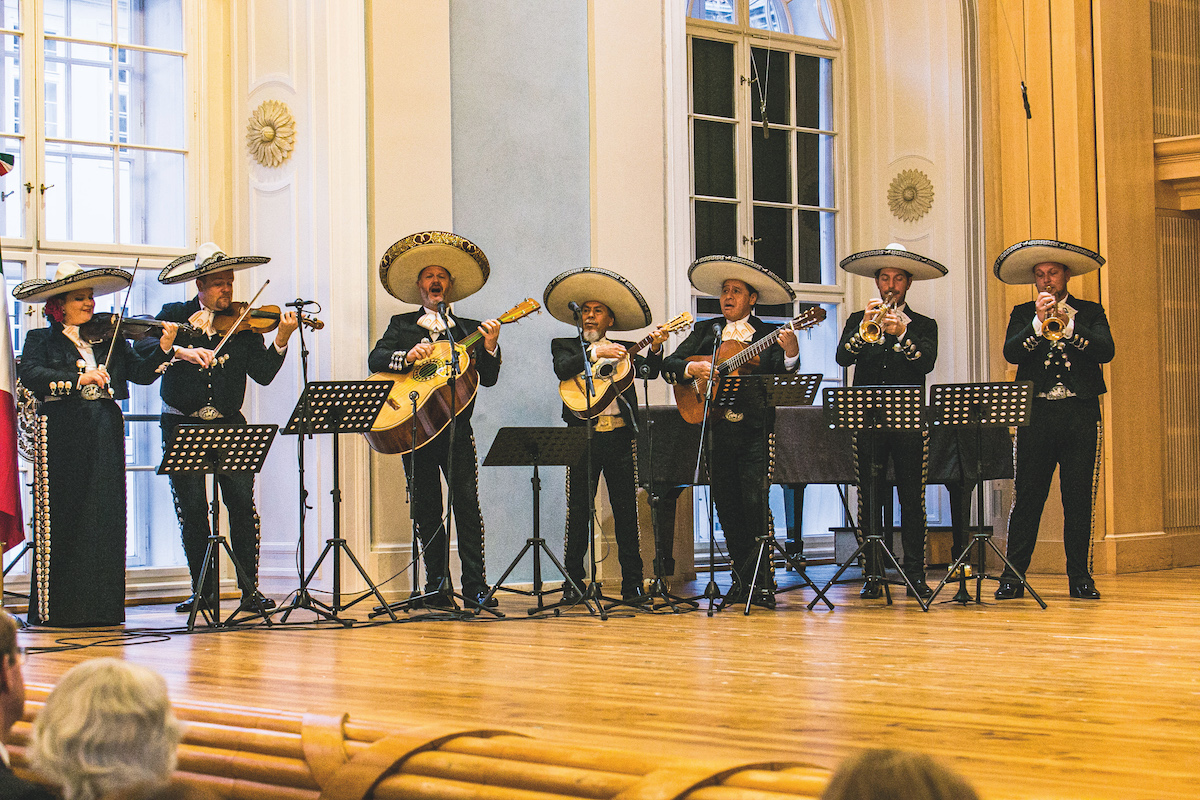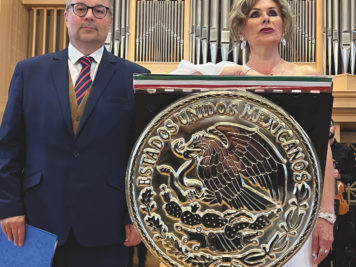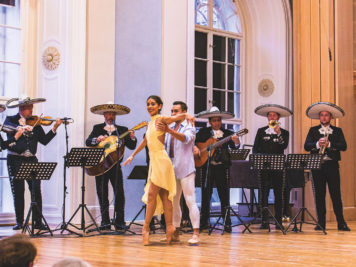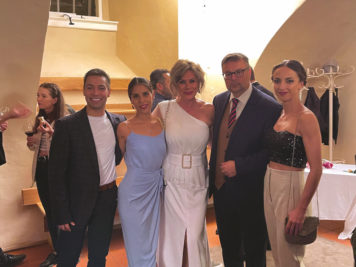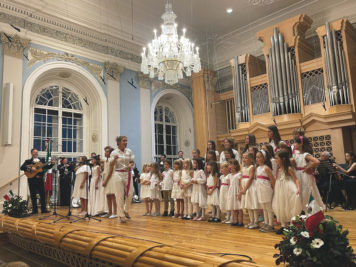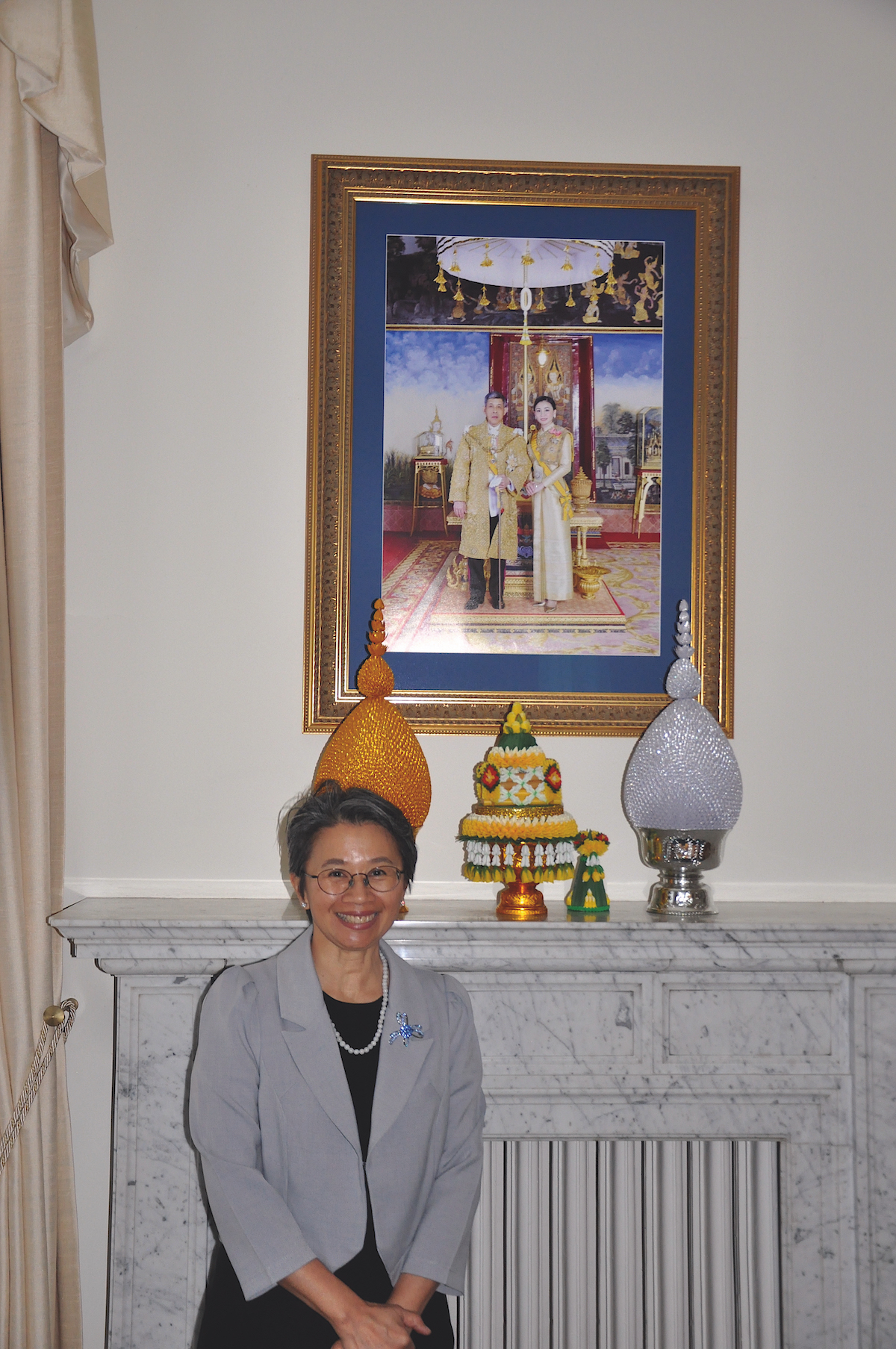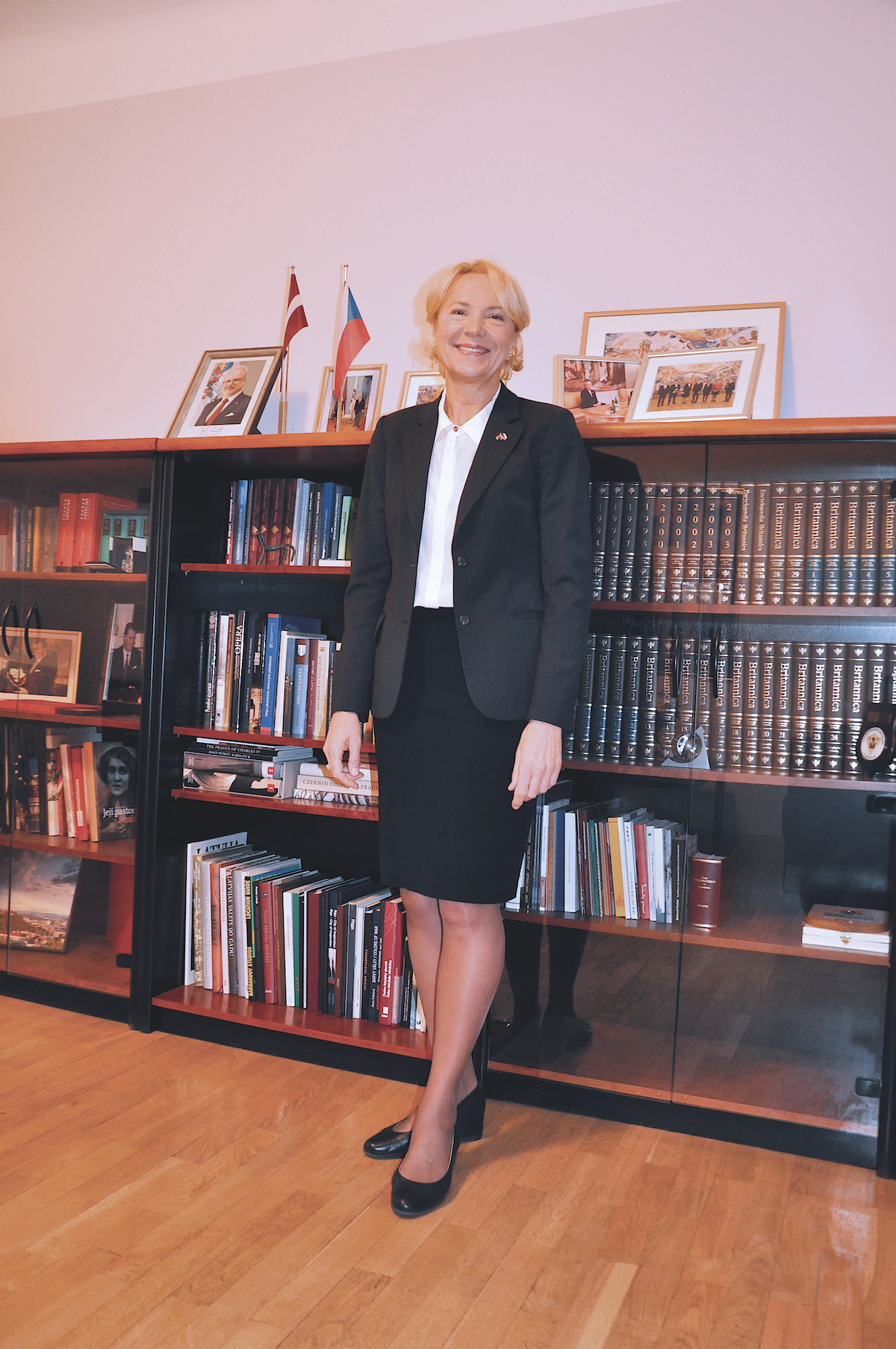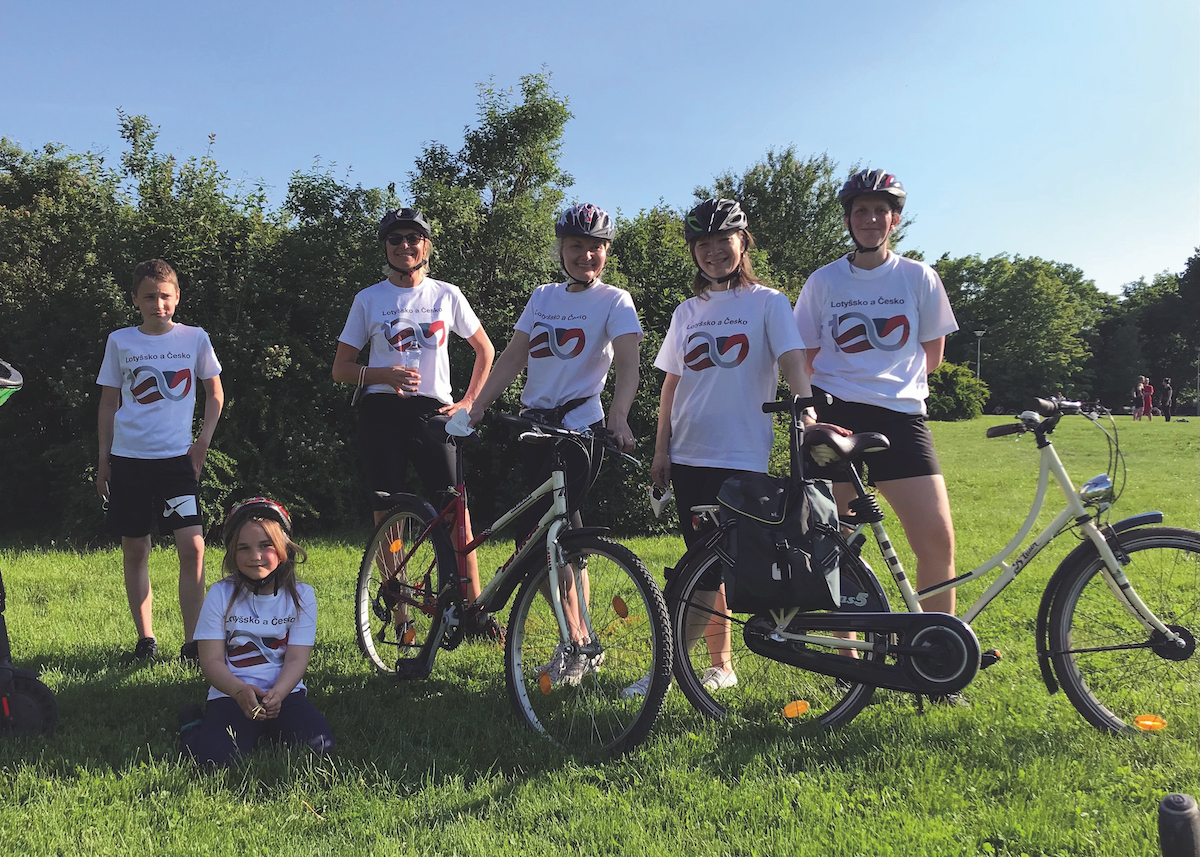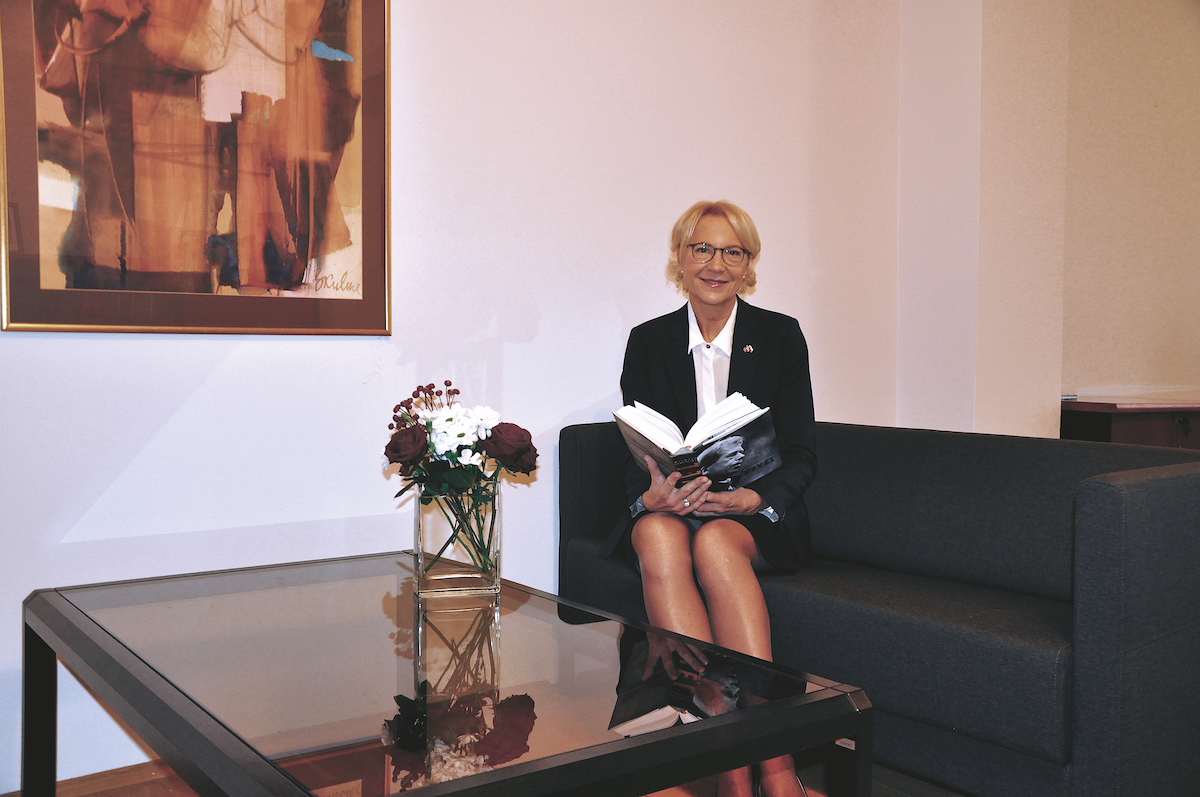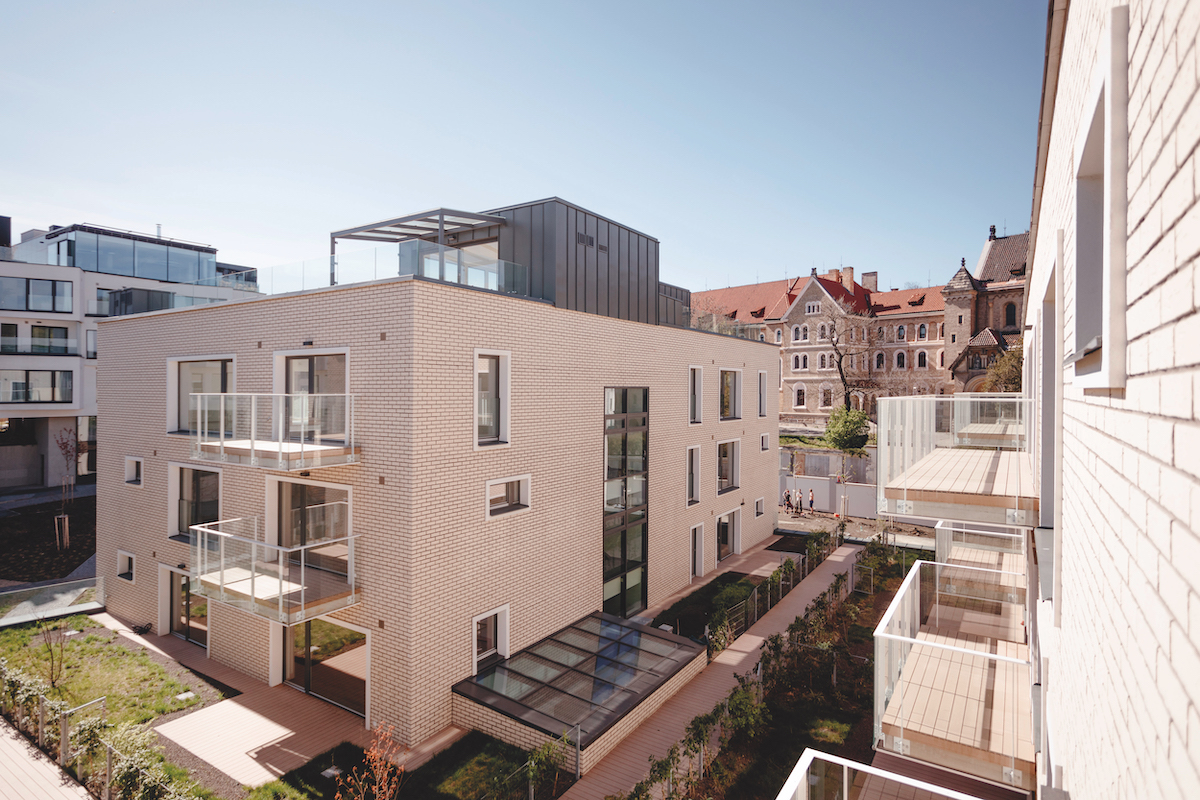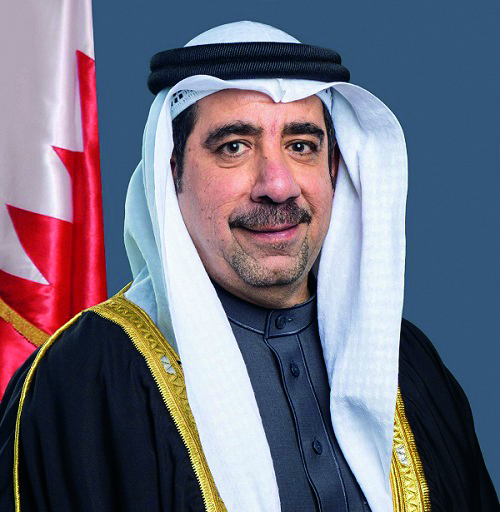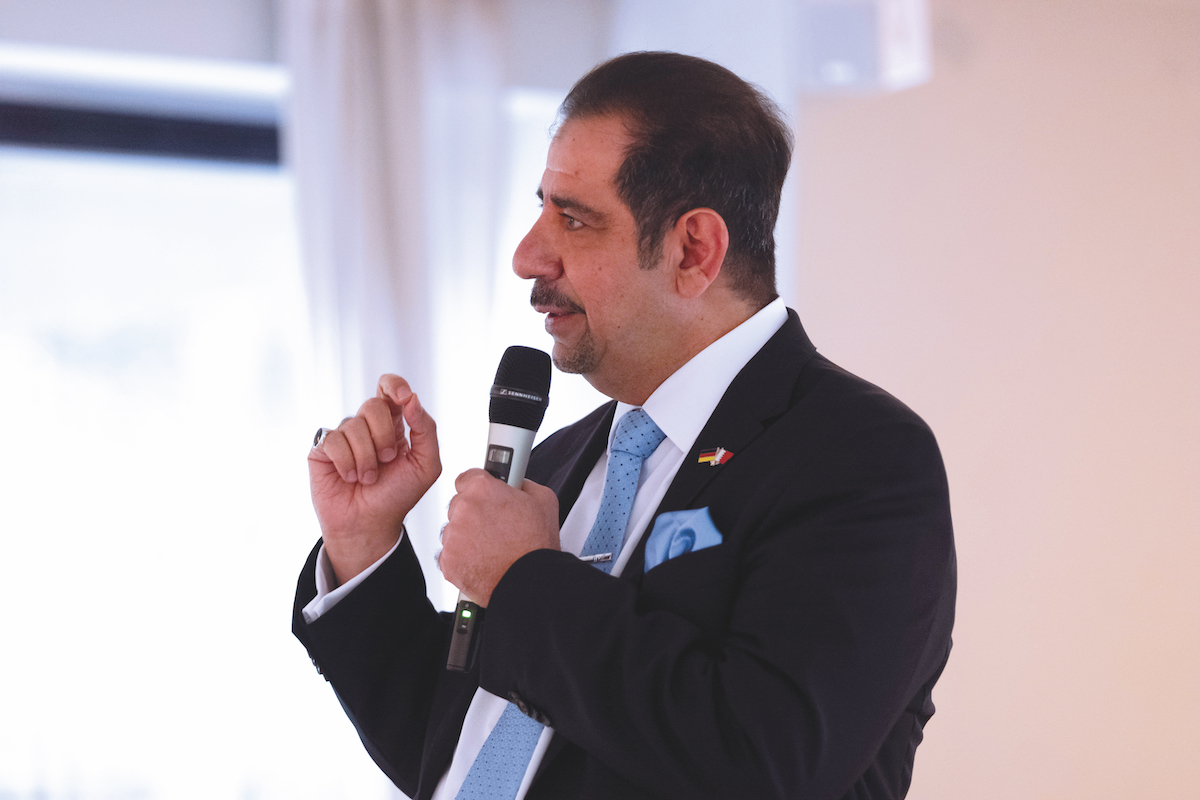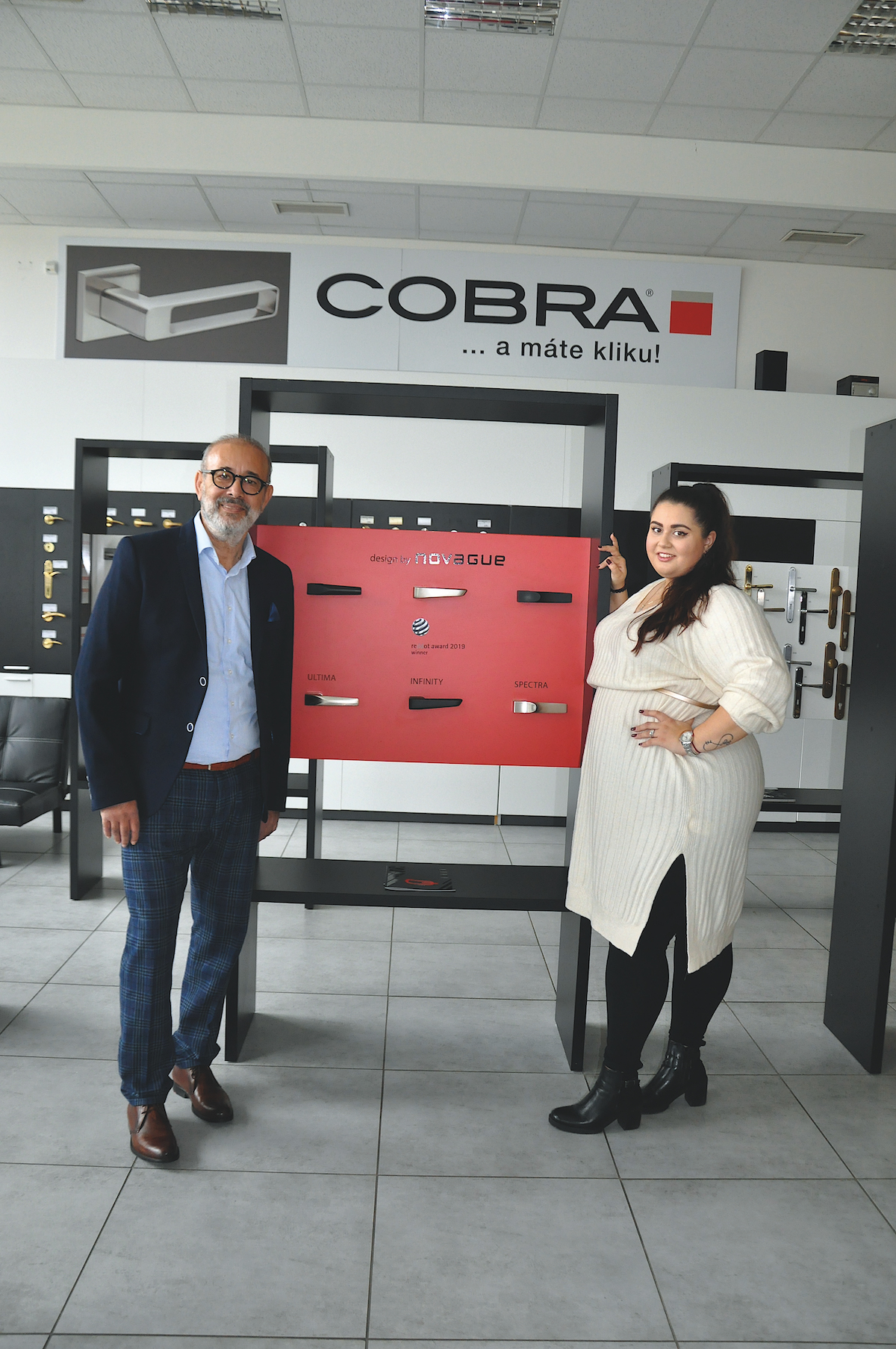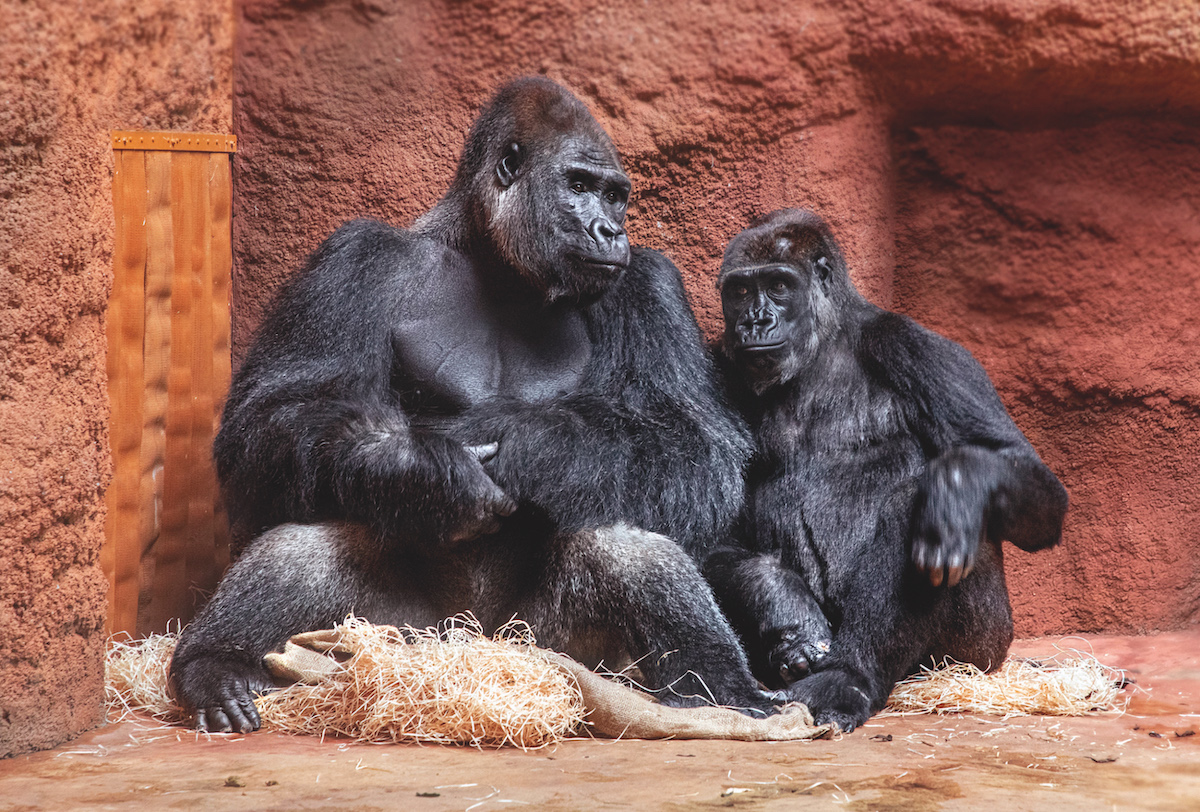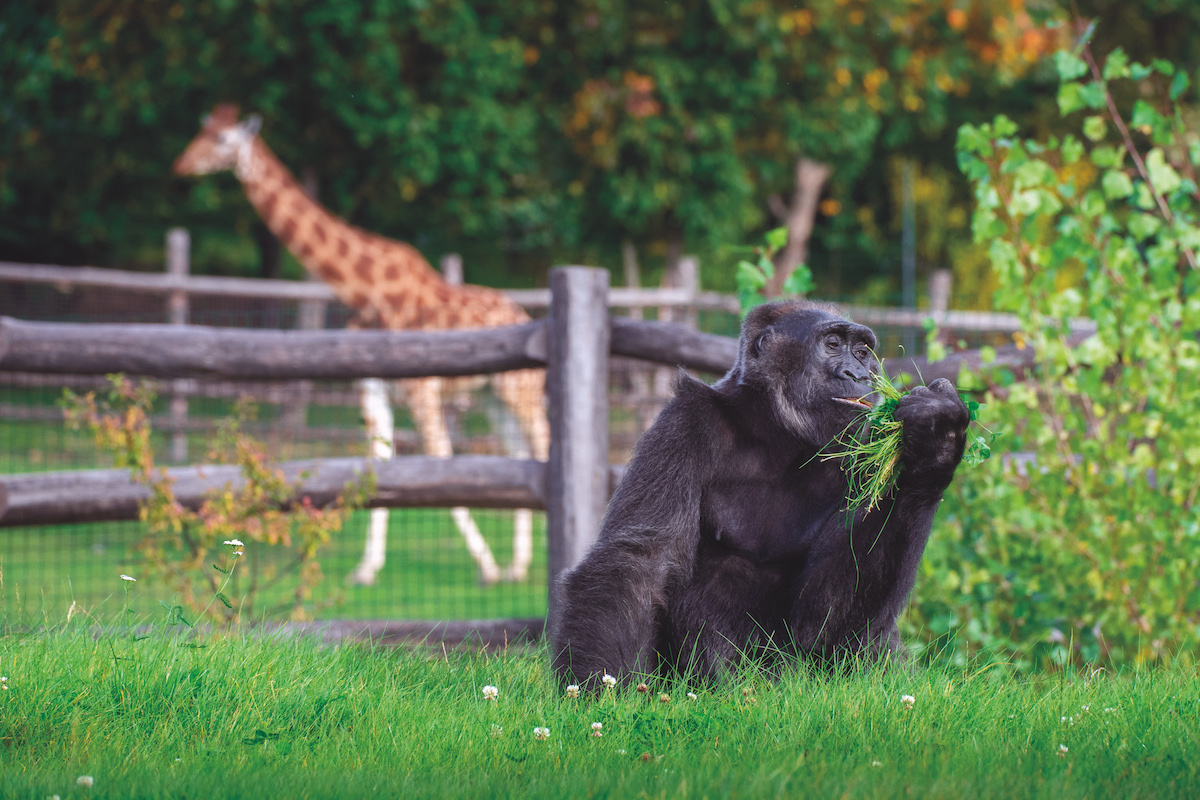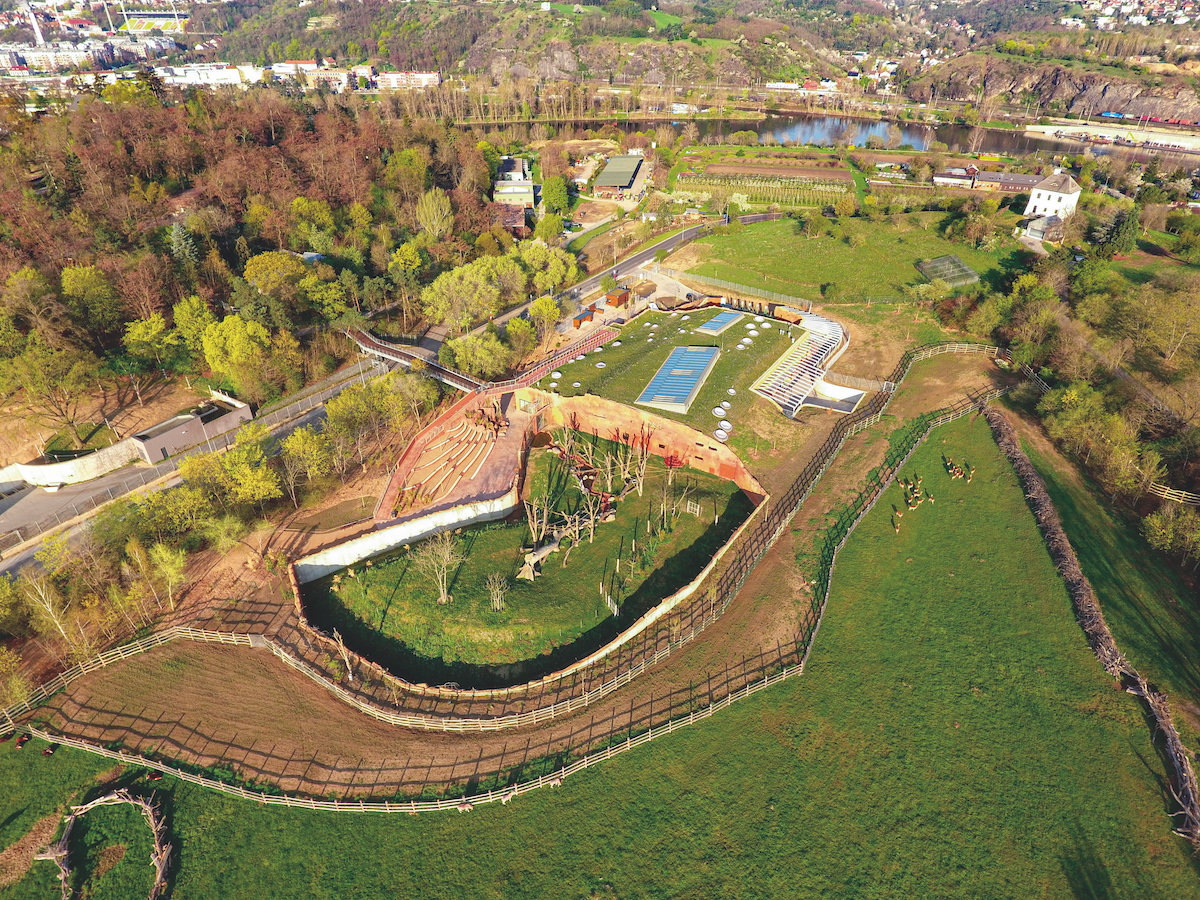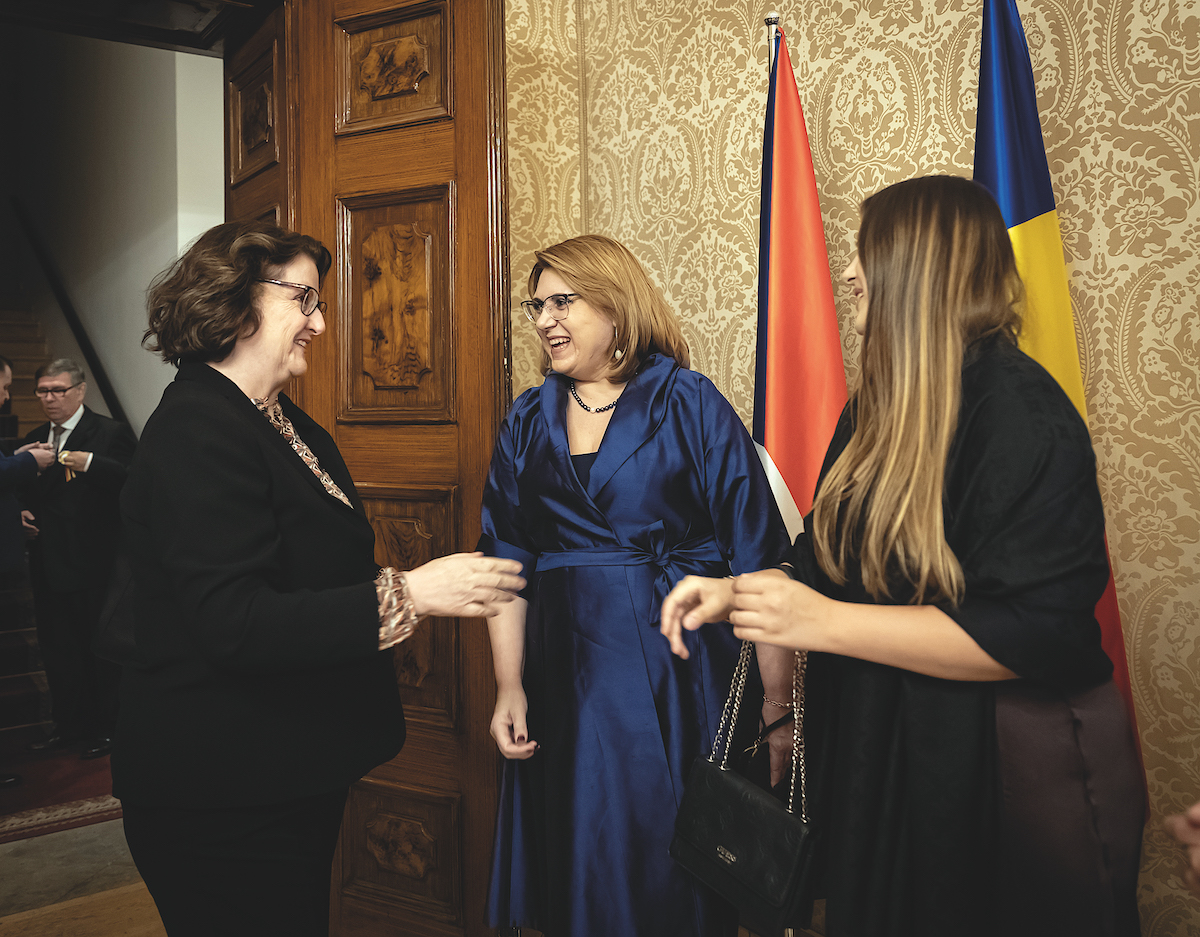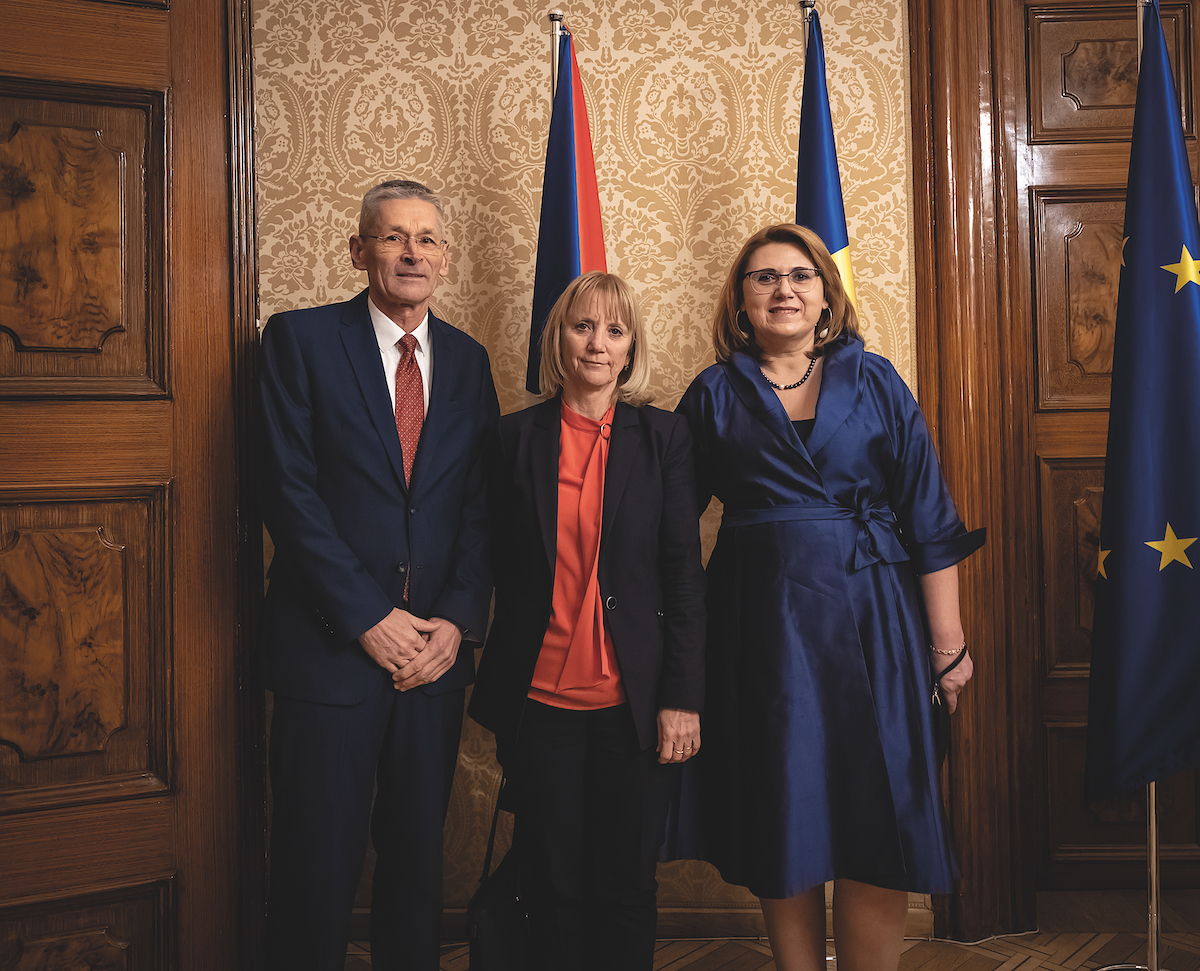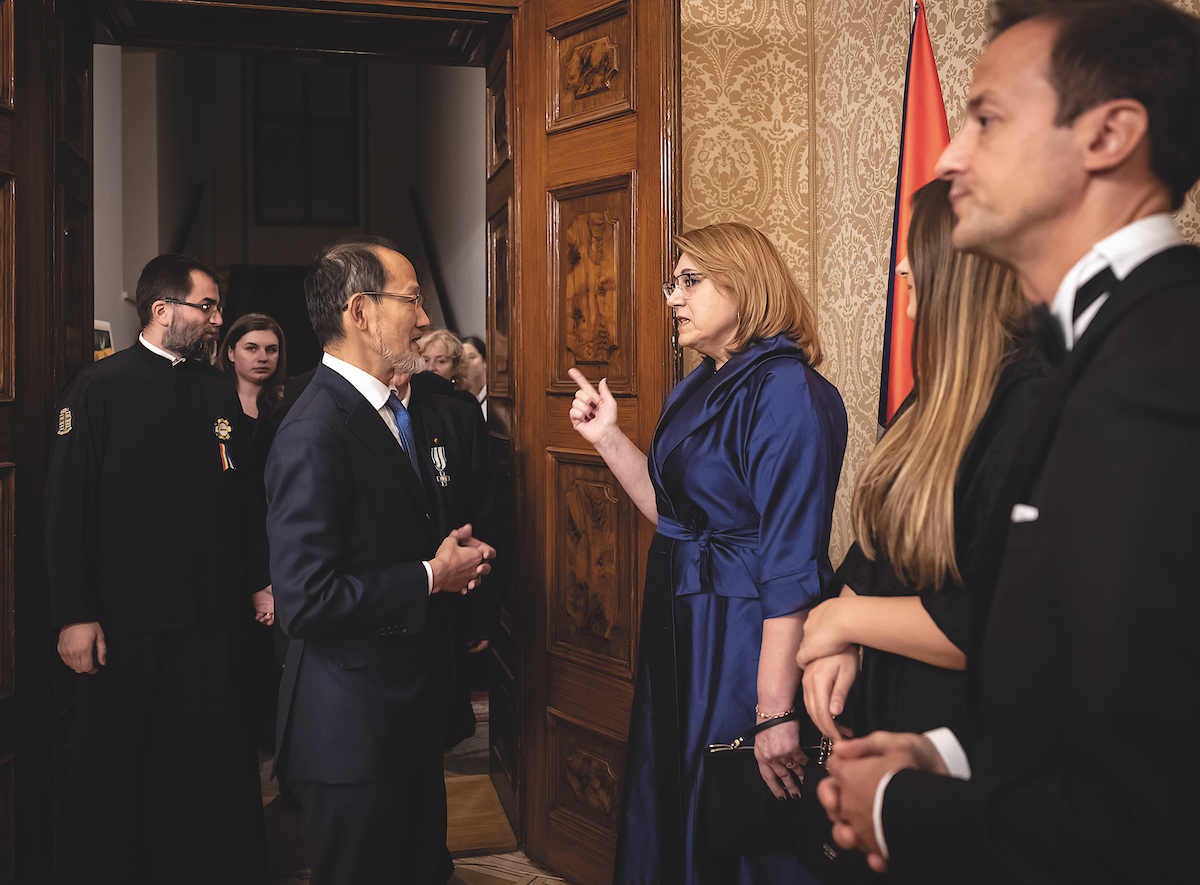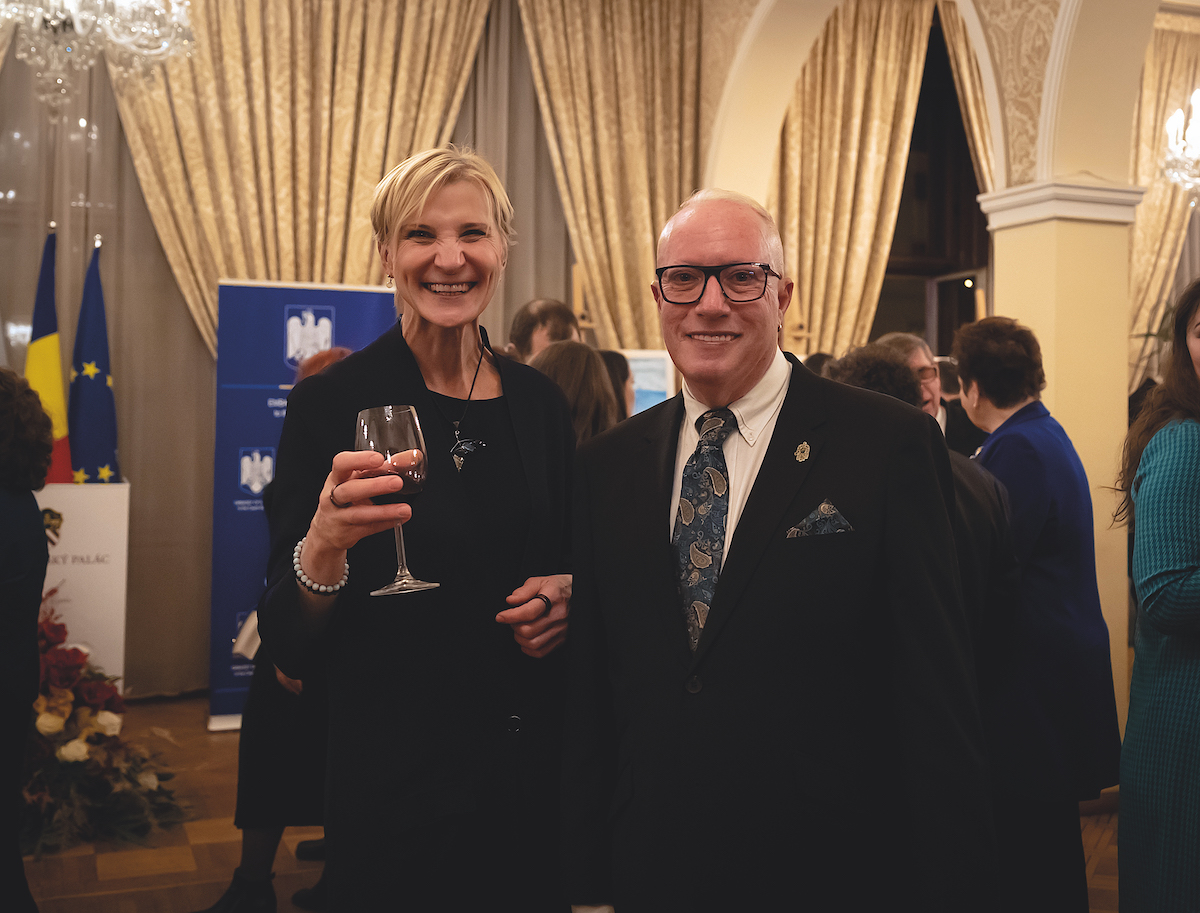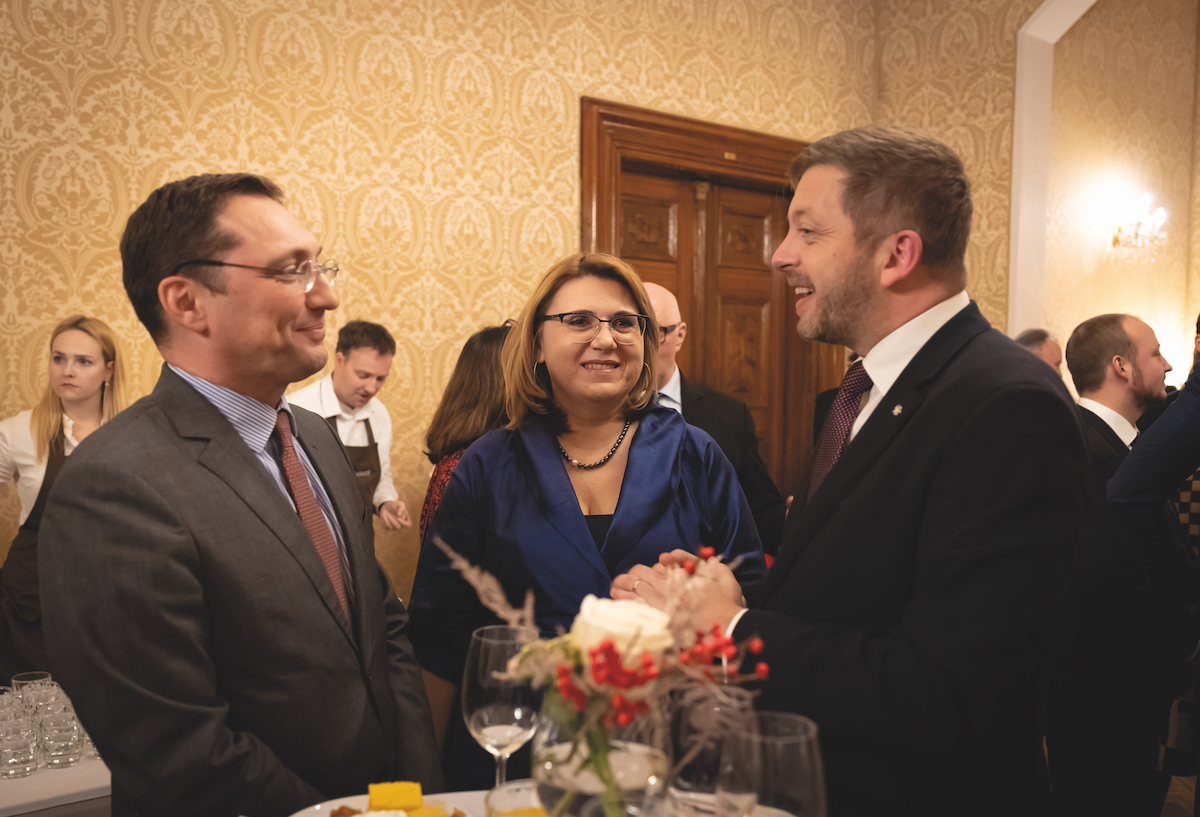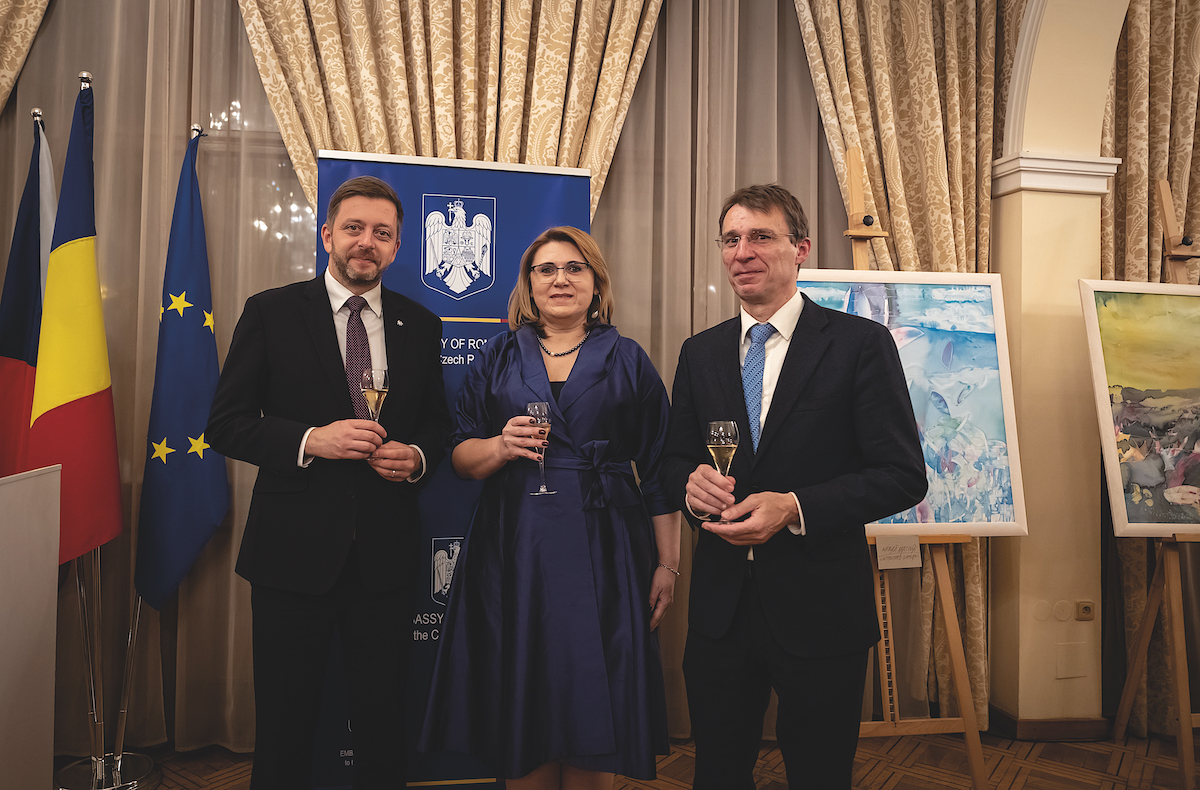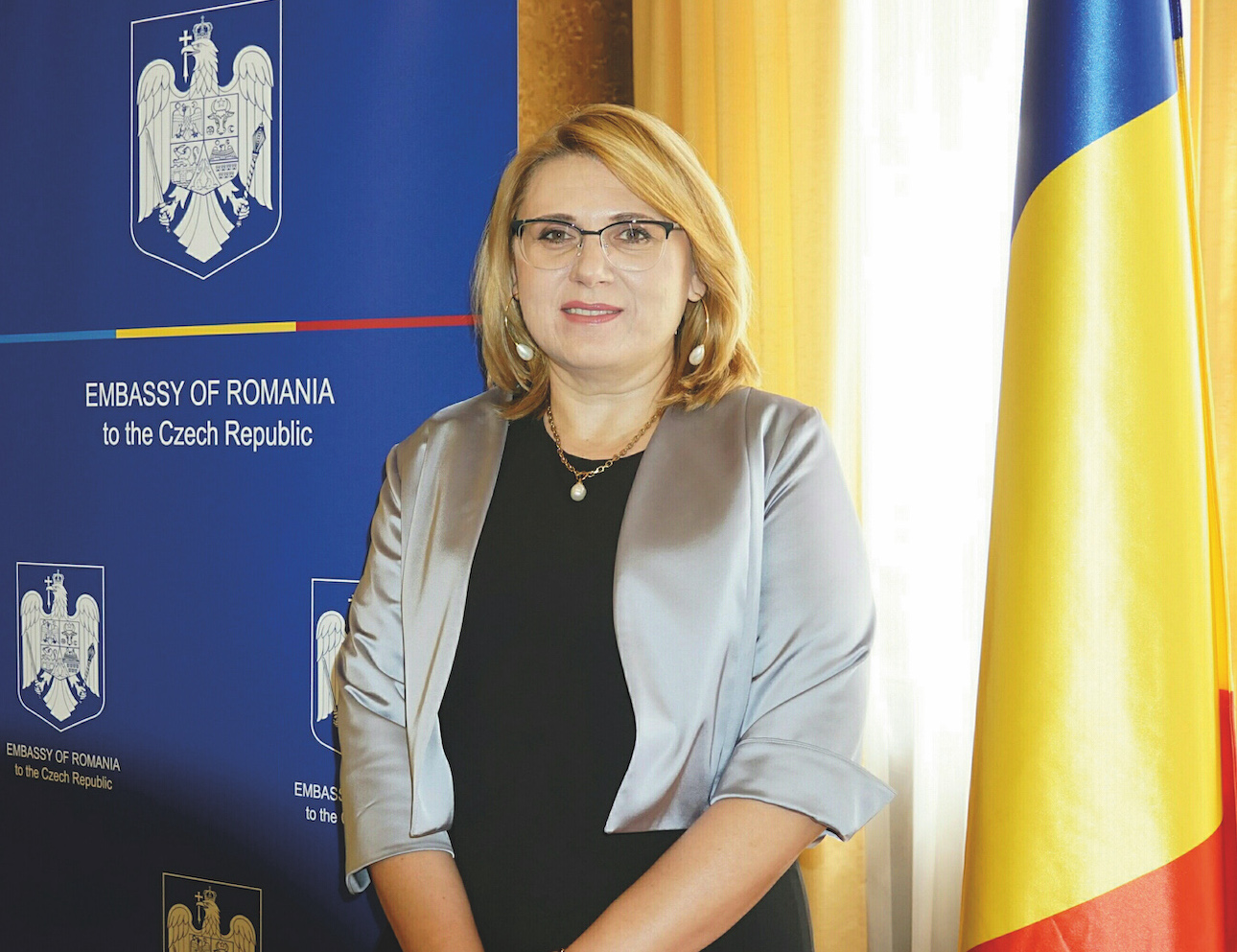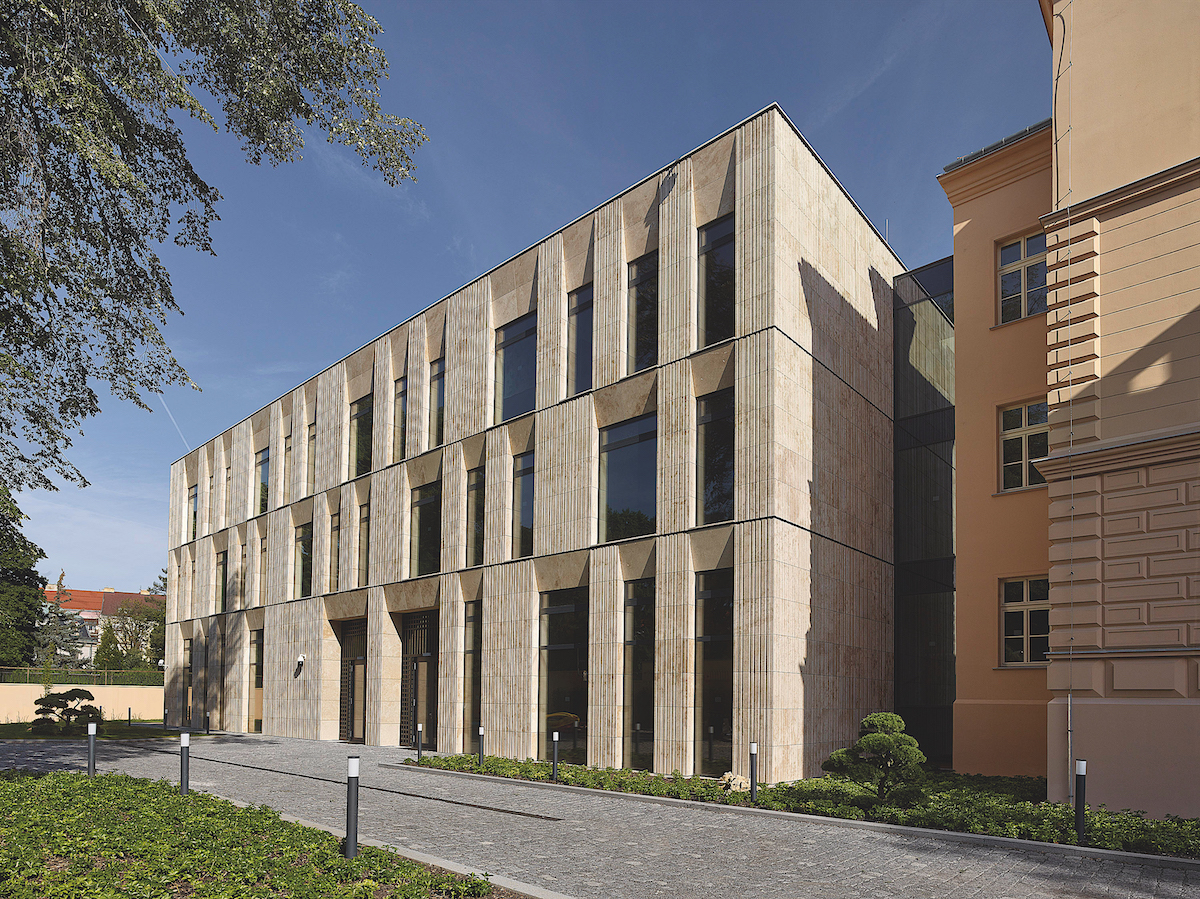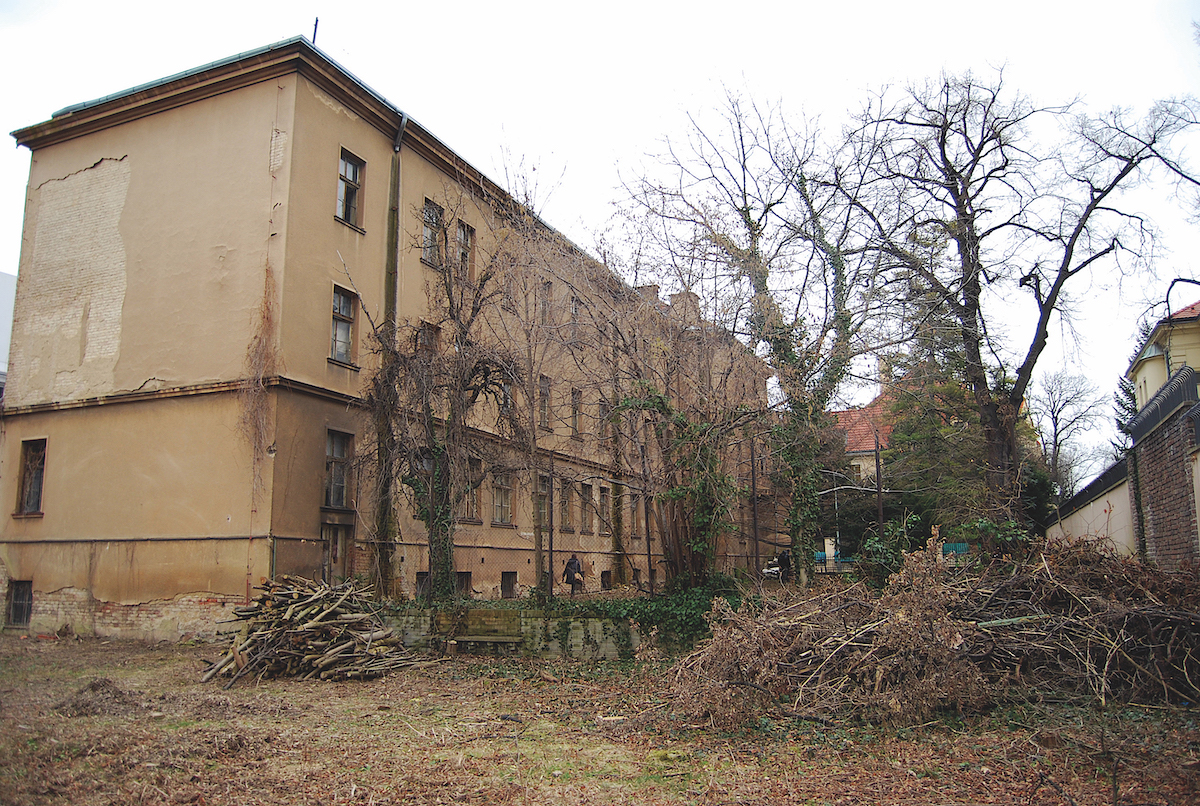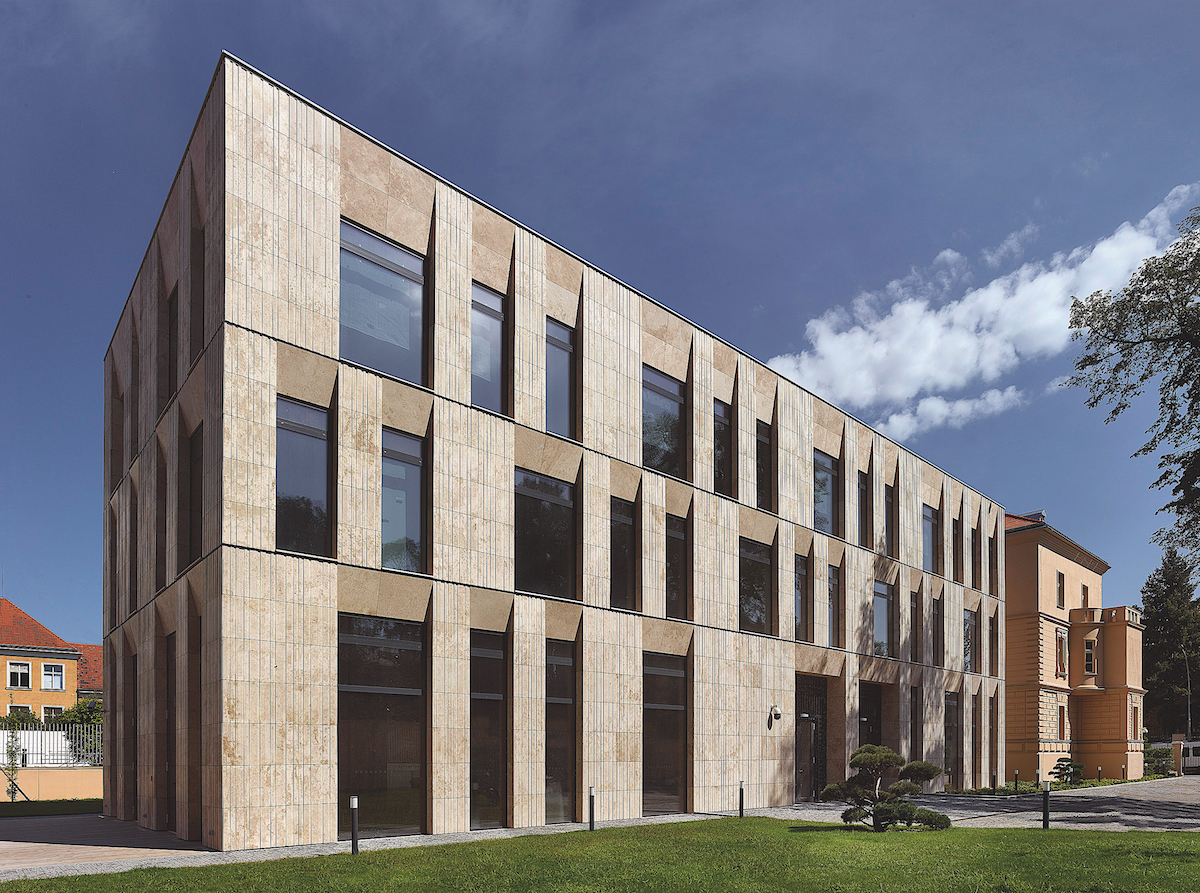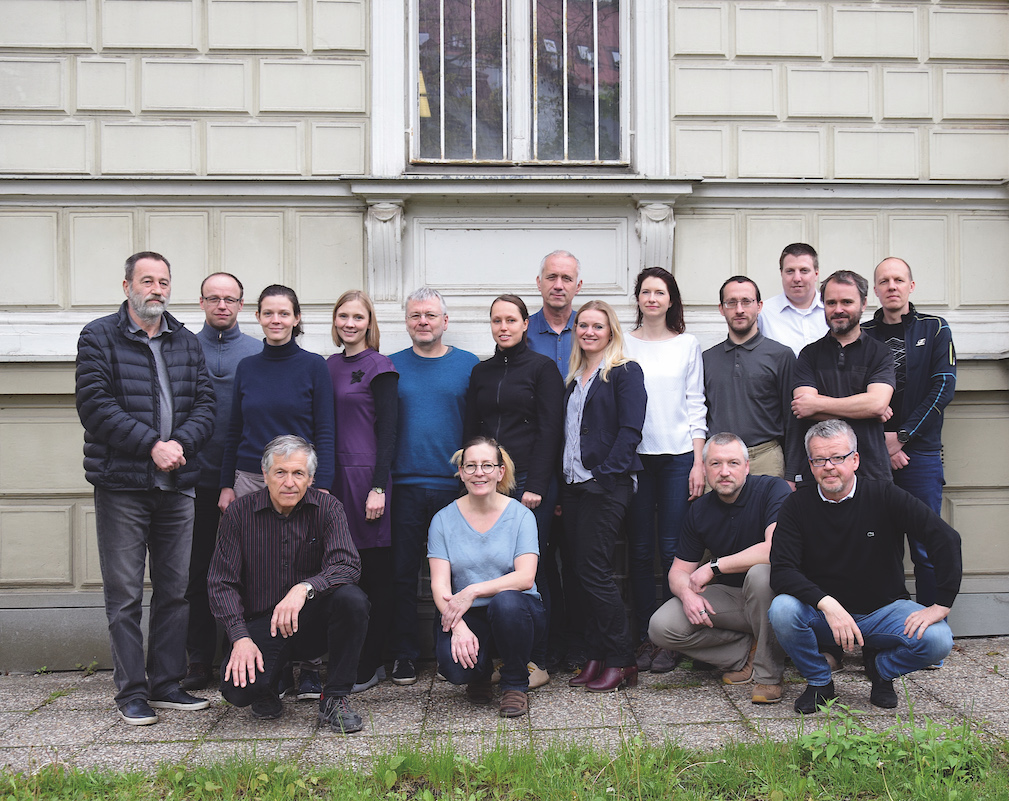
The 11th annual KoresponDance international festival of contemporary dance, movement theater and the new circus will show that dance and circus art are close to architecture. The international site-specific and in-situ festival, which takes place every year at the beginning of summer in Prague and in mid-July in Žďár nad Sázavou, this time focused on the theme “Architecture and landscape” and through dance and movement commemorates our important architects Karel Prager and Jan Blažej Santini, paying tribute to their significant anniversaries. On June 27, the Prague program invites a new circus and street dance to Prager’s cube in the Emmaus complex, the seat of CAMP – Center for Architecture and Urban Planning, the main program in Žďár between July 13 and 16 will be, as a counterpoint, an expedition in the footsteps of Santini in the surroundings of the castle there , in the streets of the city, but also monuments directly connected with his handwriting. Entrance to the Prague festival is free, tickets for the program in Žďár can be purchased in advance via the GoOut network. The festival is organized by the Center for Choreographic Development SE.S.TA.

“This year, KoresponDance is celebrating the 300th anniversary of the death of Santini, a brilliant architect who left many buildings in Žďár. He is an emblematic personality for the region and our citizens are rightly proud of him. In Prague, the festival celebrates the 100th anniversary of the birth of the architect Prager, whose achievements are the opposite of Santini. Buildings composing the landscape and seeking harmony of contrasts will thus be confronted with the sculptor’s radical architecture, curves against right angles, stone against steel and glass…,” describes the main idea of the 11th year of the festival, its founder and director Marie Kinsky, and is looking forward to its program:
“The invited performances challenge the basic ideas of these architects and transform them. A beautiful dialogue between the fluid spirals of the new Yin Zéro circus by Compagnie Mond and the harmonious vitality of the dance The Requiem by Beatrice Massin, the play of horizontal-vertical variations of walls and doors in Exit, the anti-gravity building with Eliška Brtnicka, who dreams of flight and purity, the game of numerical symbols that the jugglers from Tall Tales tell, reveals to us the architecture of Santini, the enthusiastic energy of our extraordinary street dance dancers Ruben Chi and Kristián Mensa…”
This year, visitors can expect 17 different performances from all over Europe, a community project with the involvement of various social groups, a number of workshops, discussions after the performances, a selection of the most successful world dance films of recent times, a music show or a program for children.

KoresponDance will start in Prague
The stage of the Prague CAMPU is set in motion by the world-renowned dancer Kristián Mensa alias Mr. Kriss, who is already inextricably linked with Prague’s KoresponDance. This time he invites you to his workshop in the style of street dance. They will appear for the second time alongside the world-class movement artist Ruben Chi, and together in the backdrop of the architecture center they will invite you to visit the open stage and to dance together. Ruben Chi’s top free style performance entitled Qi will also be his autobiographical confession, which combines hip hop, classical music and Chinese philosophy. Ruben invites four more hip-hop dancers to the scene.
Circumstances, a quartet of circus performers with EXIT’s physical circus and acrobatic performance, will provide a real spectacle thanks to a large impressive installation with a revolving wall and floating doors. The acrobats will move in and through the space, they will come and disappear again… The highlight of the Prague program will be the performance of Yin Zéro dancers and jugglers from Compagnie Monad, whose dance will be an example of the combination of architecture and movement art. The performance will be a hypnotic dance experience full of opposites that combine into a meaningful whole, but also virtuoso juggling.
The main program will visit Žďár
Most of the performances of the 11th edition of KoresponDance will take place in Žďár and will become an imaginary pilgrimage to the places where the famous Santini left his mark. The program will offer first-class performances across genres, headlined by French dancer, choreographer and performer Beatrice Massin with the Cie Fetes Galantes ensemble. In addition to the project Requiem – Merry Death, which will visit Santini Dolní hřbitov, her creative handwriting will be visible in the key project of this year’s festival called Resonance. The combination of her dance group and the popular musical group Collegium 1704 will create a unique musical and spectacular experience in the environment of the pilgrimage St. John of Nepomuck on Zelená hora.
No less enticing will be the performance of Thin Skin by the prized experimental performer and acrobat Eliška Brtnická, in which prime architectural objects will play a part. With the flavor of street dance and flamenco, the French Collectif La Méandre and the Spanish group Manolo Alcantara will come, which will also conjure up a circus performance. A big surprise this year will be the relocation of the dance competition KoresponDance Battle with the charismatic Kristián Mensa from Prague to Žďár.

Since its inception, KoresponDance has focused on the involvement of various social groups in movement art, and this year will be no different. Ferst Dadler kráčí is a special community project inspired by Santini’s architectural principles and the stories of places and people, created for the festival. It will connect artists and several local communities in a creative dialogue.
The program from Prague will be repeated on the open stage by the dancer and choreographer Ruben Chi, as well as the juggling and dance company Compagnie Monad. Marta & Kim is a Dutch-Norwegian artistic duo that will present the sensitivity and depth of their partner work in dance with circus elements. Just like last year, the international group of Italian and Czech dancers BeInternational will open the festival in the streets of the city with short artistic sketches. The main program will also be complemented by traditional children’s performances of the Dance School and Creative Camp for children and adults projects.








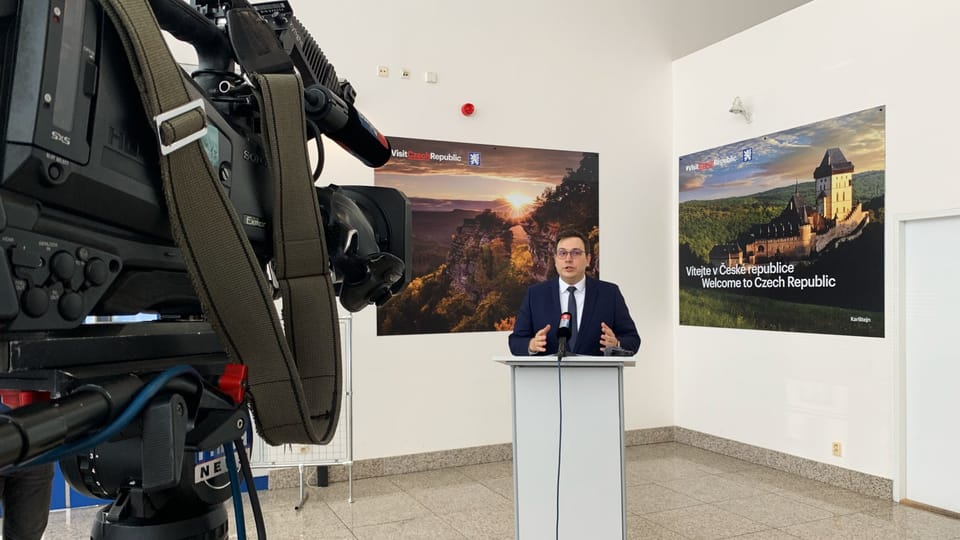
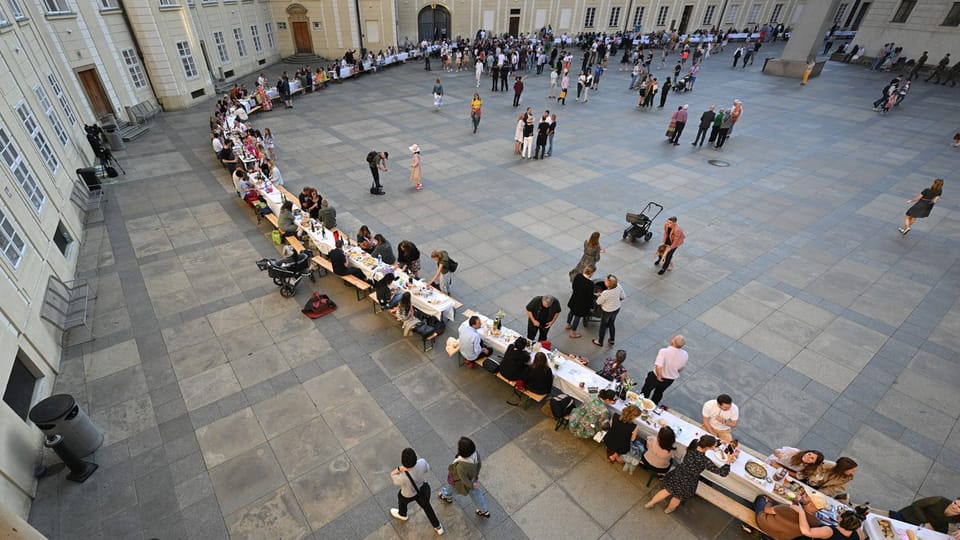

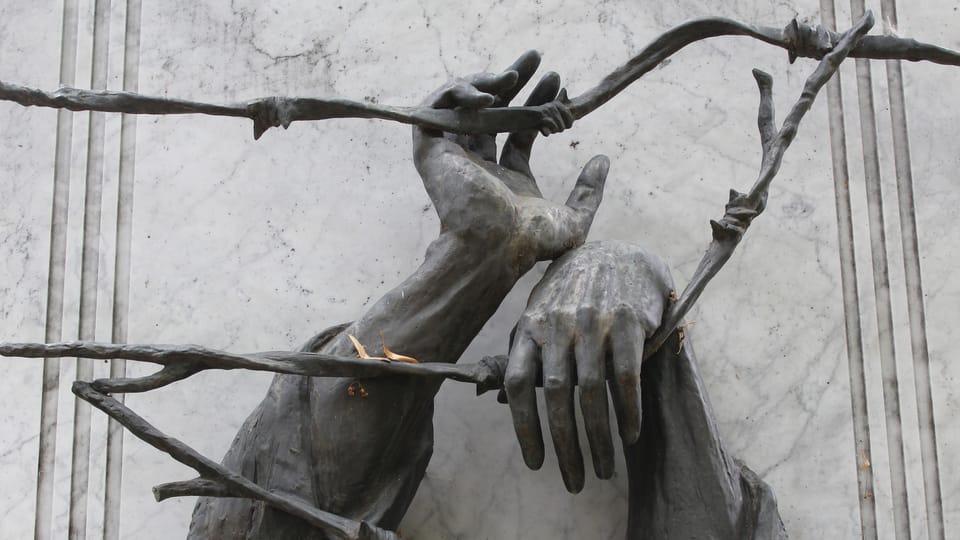

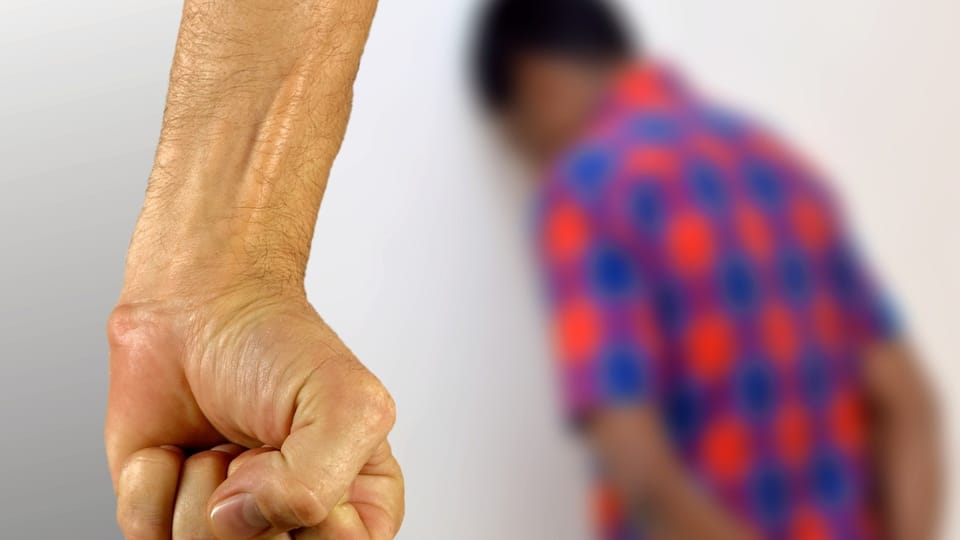

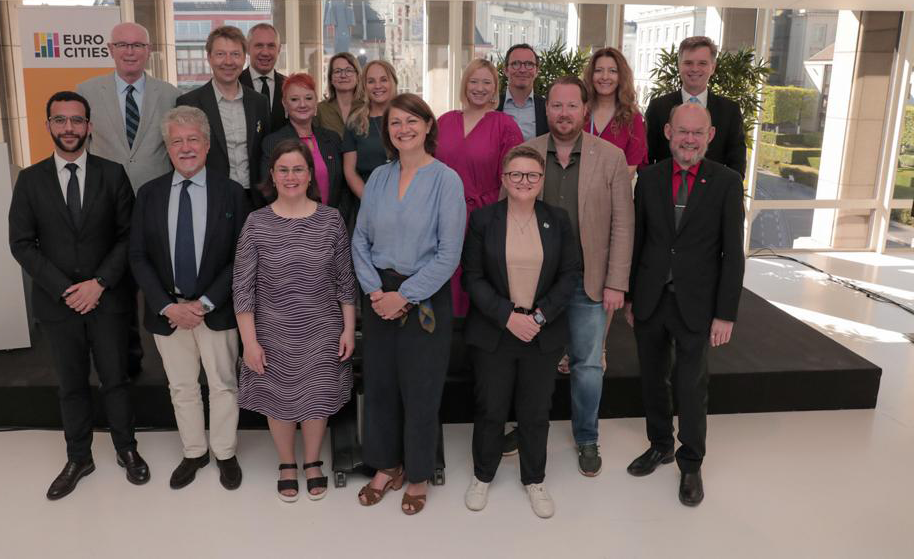
 At the launch event of the new ‘Eurocities Lille Call to Action for low carbon and more inclusive culture’, 24 cities already signed the document and many more have pledged to. This new initiative, led by the city of Lille and Eurocities, invites mayors from across Europe to commit to the development of local cultural policies and events that prioritise sustainability and inclusivity.
At the launch event of the new ‘Eurocities Lille Call to Action for low carbon and more inclusive culture’, 24 cities already signed the document and many more have pledged to. This new initiative, led by the city of Lille and Eurocities, invites mayors from across Europe to commit to the development of local cultural policies and events that prioritise sustainability and inclusivity.
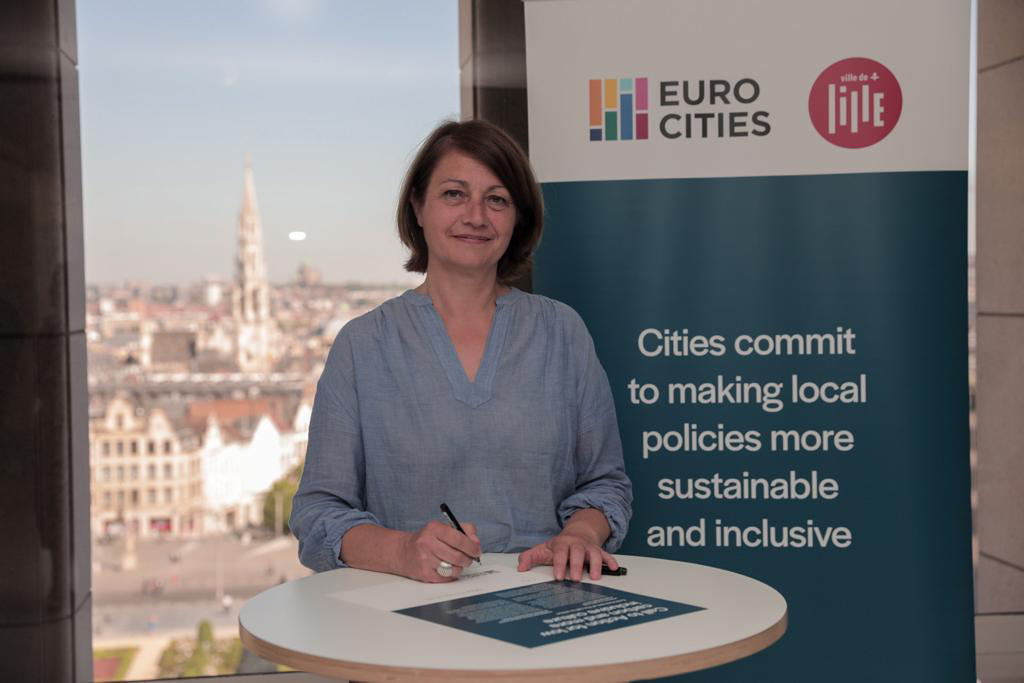
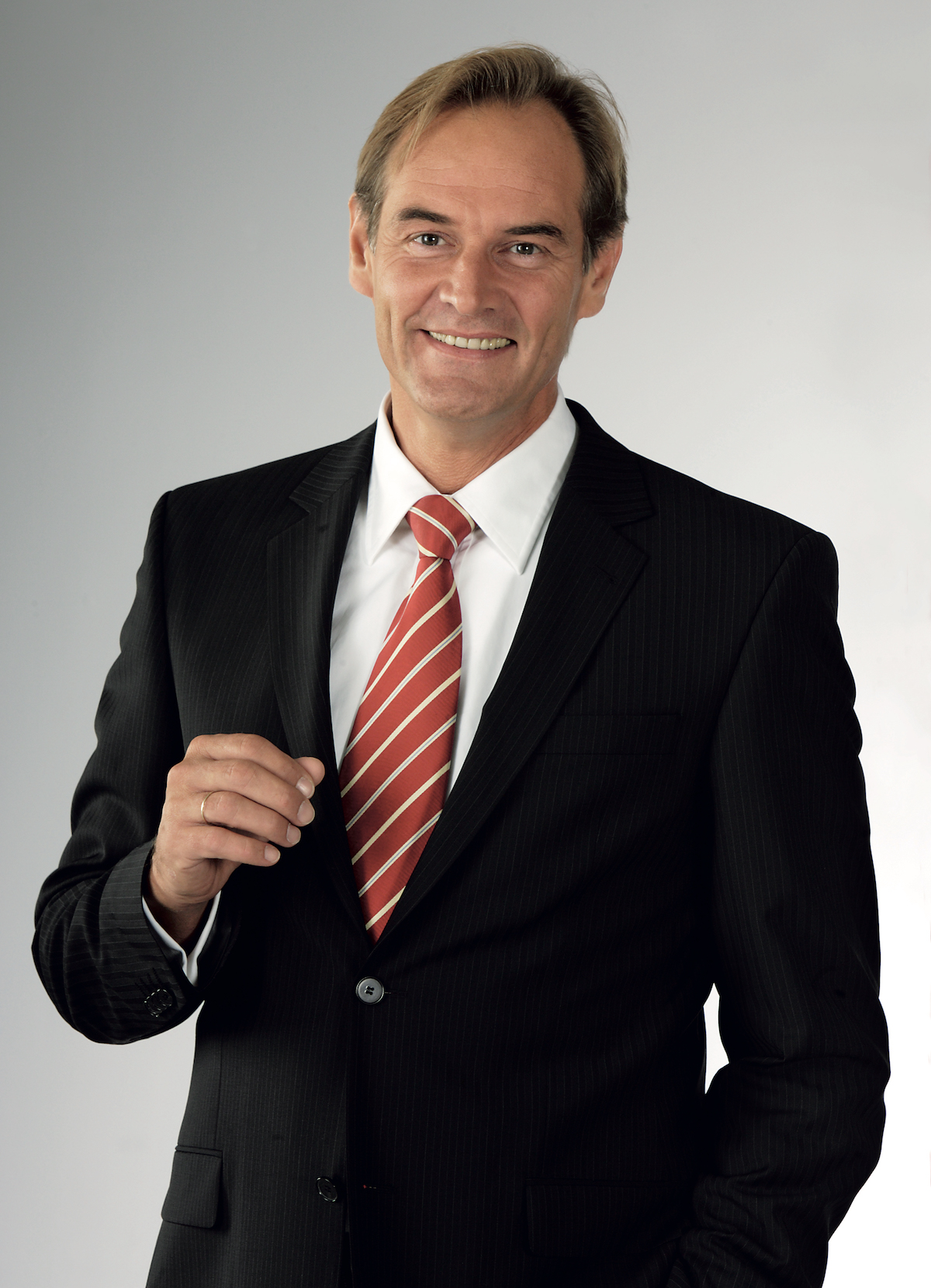







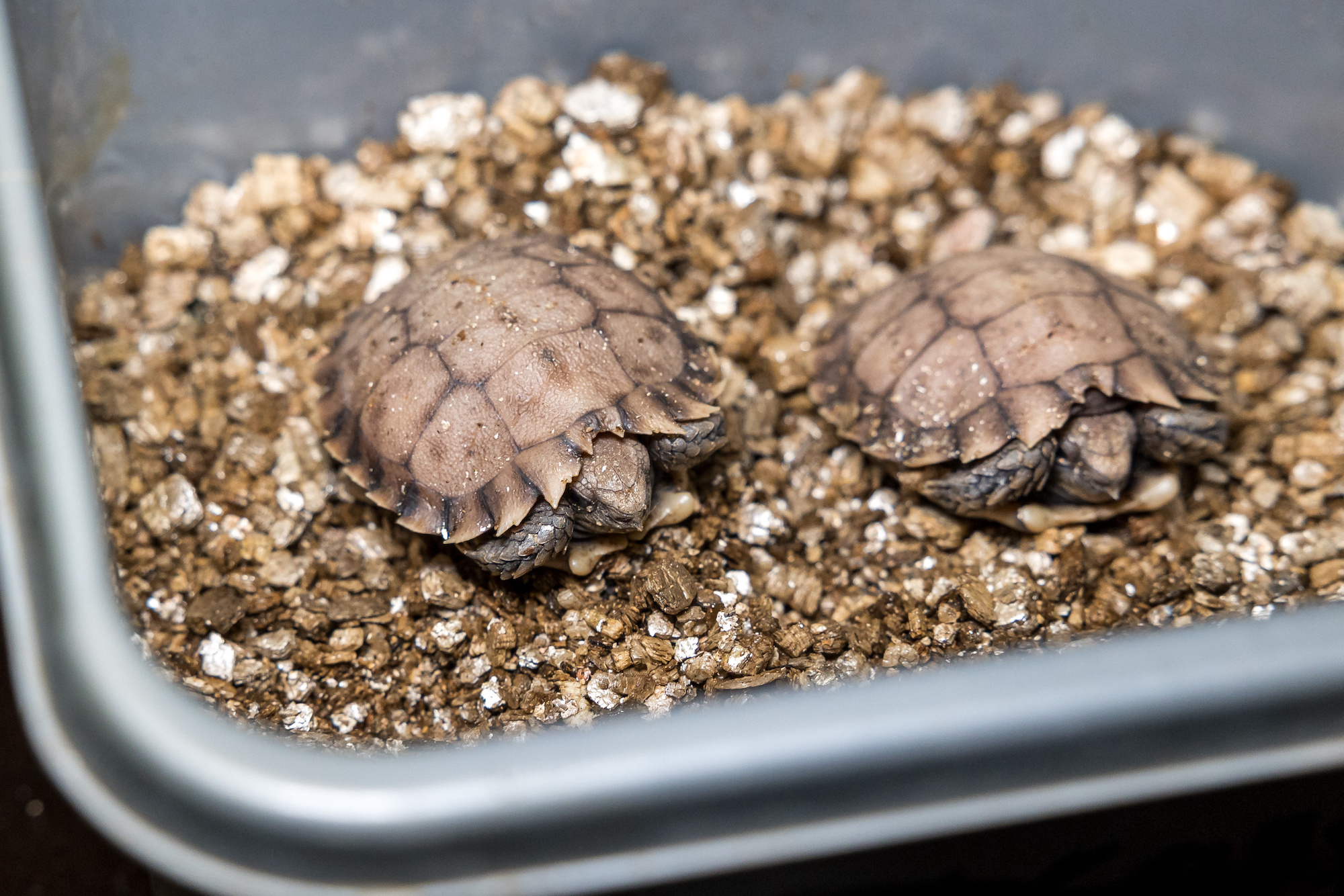
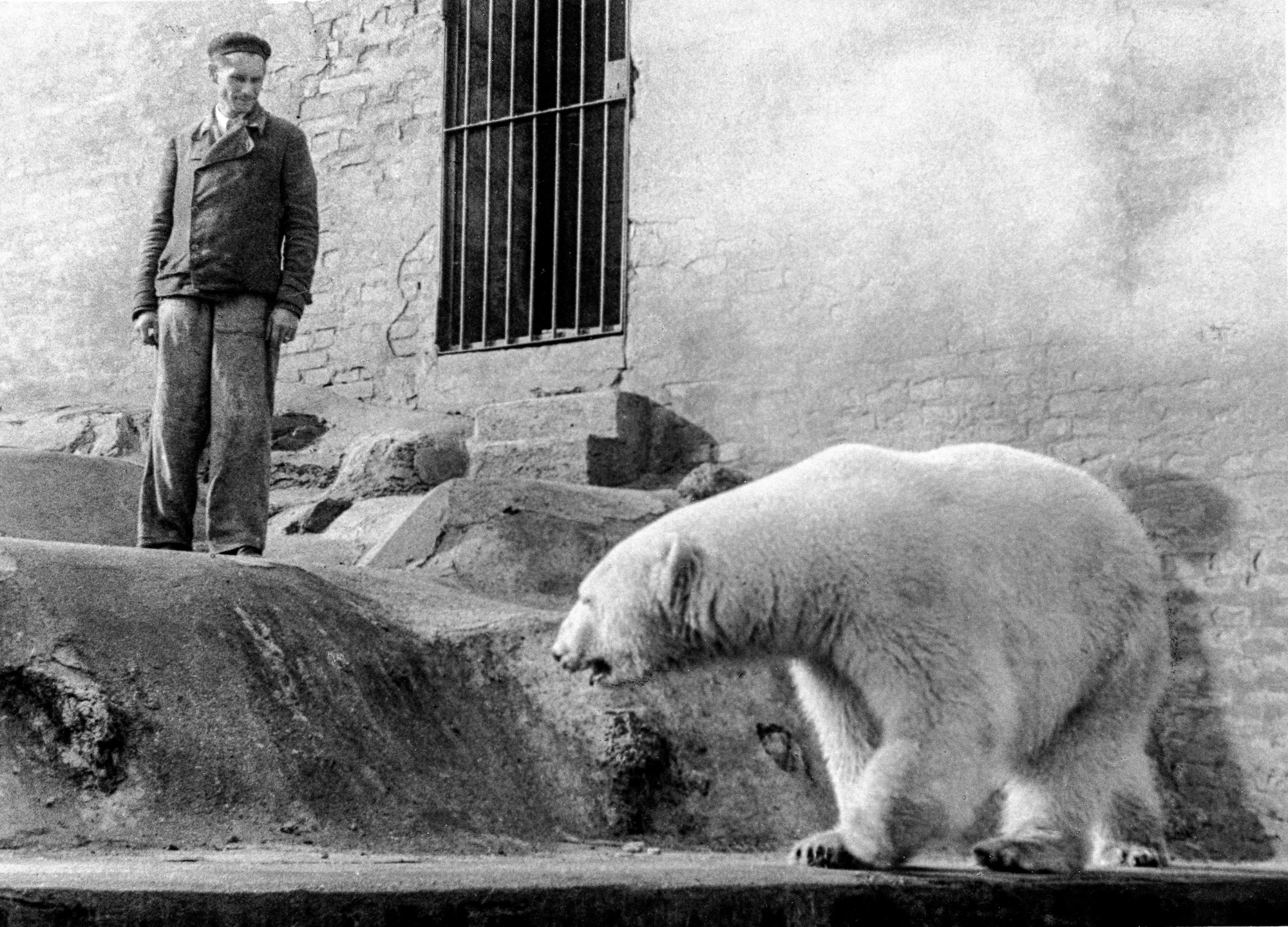
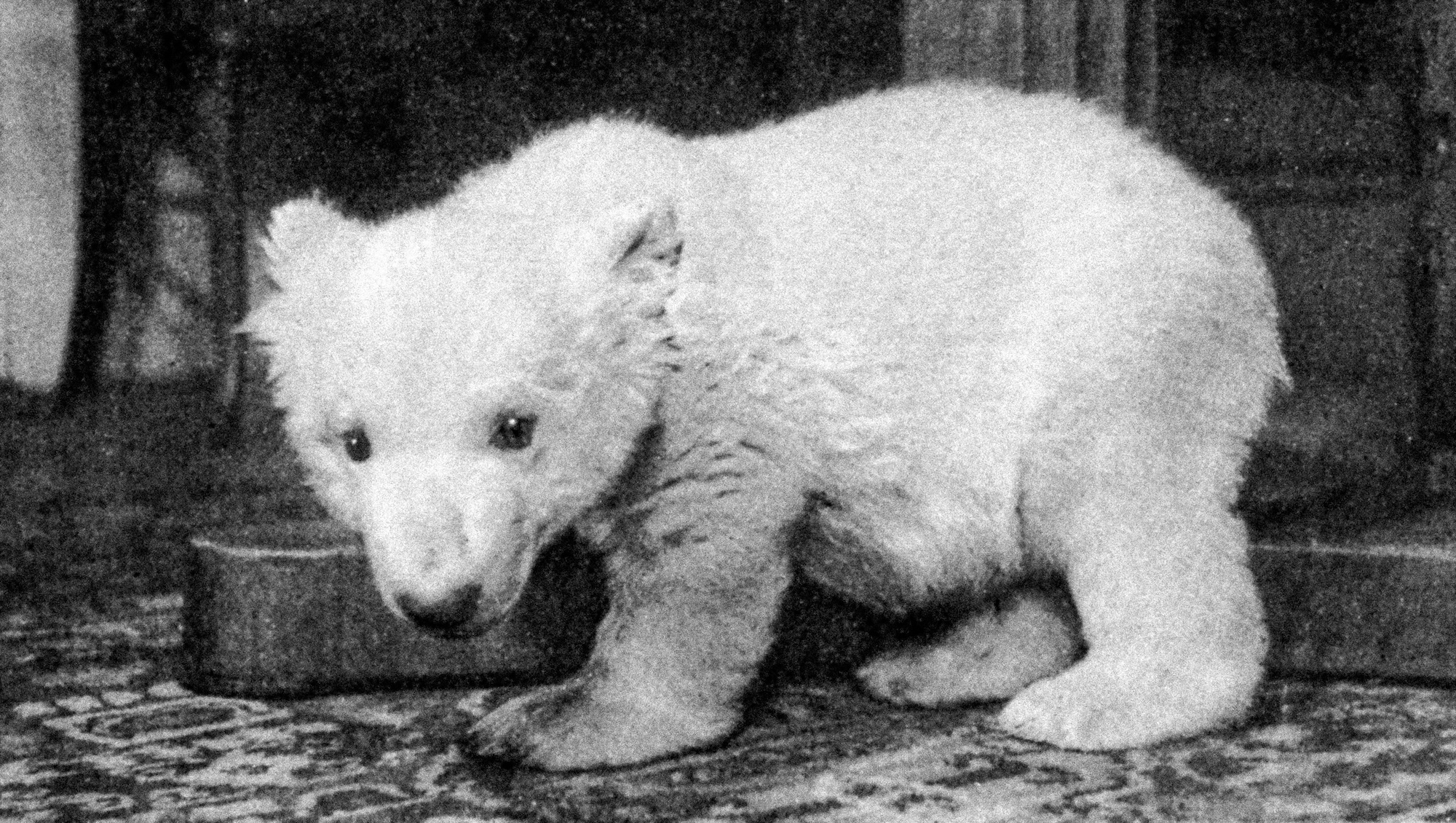
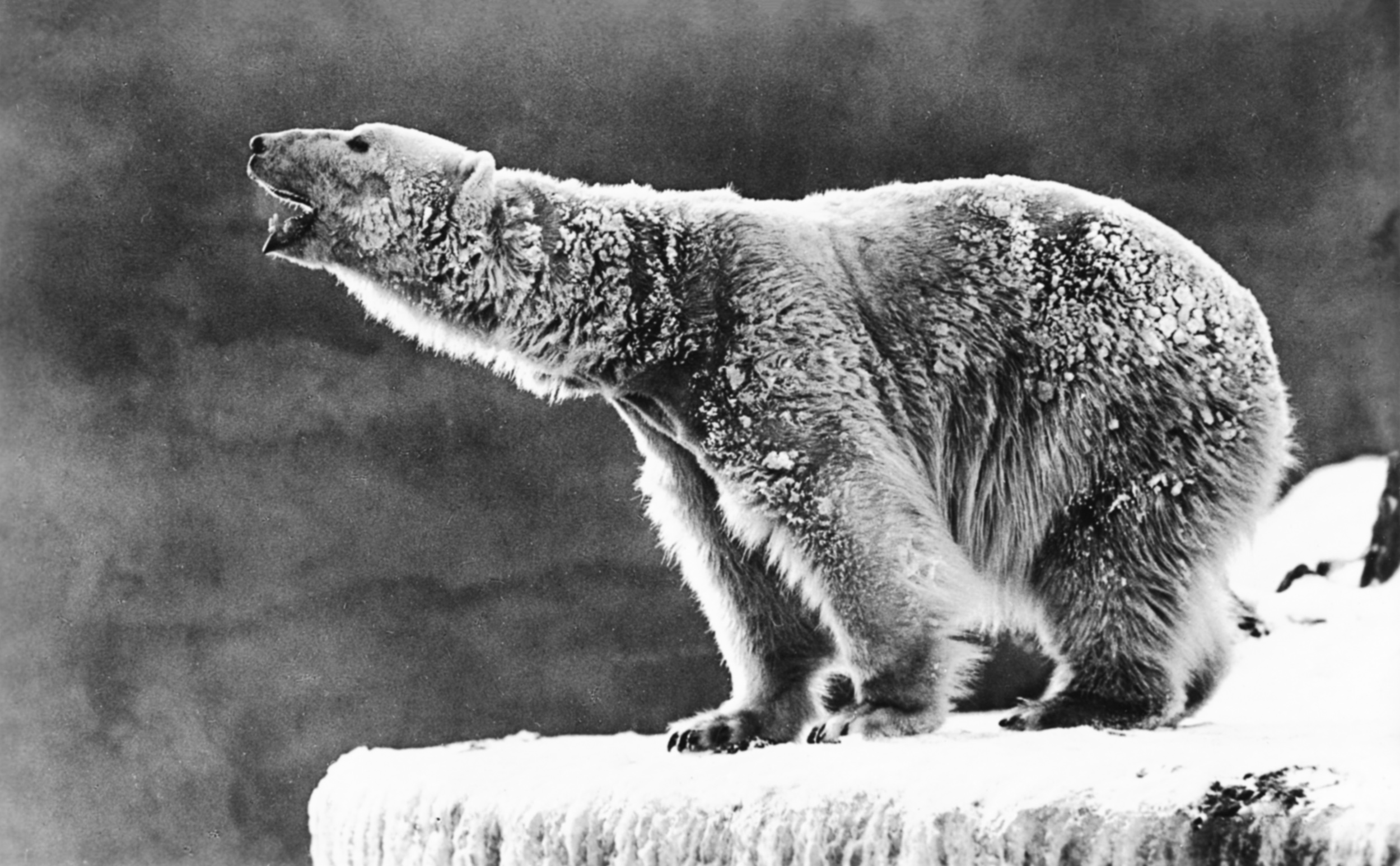

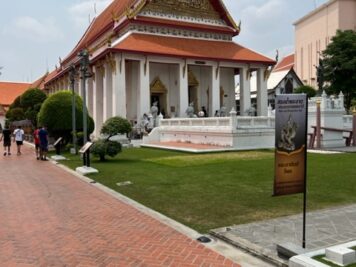
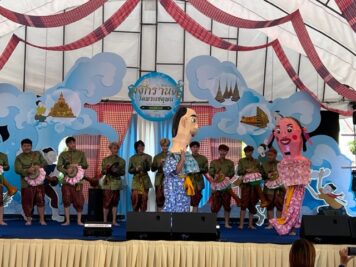
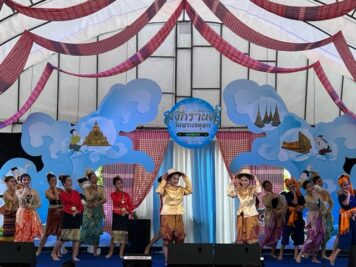
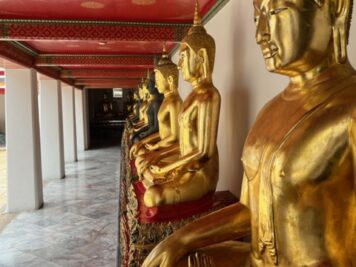

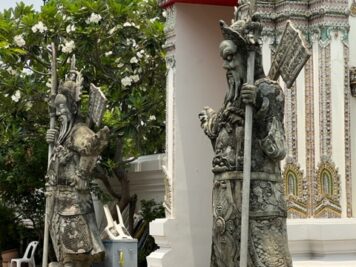

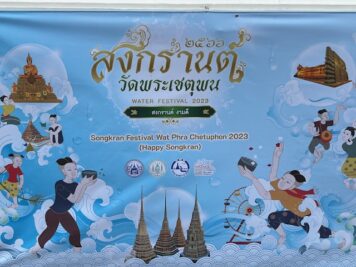


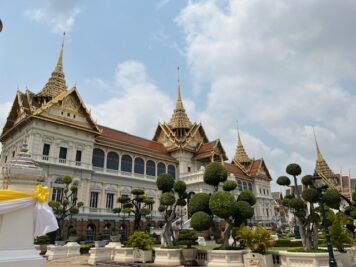

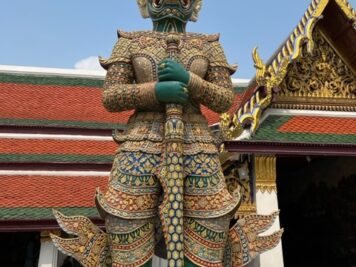



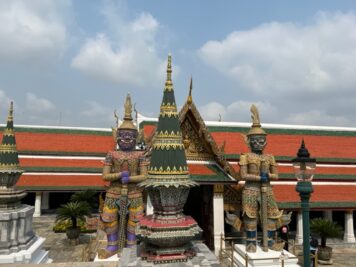


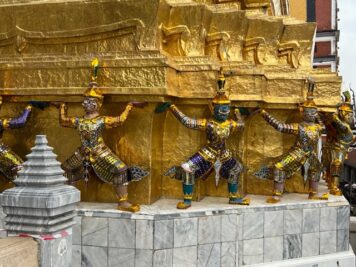
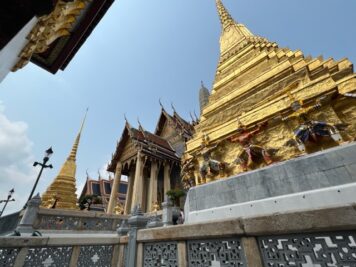


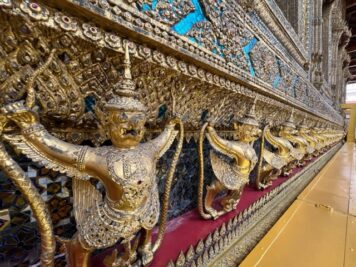

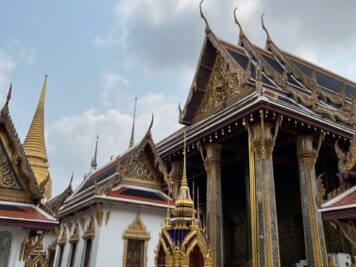

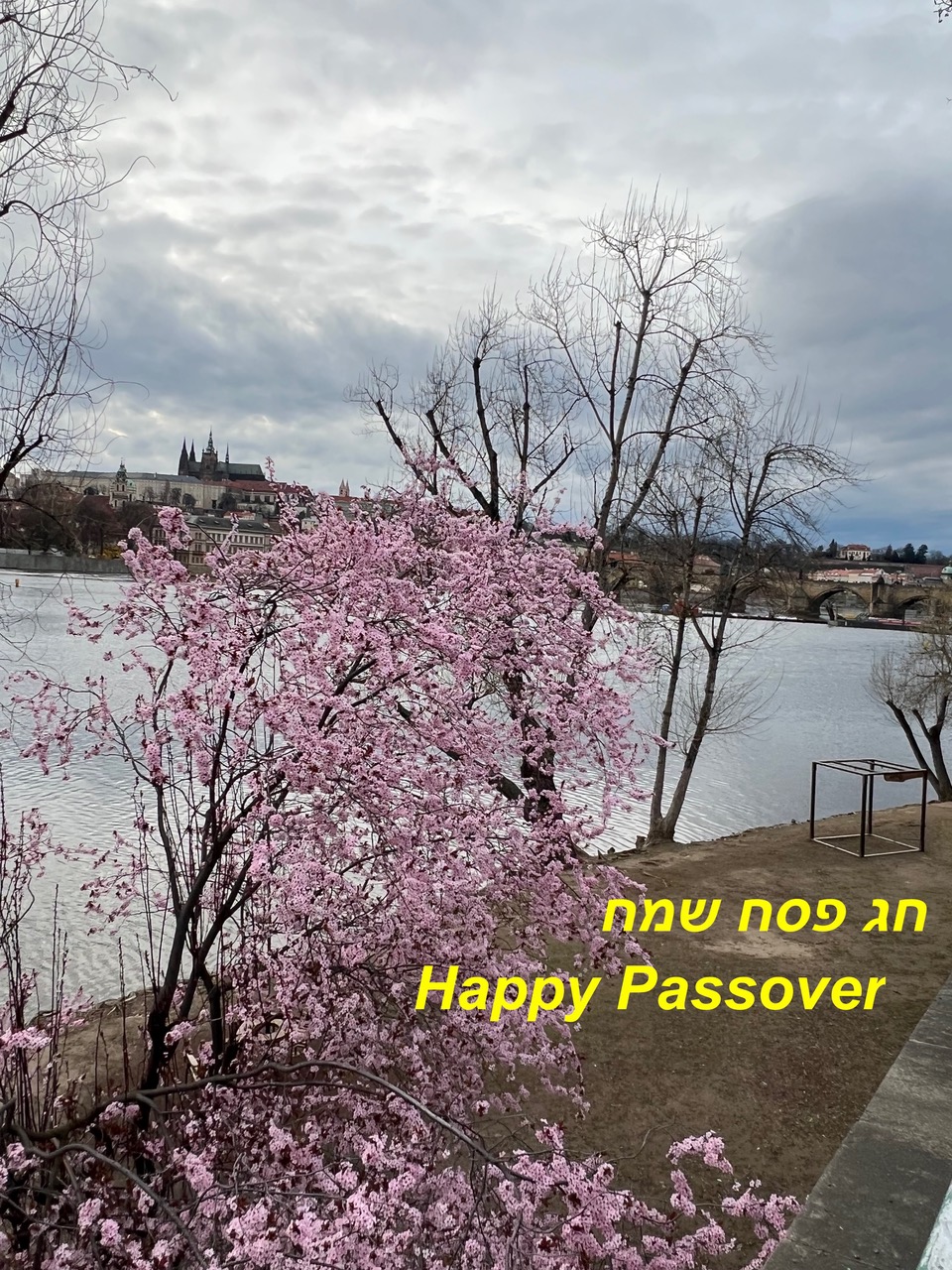

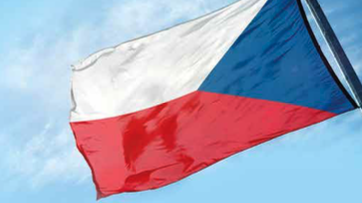 Dear readers, friends, and partners,
Dear readers, friends, and partners,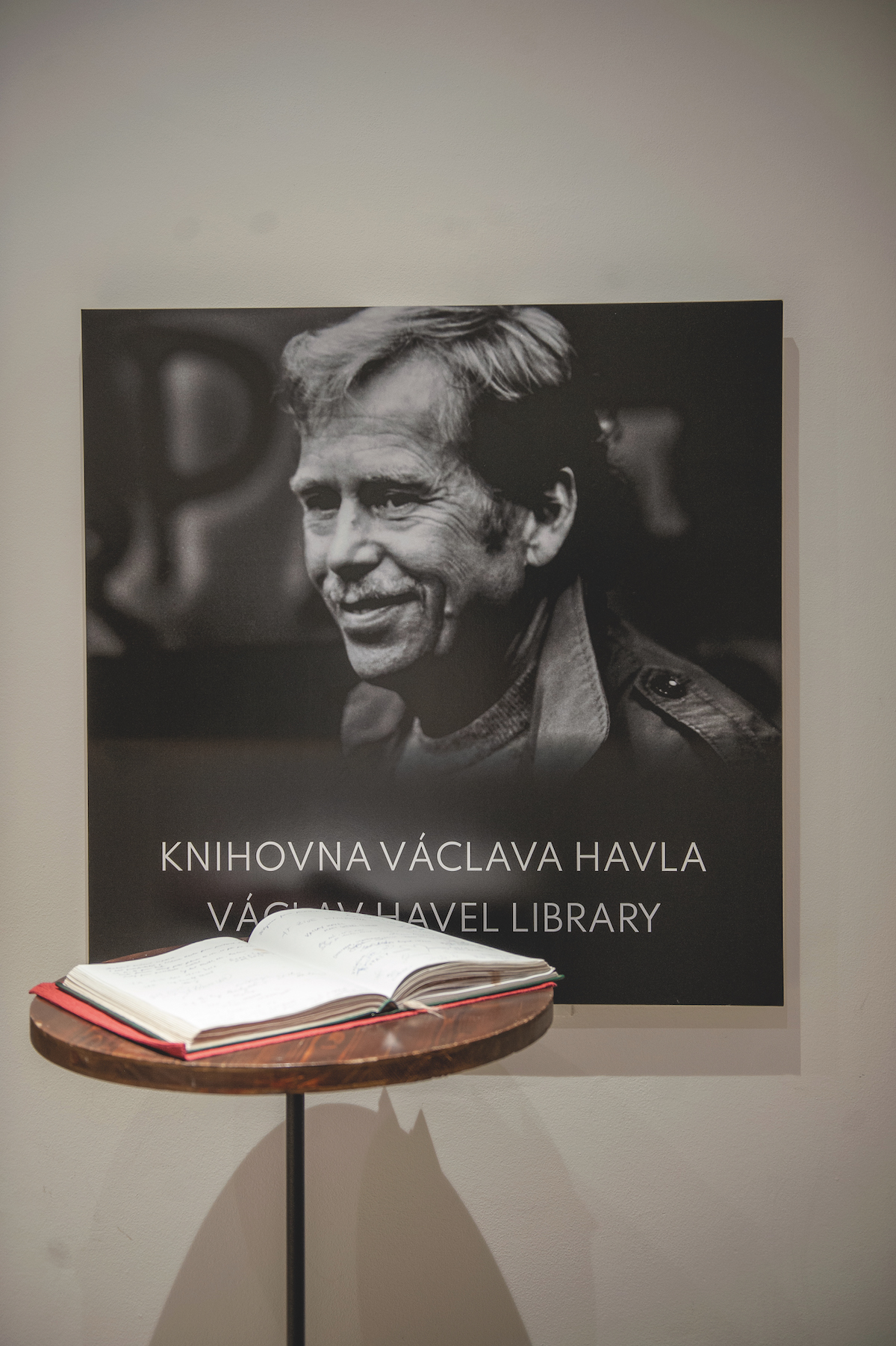

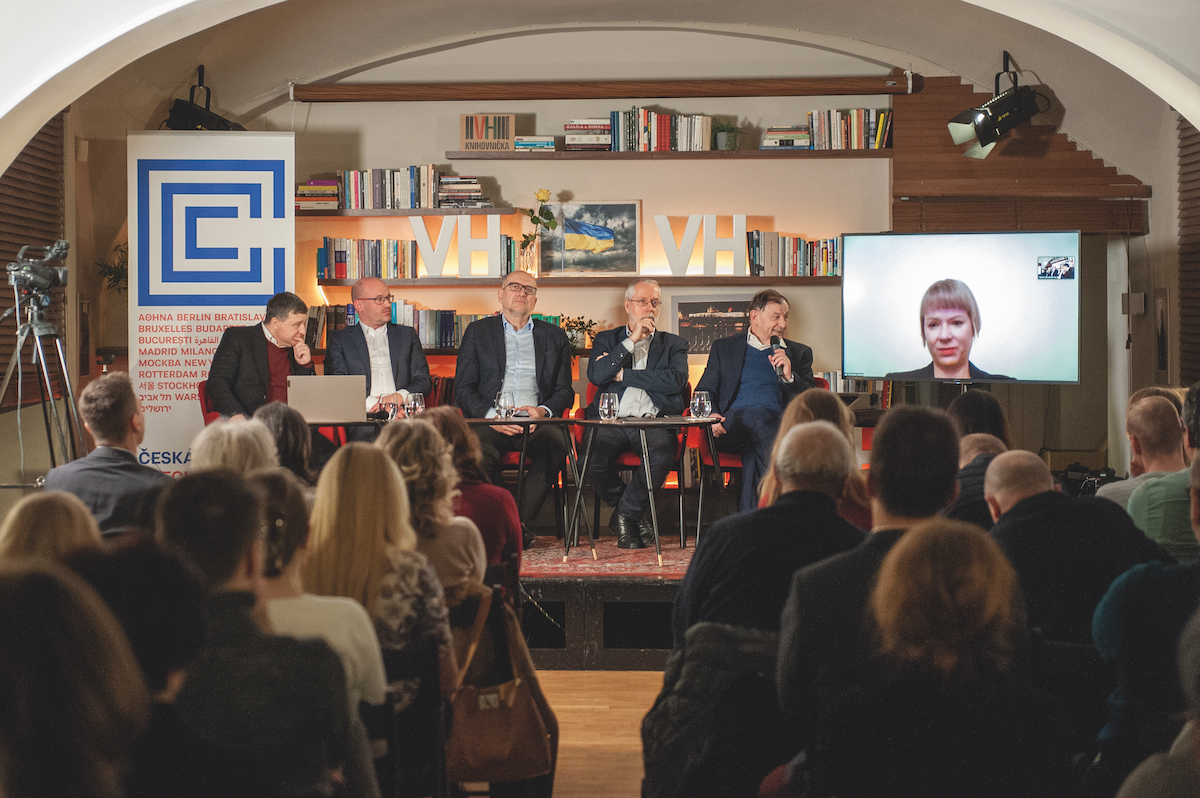
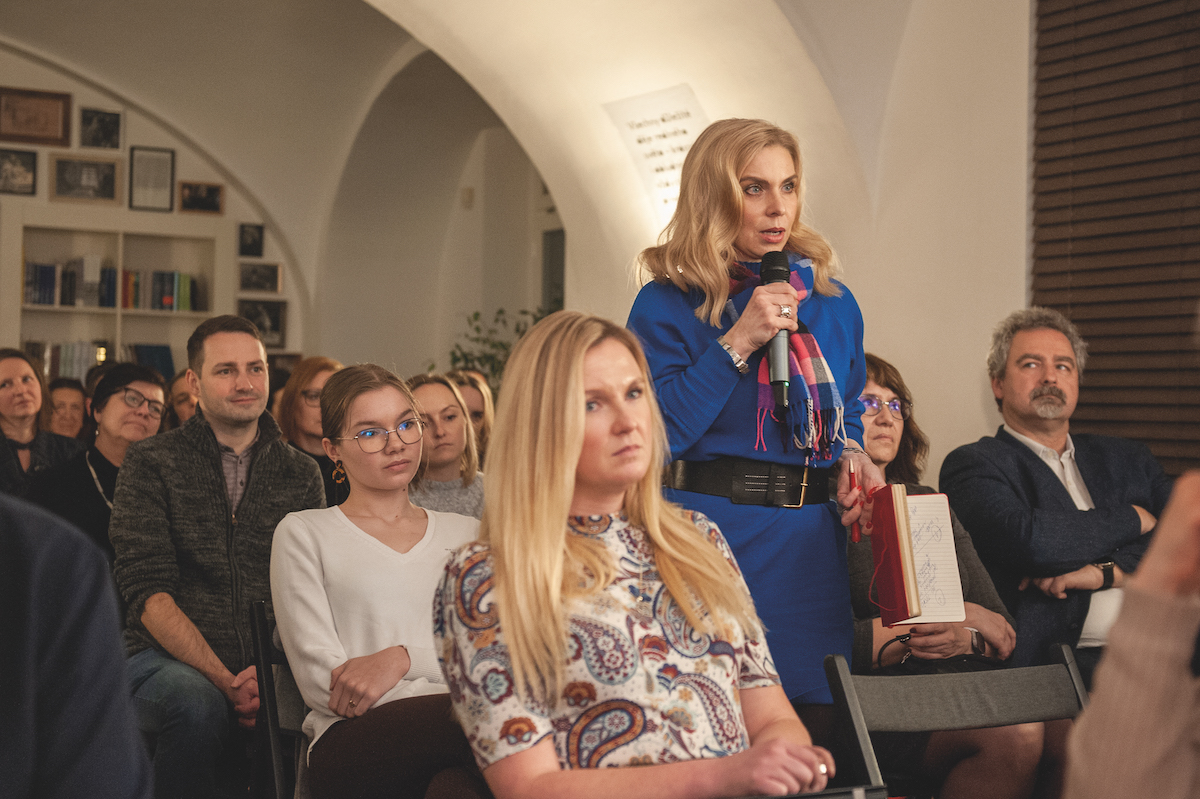
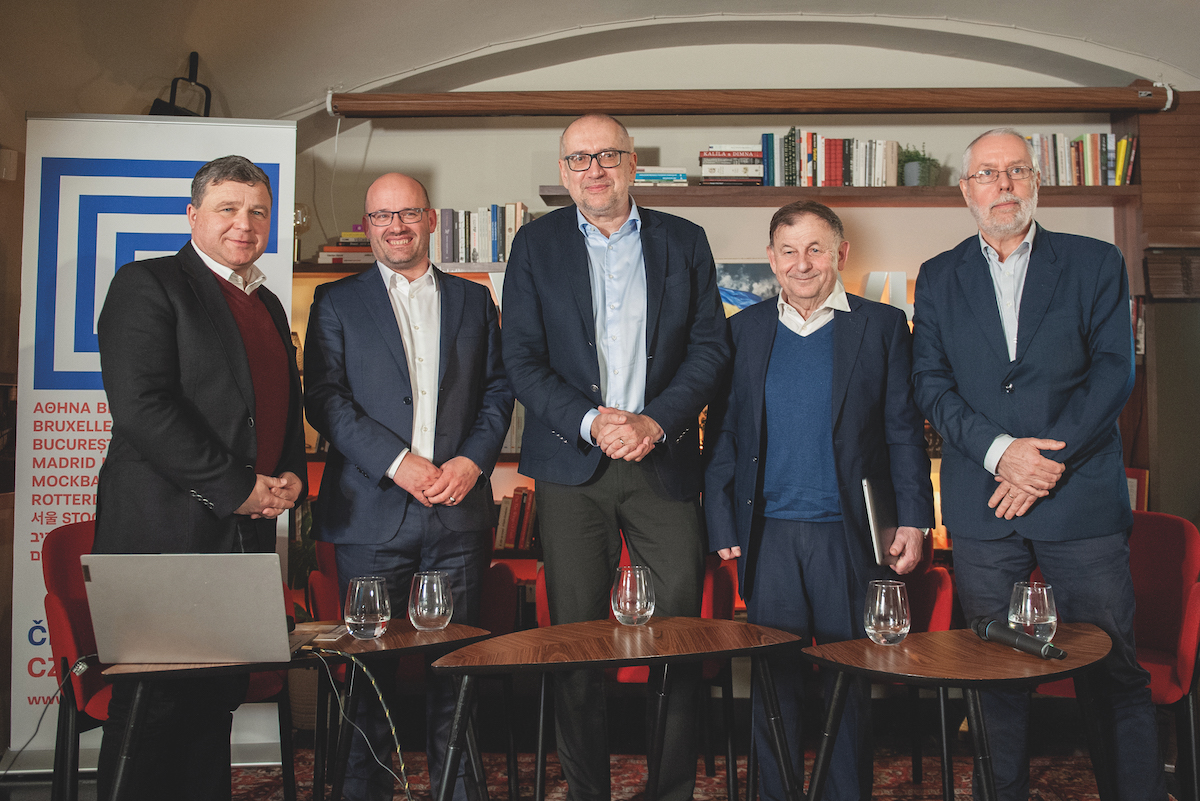








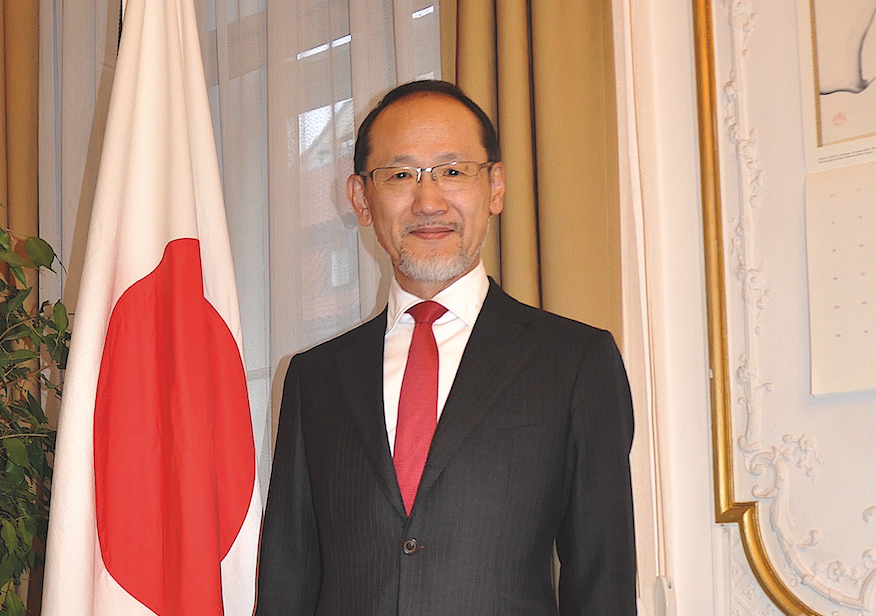



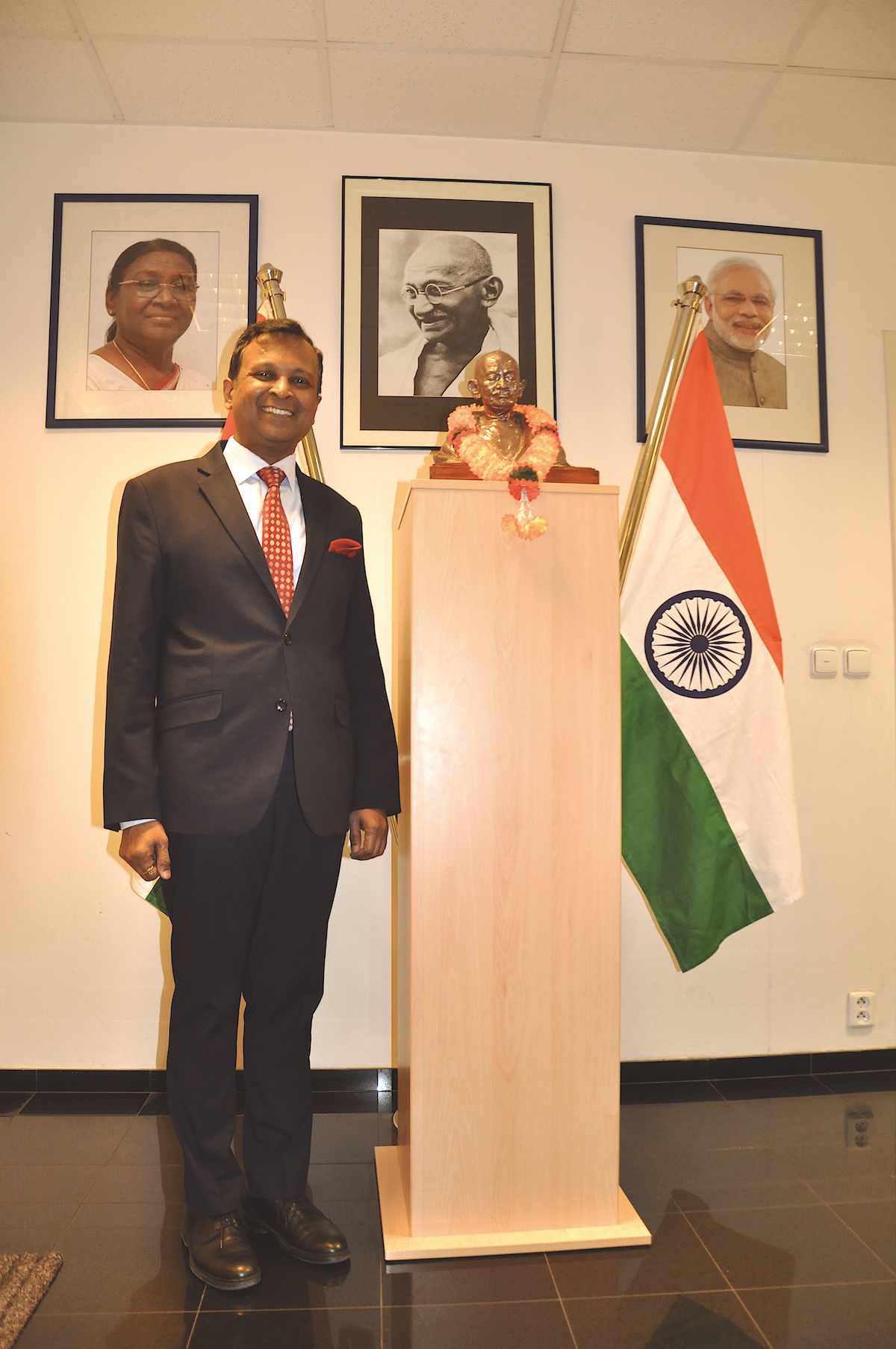



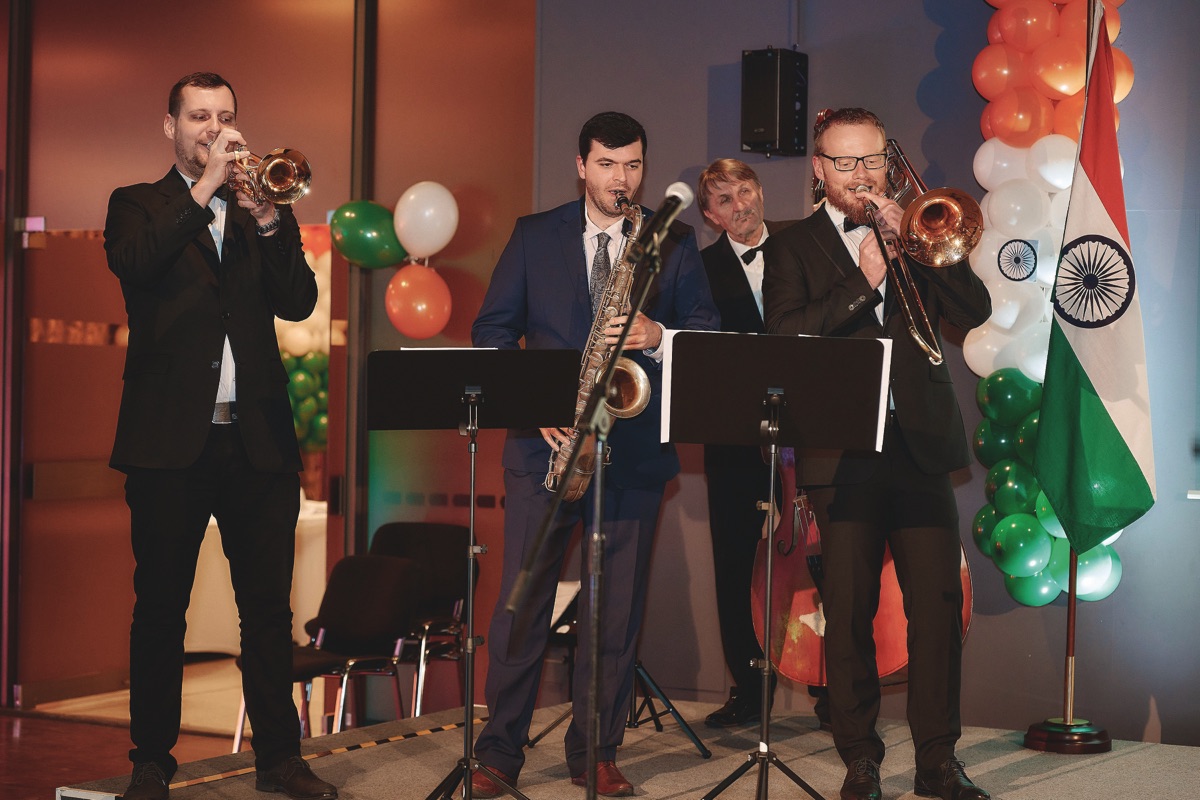


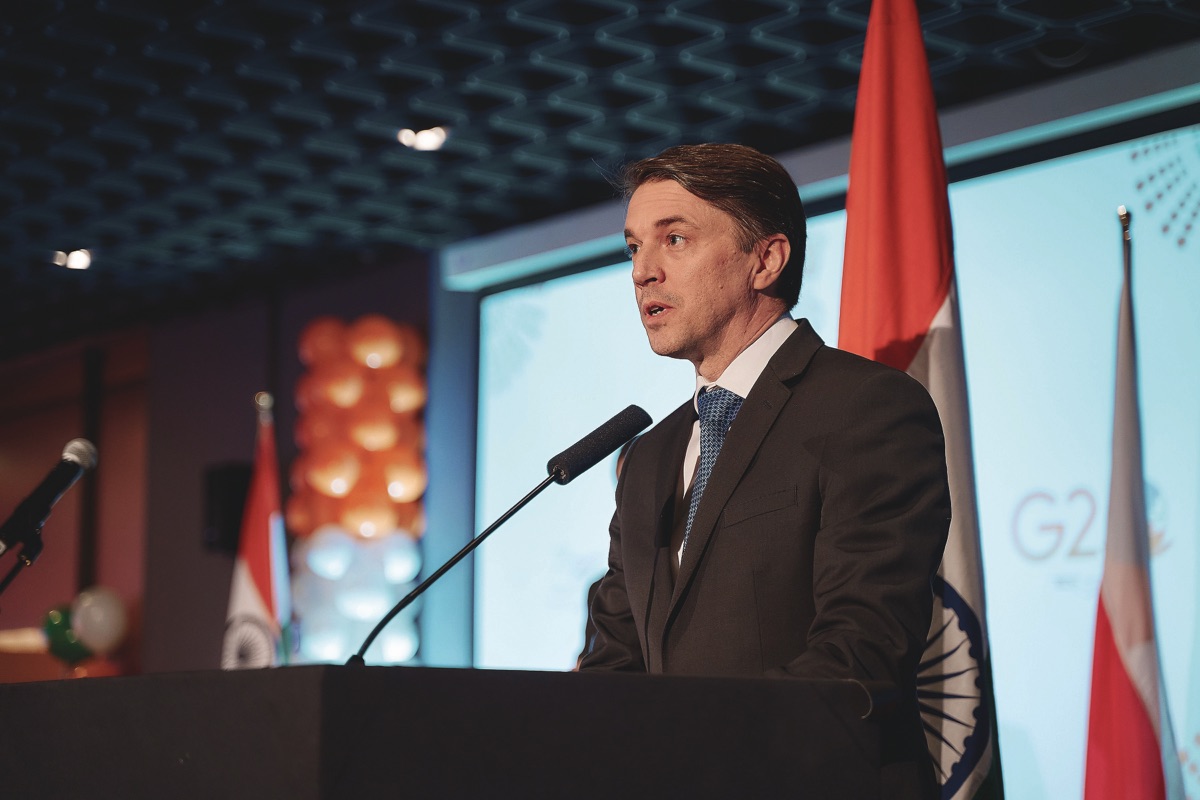
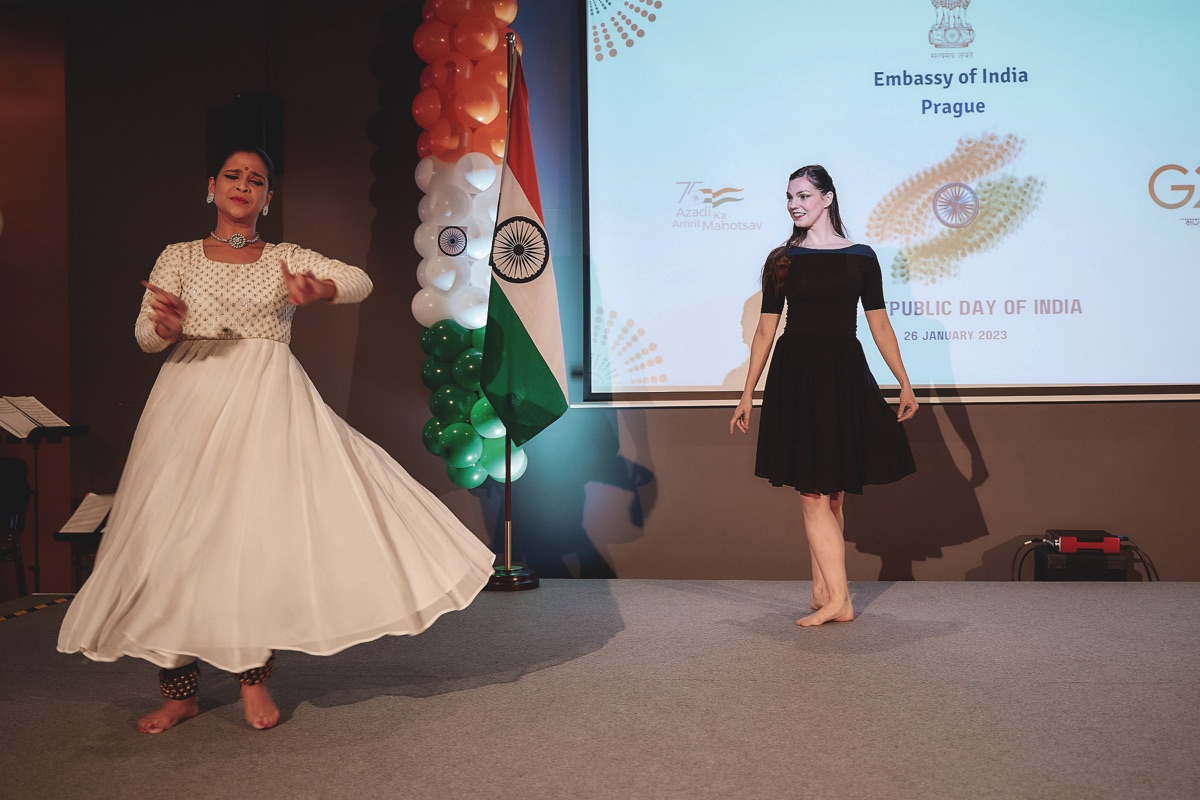







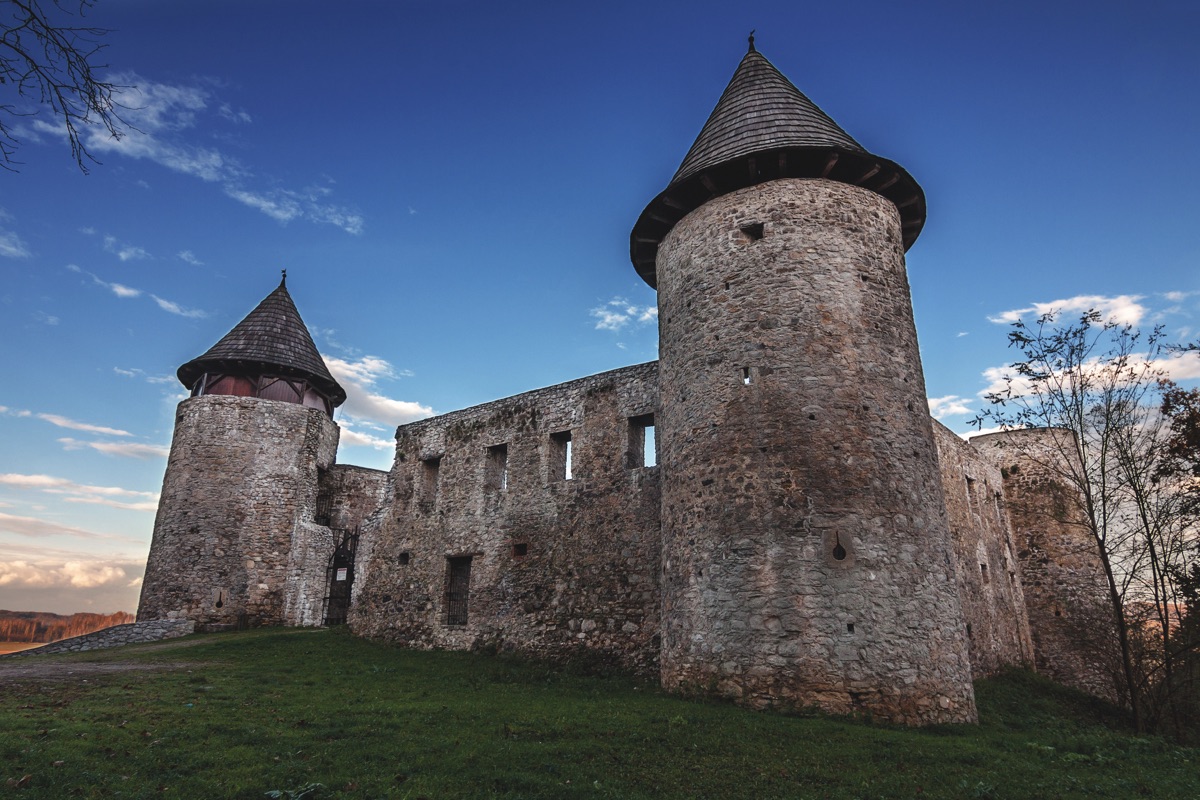


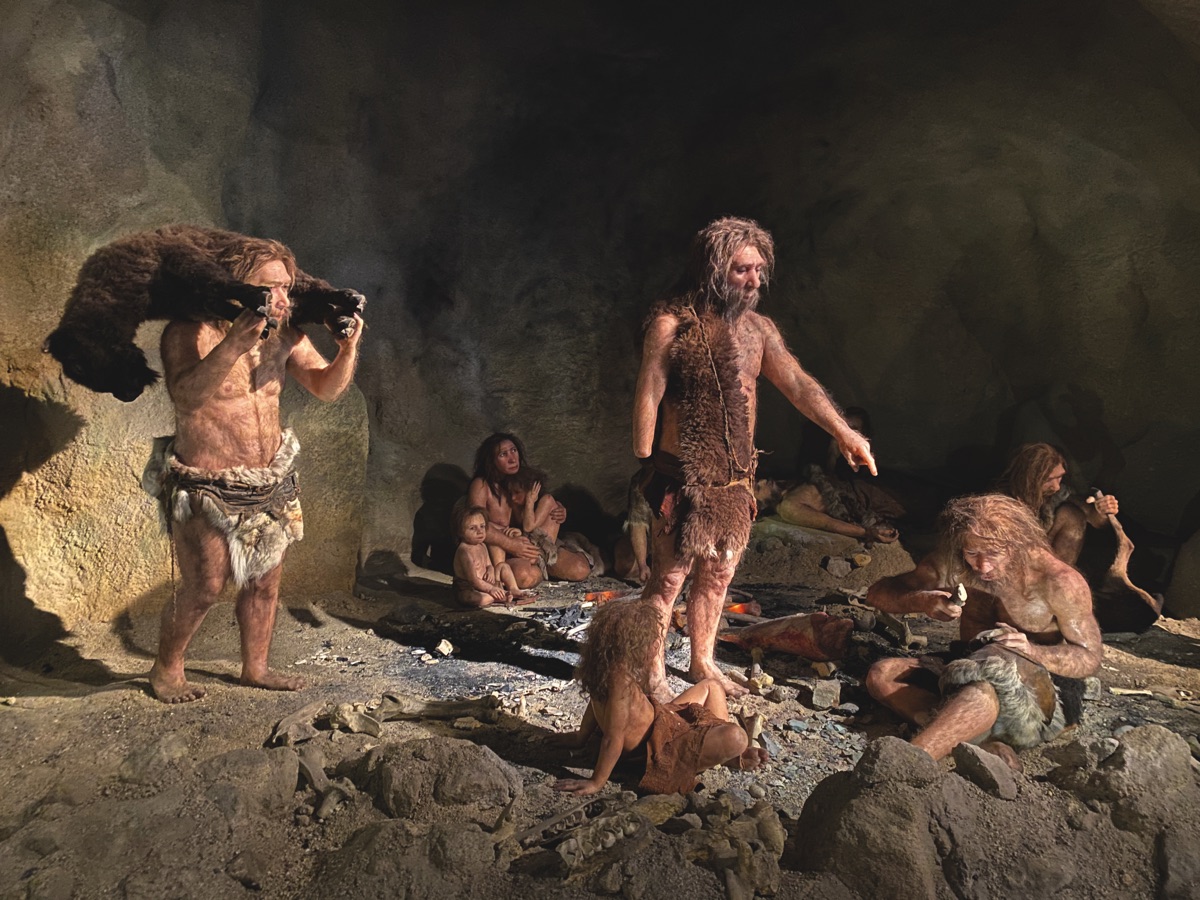






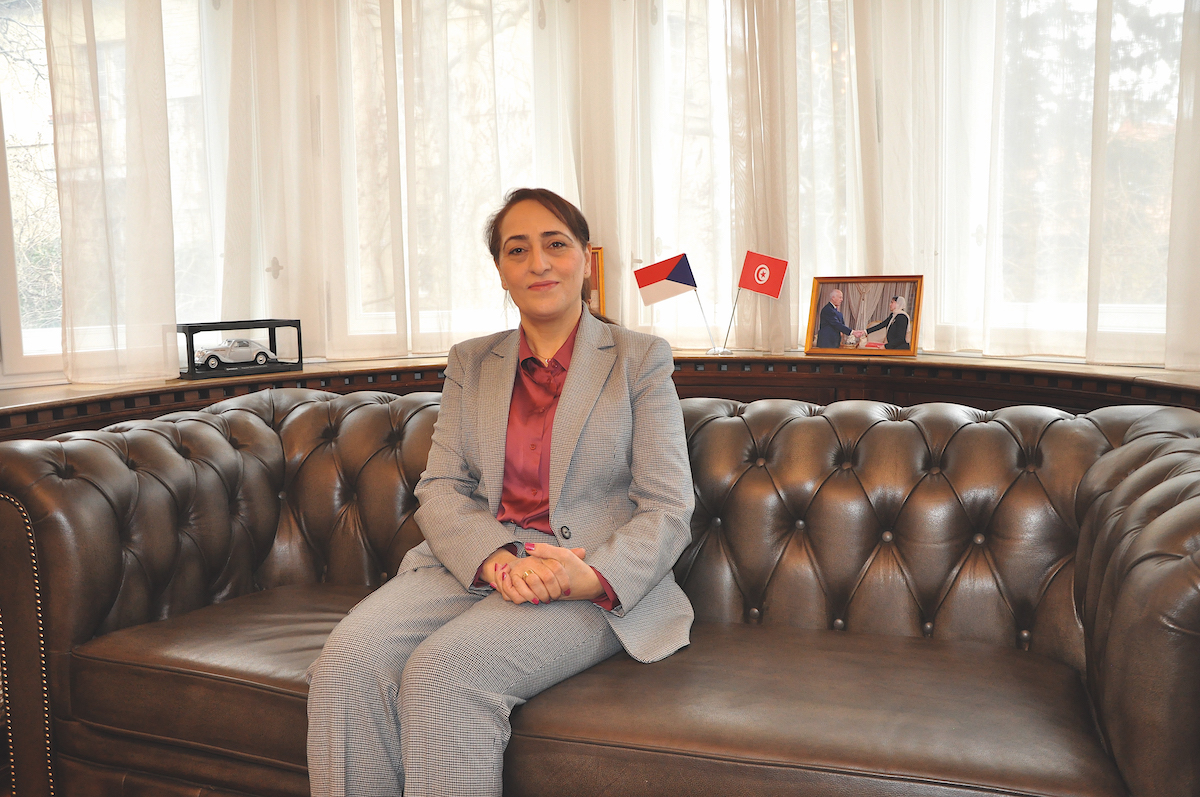
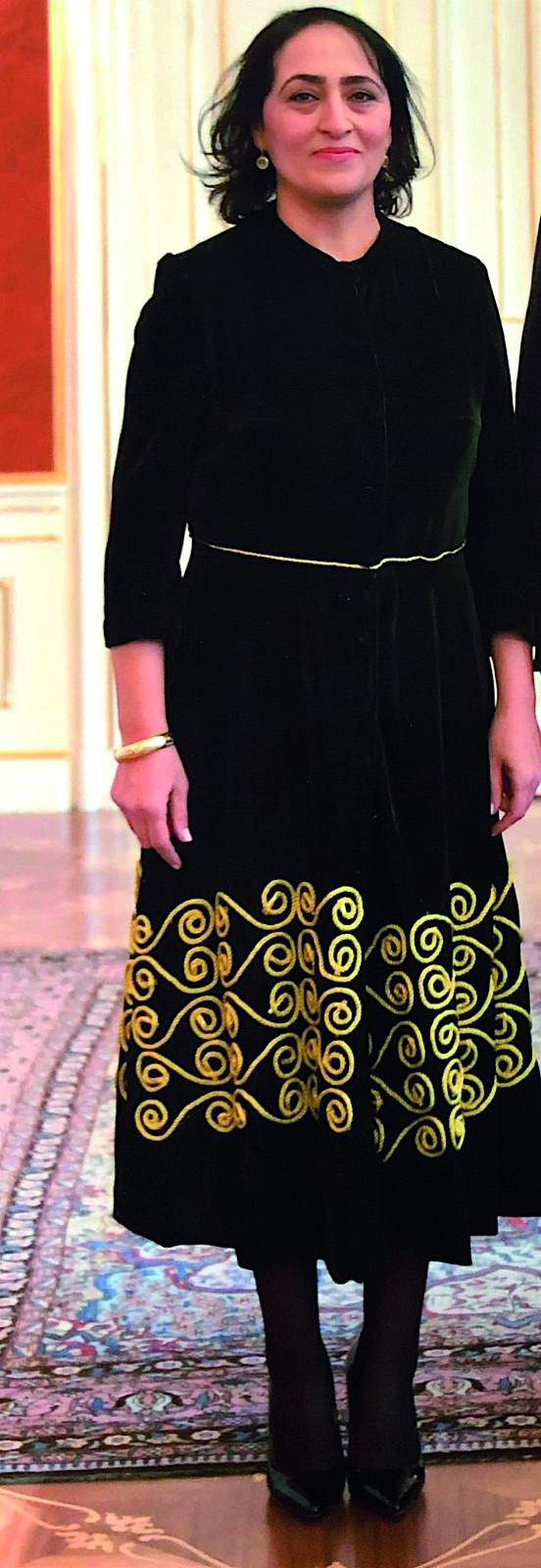
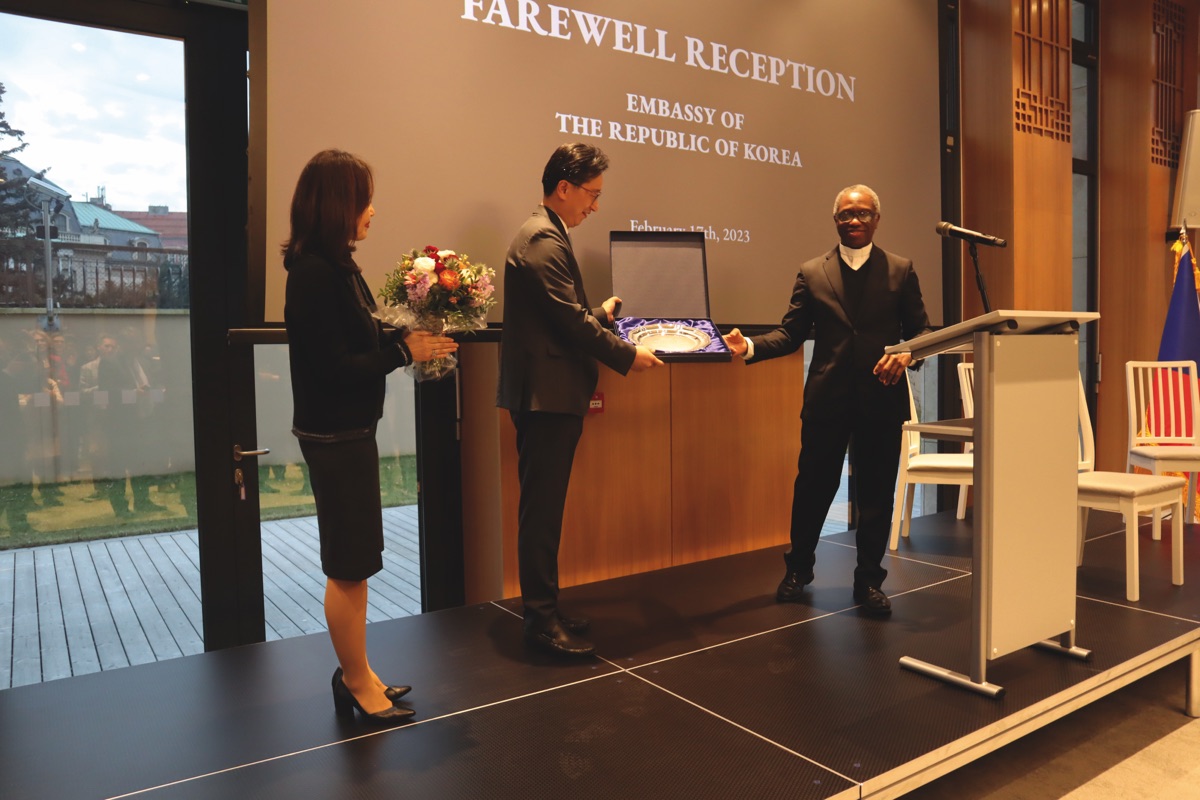

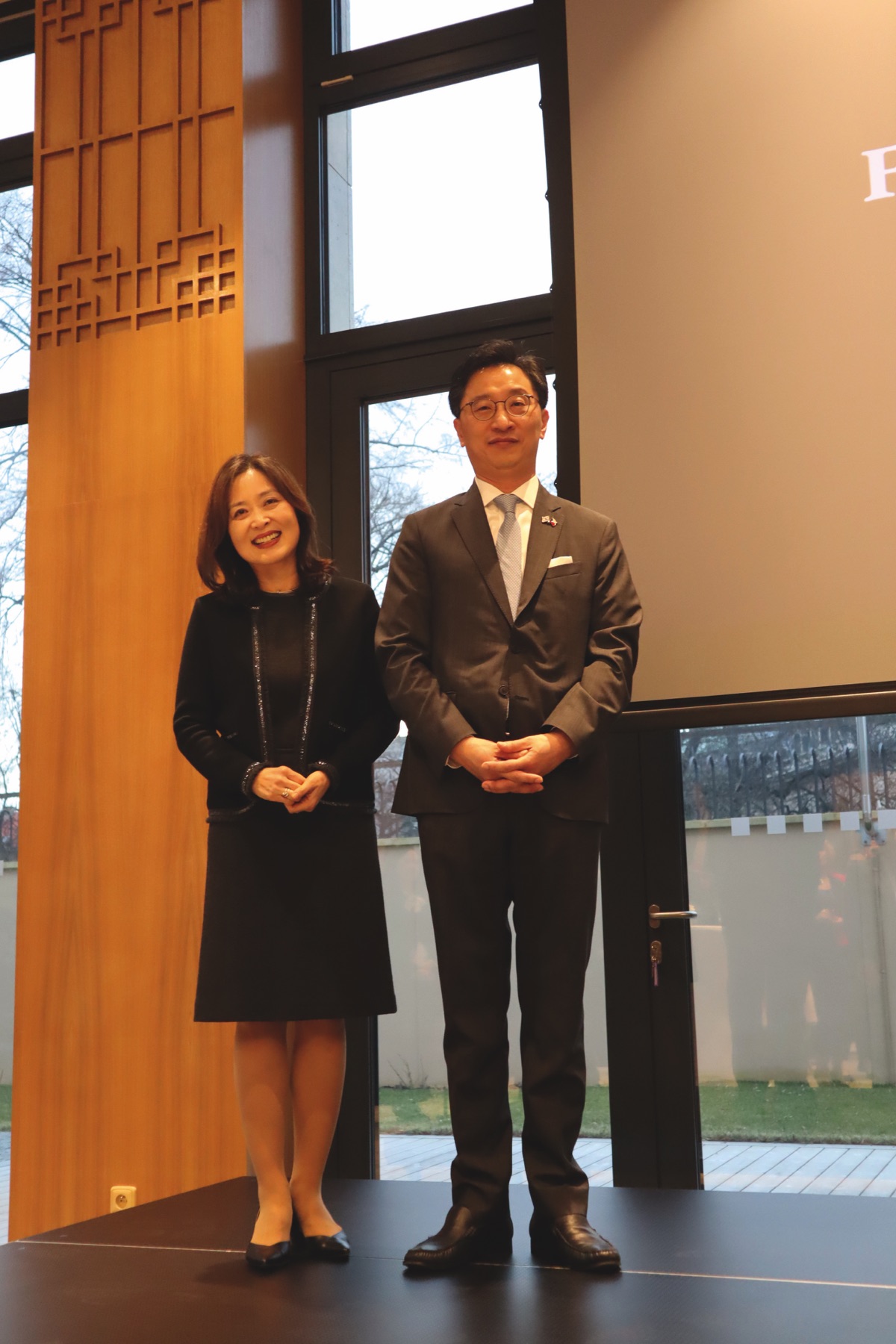
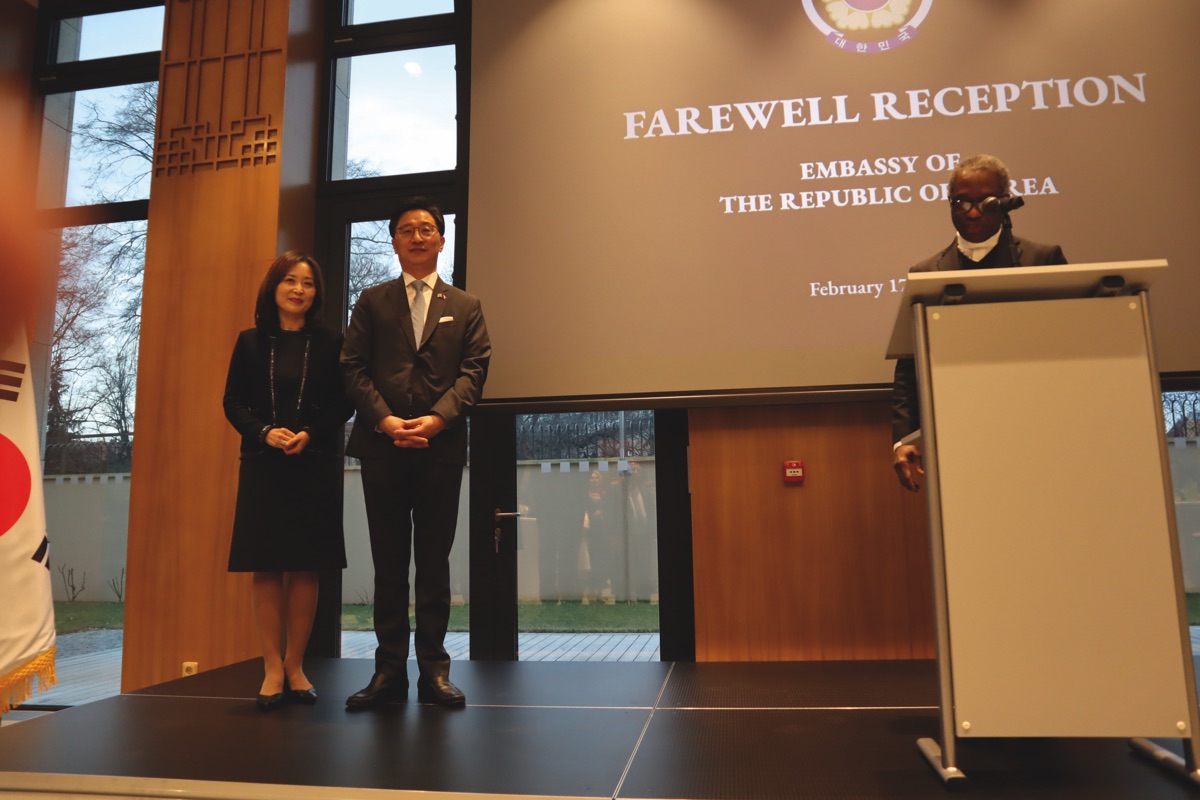

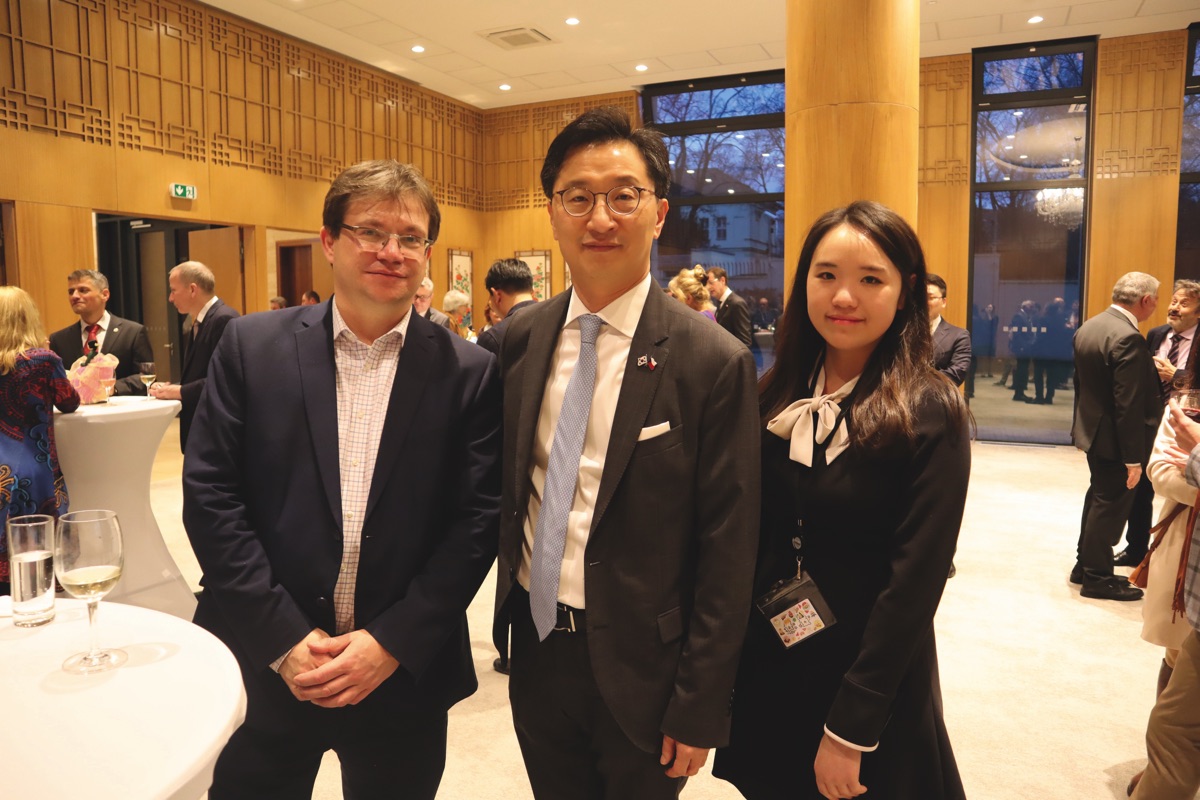
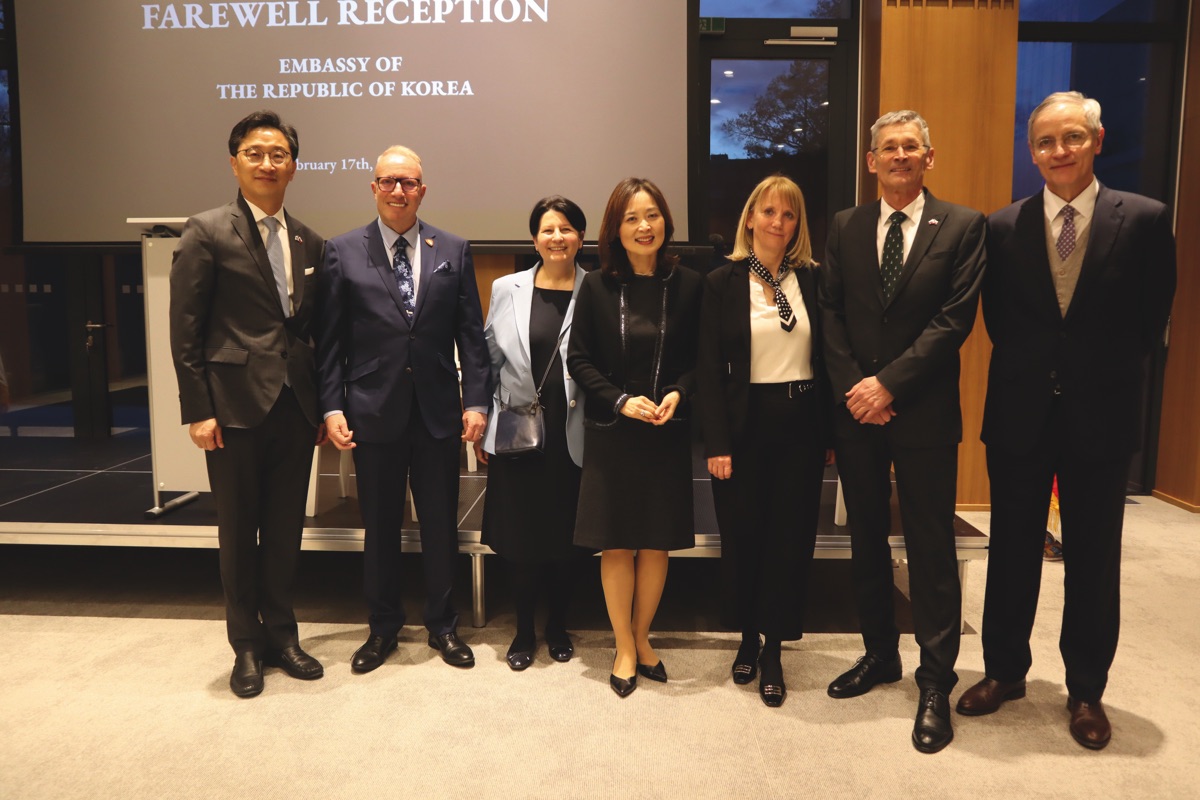



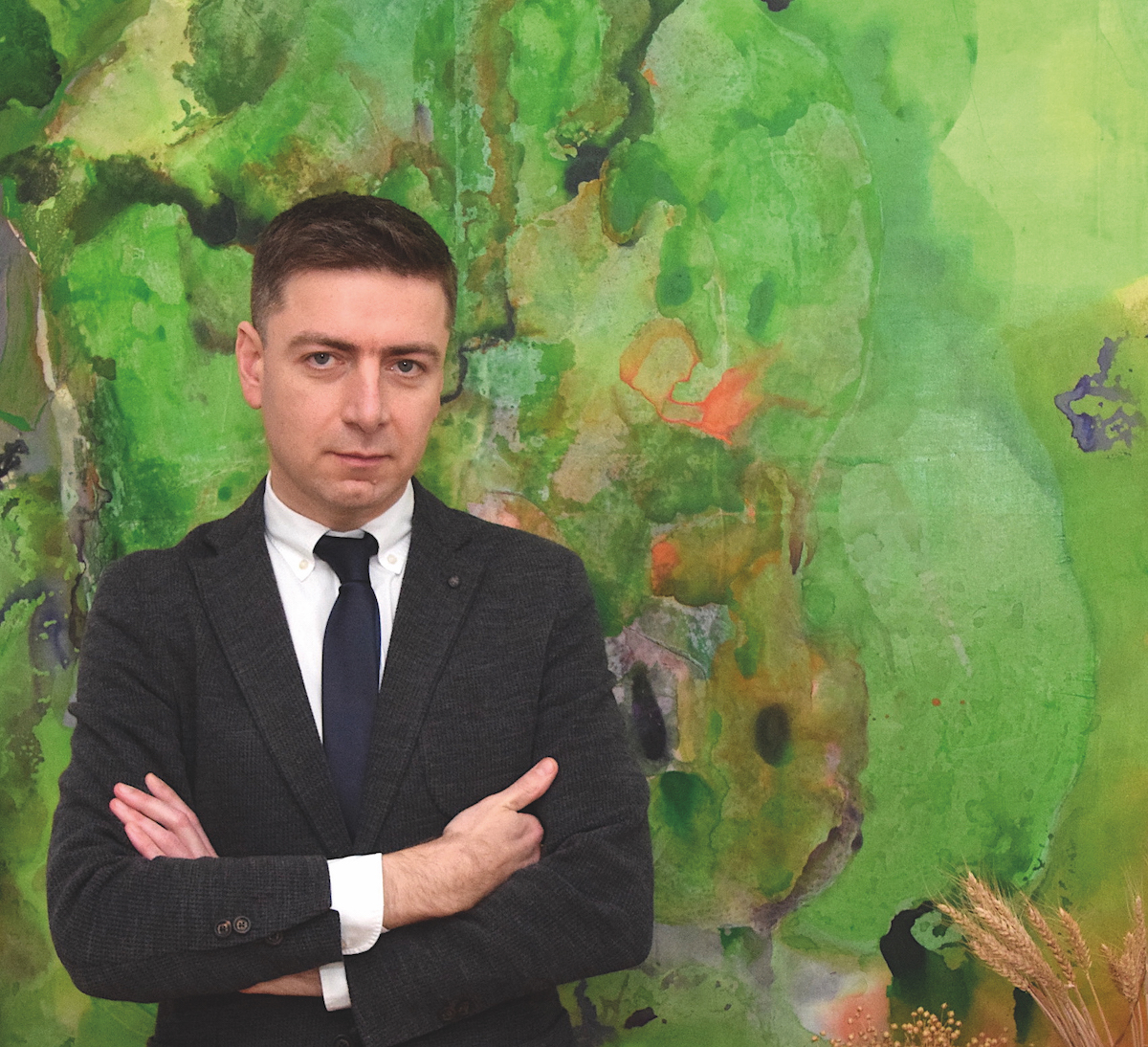
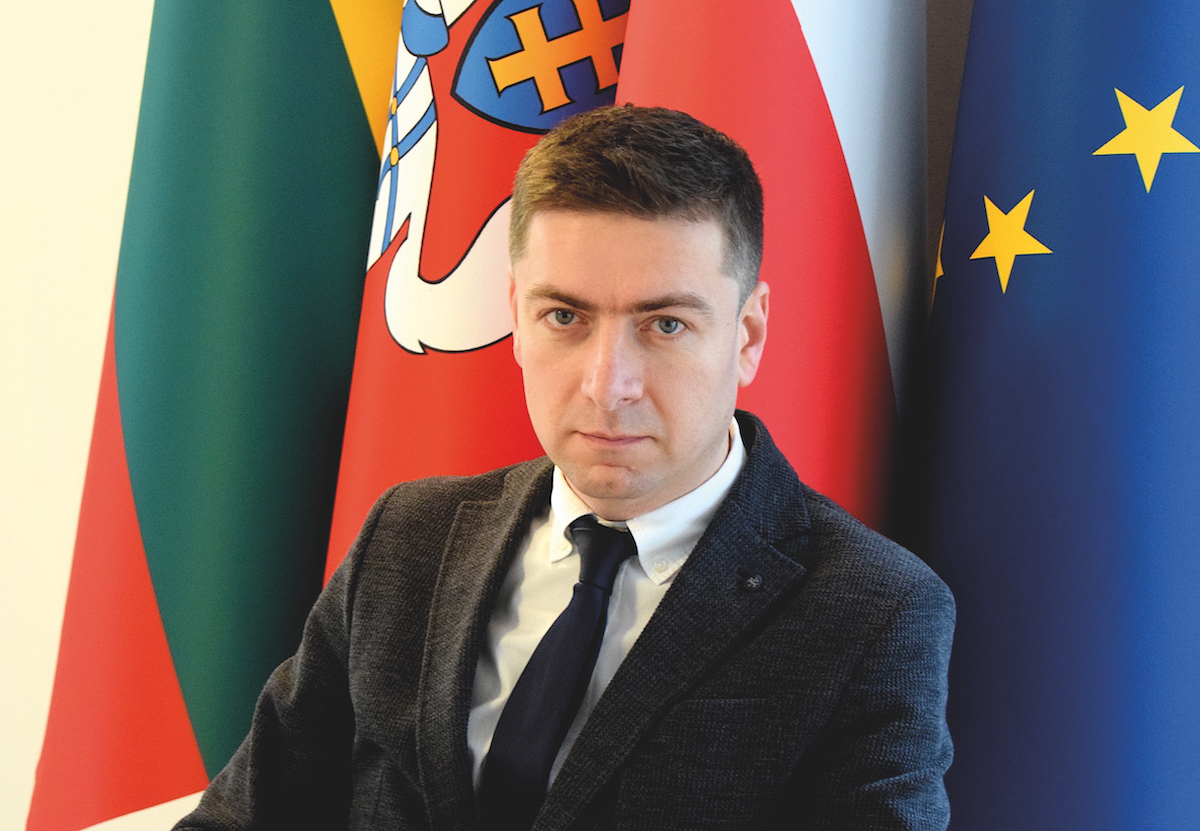
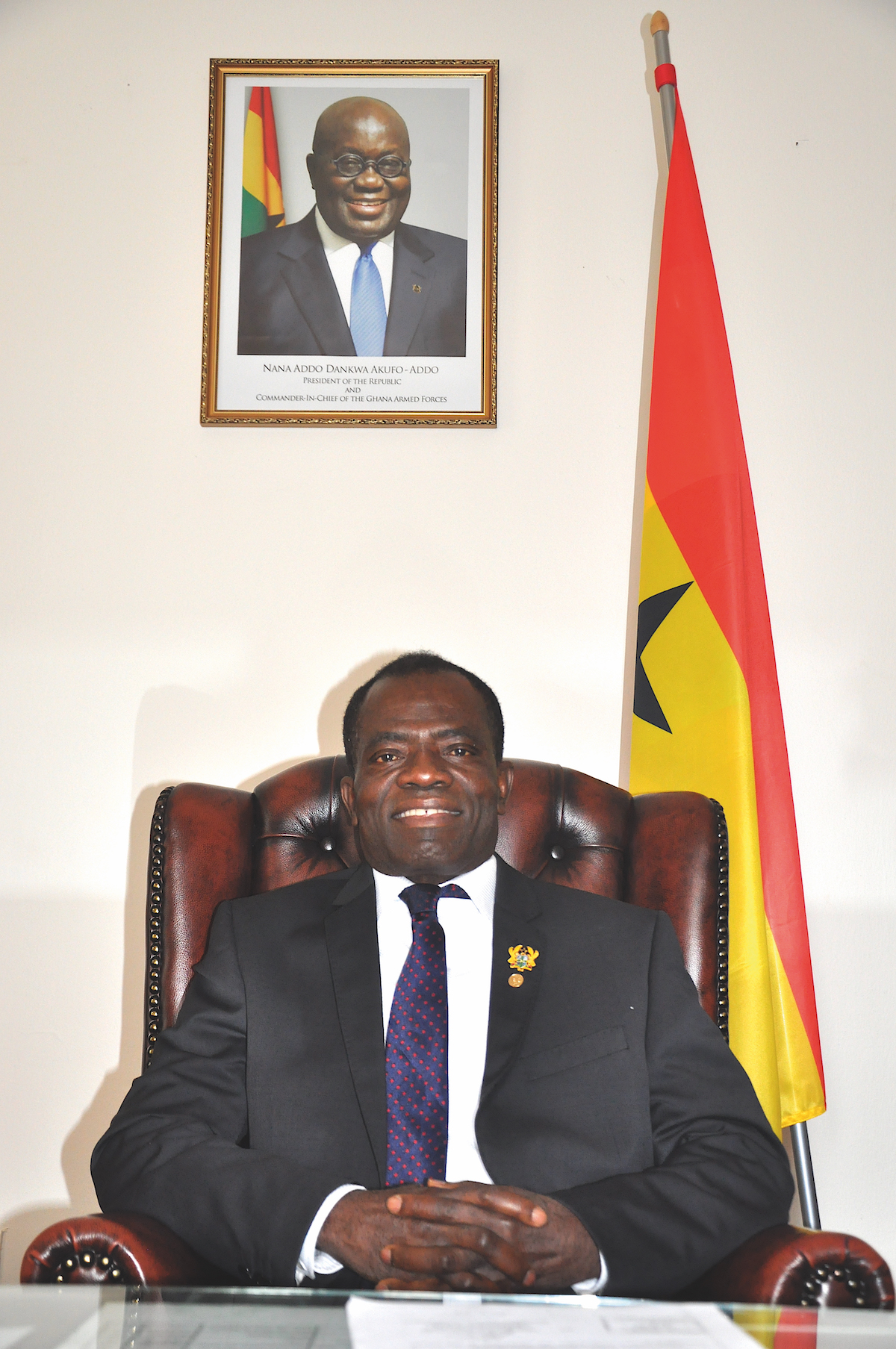
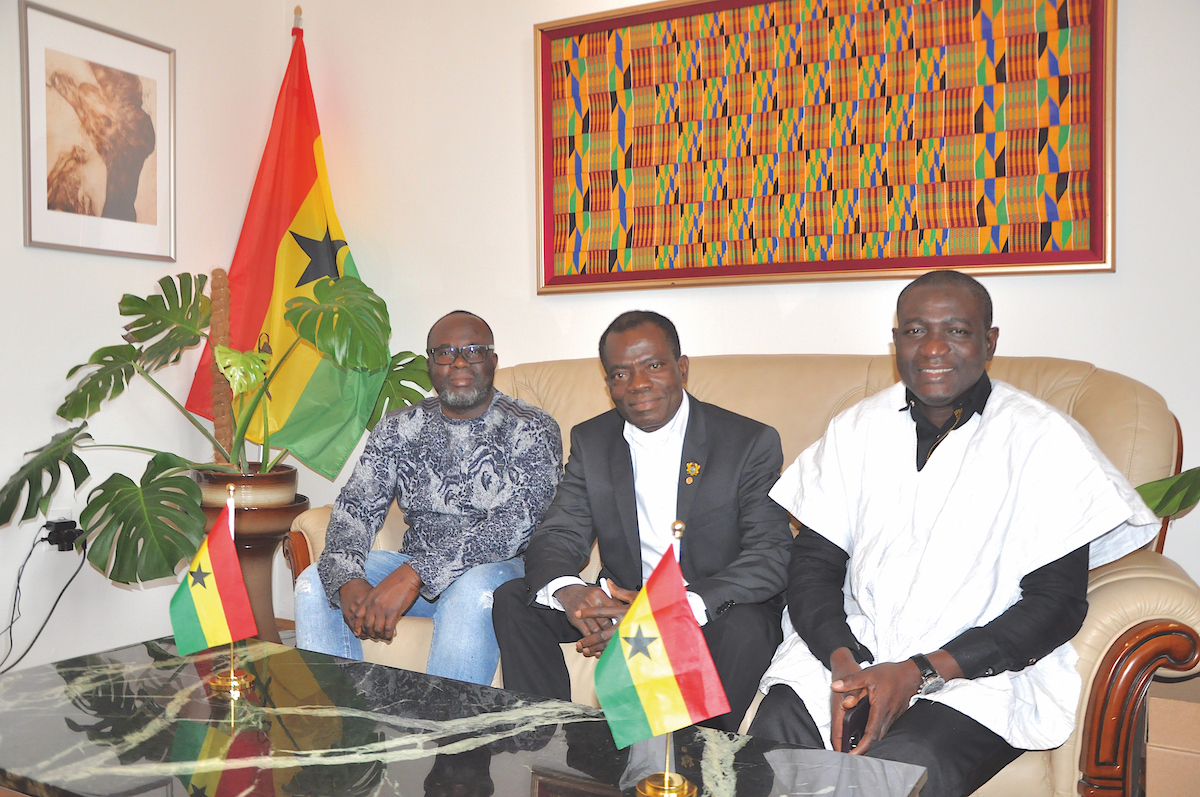
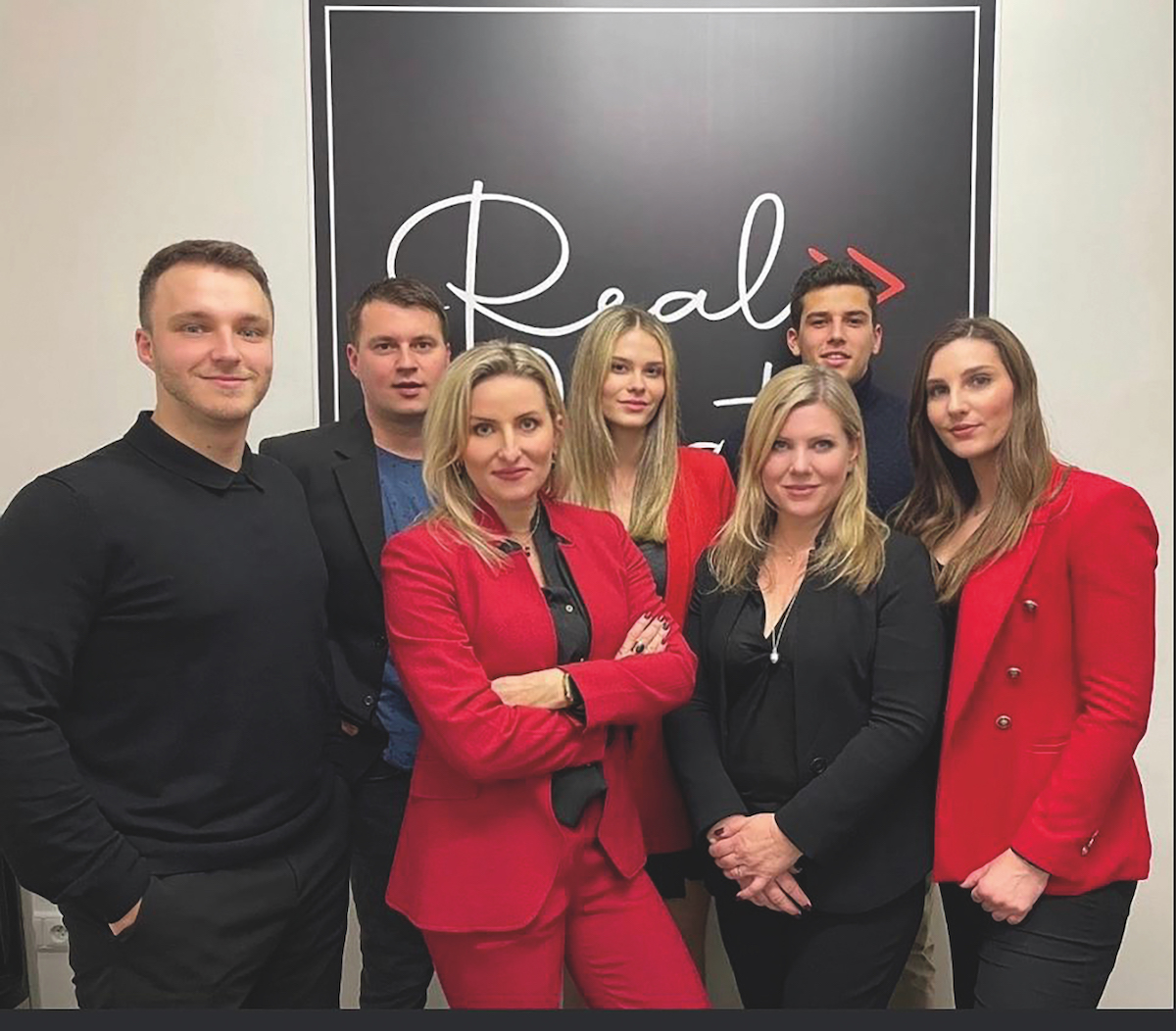
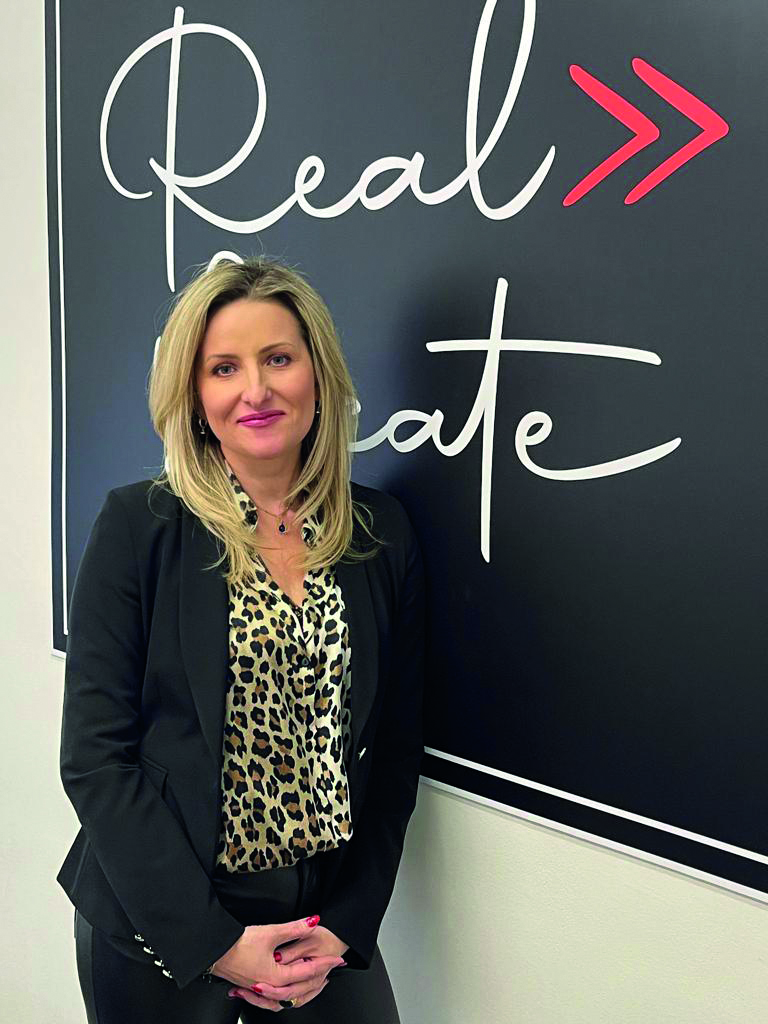
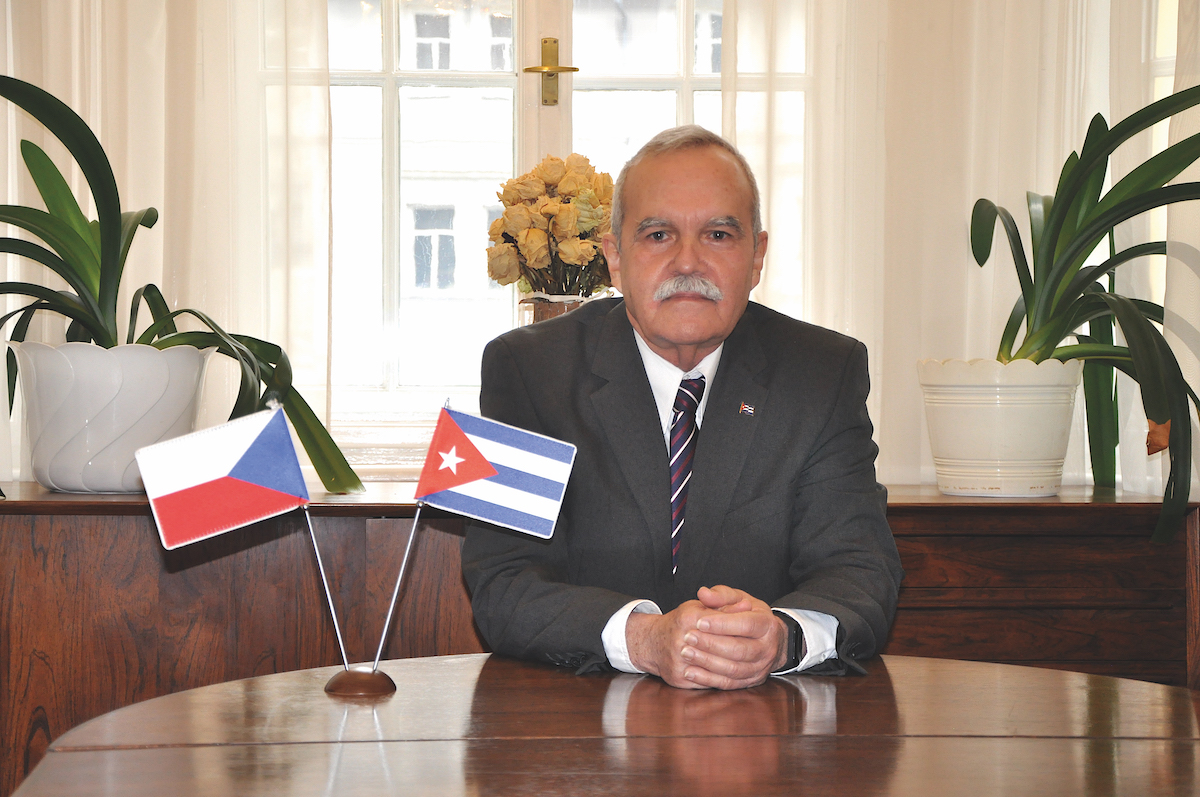
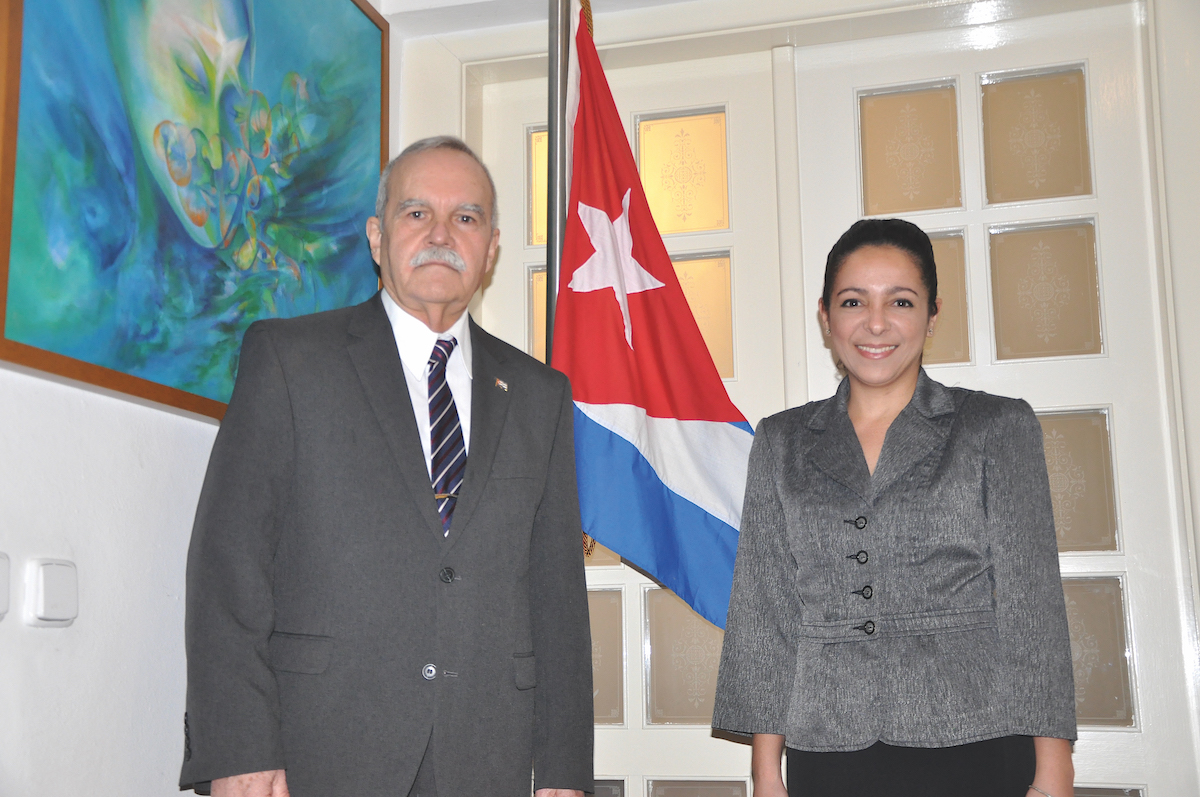
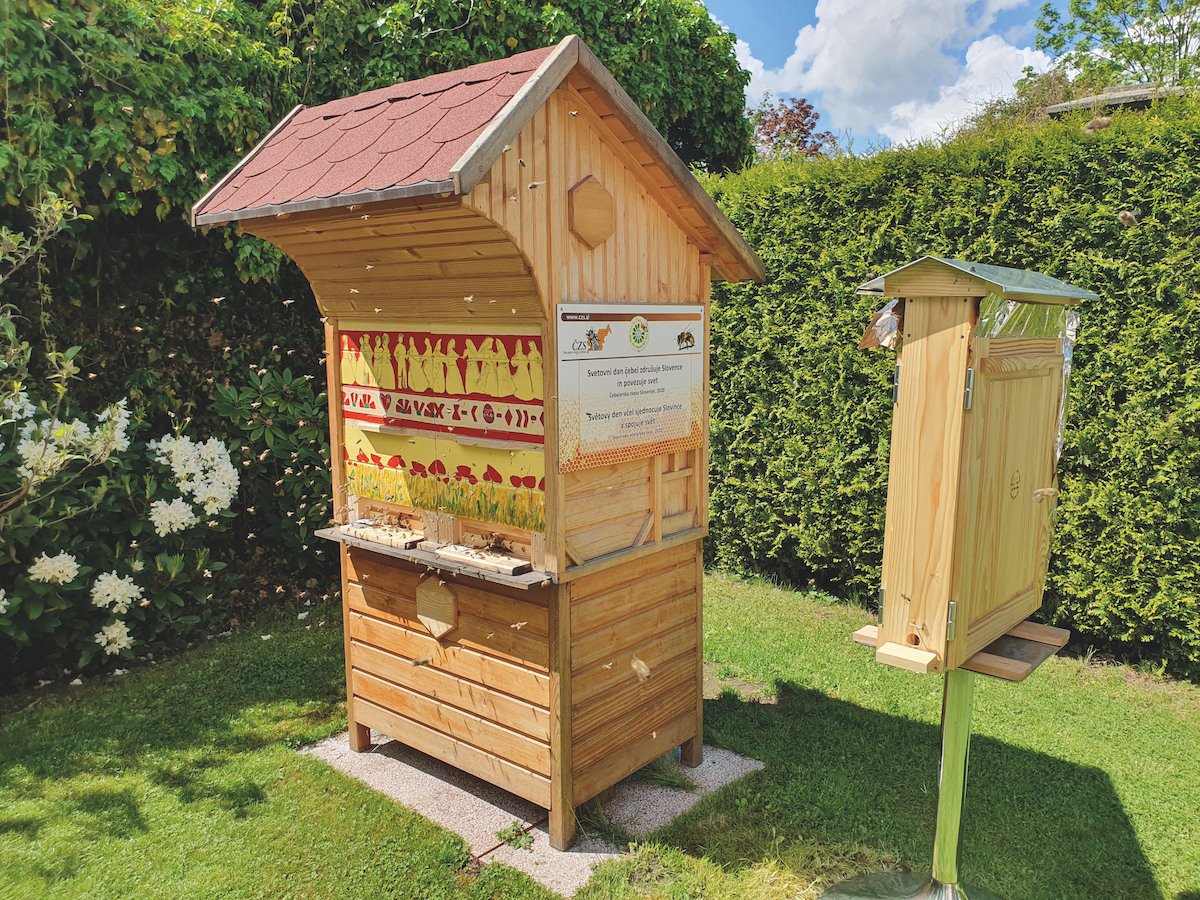
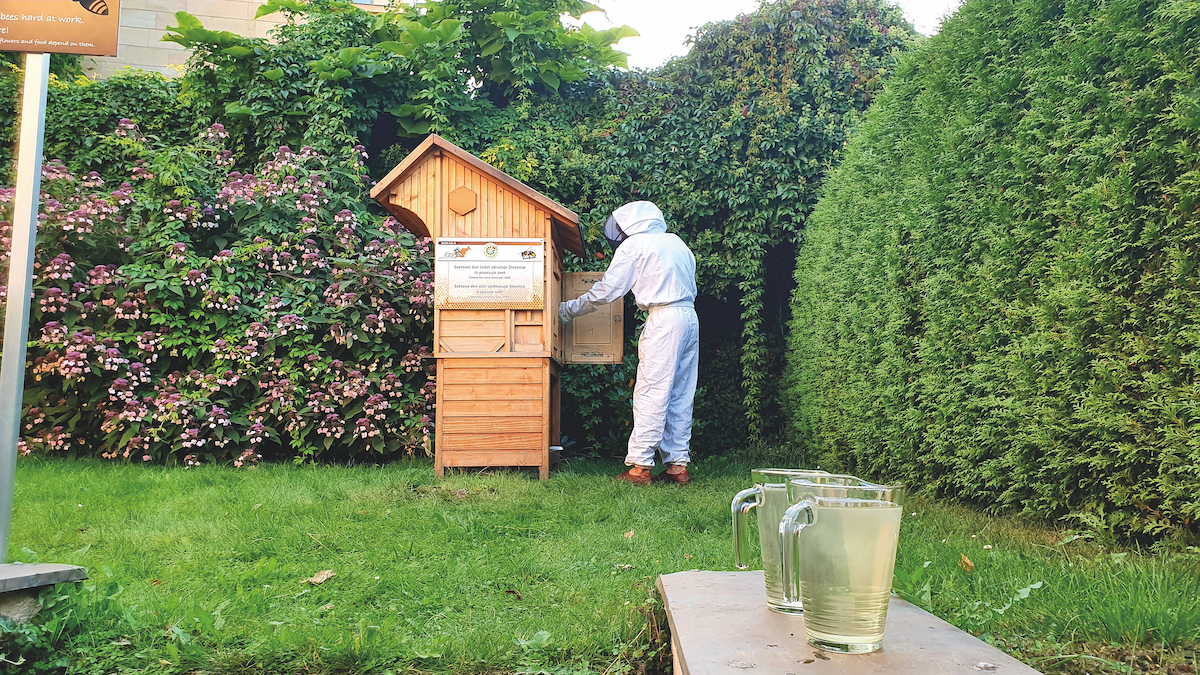
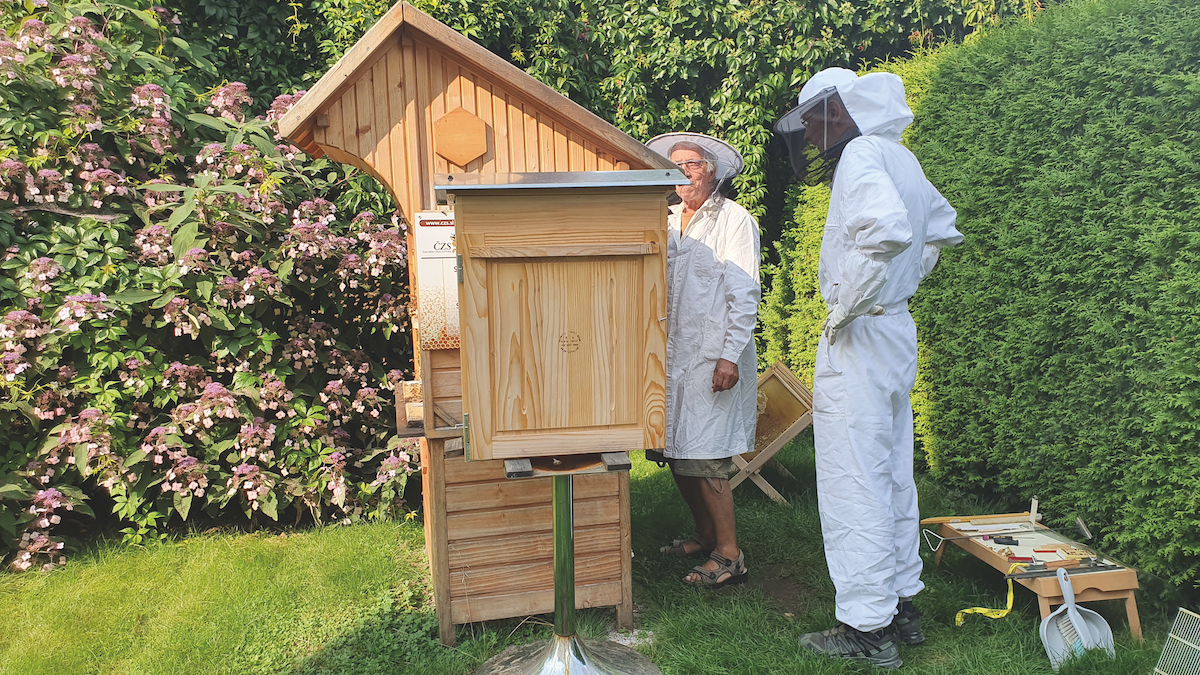

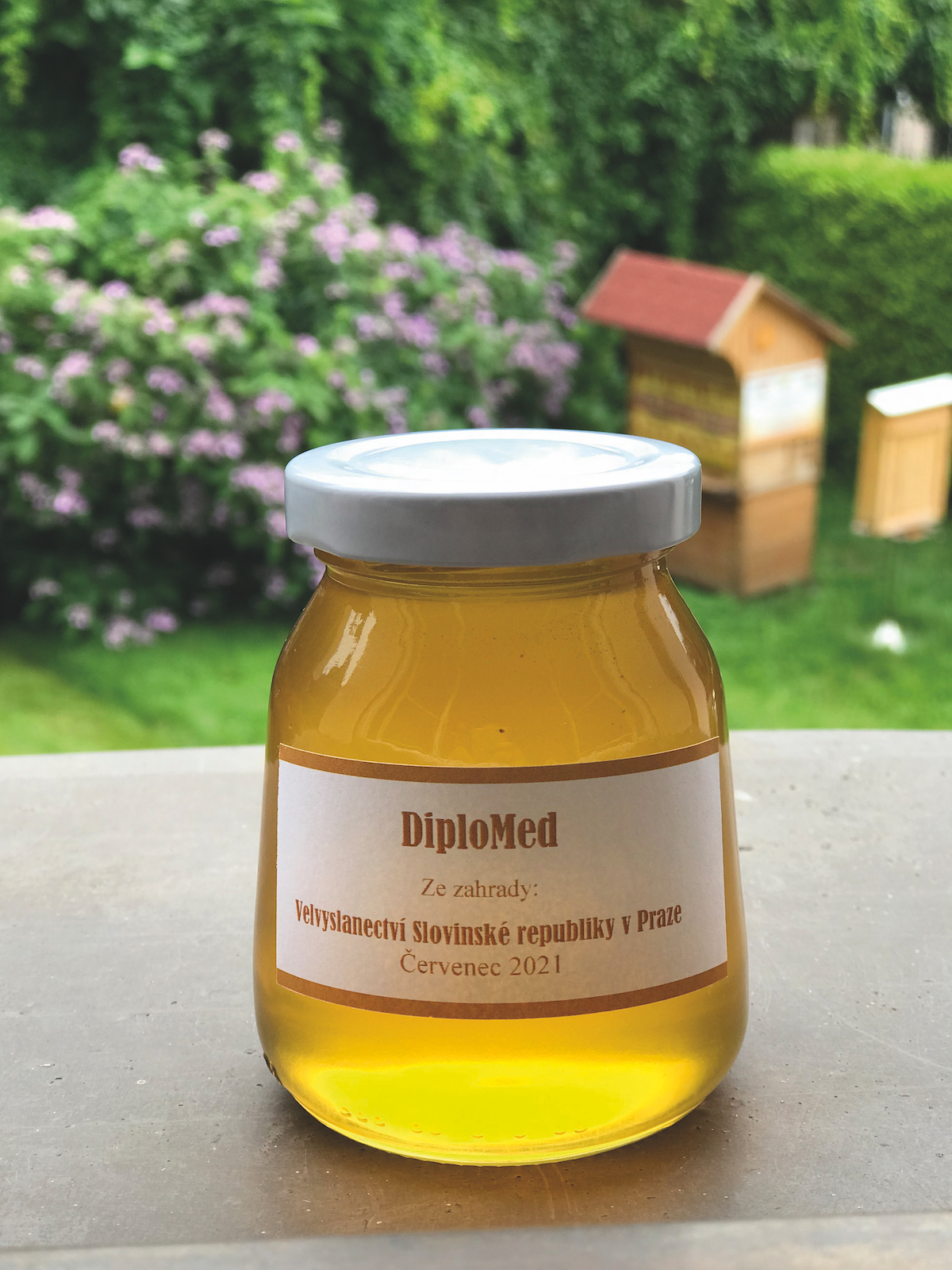

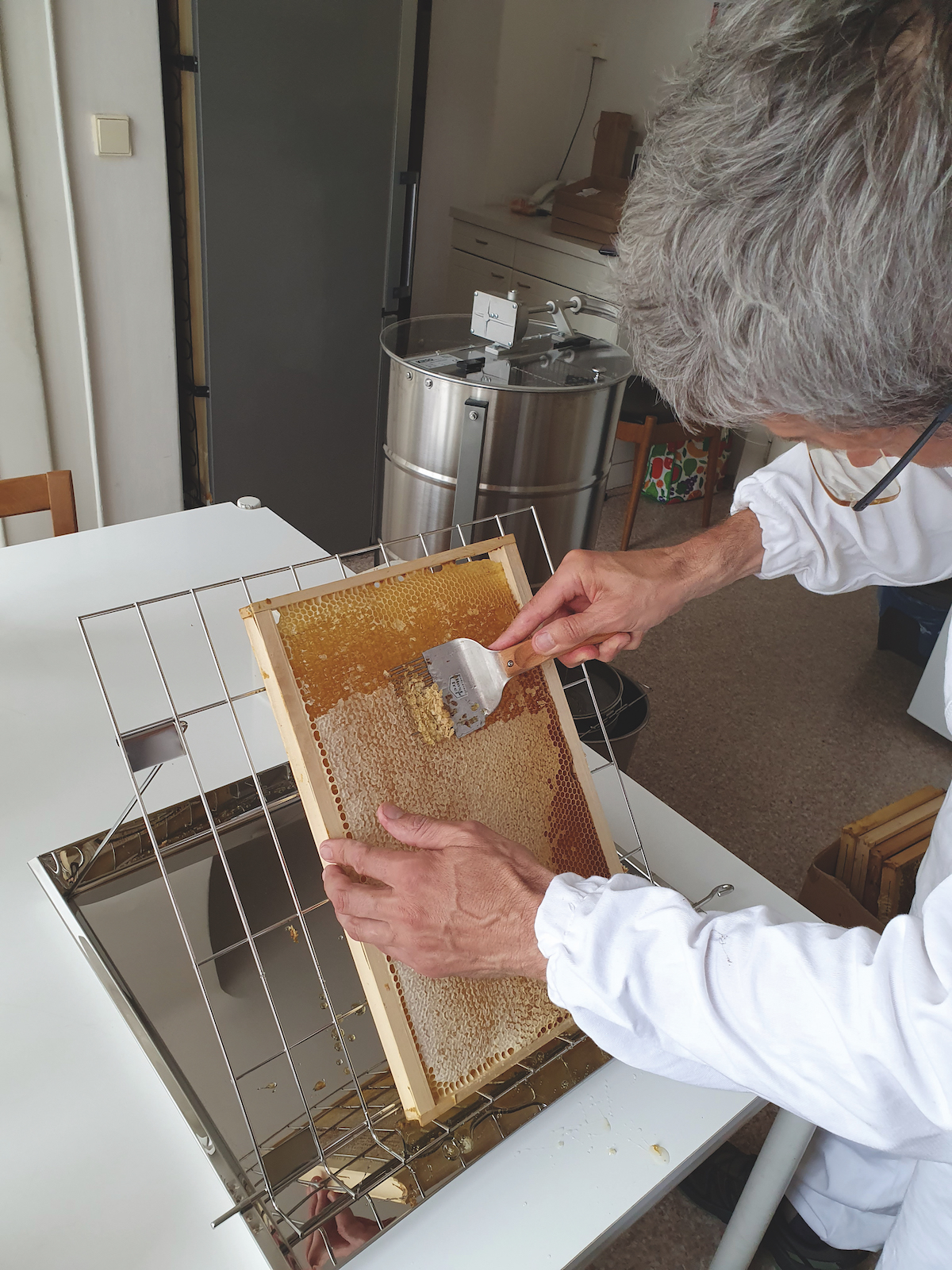
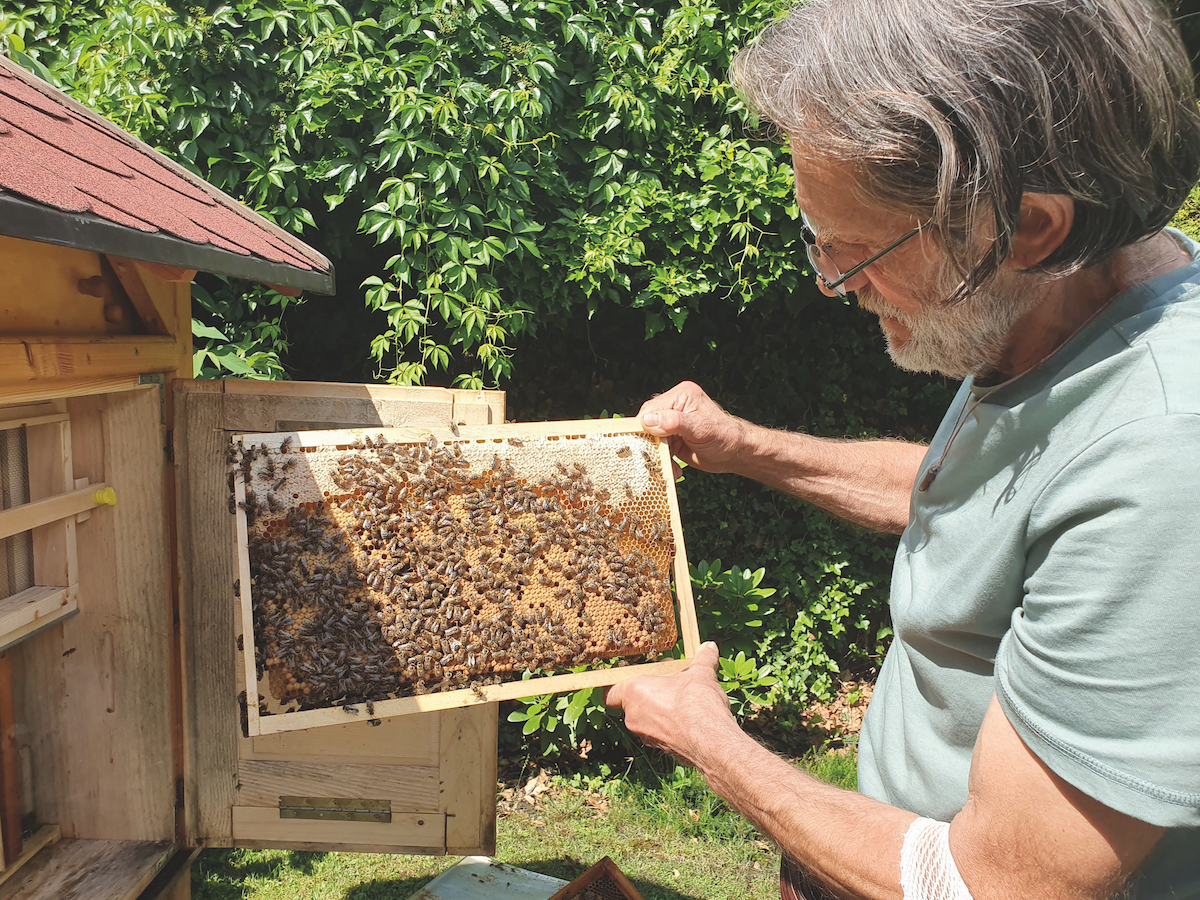
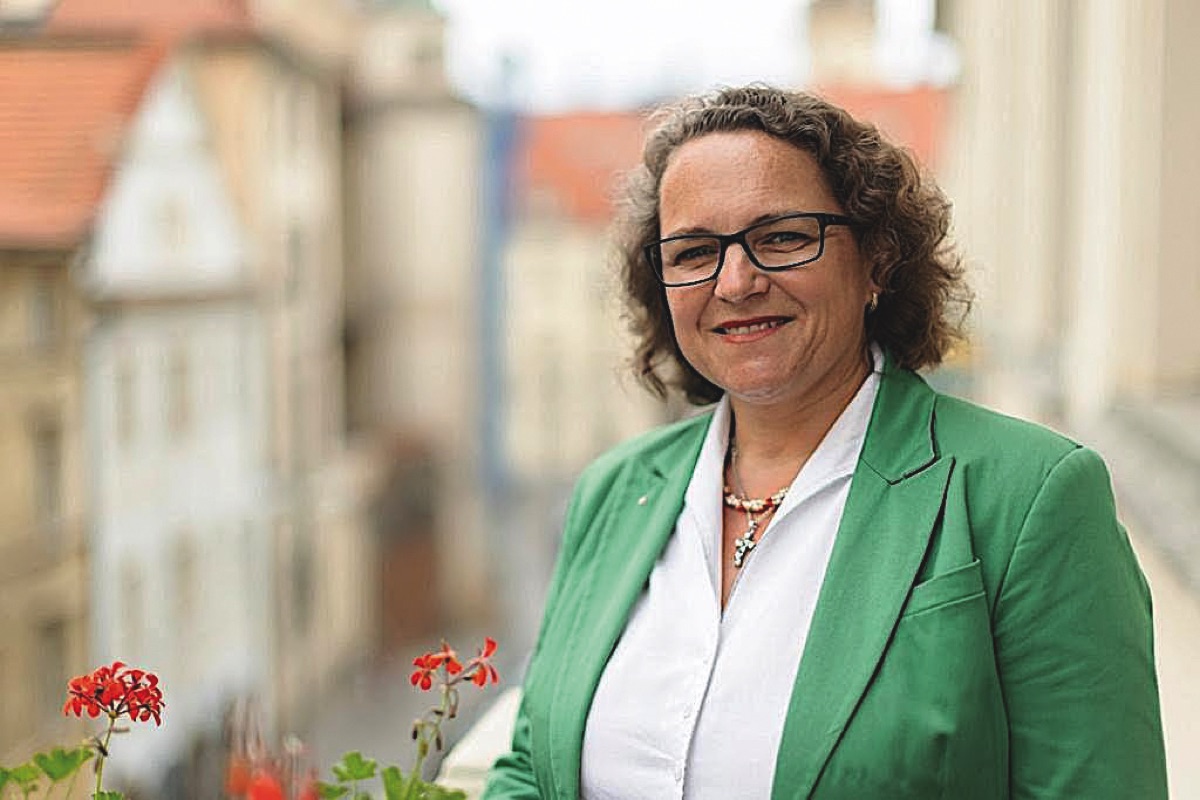
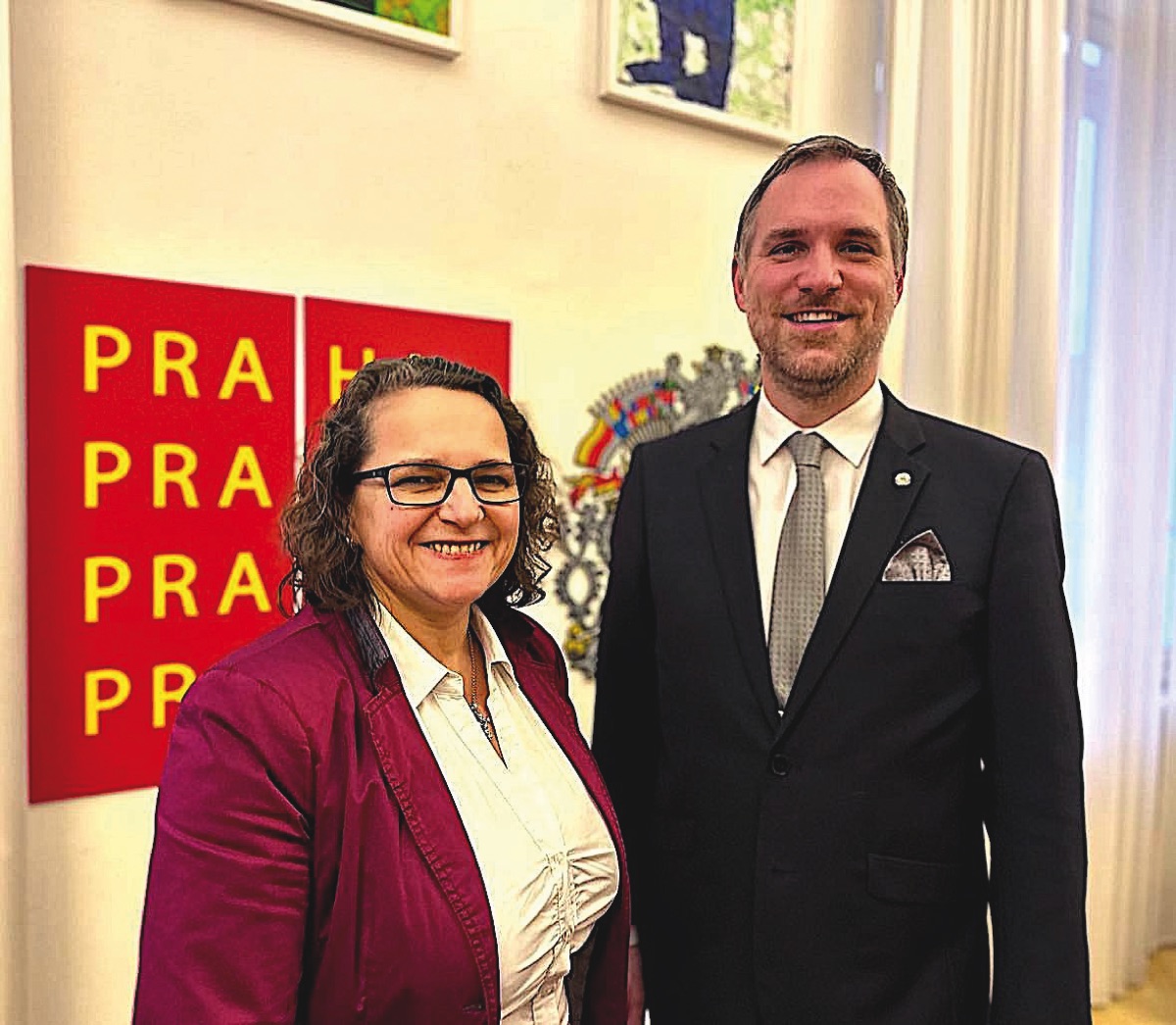
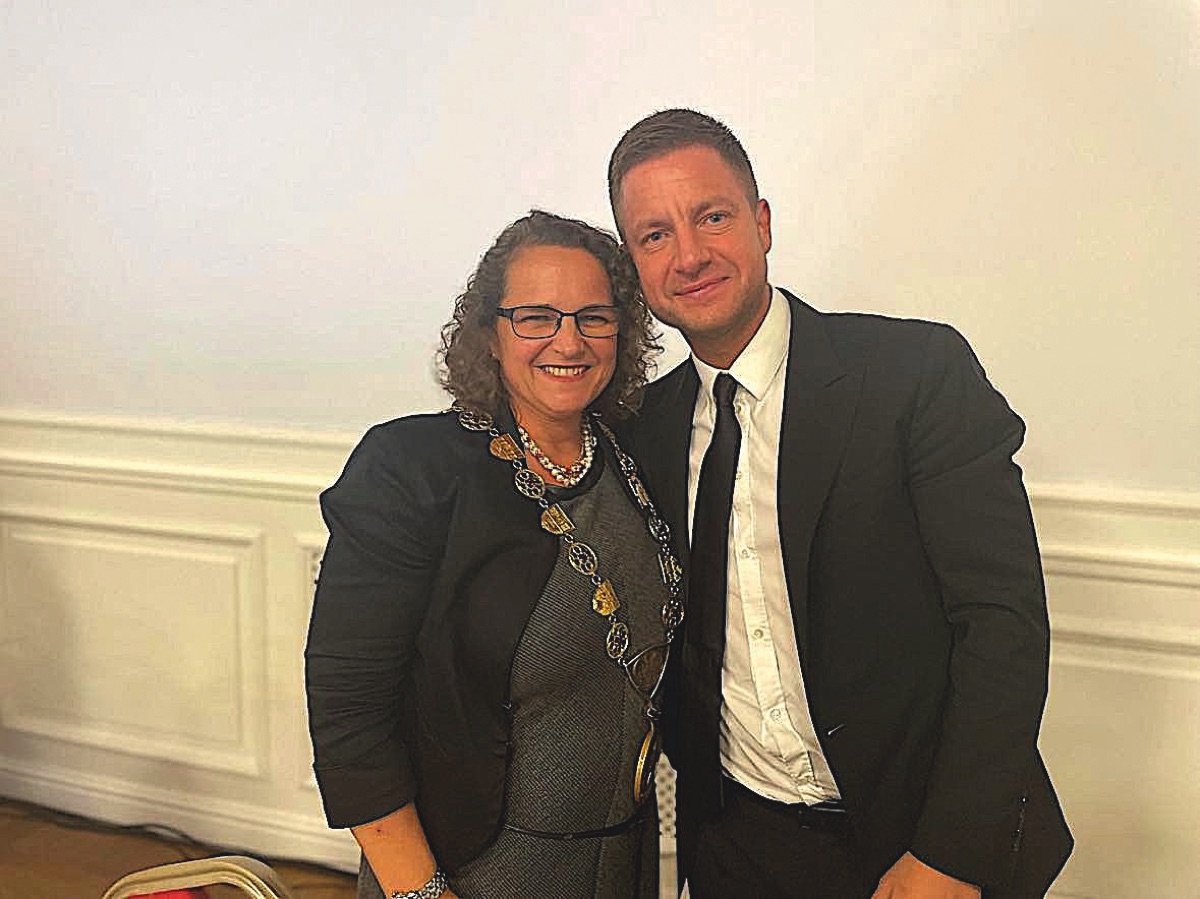

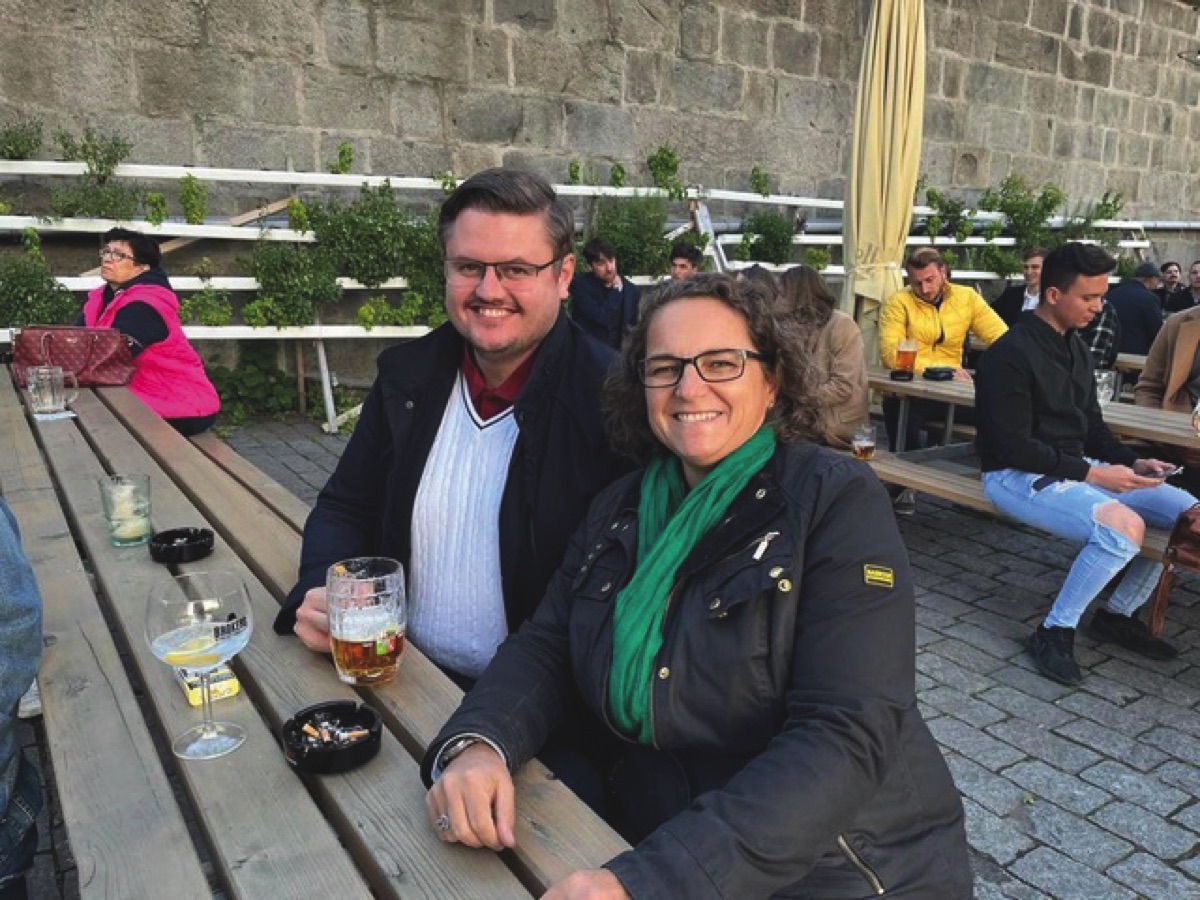
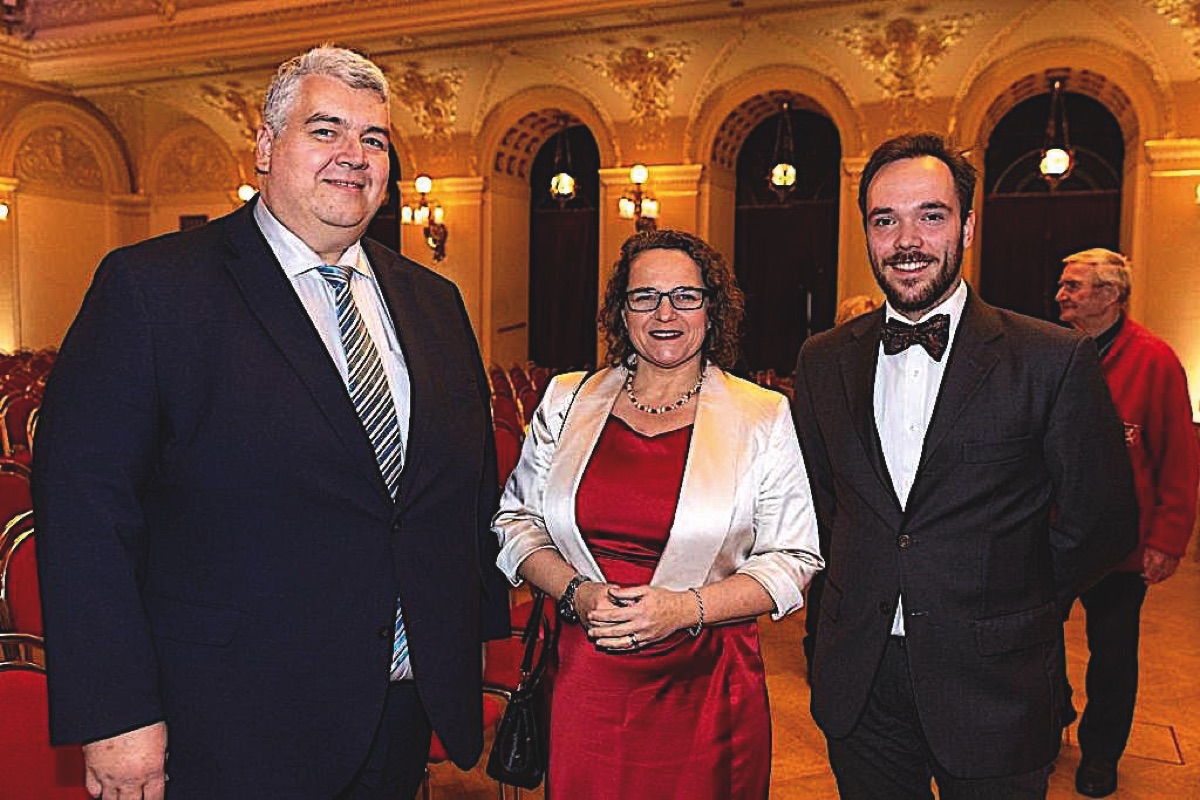
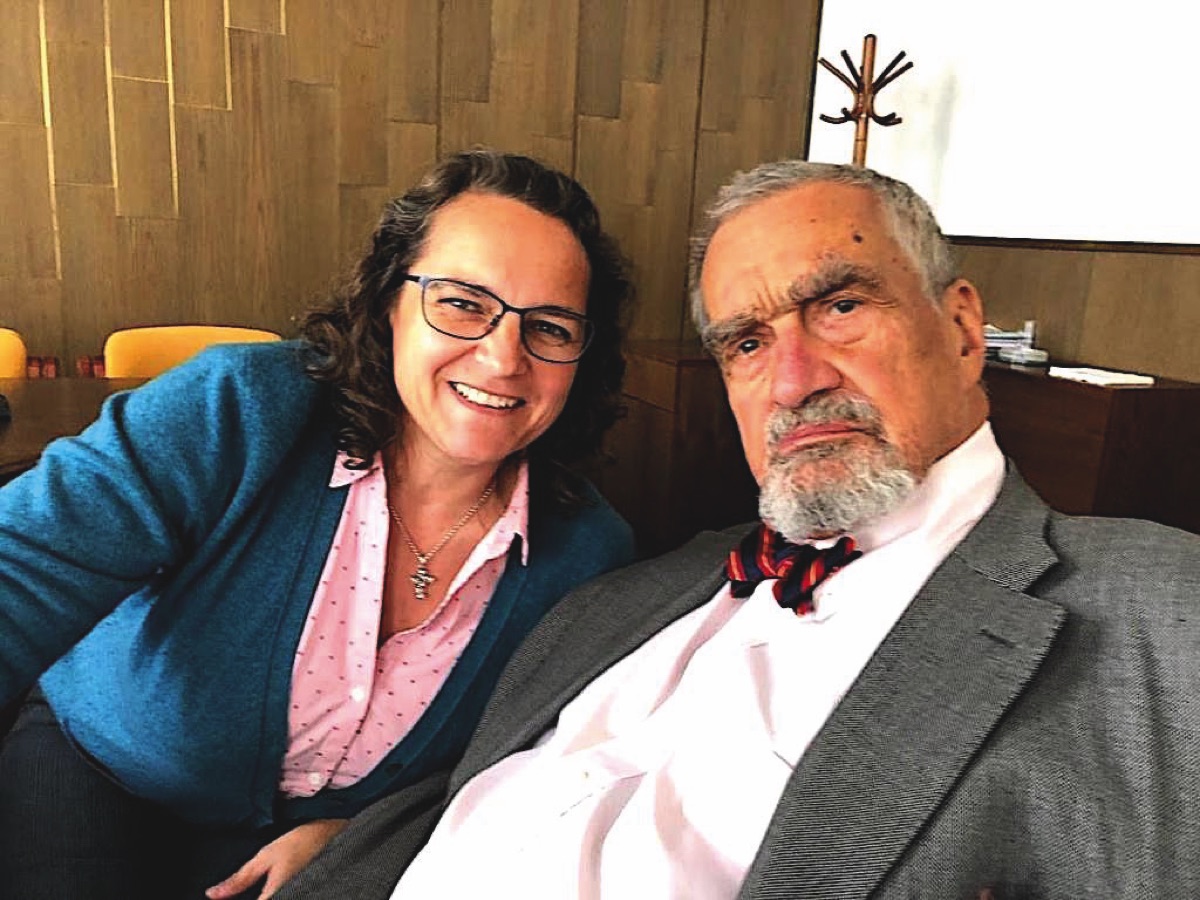









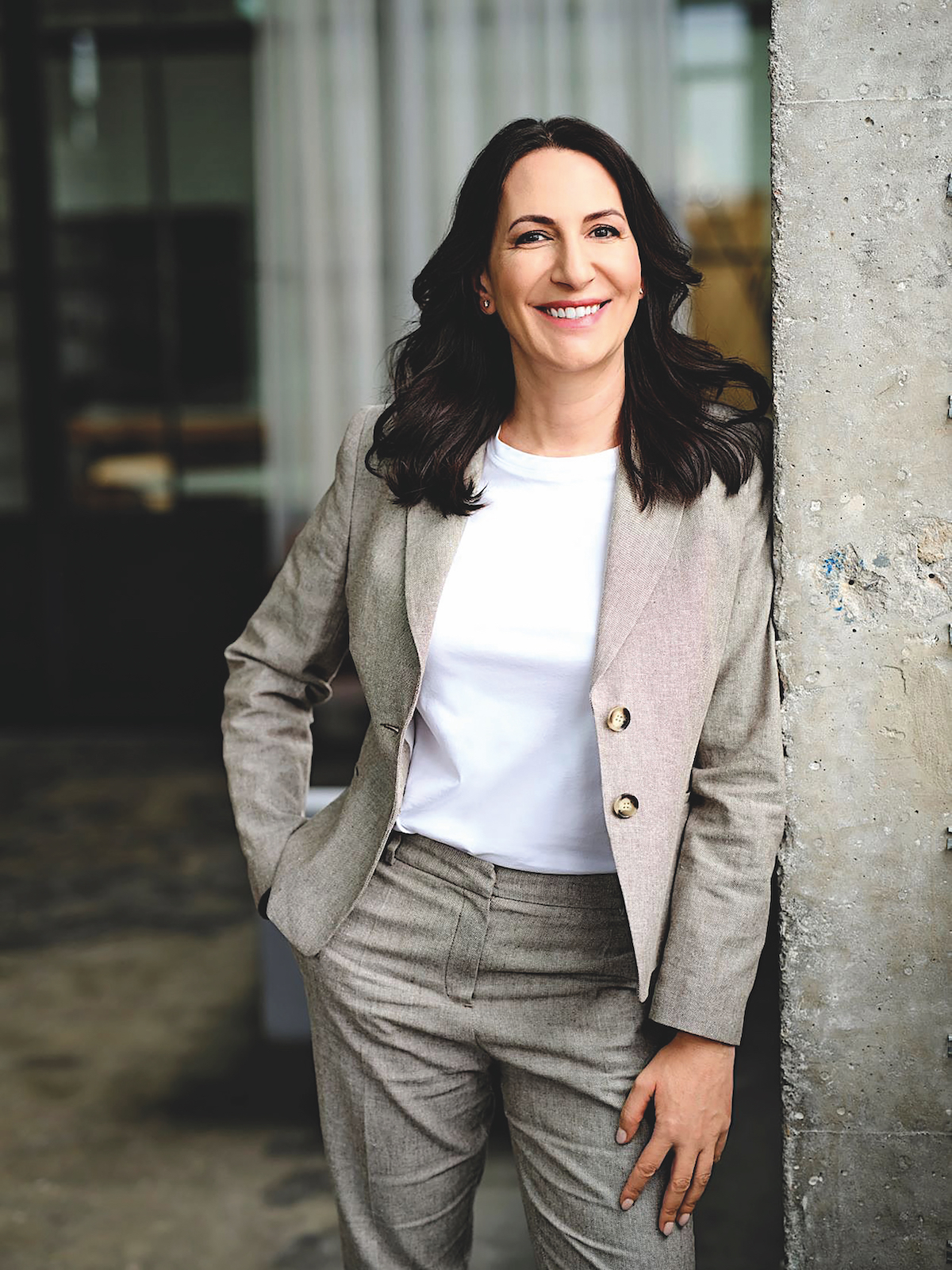

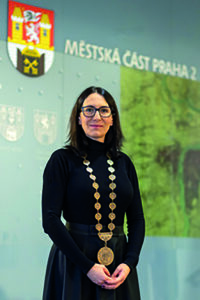
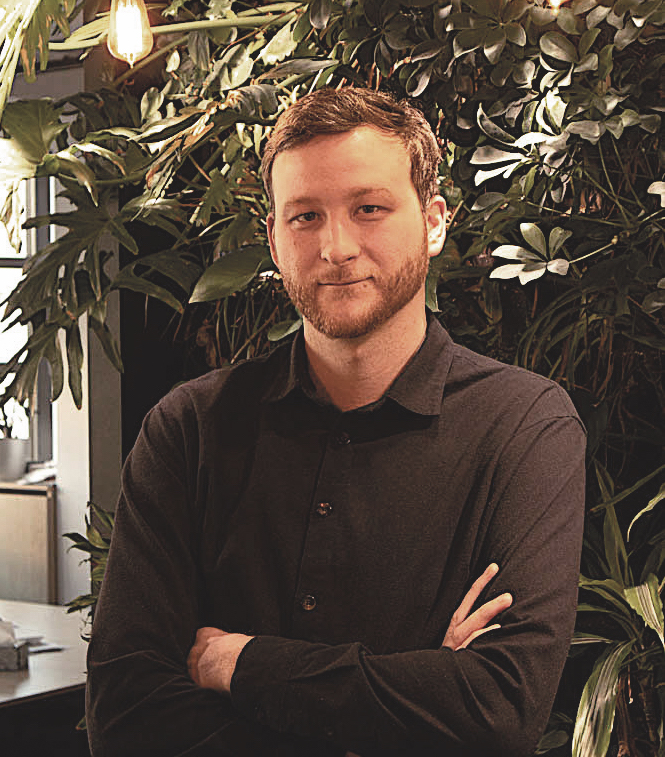
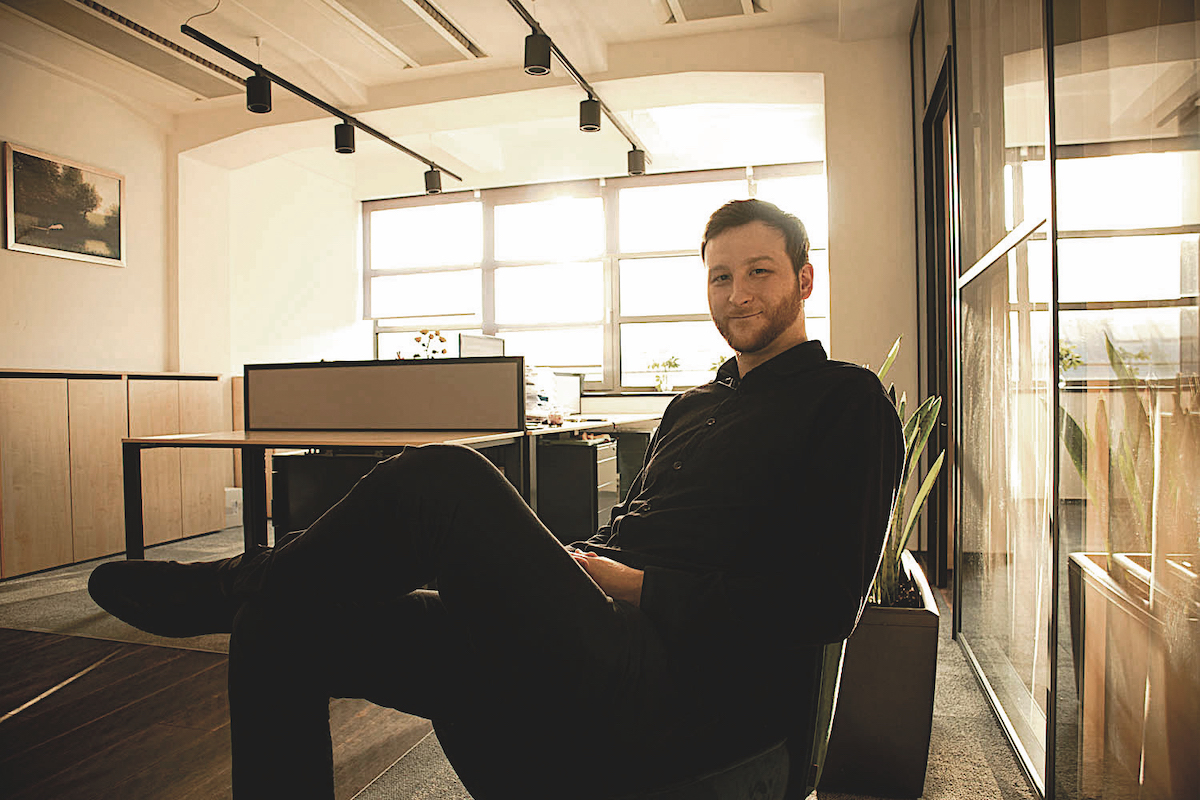

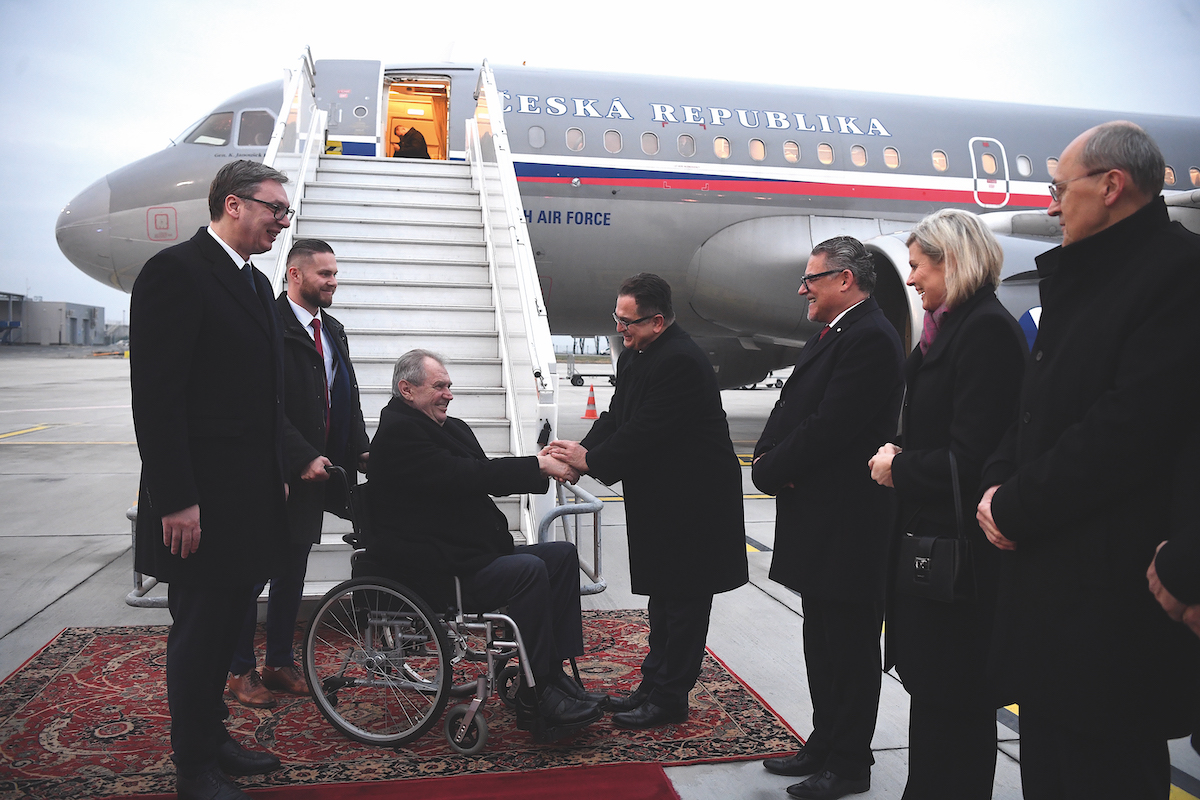
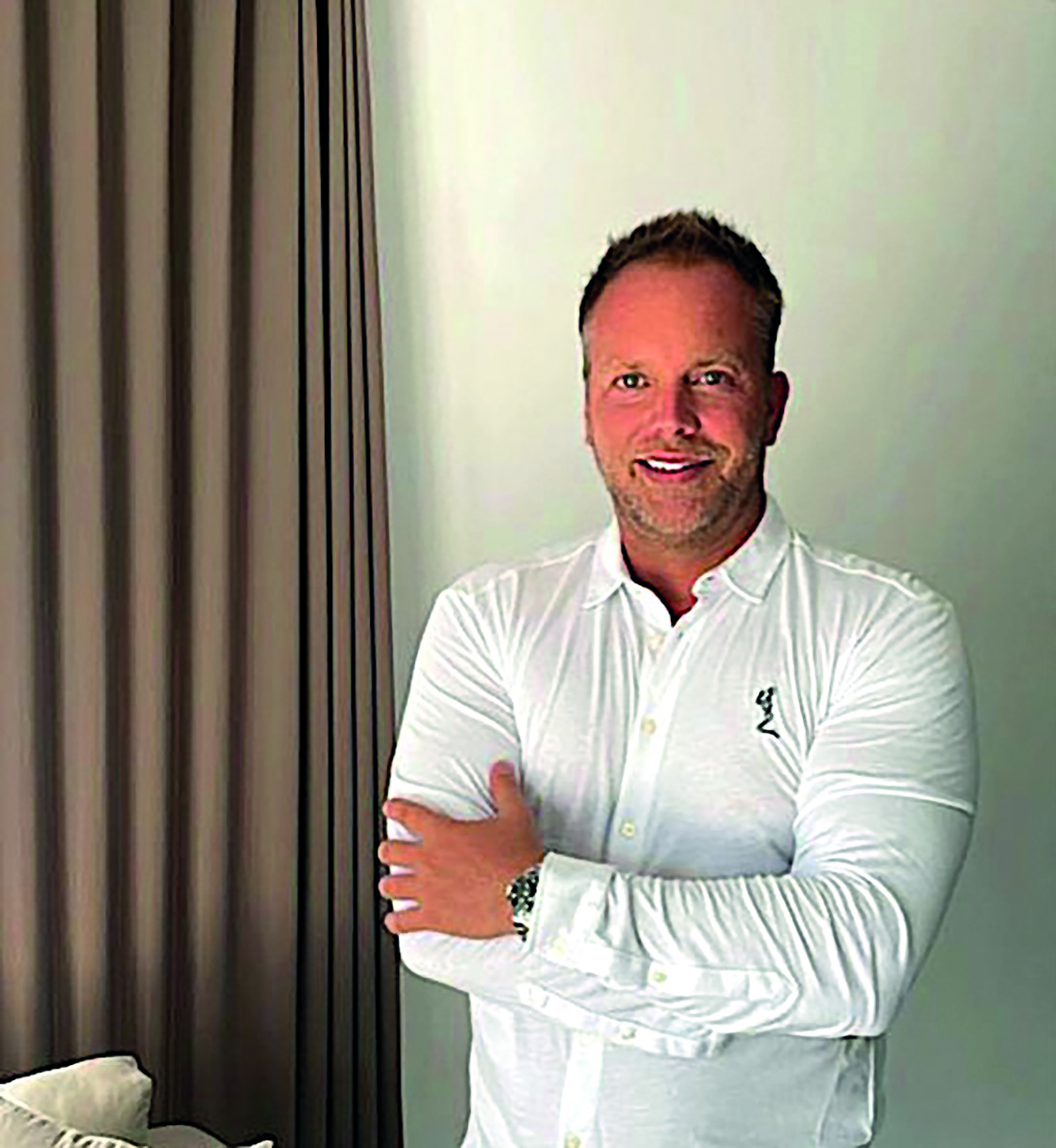
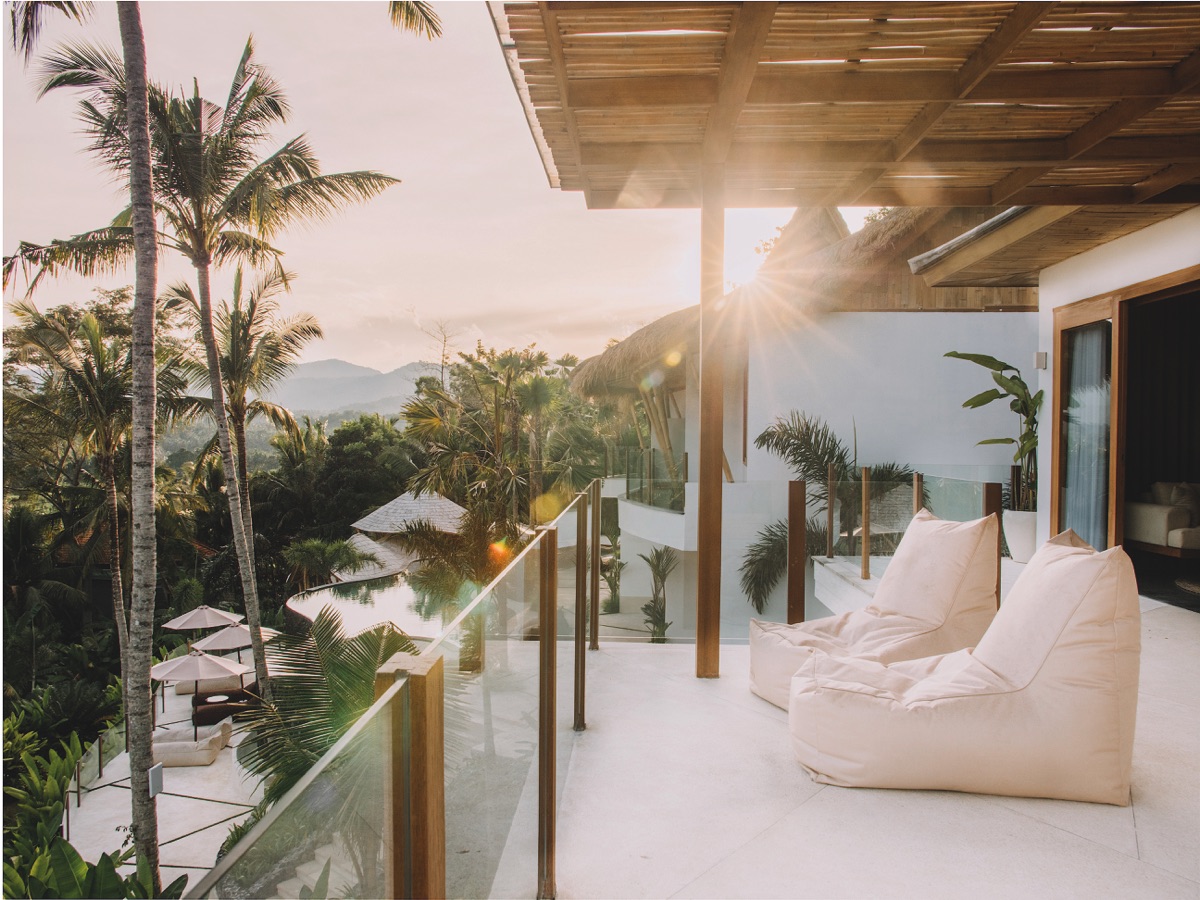


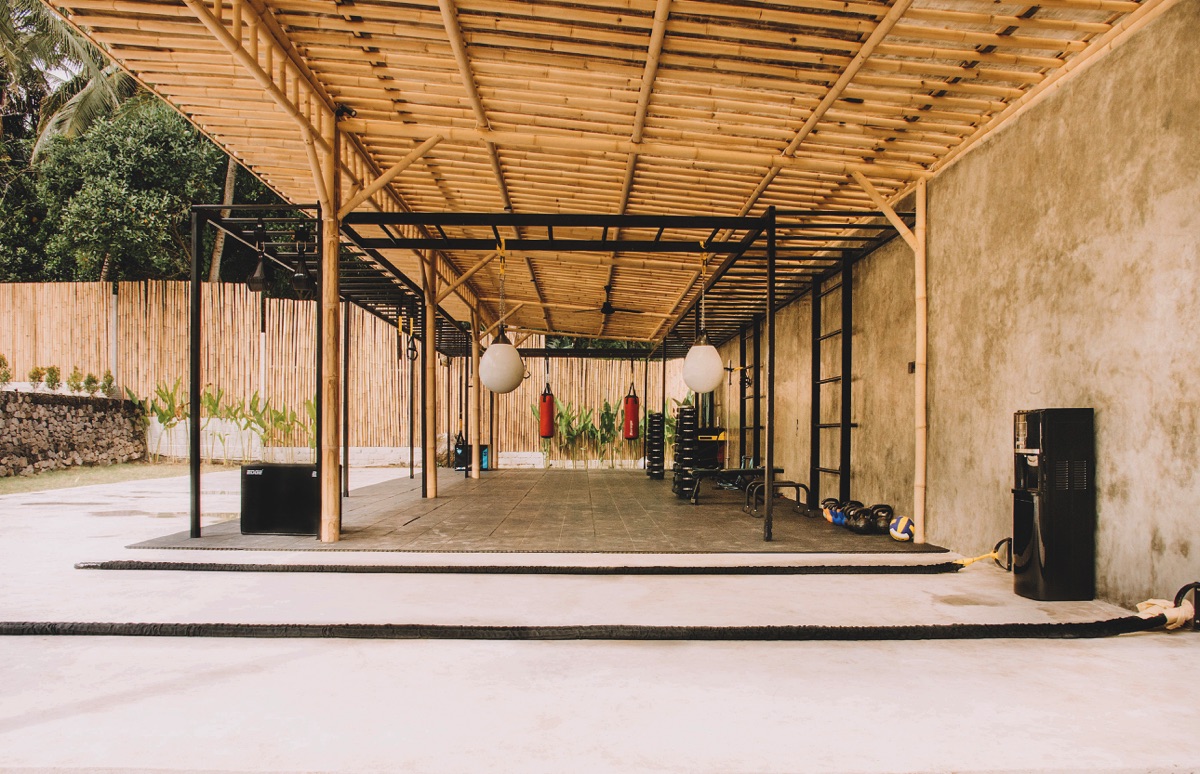






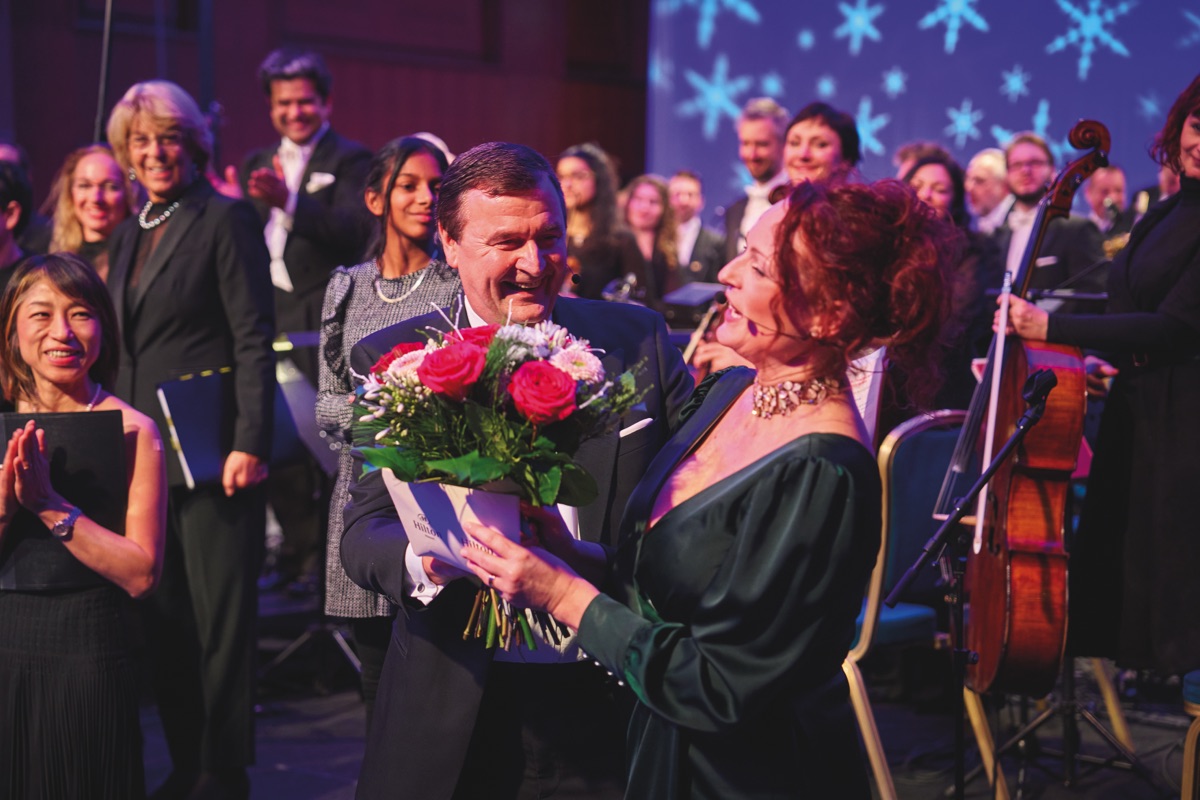
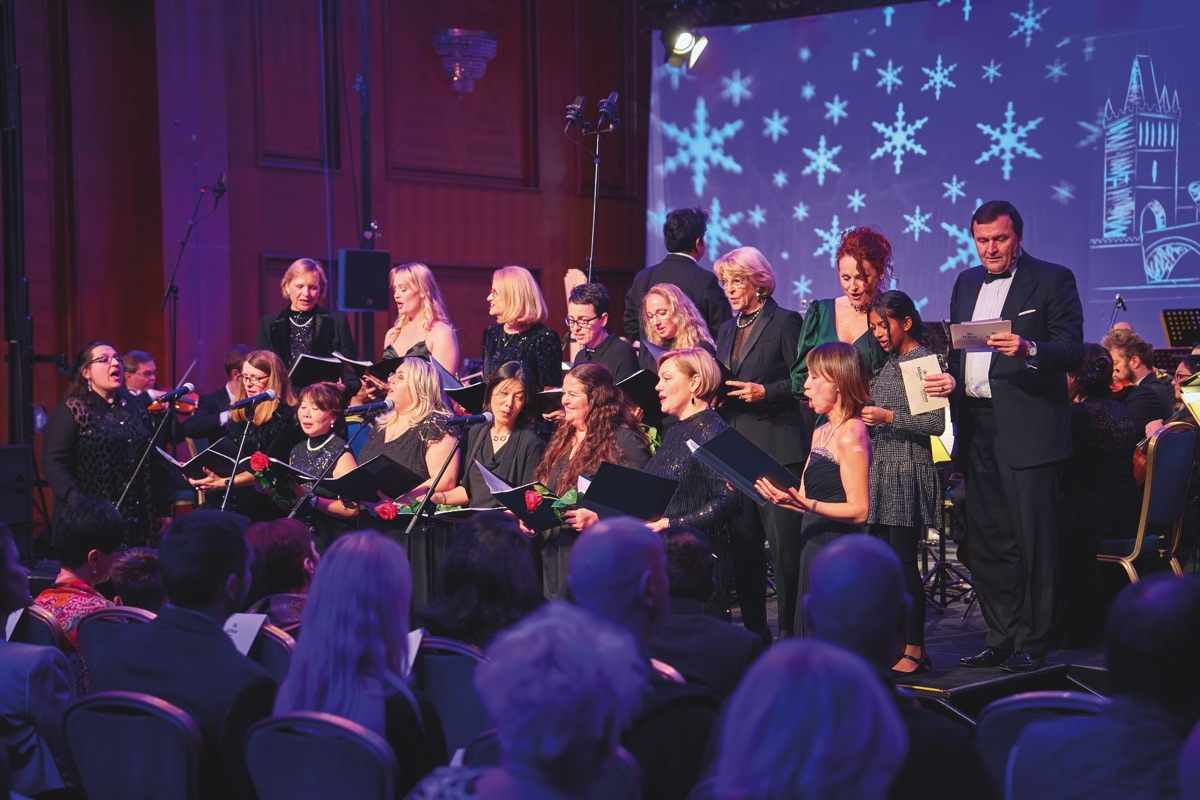
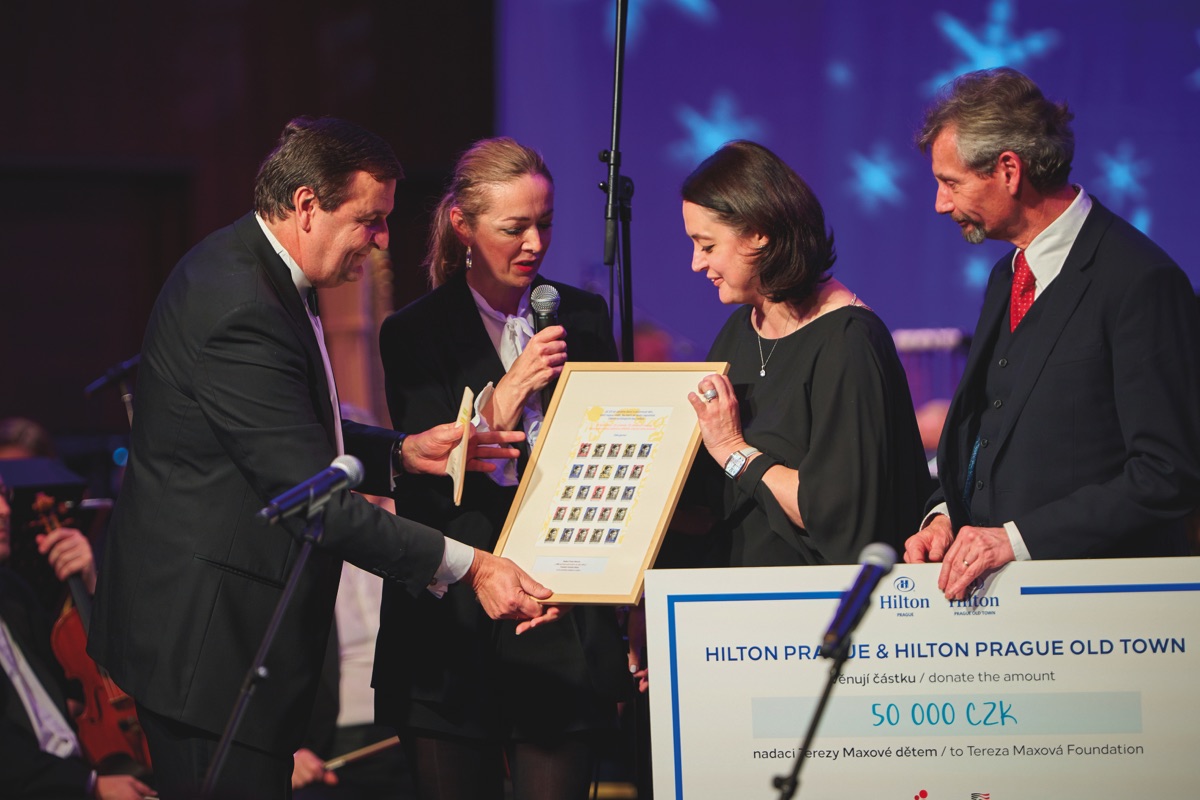
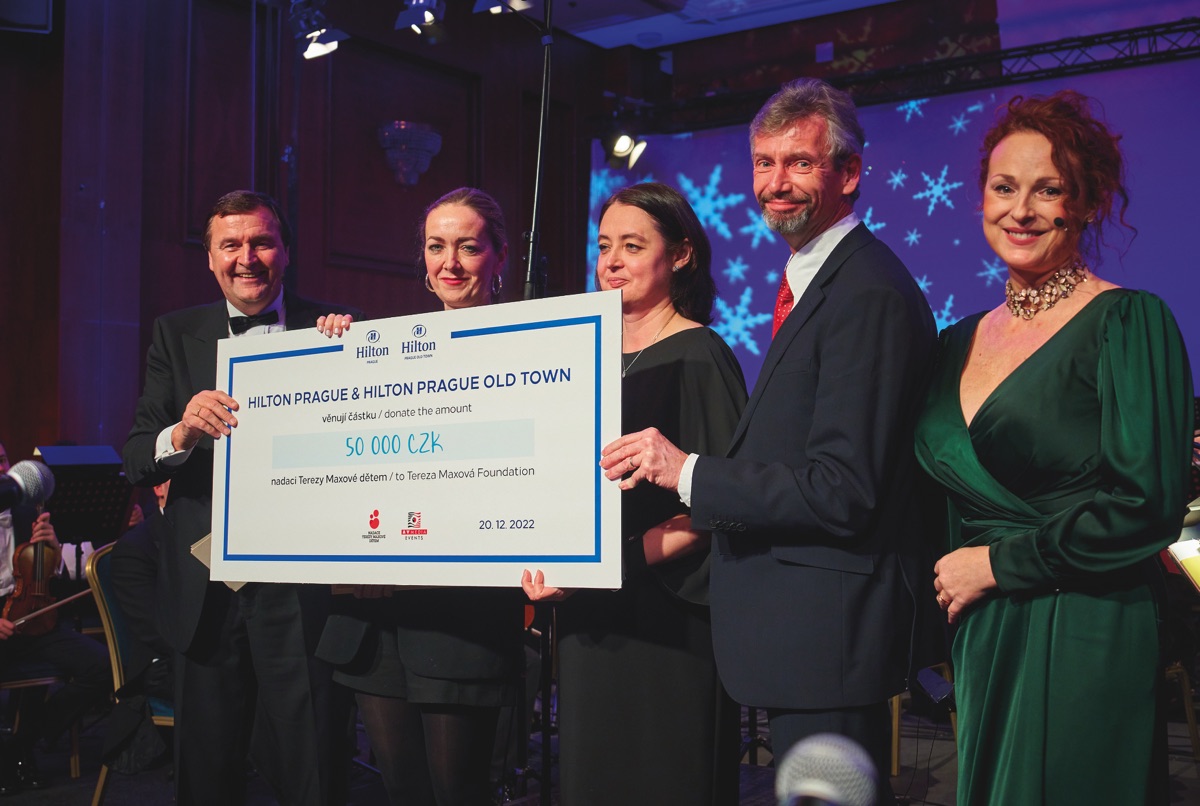


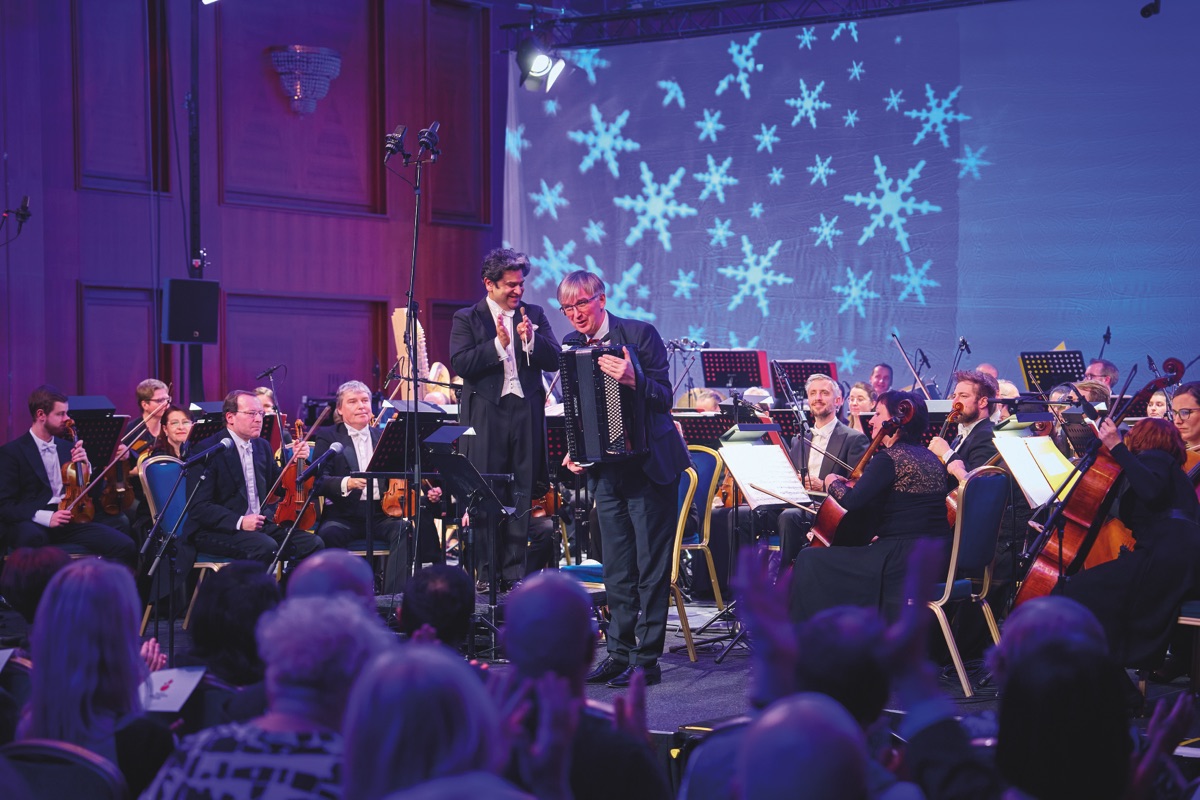



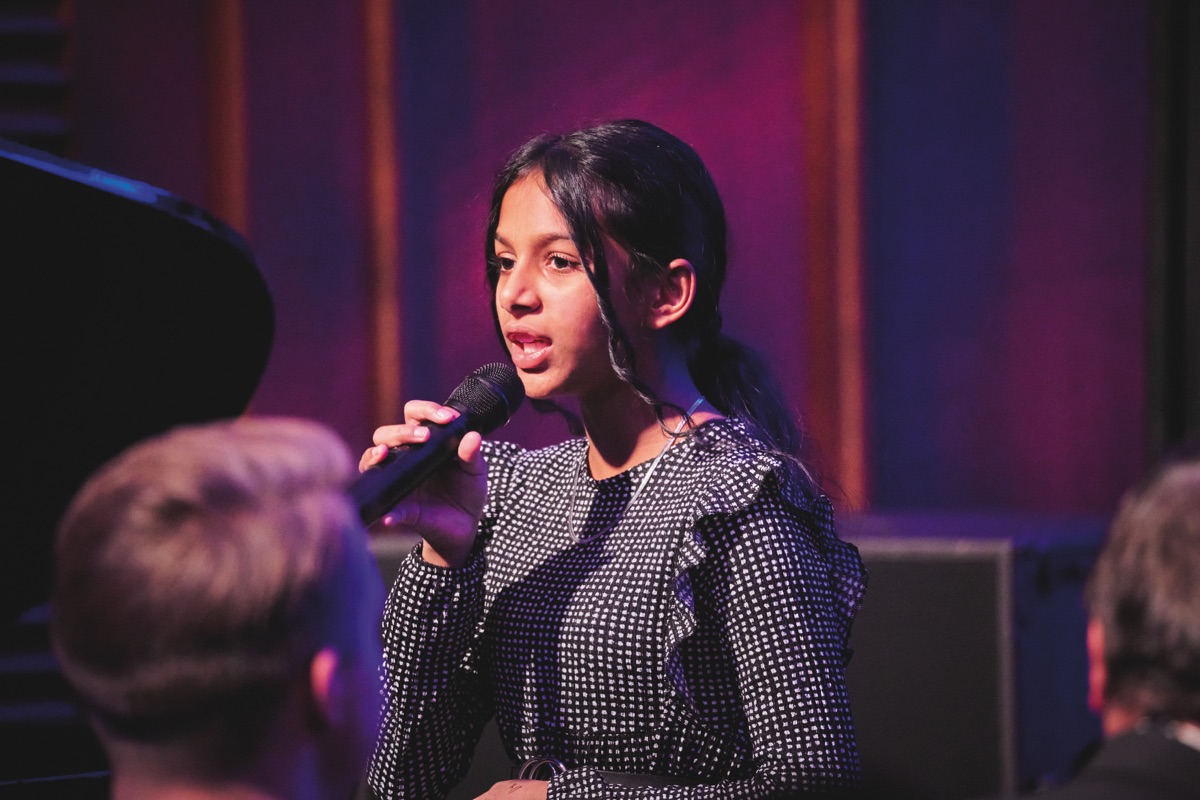


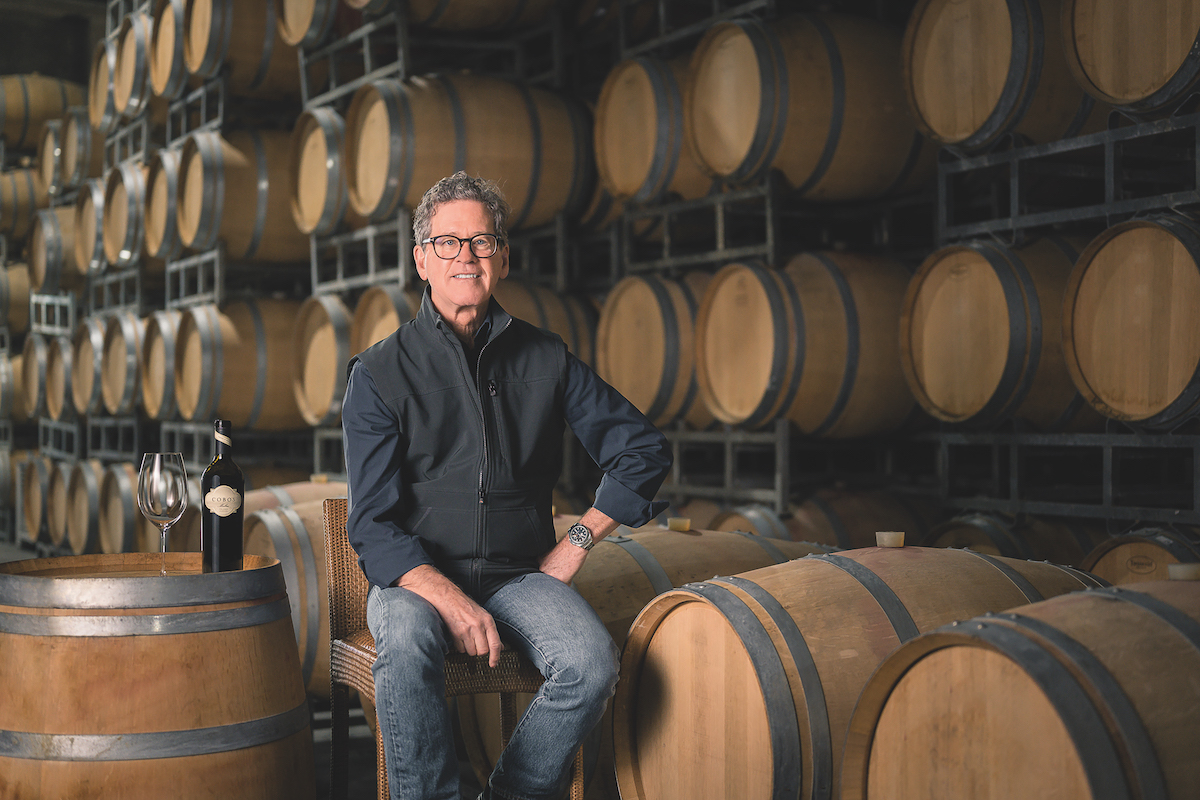
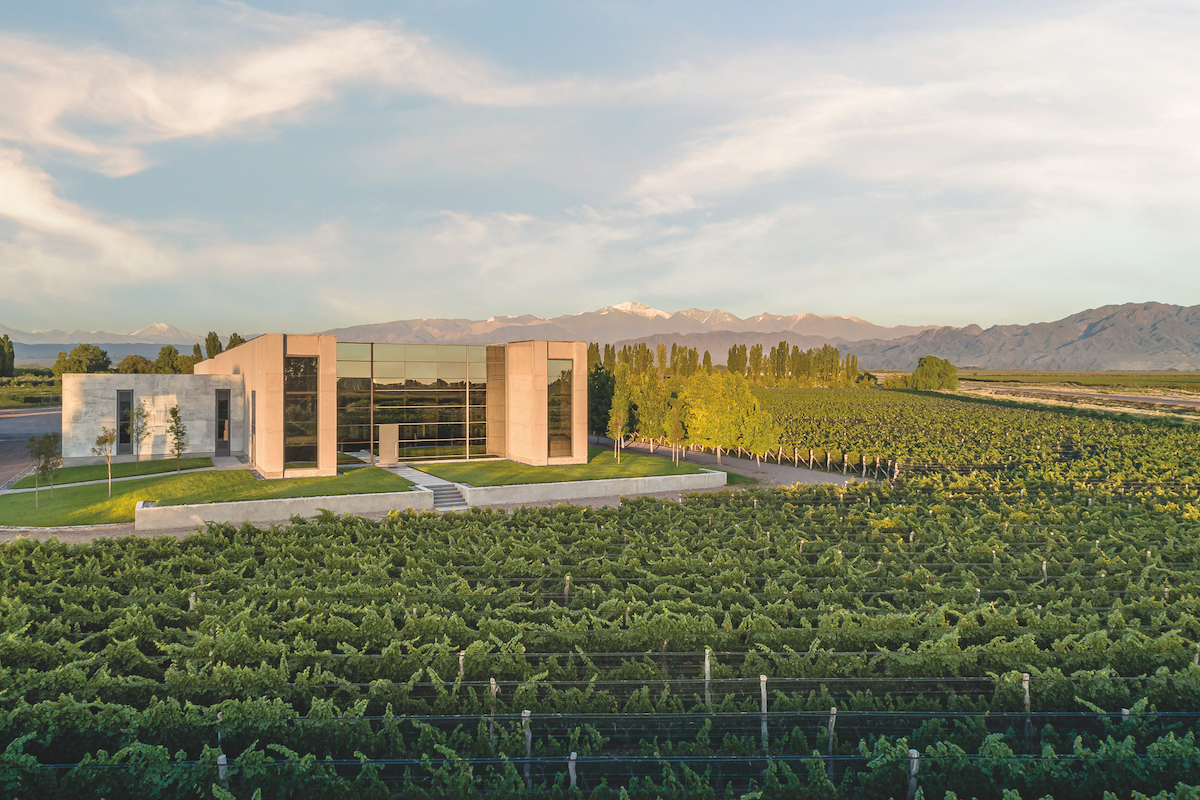
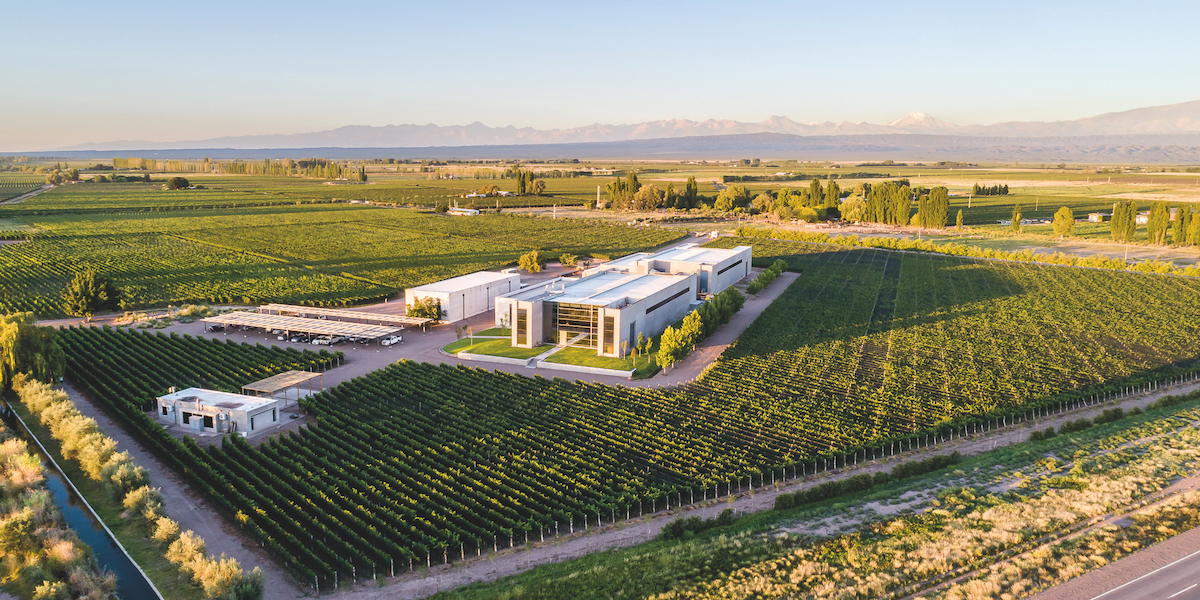
 Rodrigo Schmidt is a co-founder and co-owner of Productos Latinos s.r.o., a company focusing on importing and selling wines from many countries in the Czech Republic. Productos Latinos sells wines to restaurants, bars, pubs, cafes, caterings, and through their e-shop to individual customers. See more at
Rodrigo Schmidt is a co-founder and co-owner of Productos Latinos s.r.o., a company focusing on importing and selling wines from many countries in the Czech Republic. Productos Latinos sells wines to restaurants, bars, pubs, cafes, caterings, and through their e-shop to individual customers. See more at 


